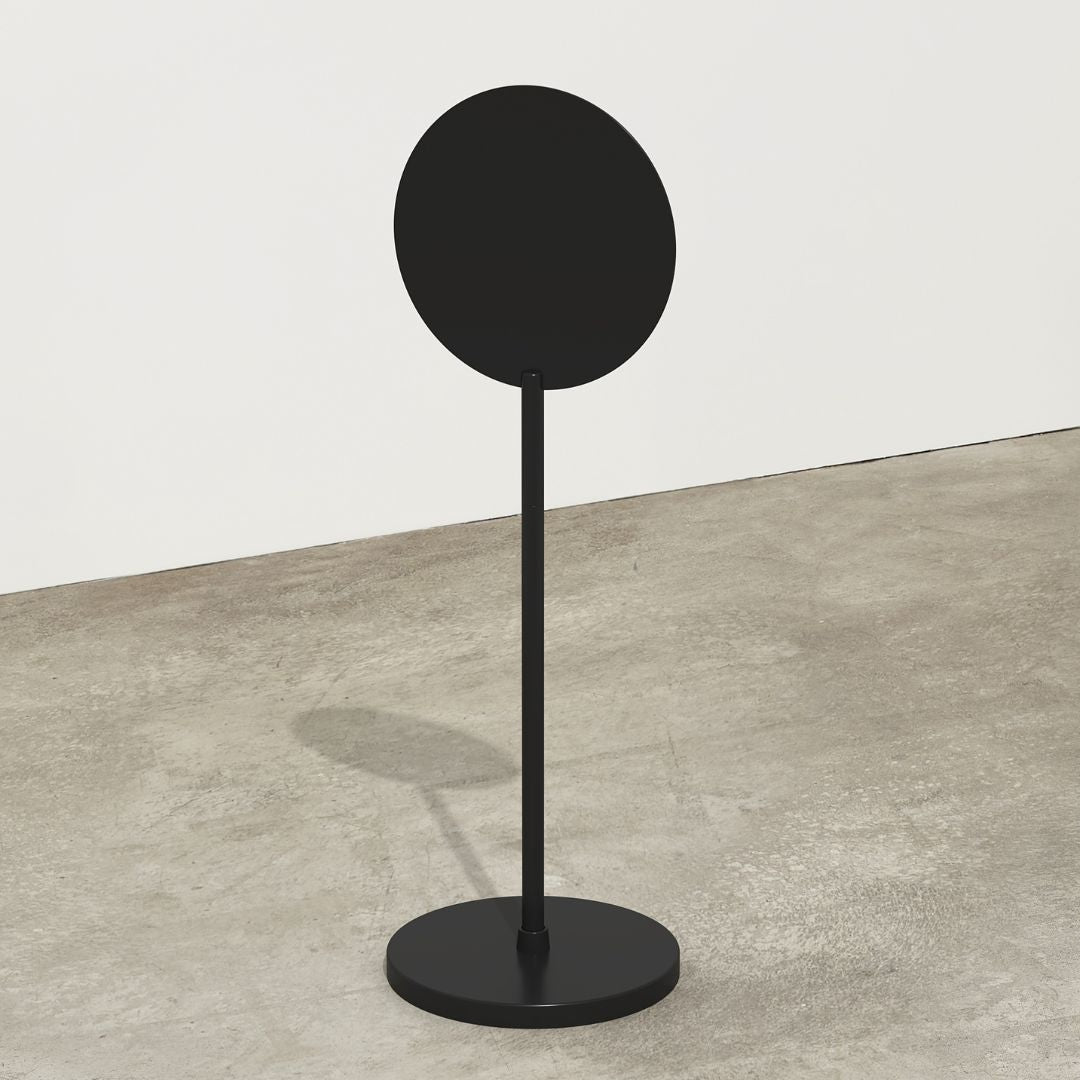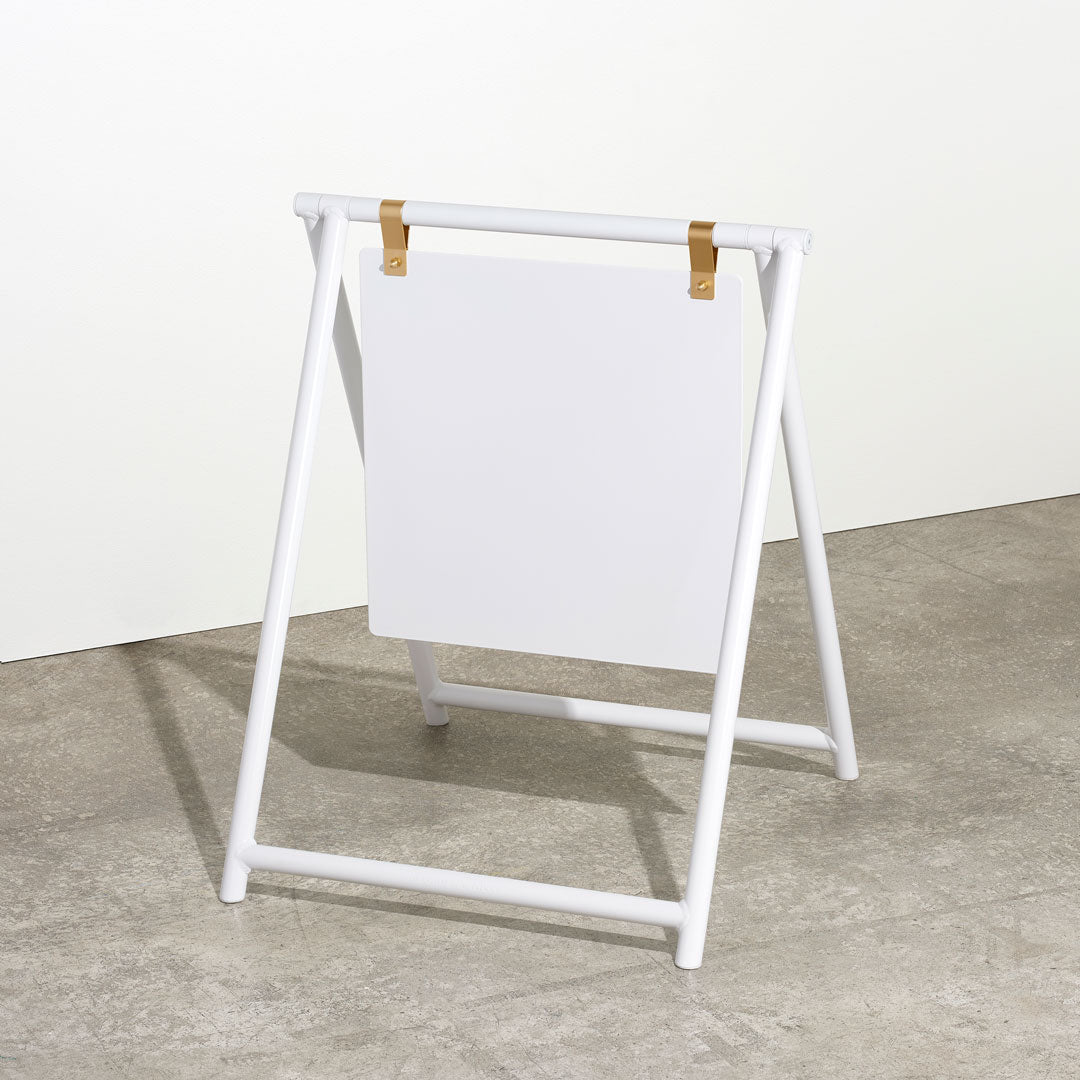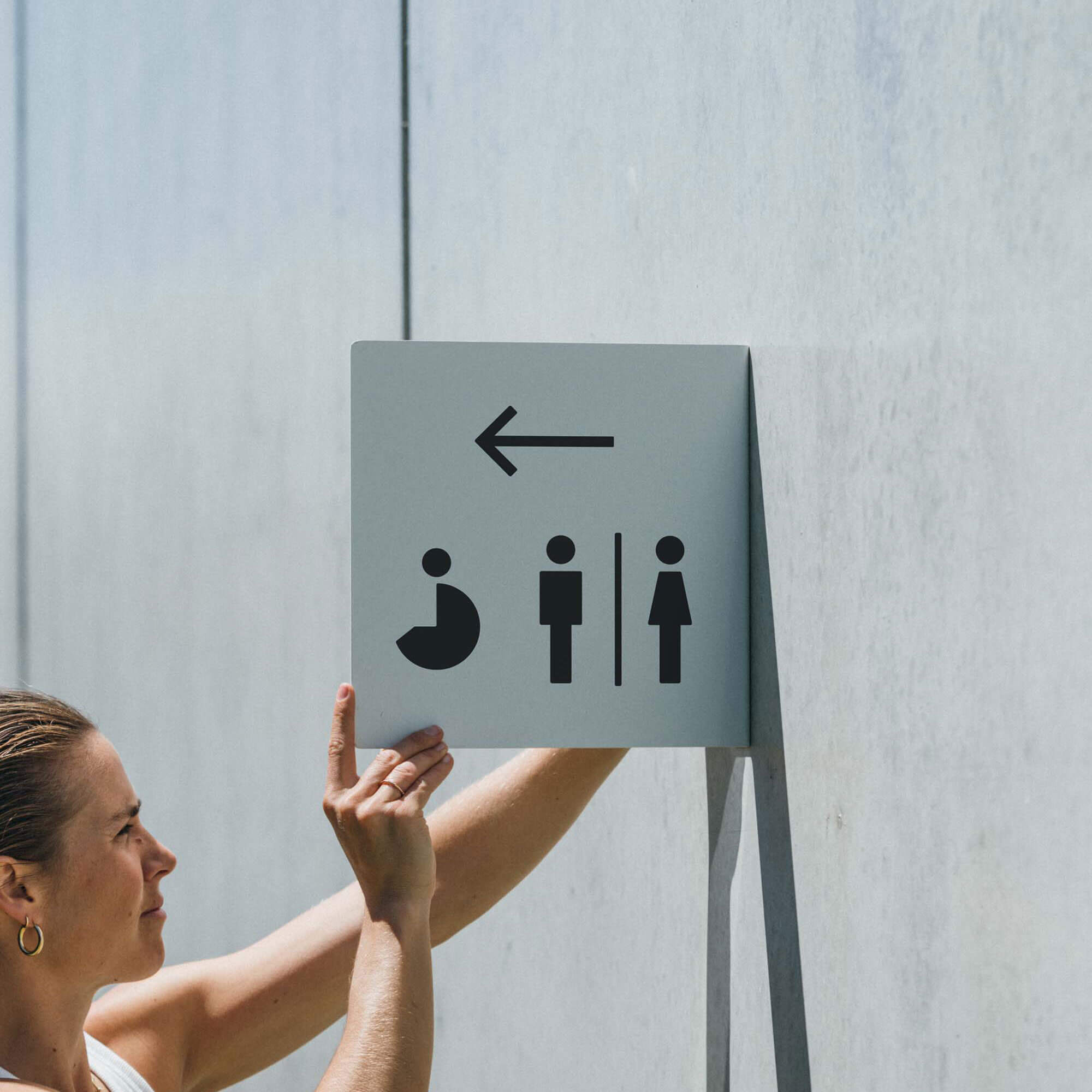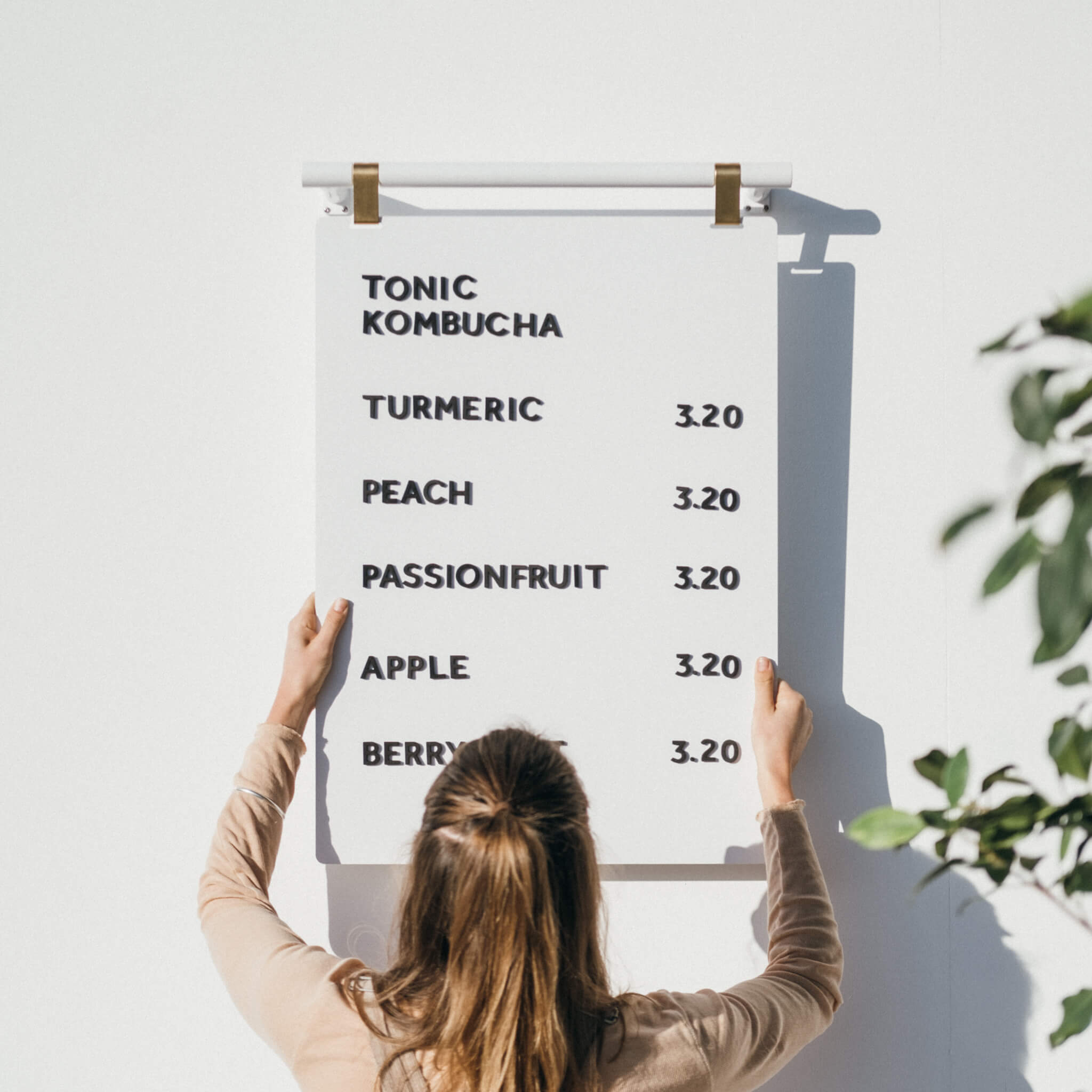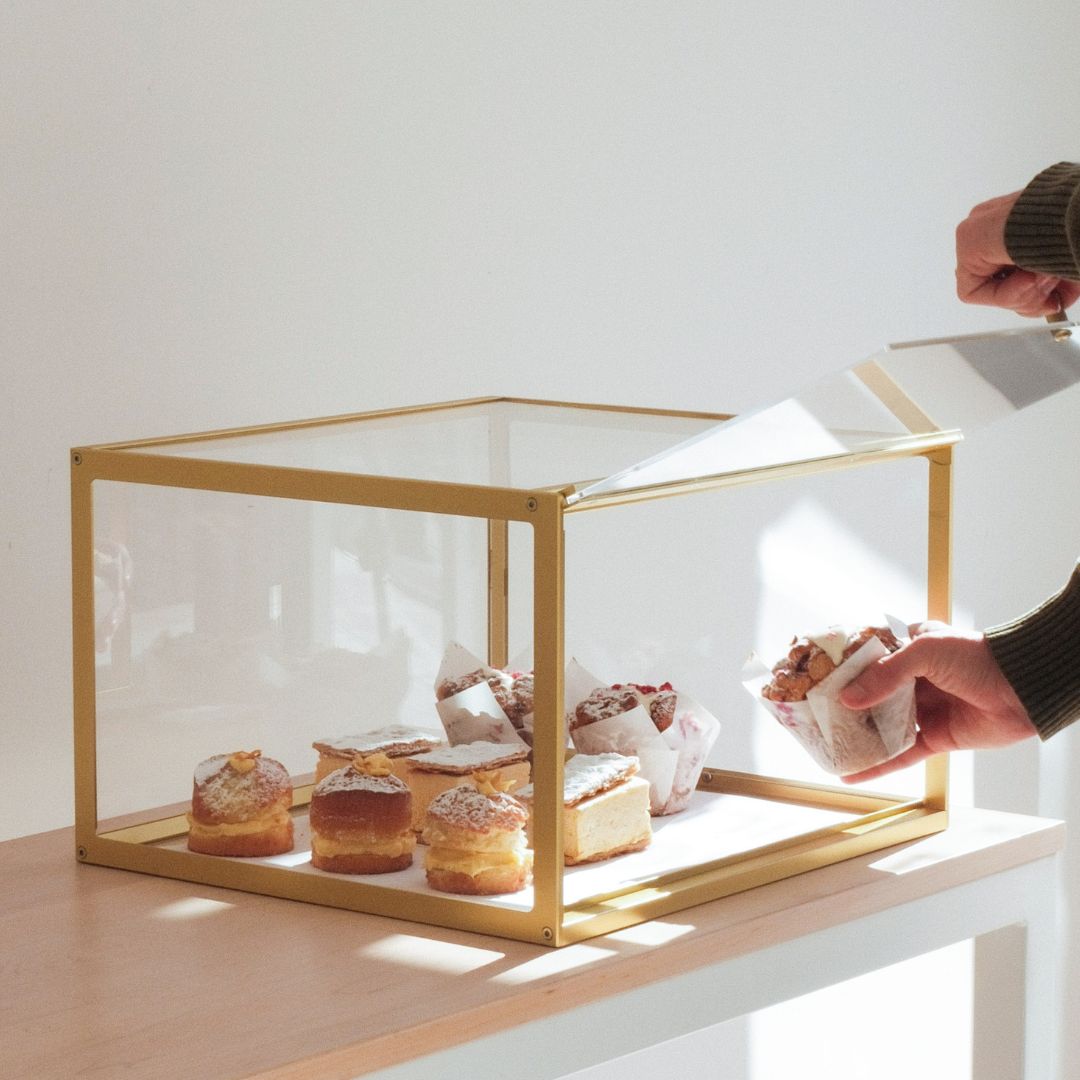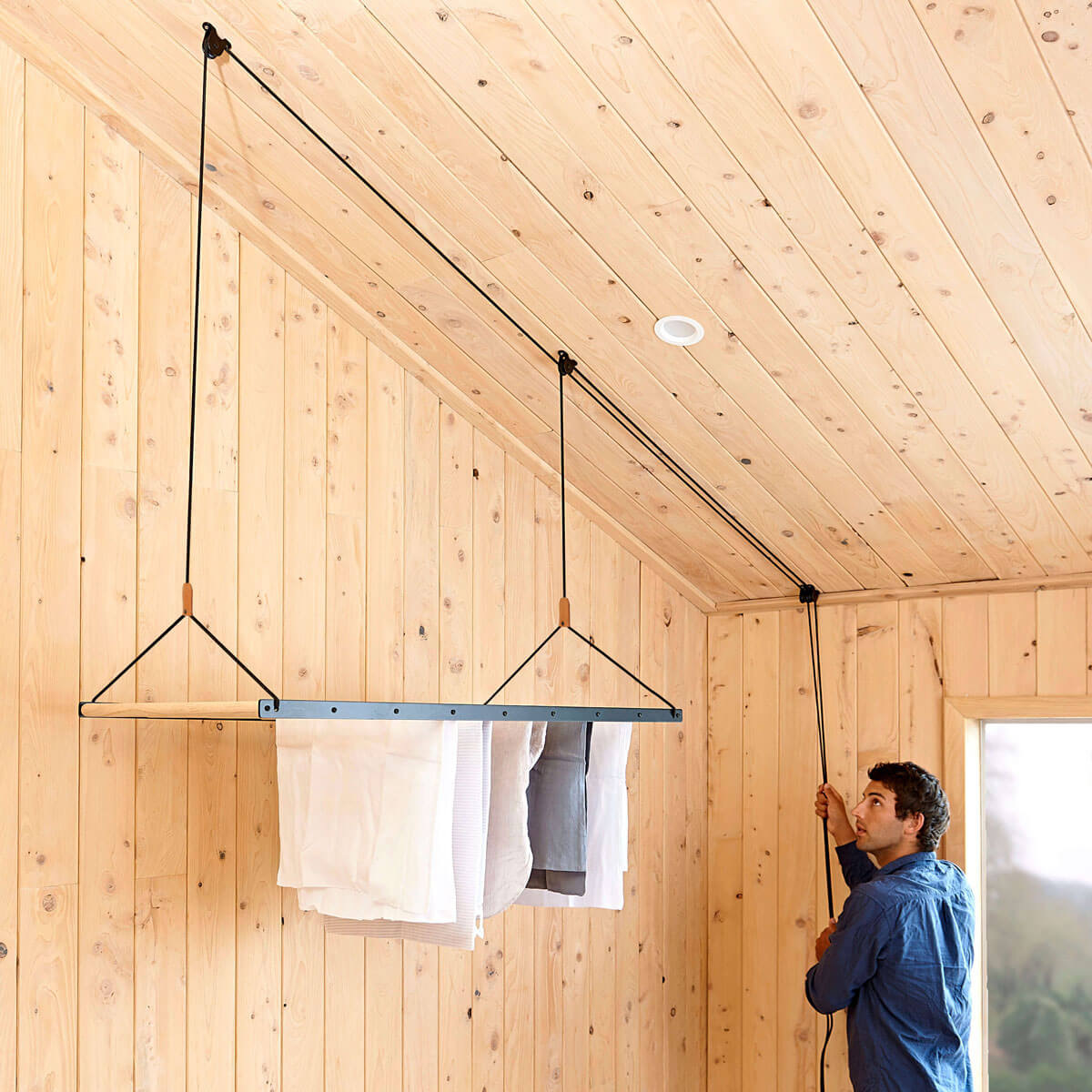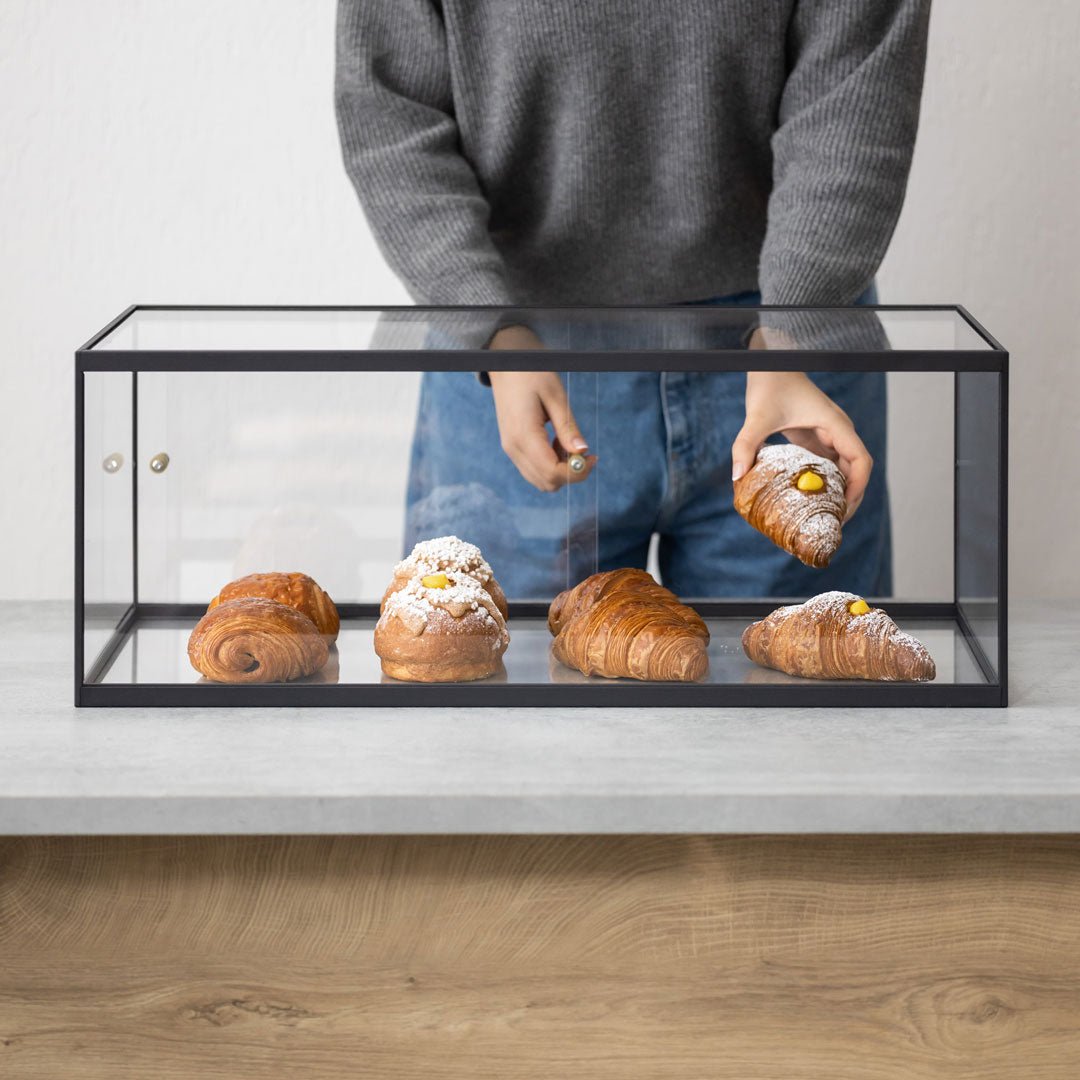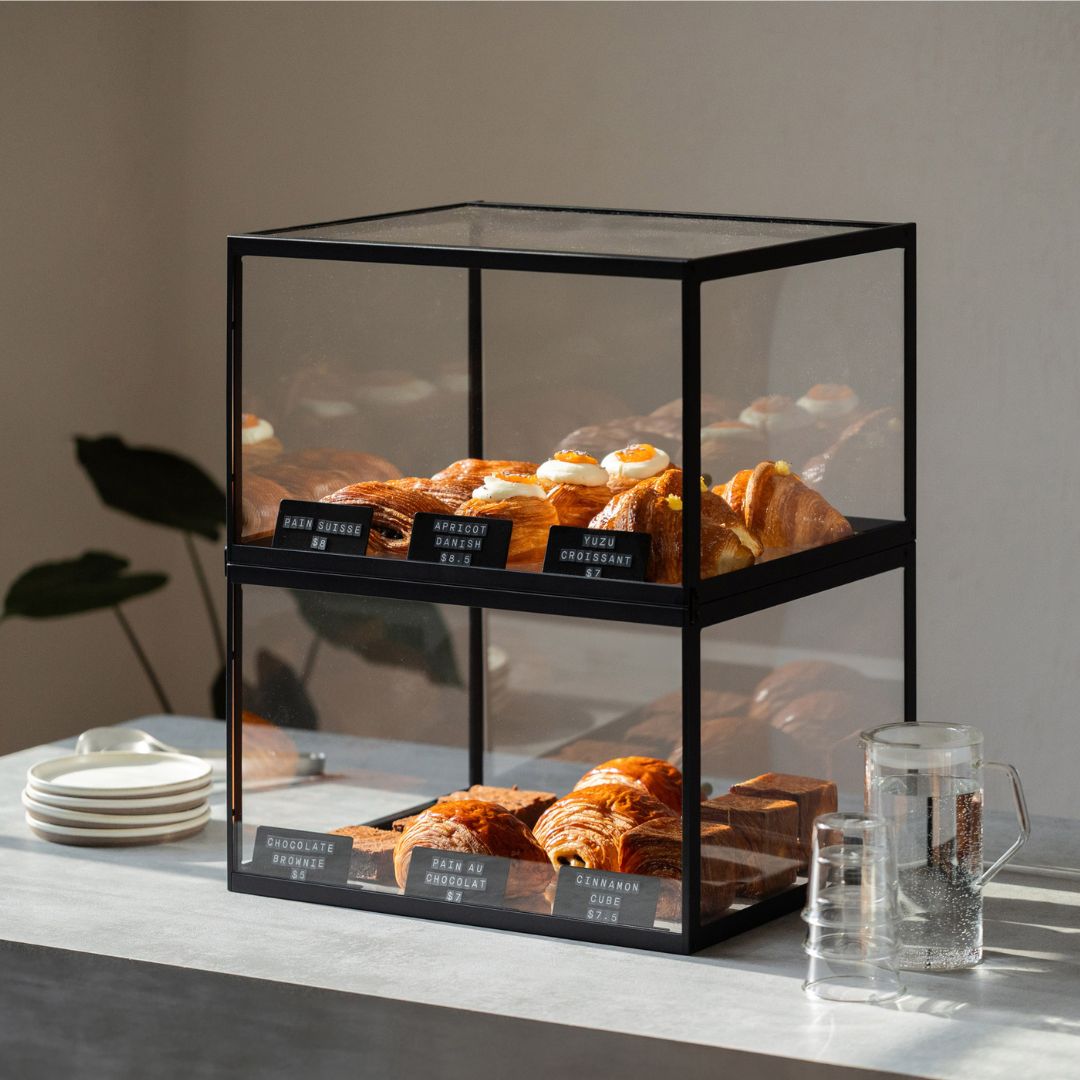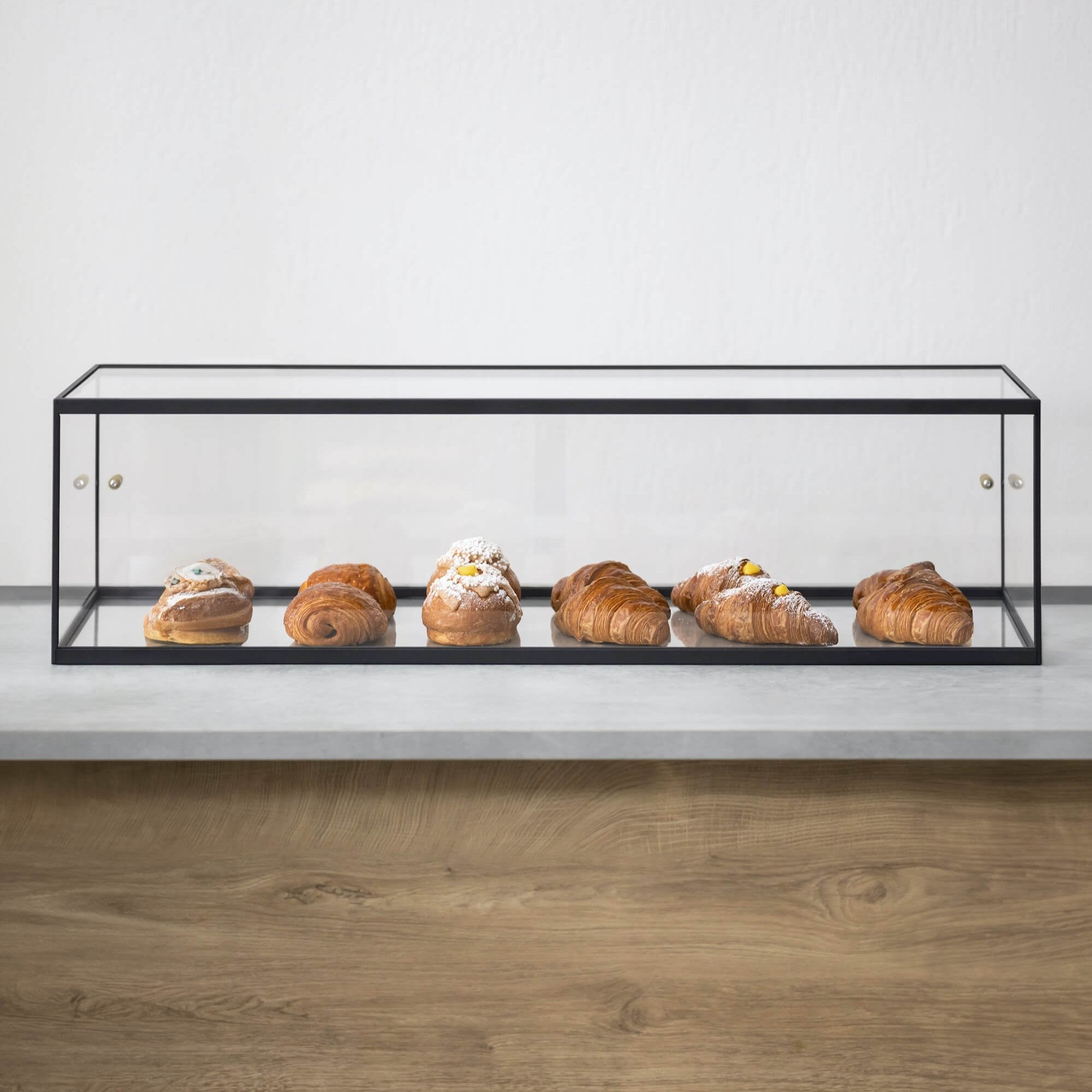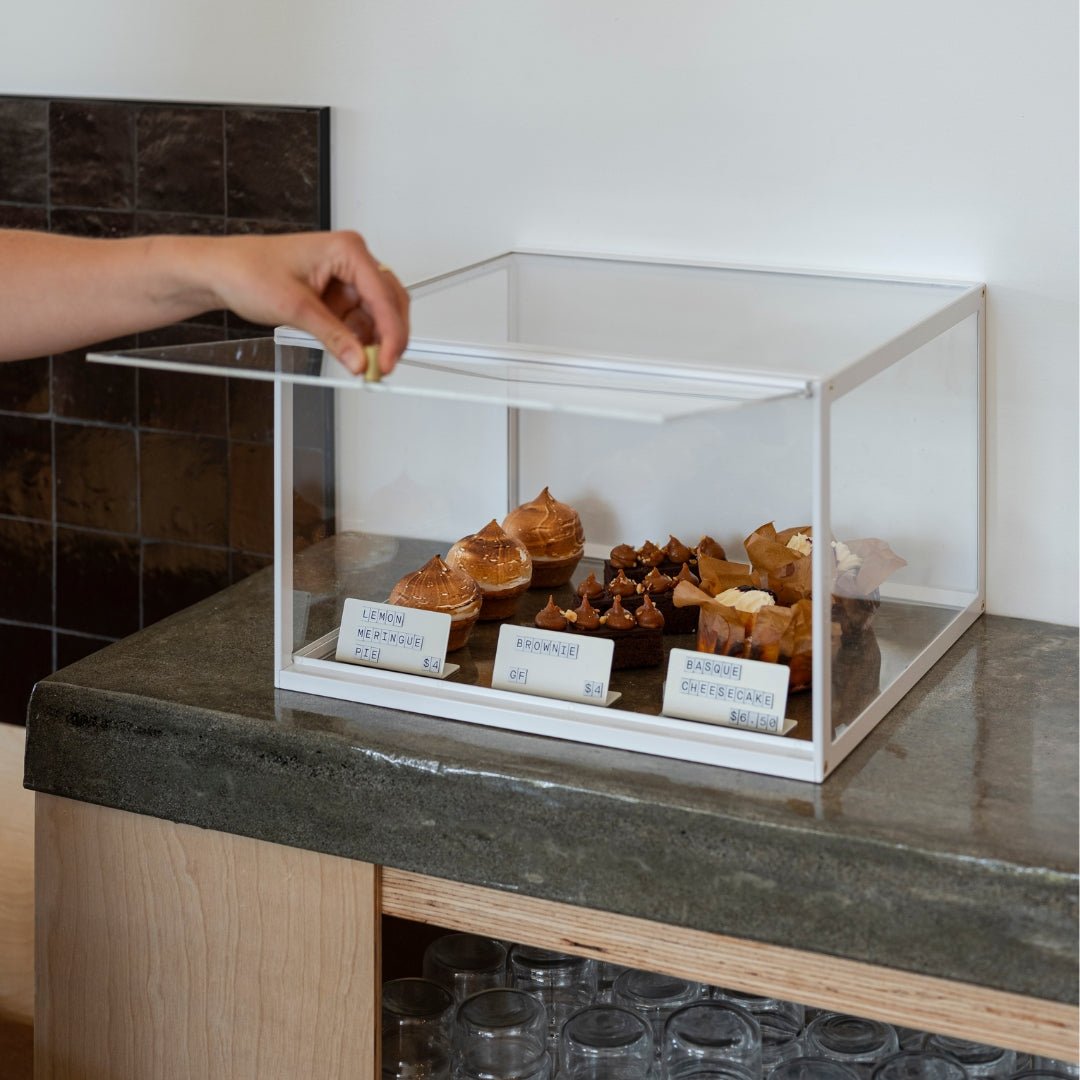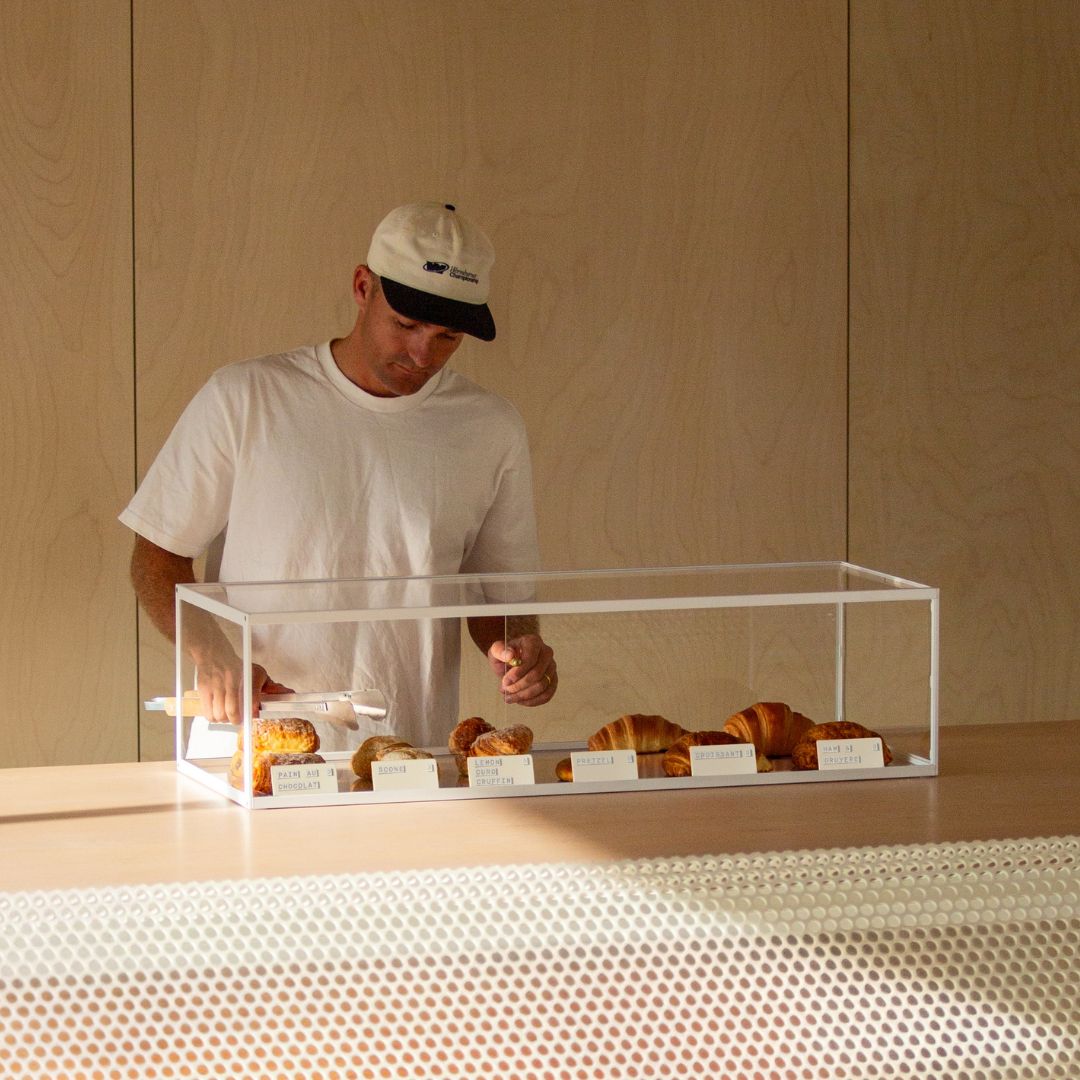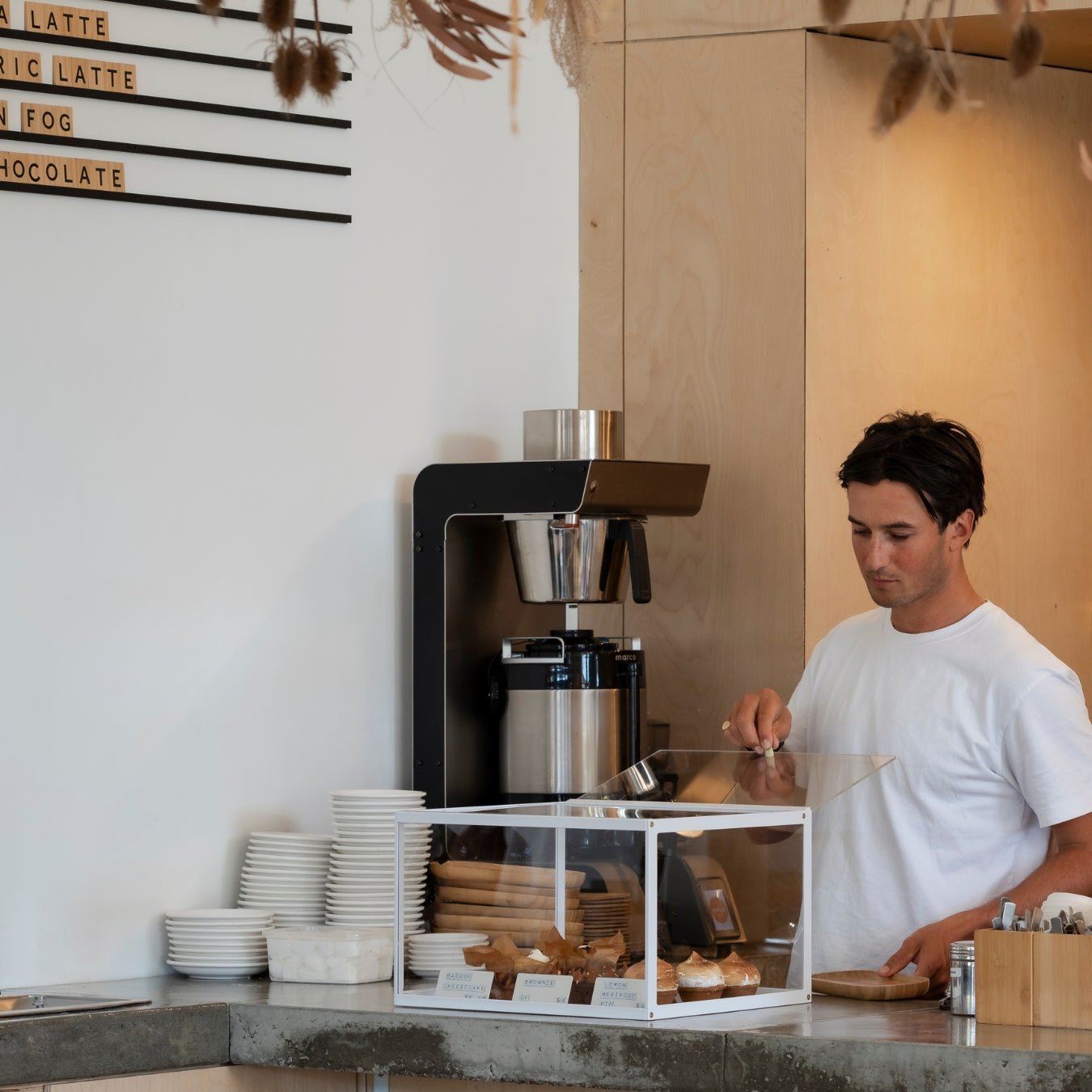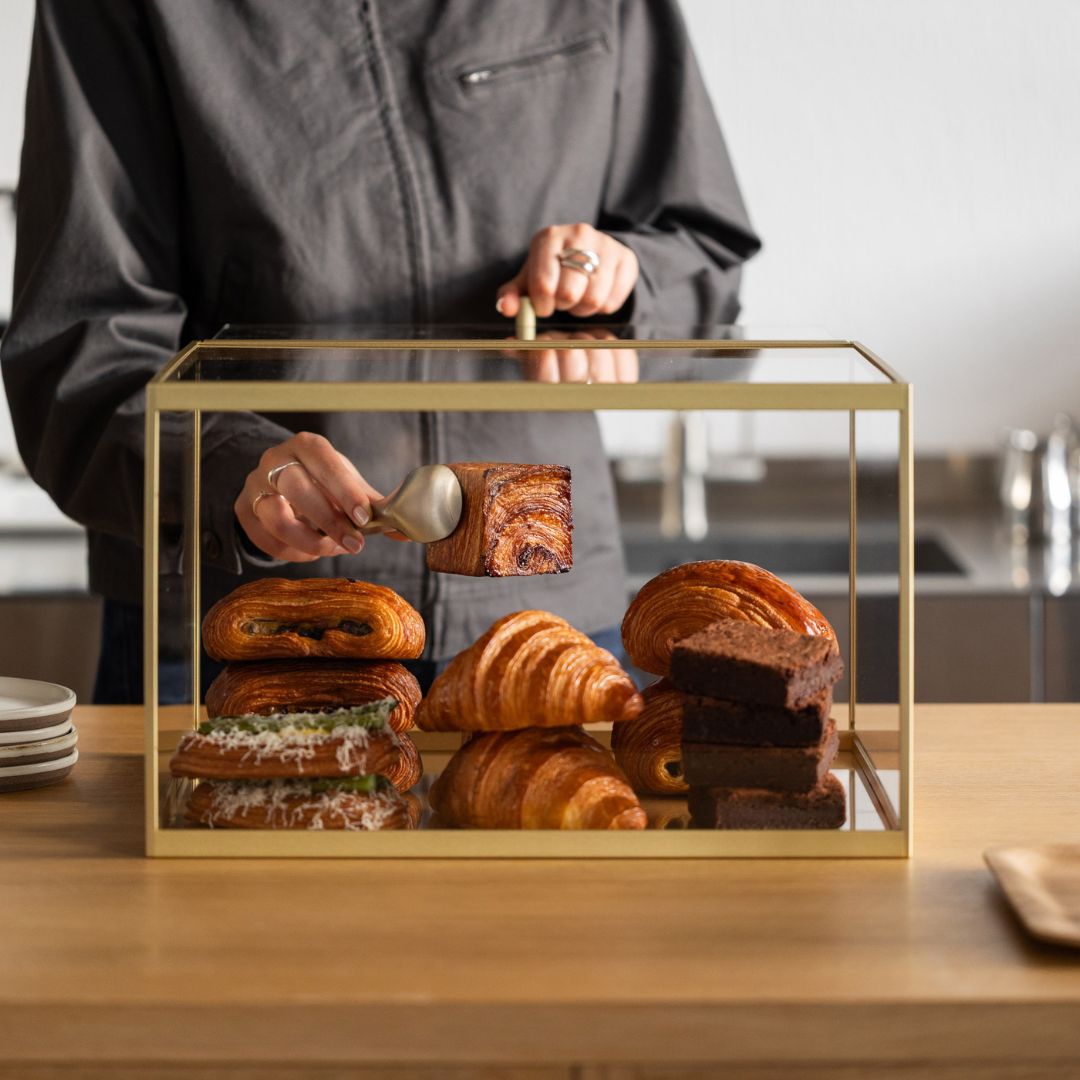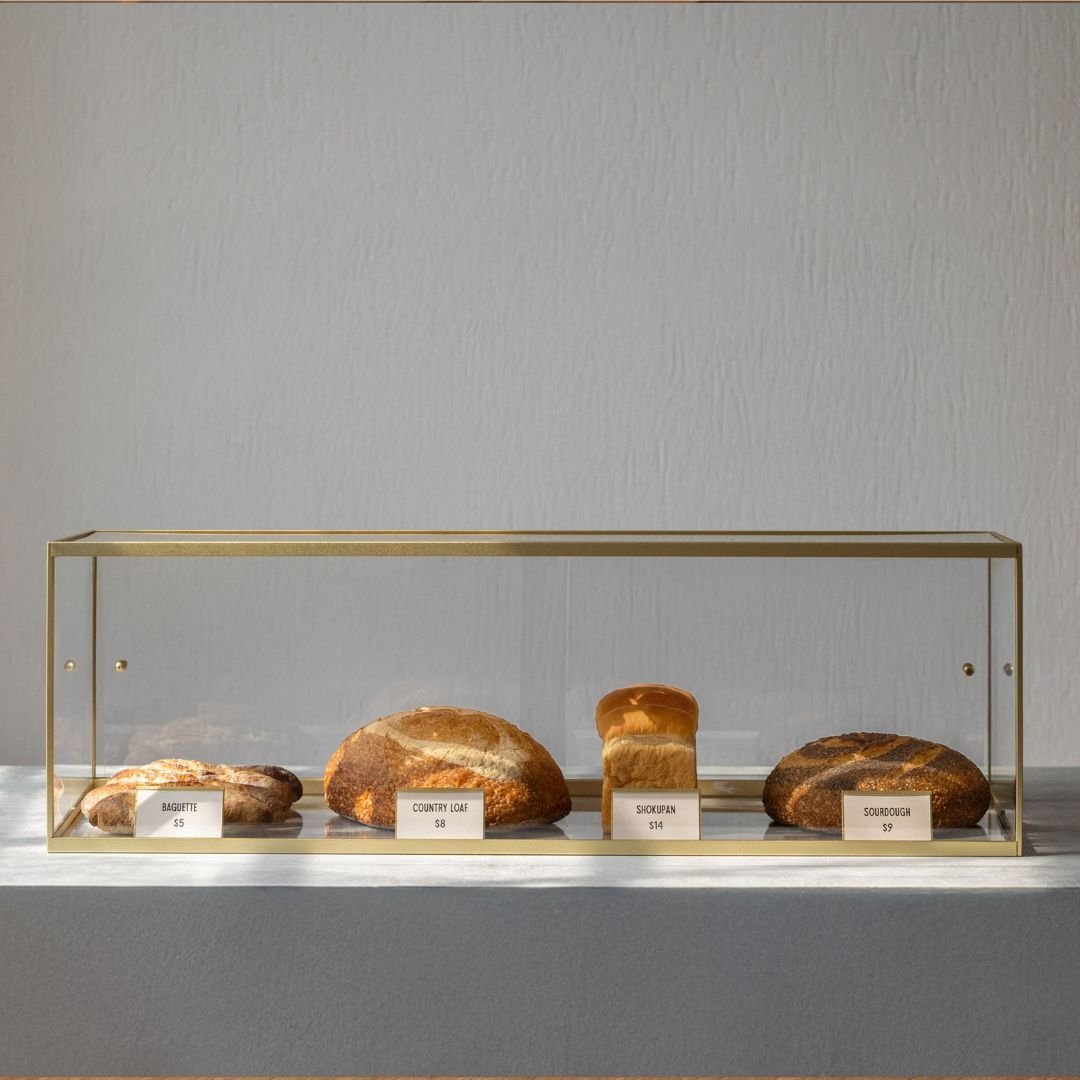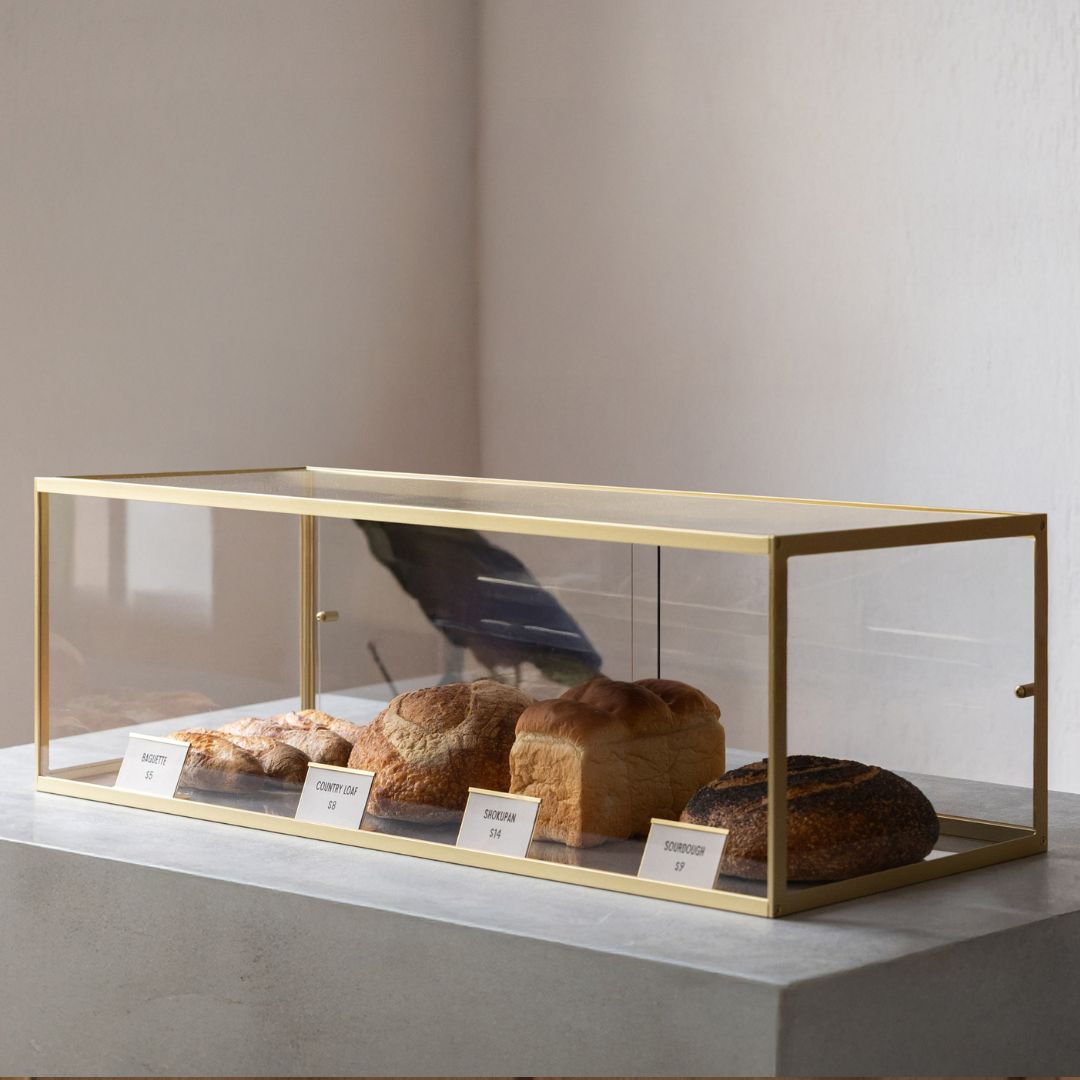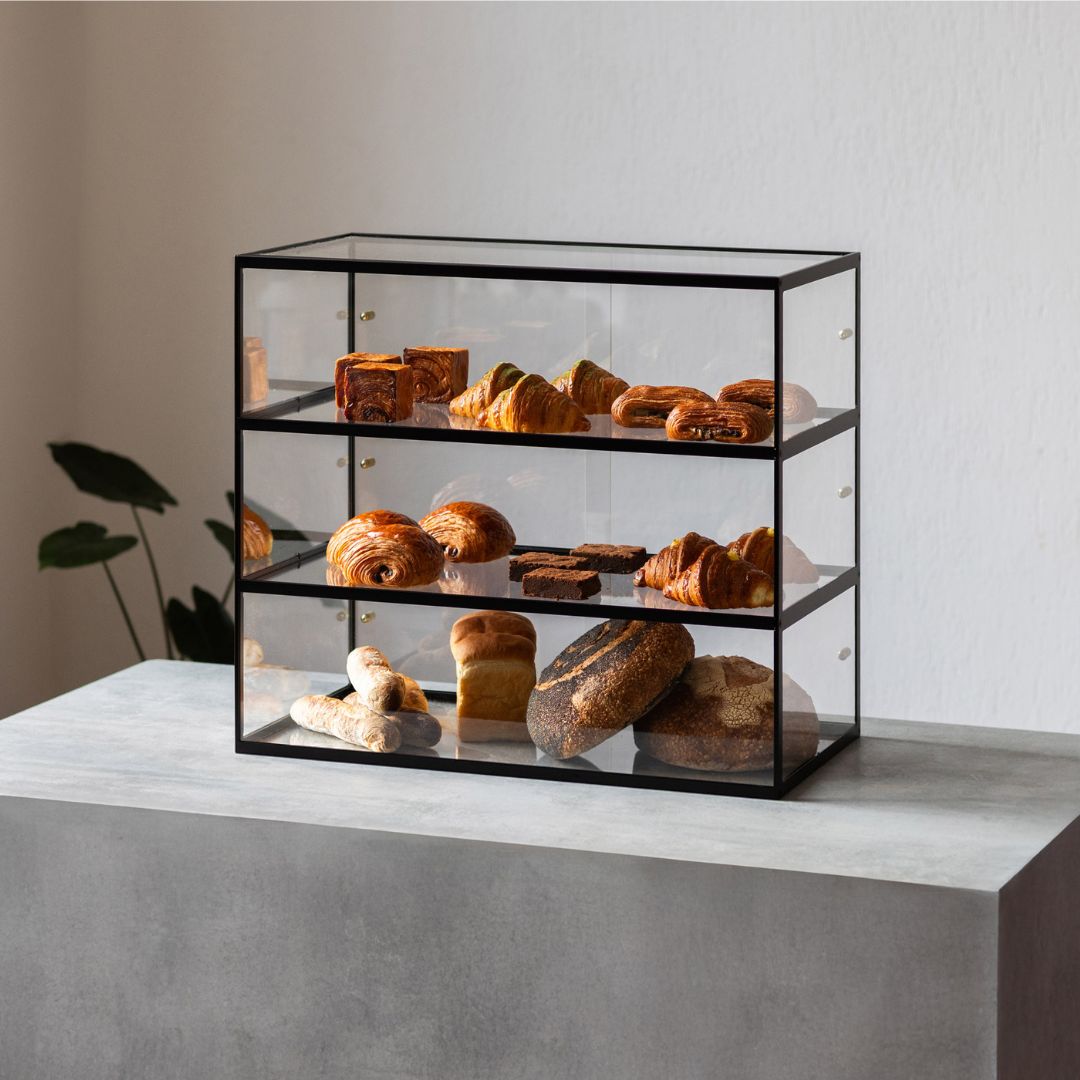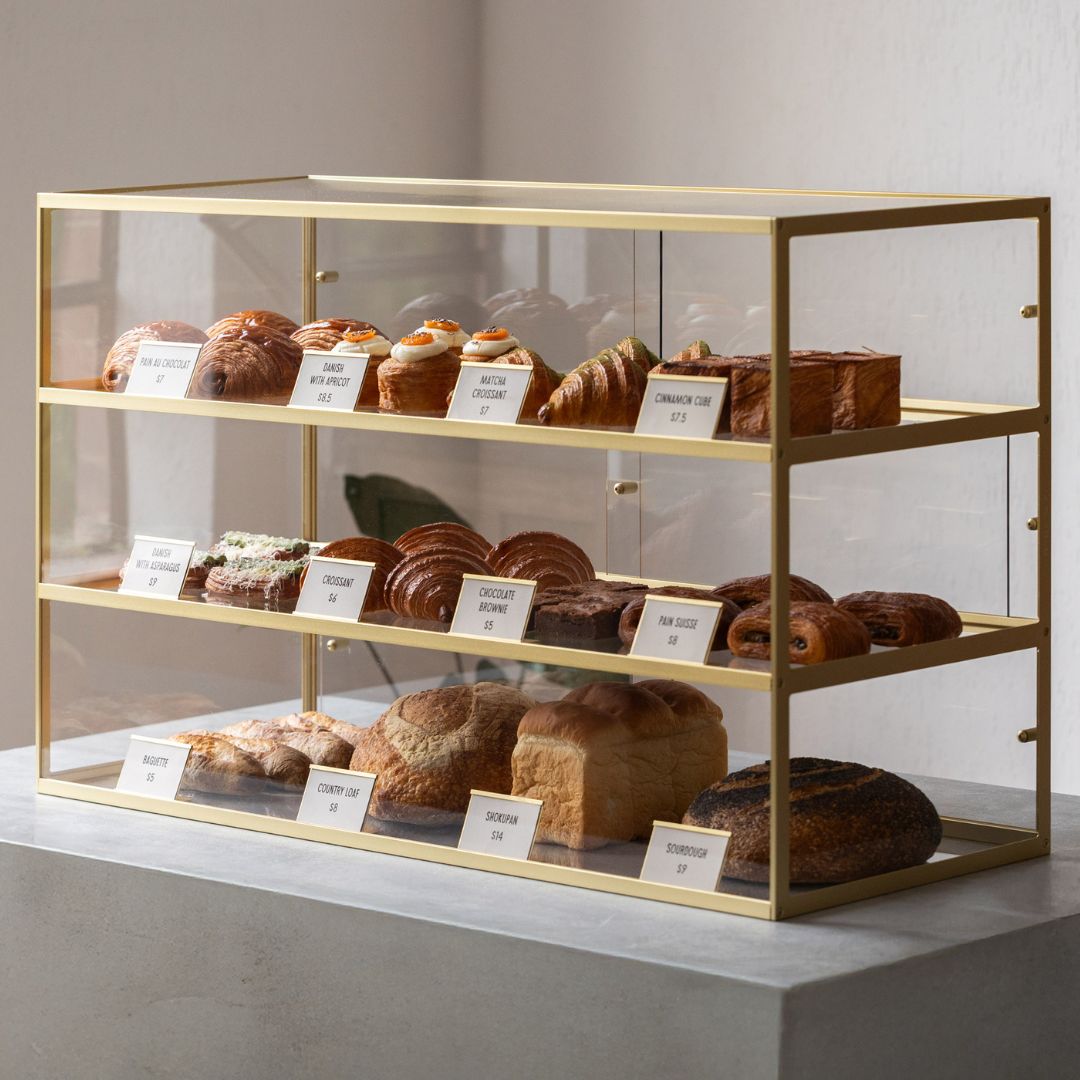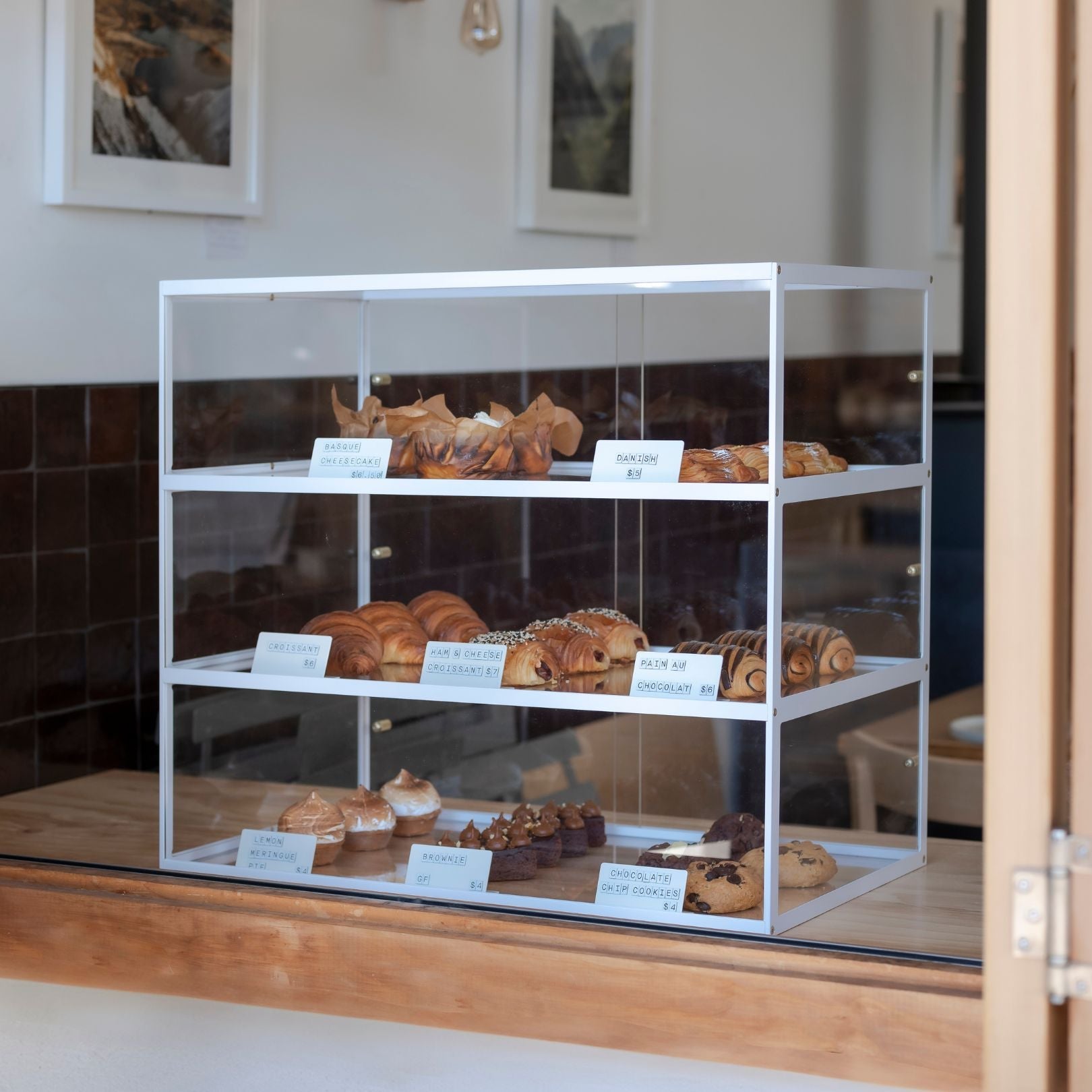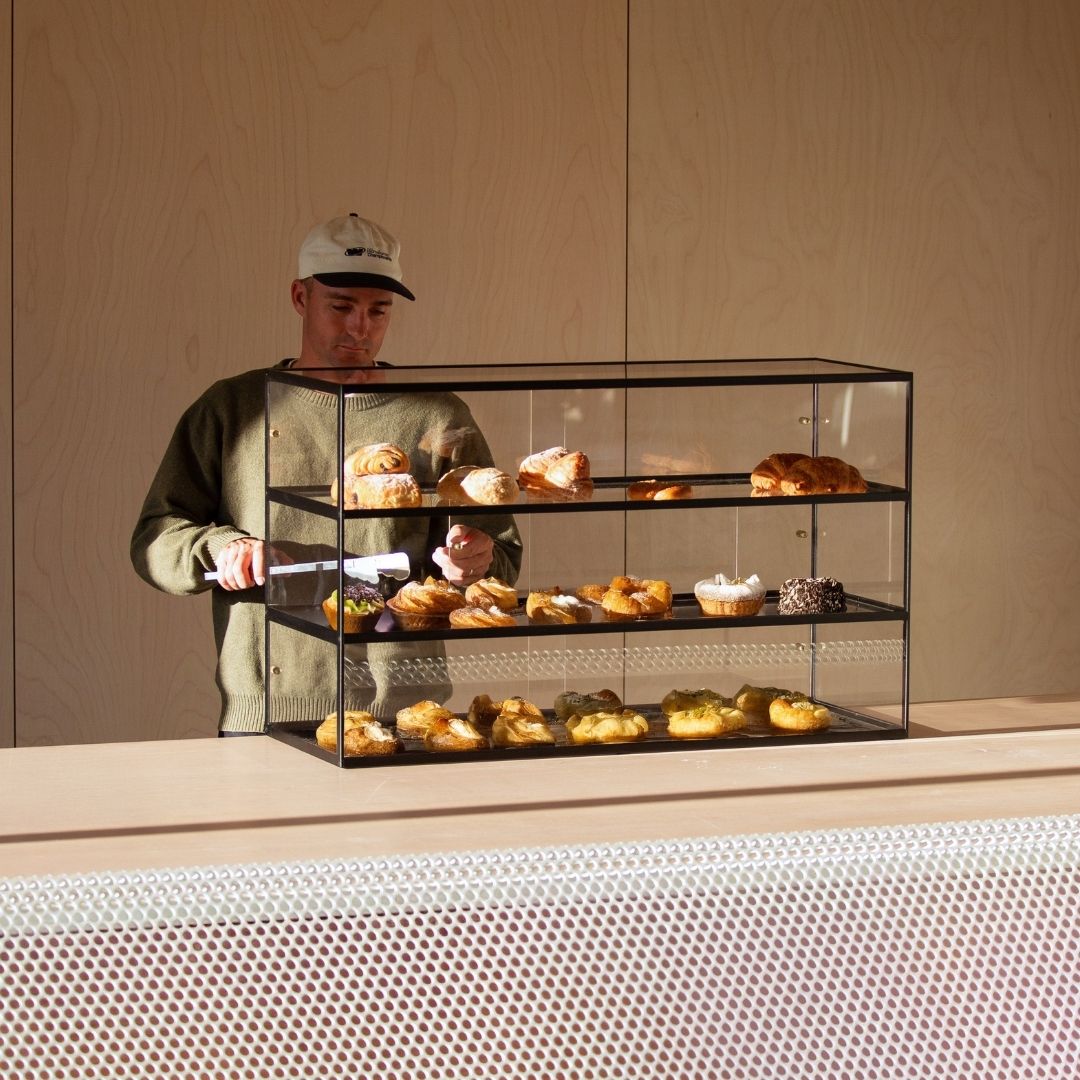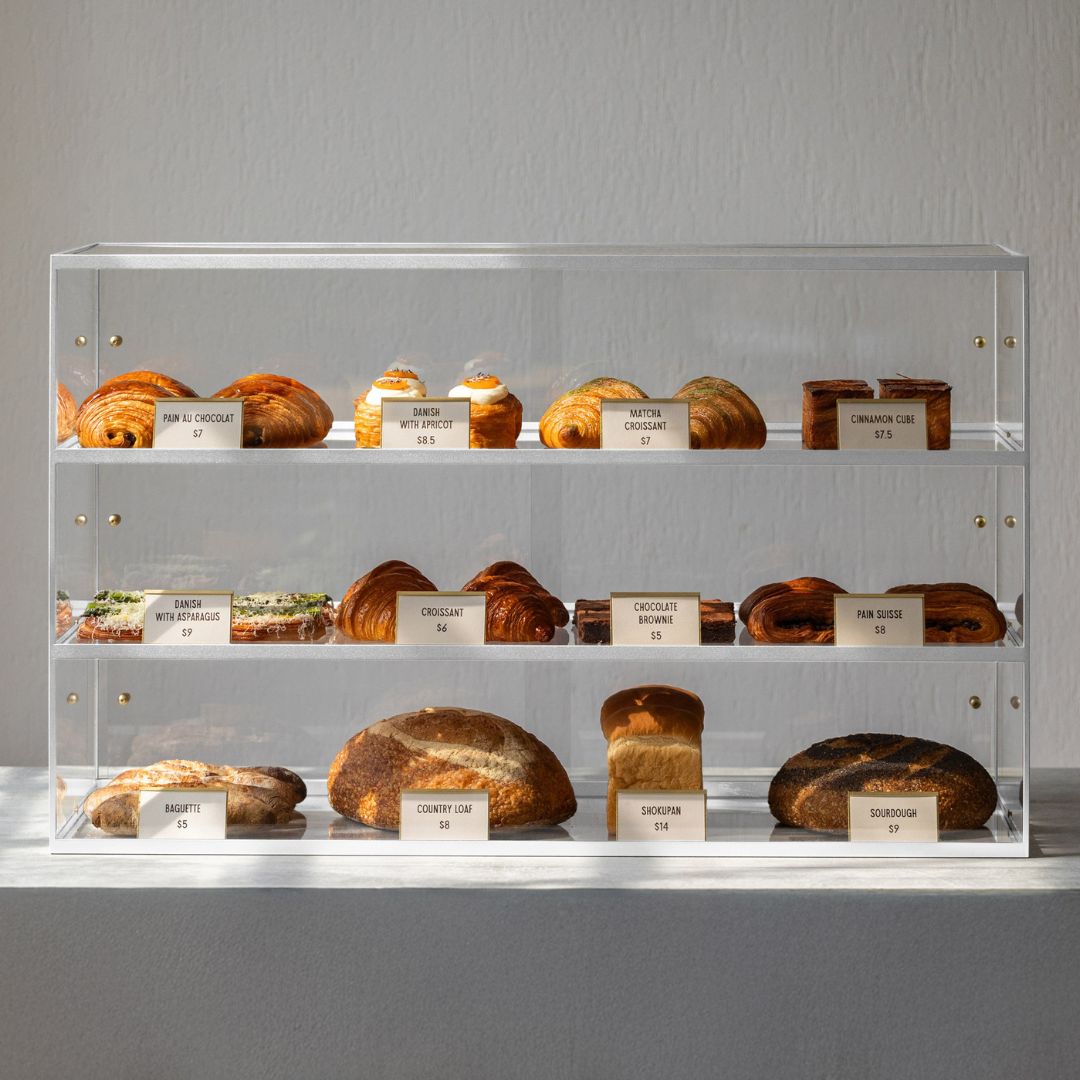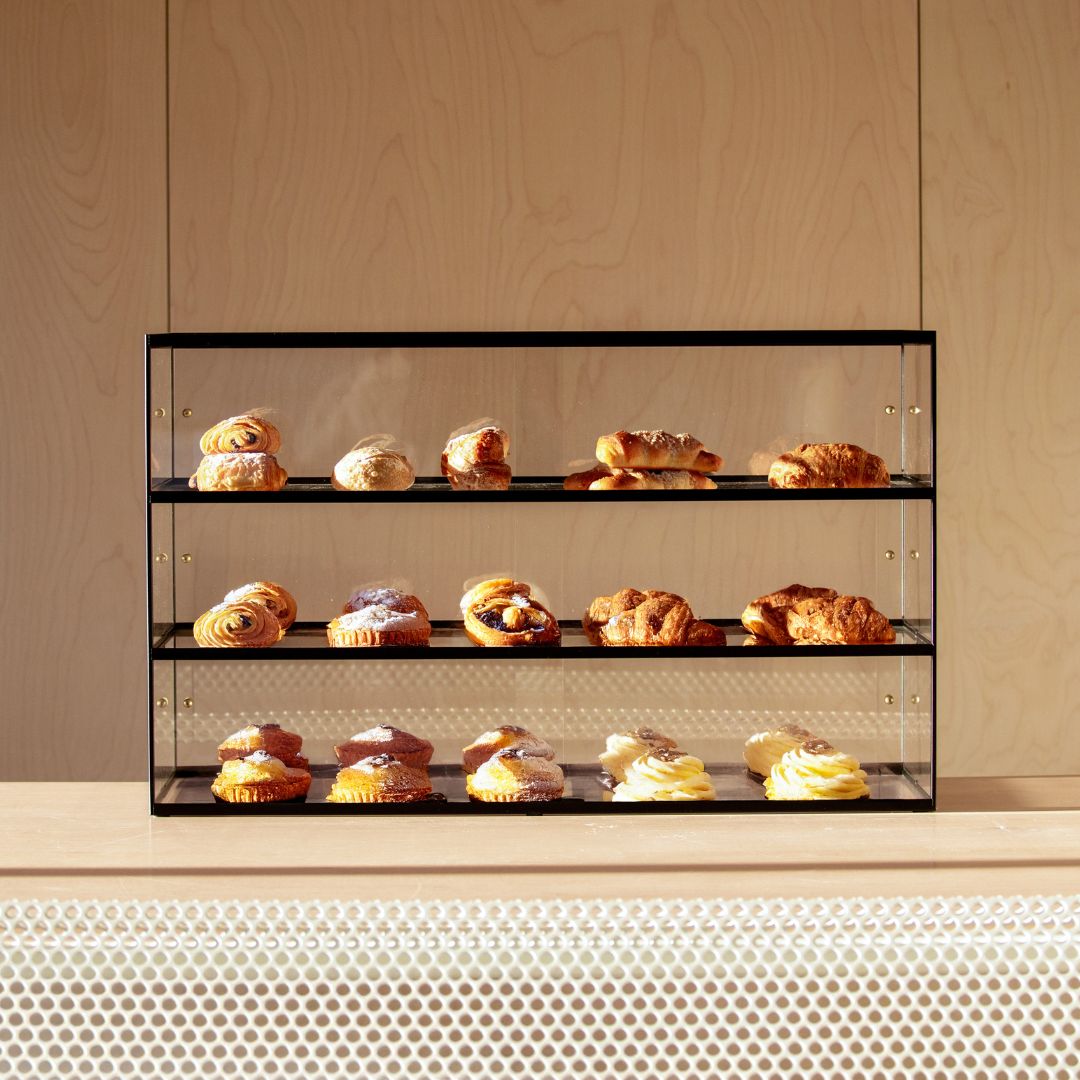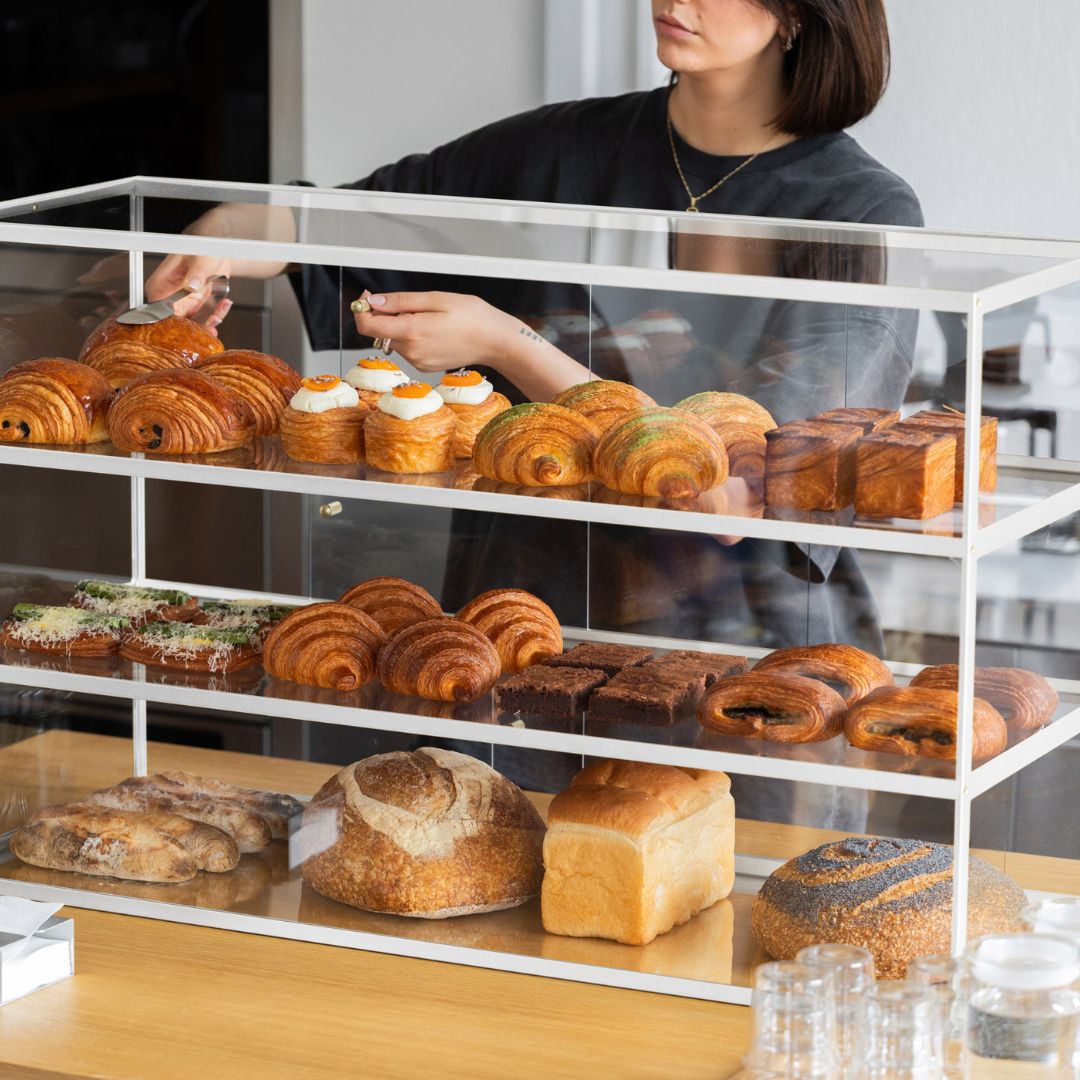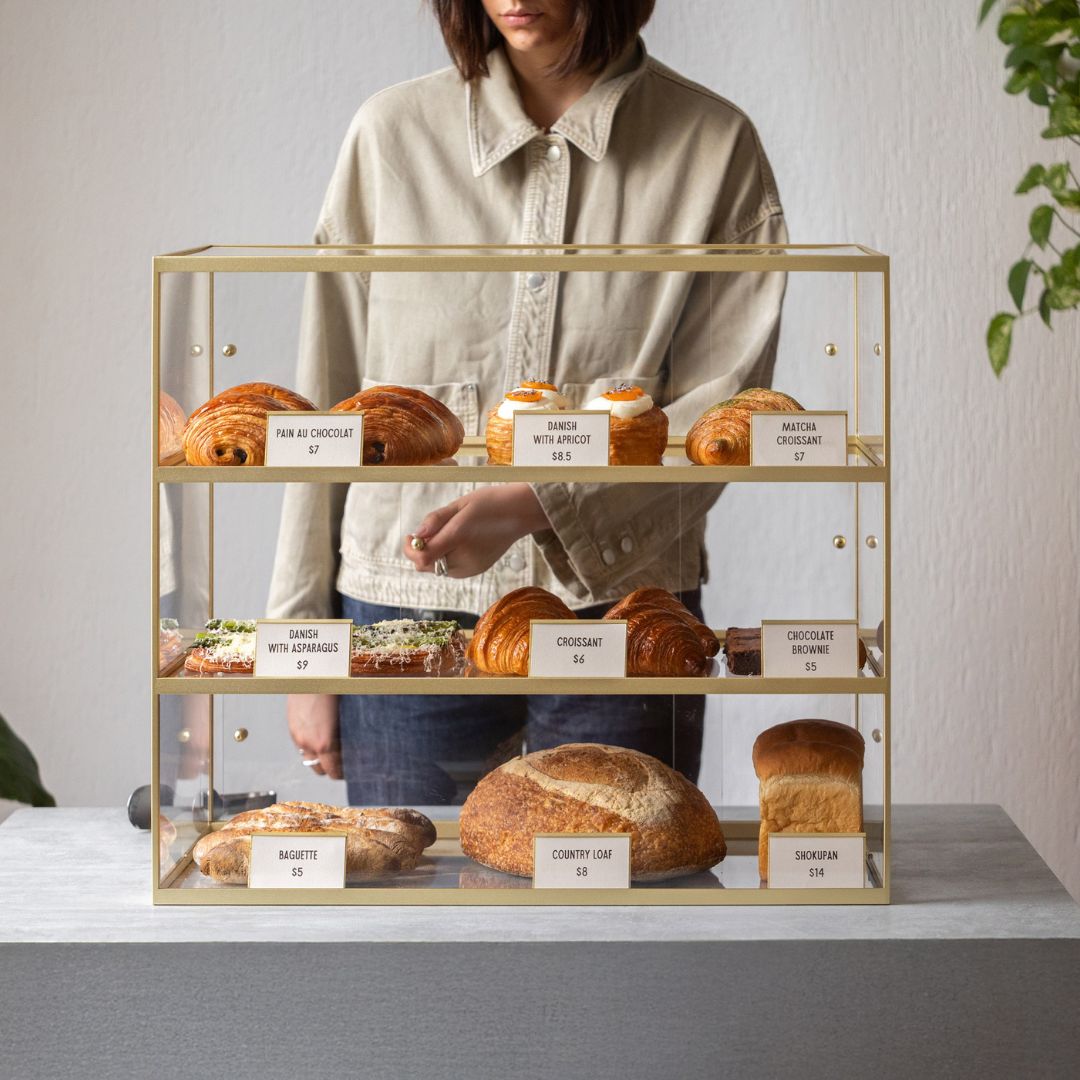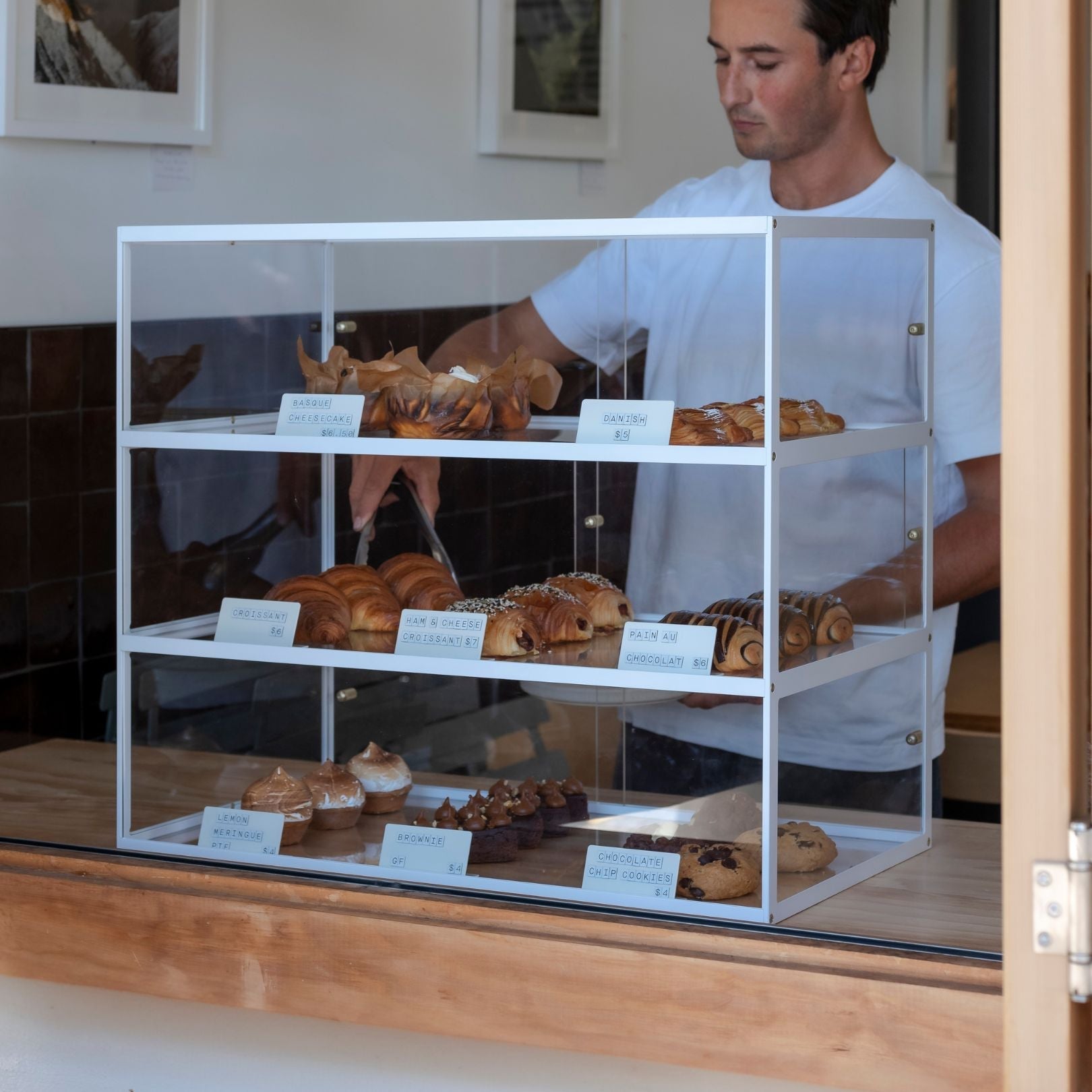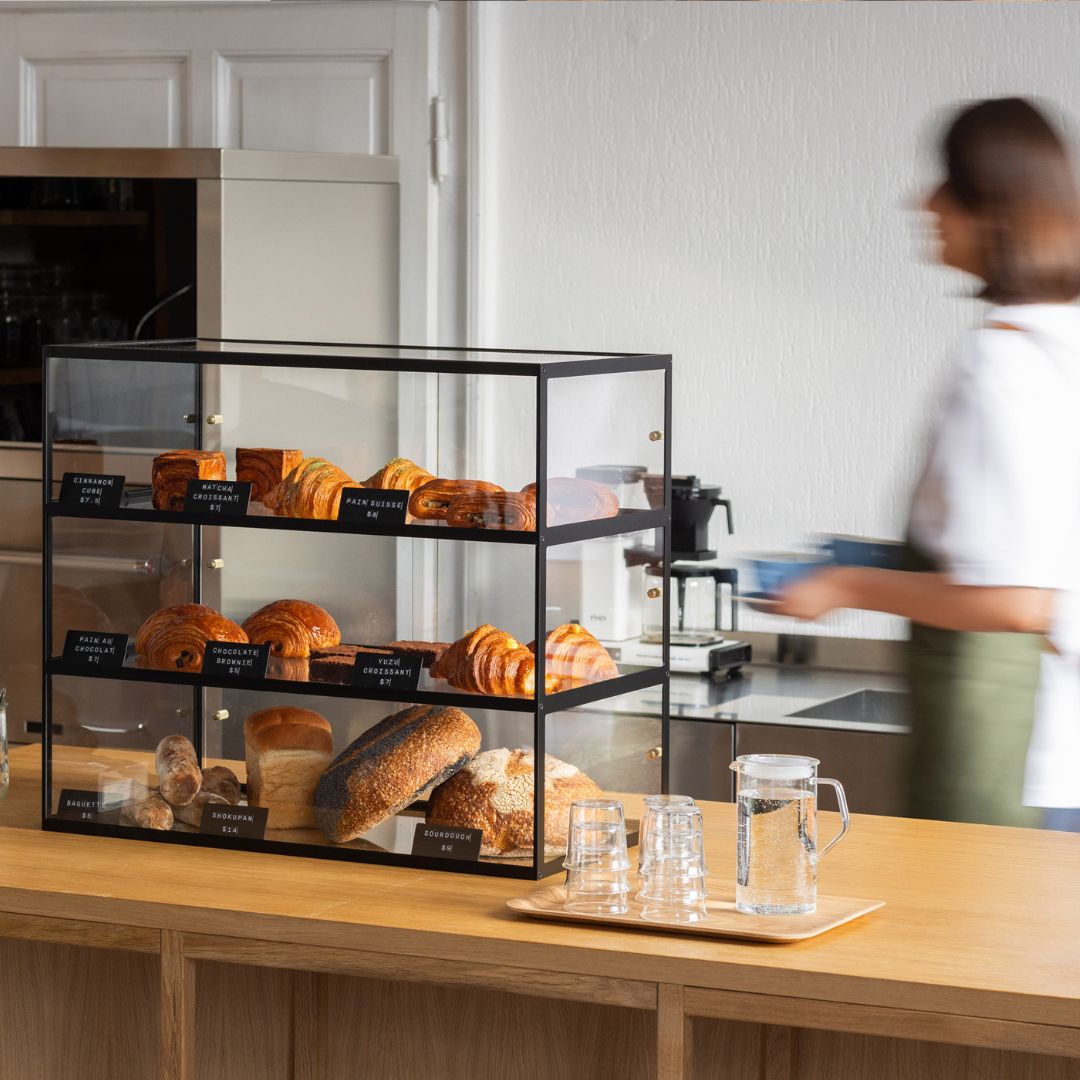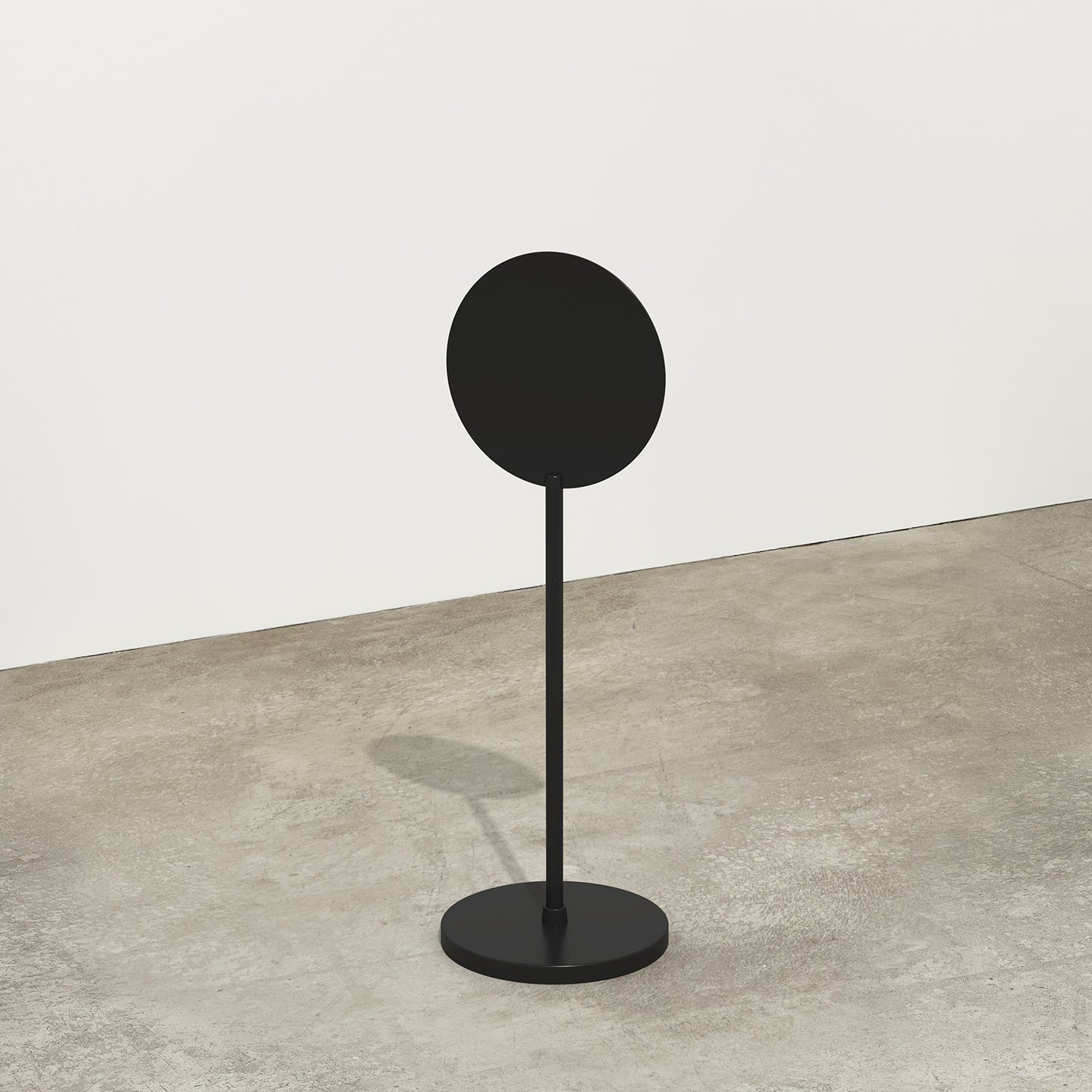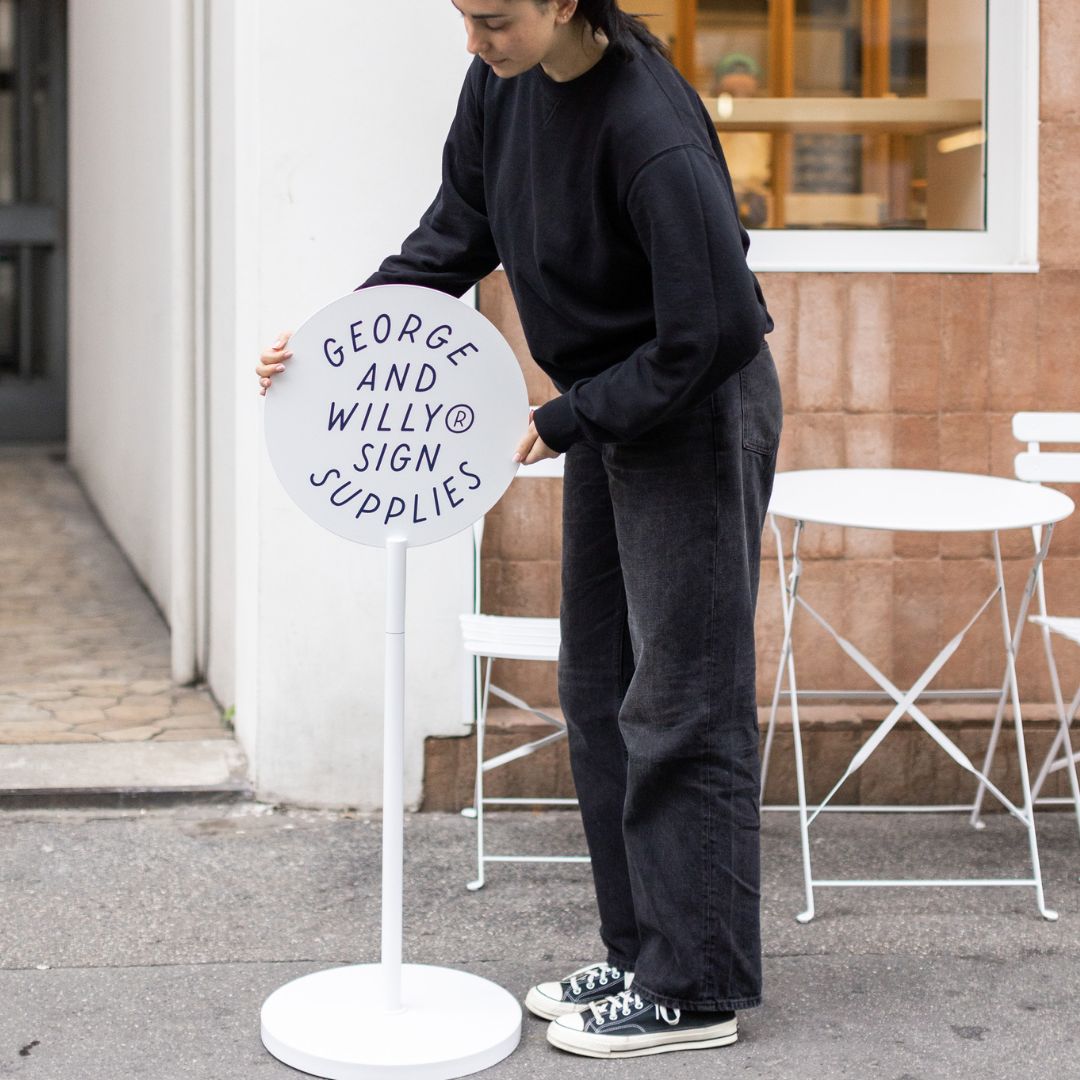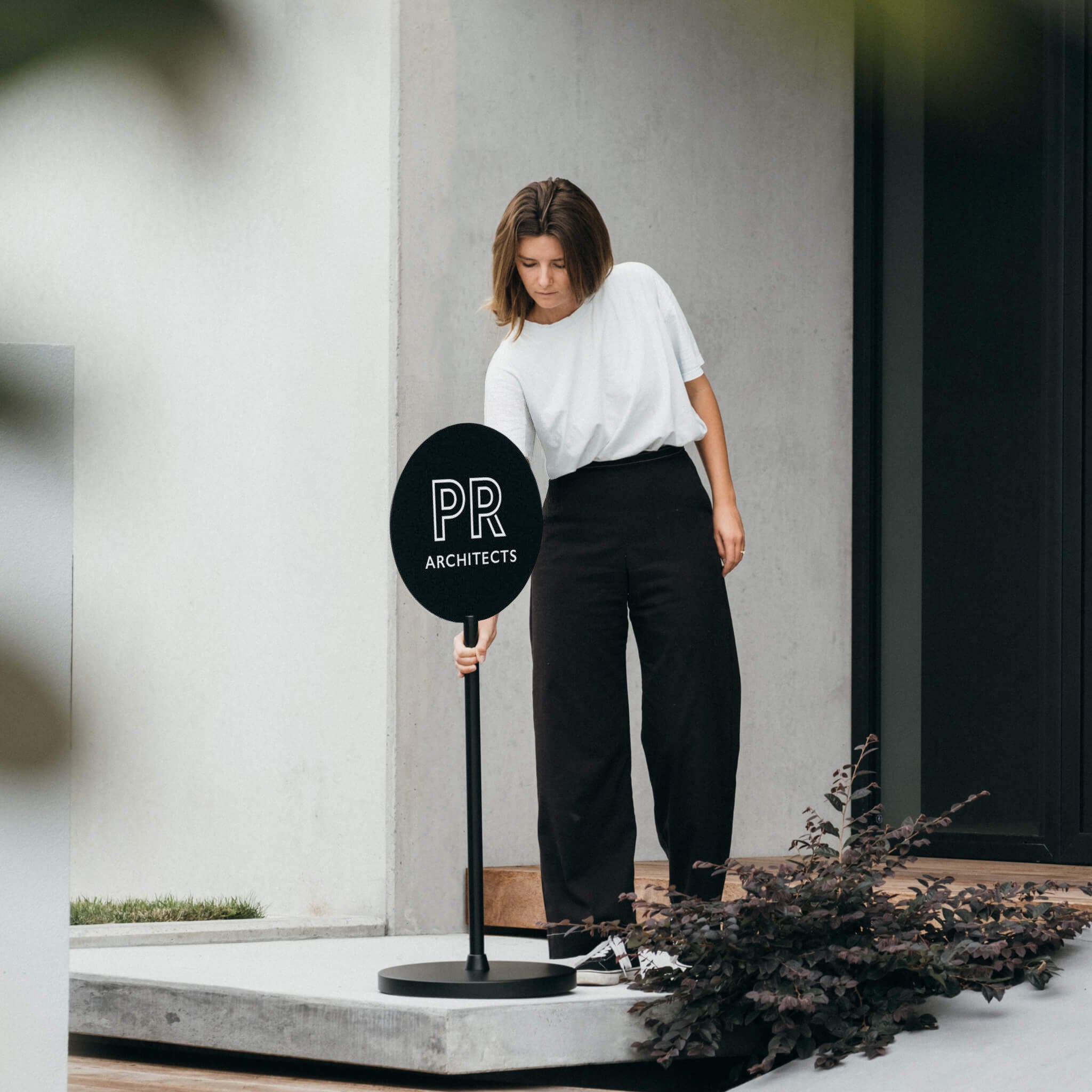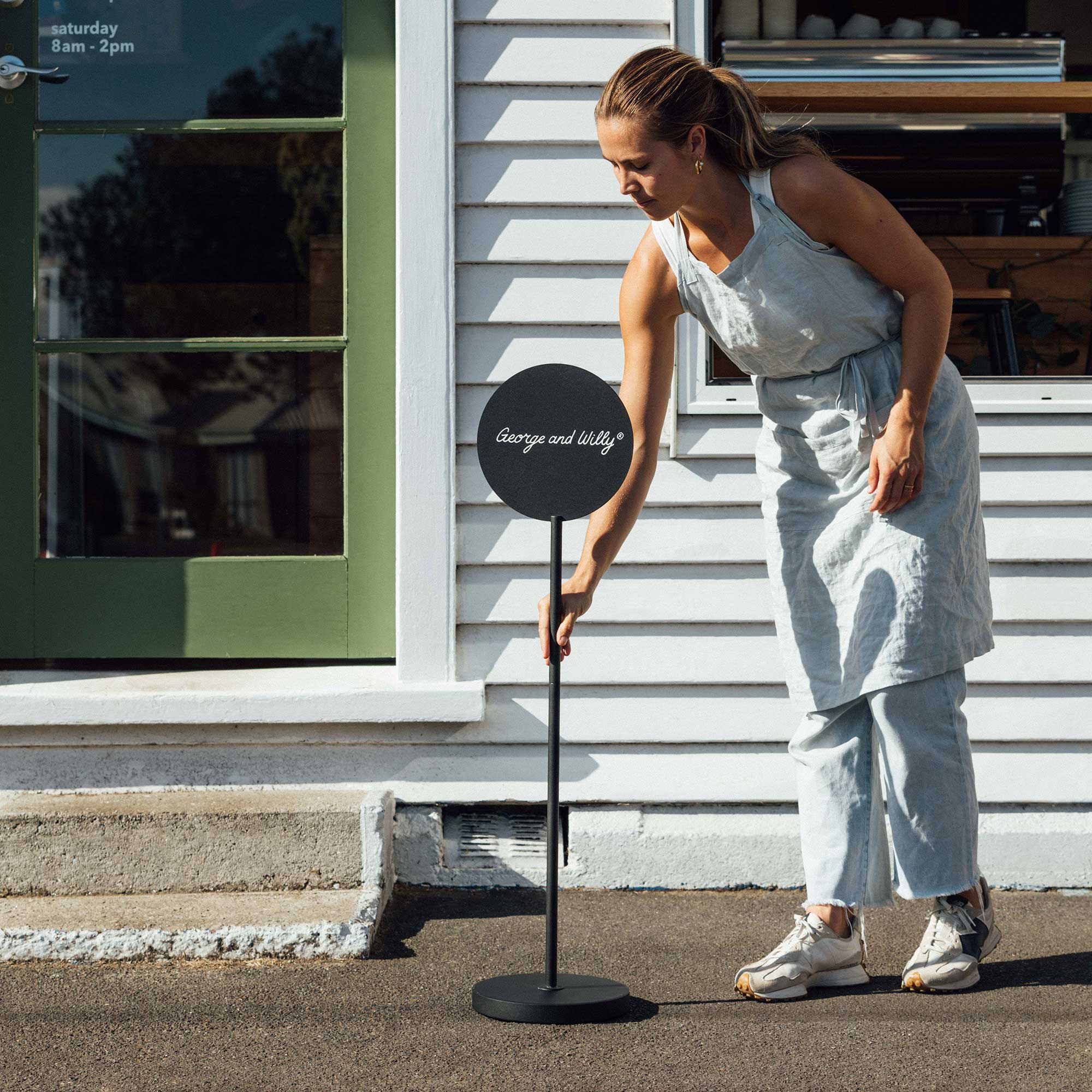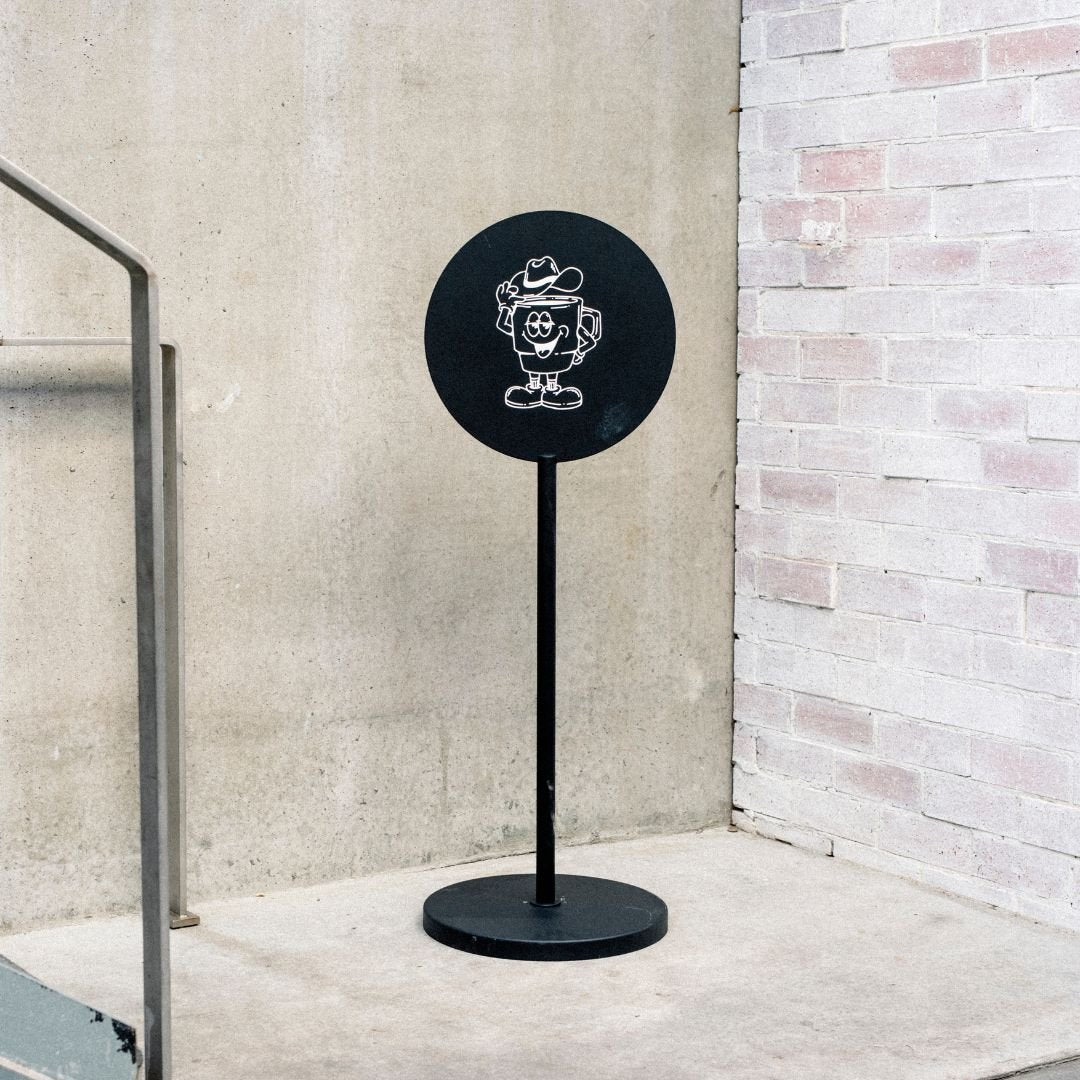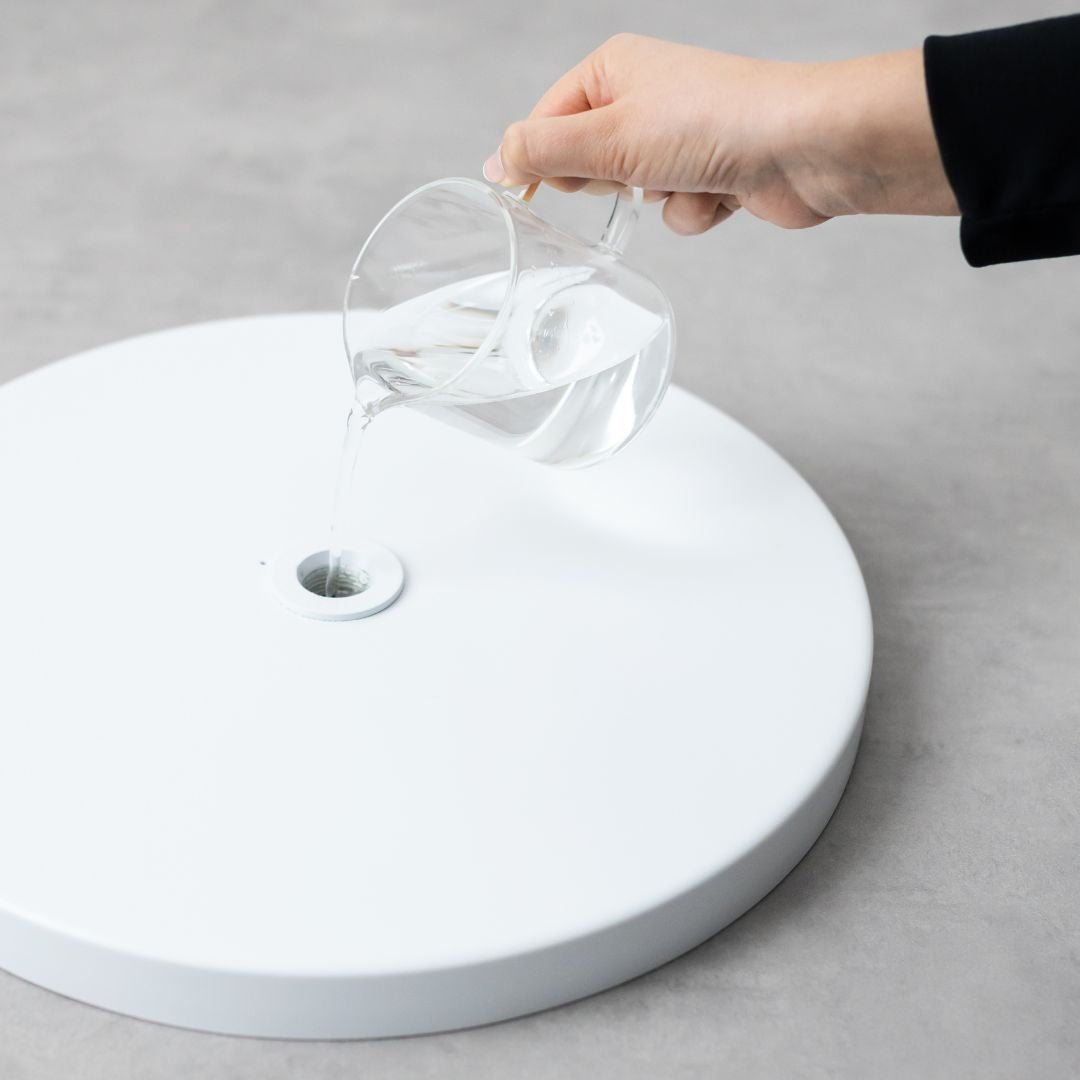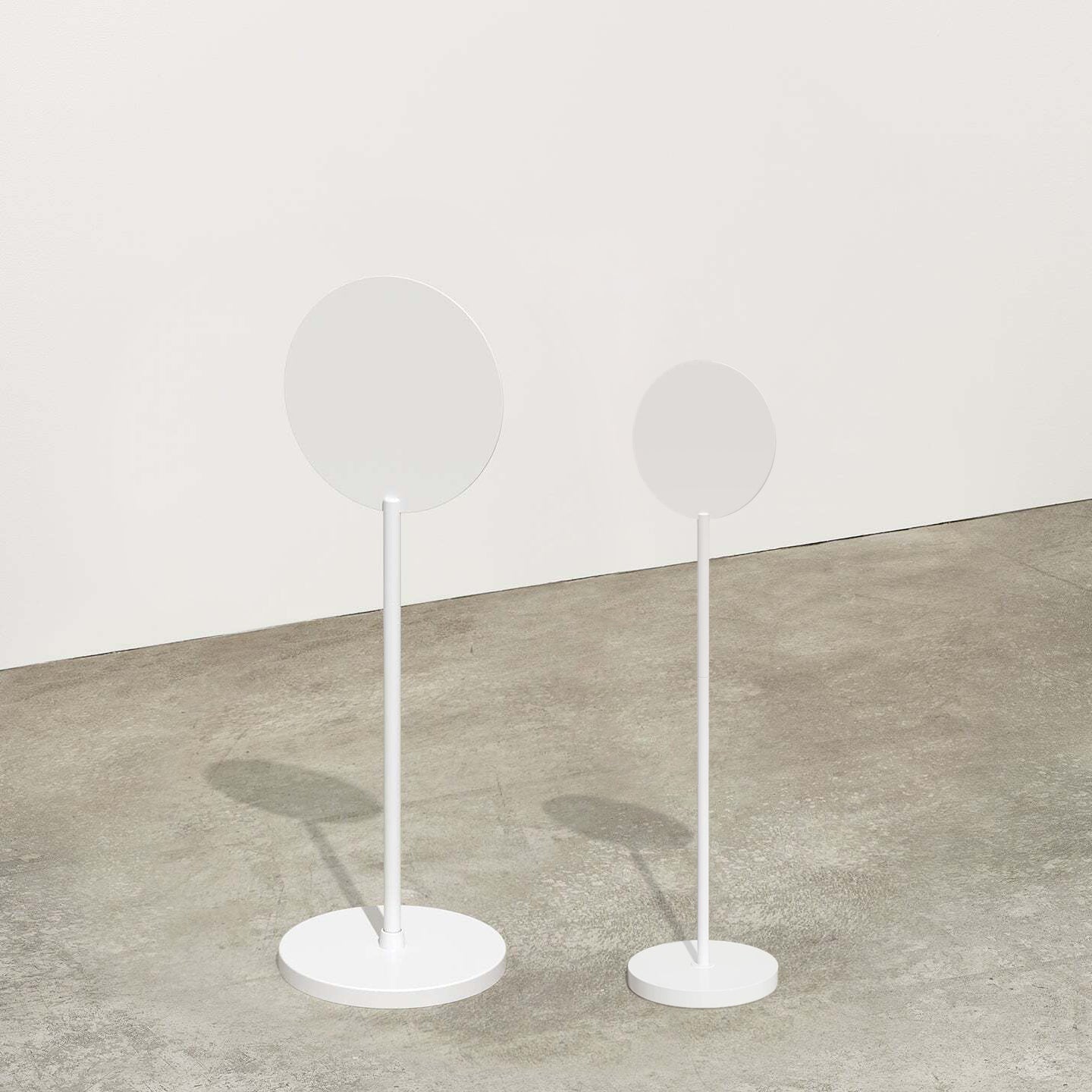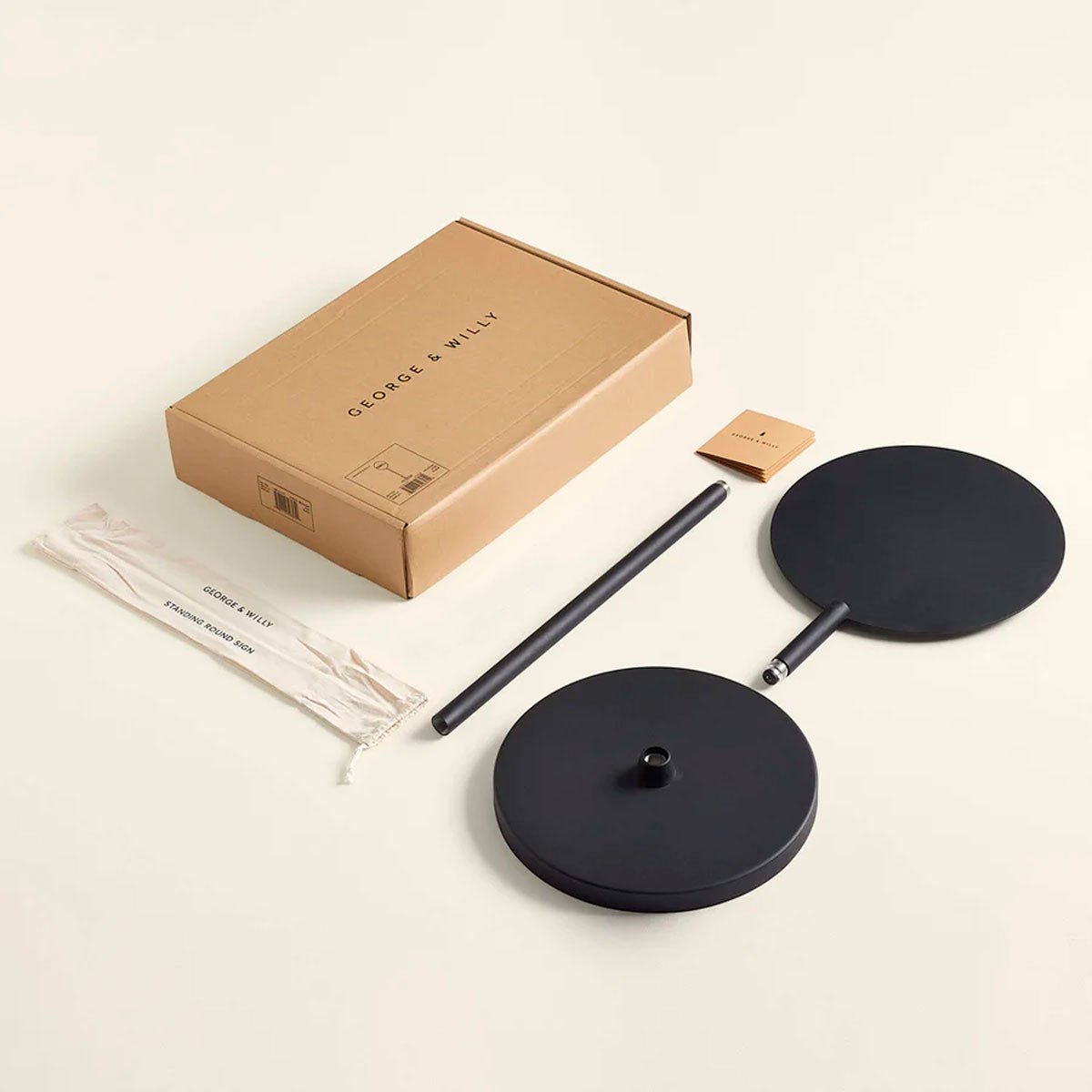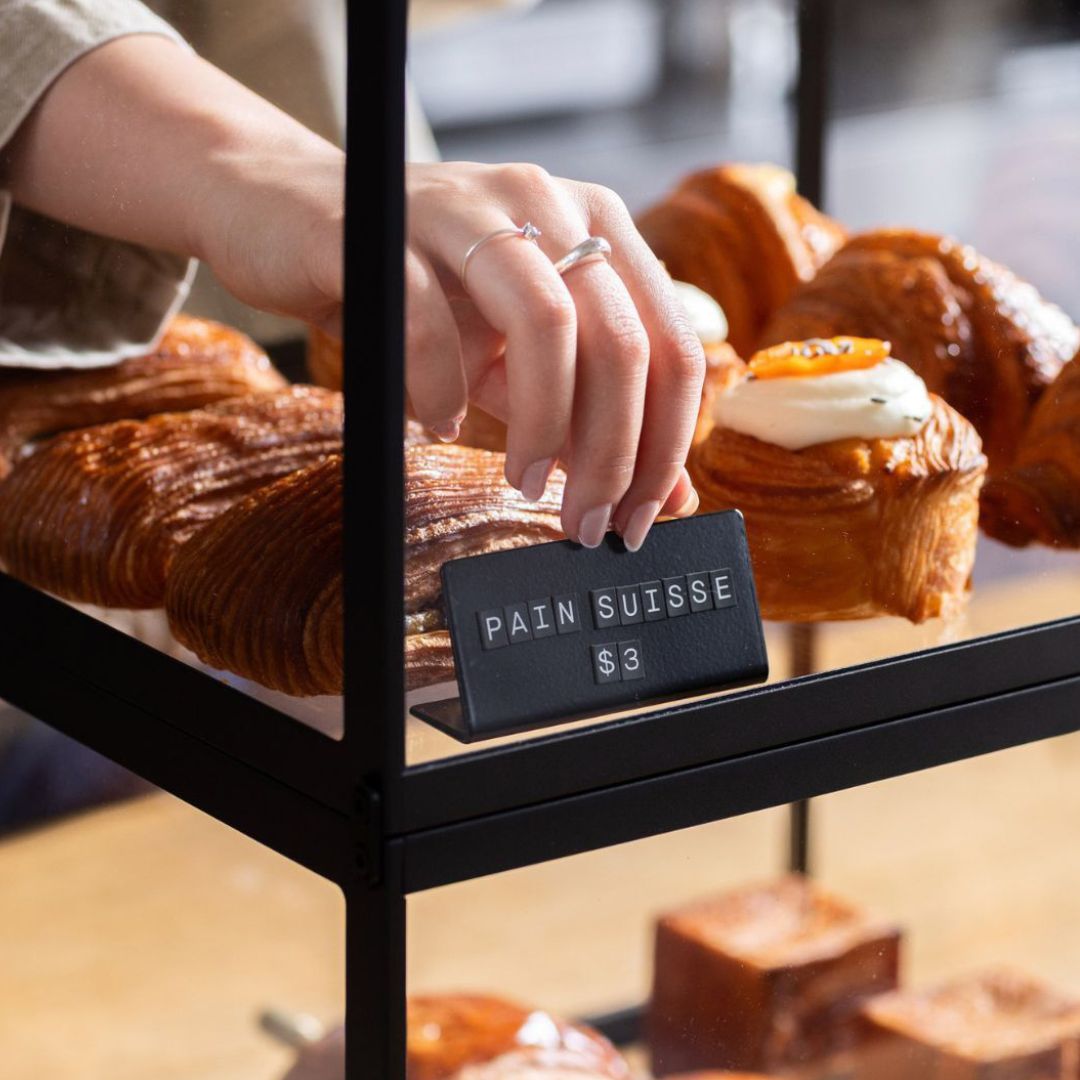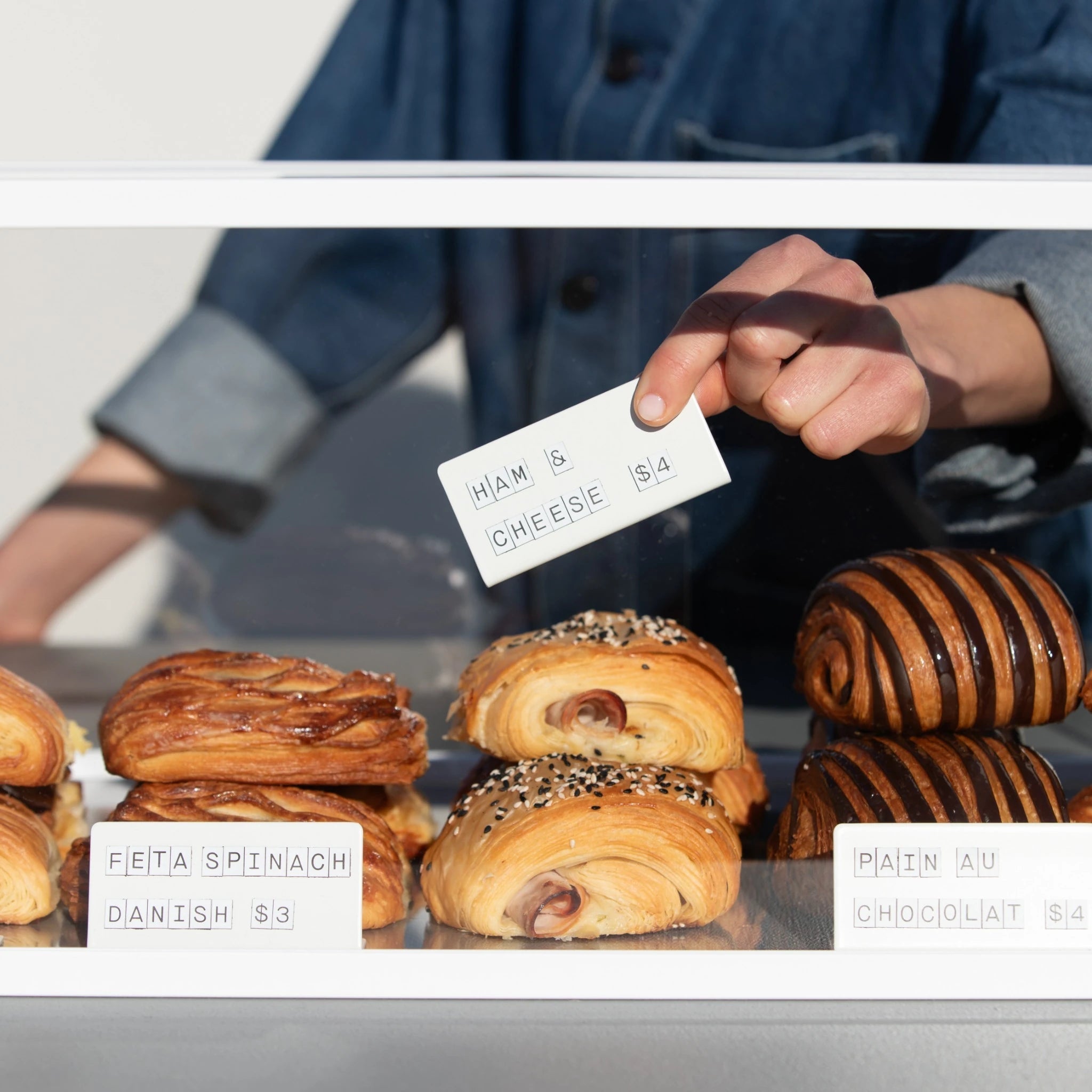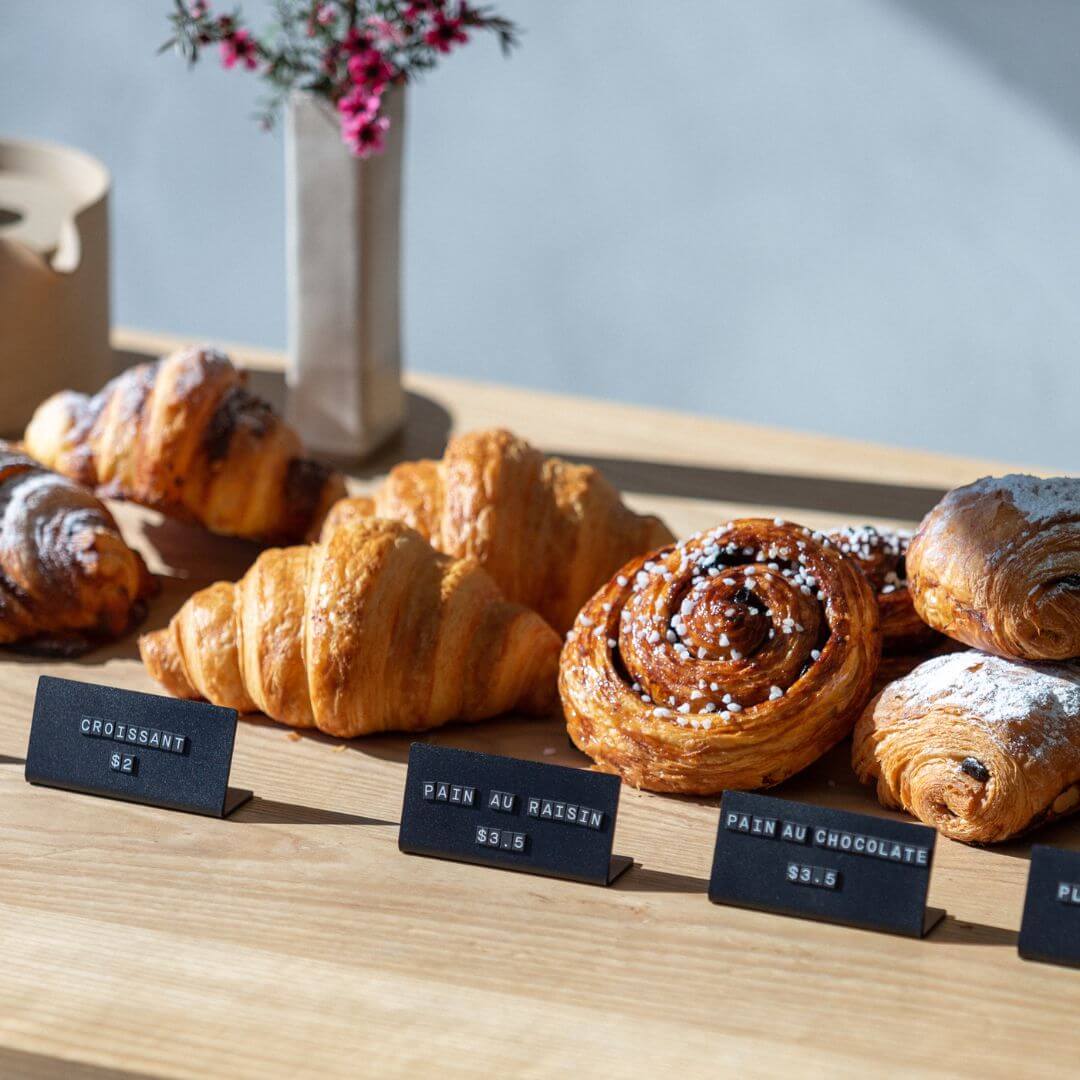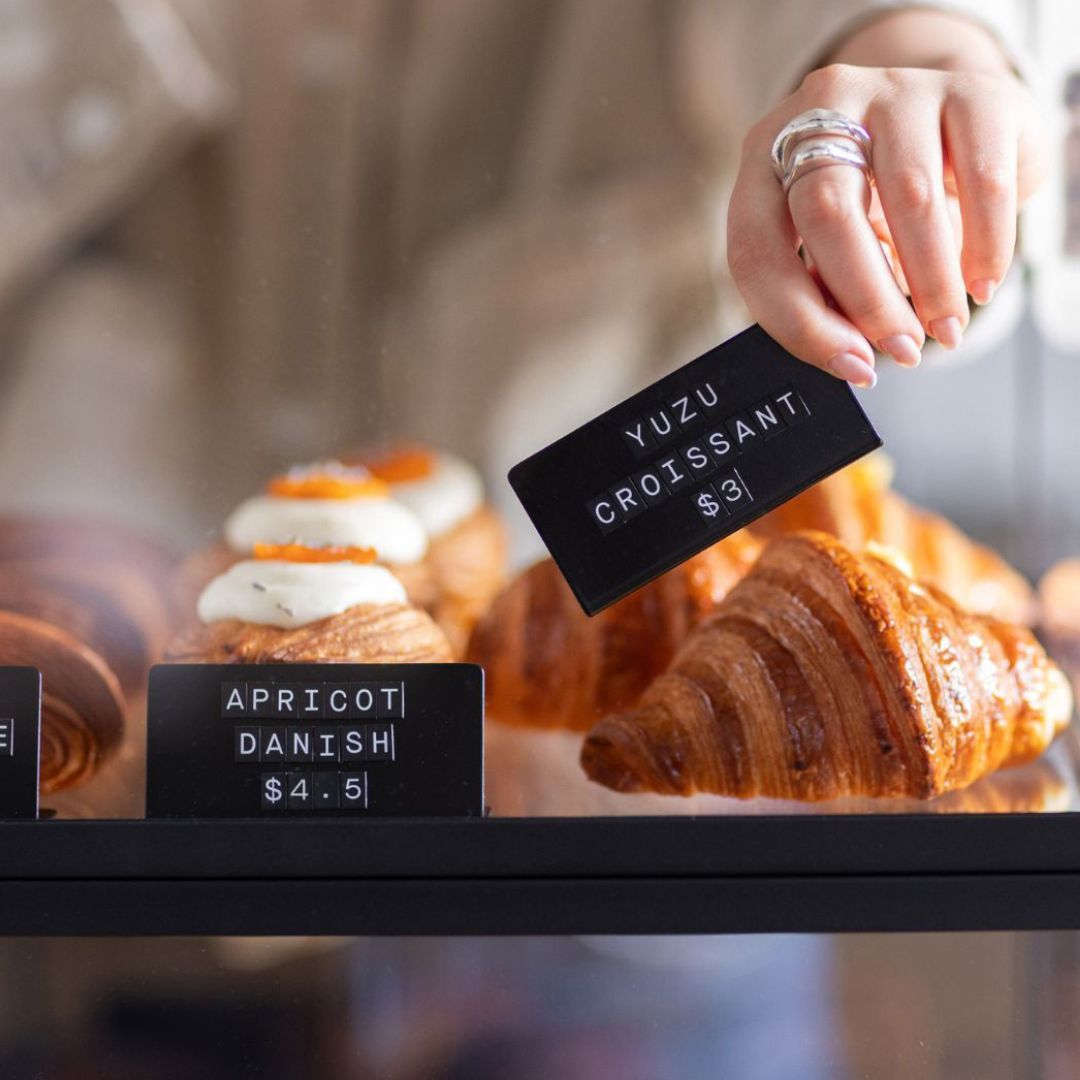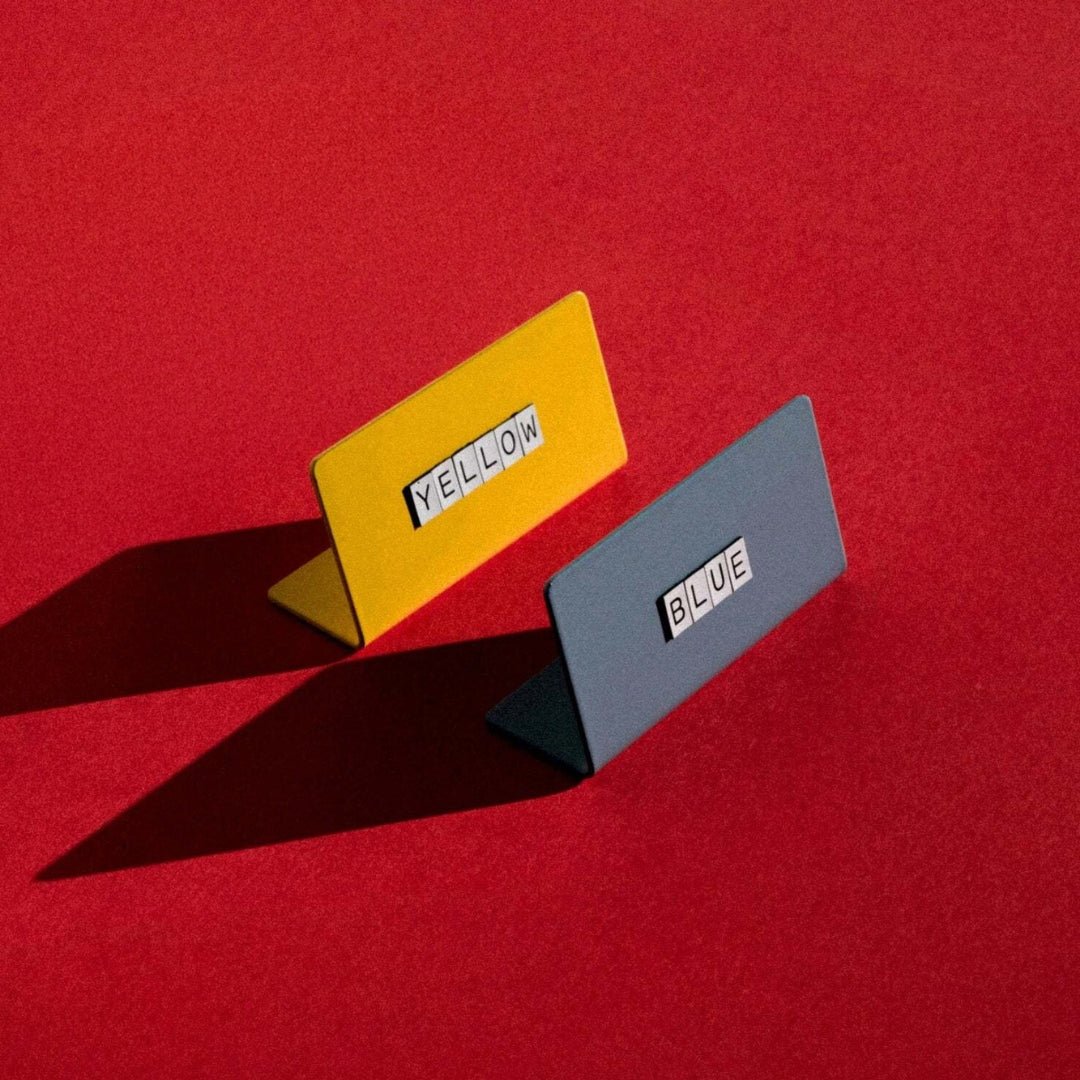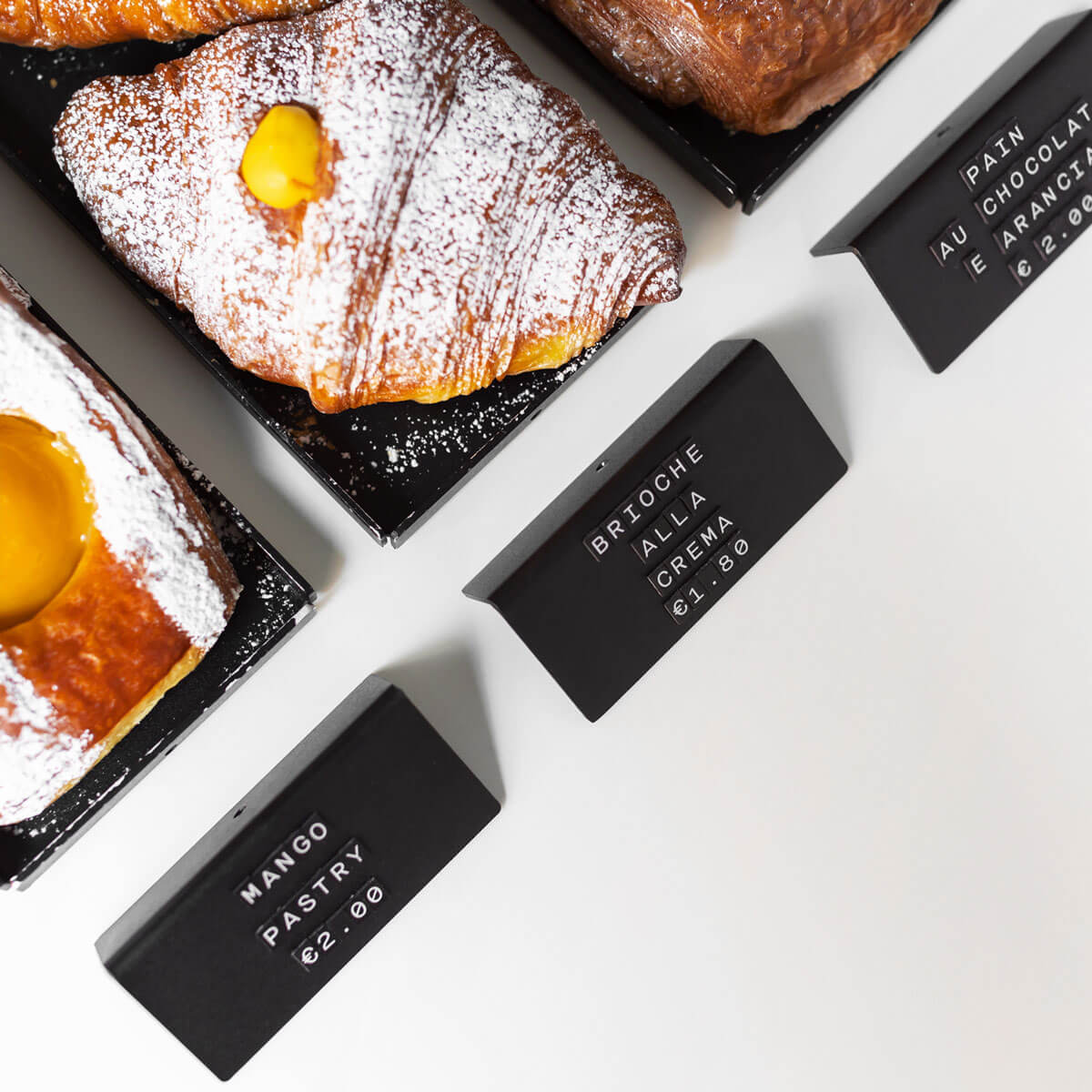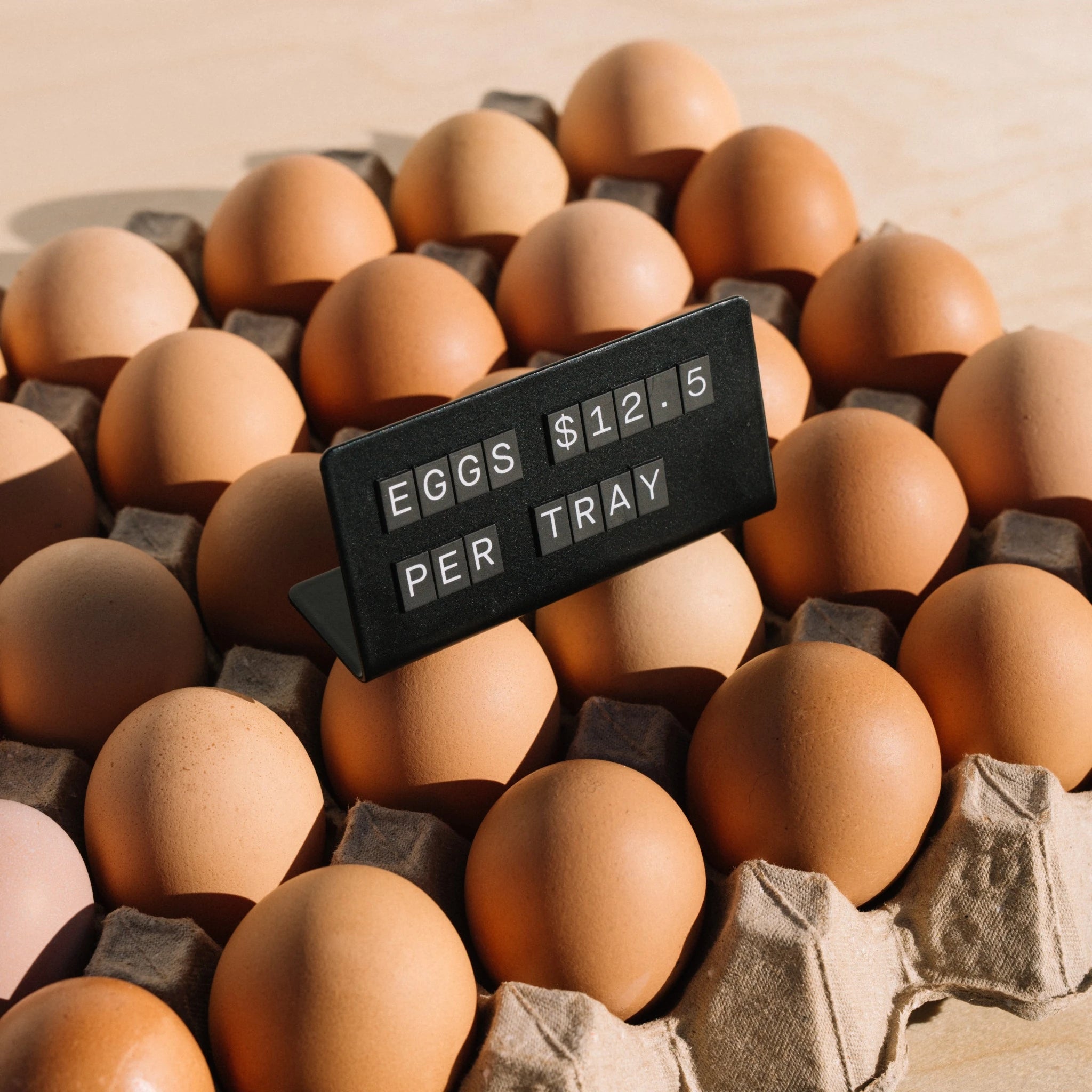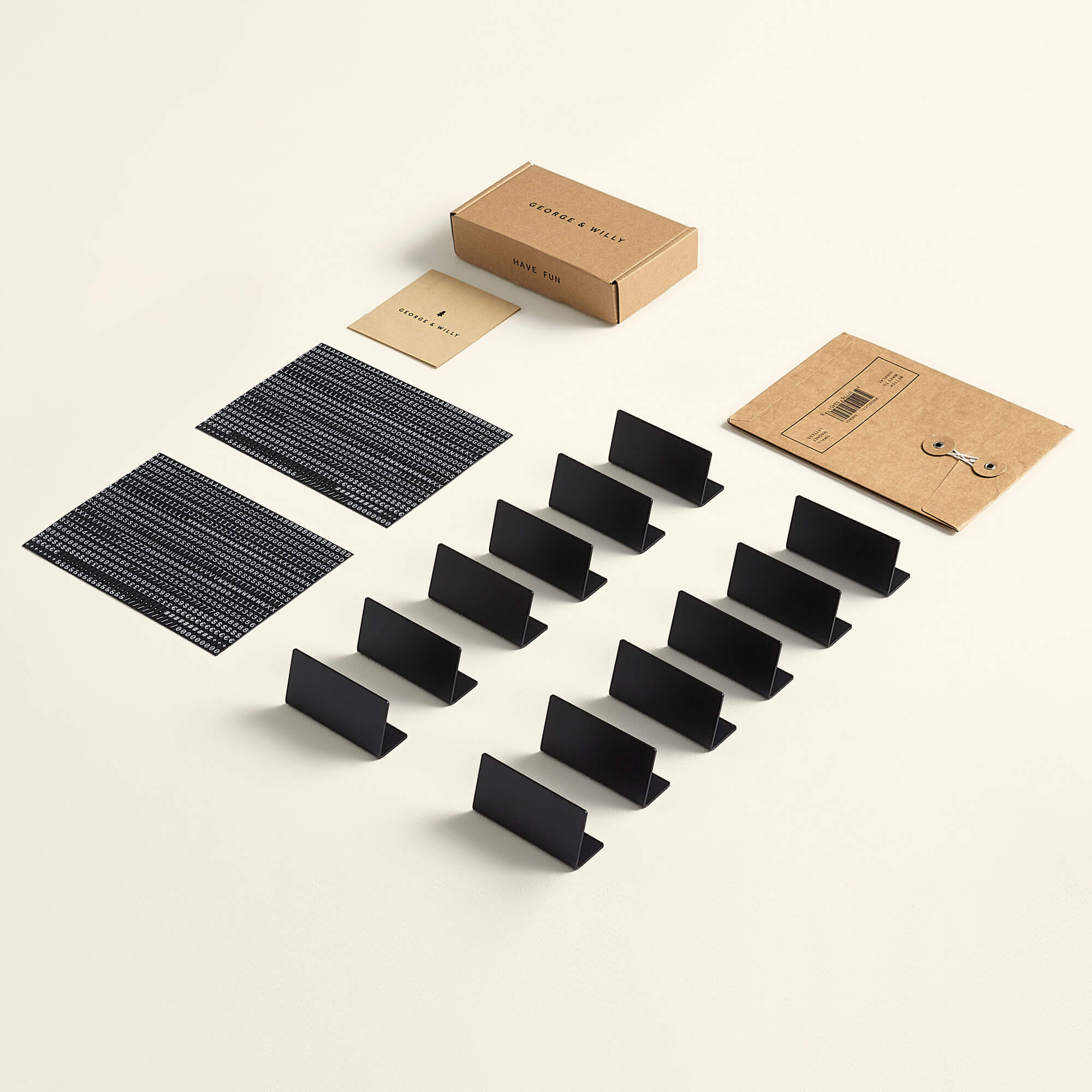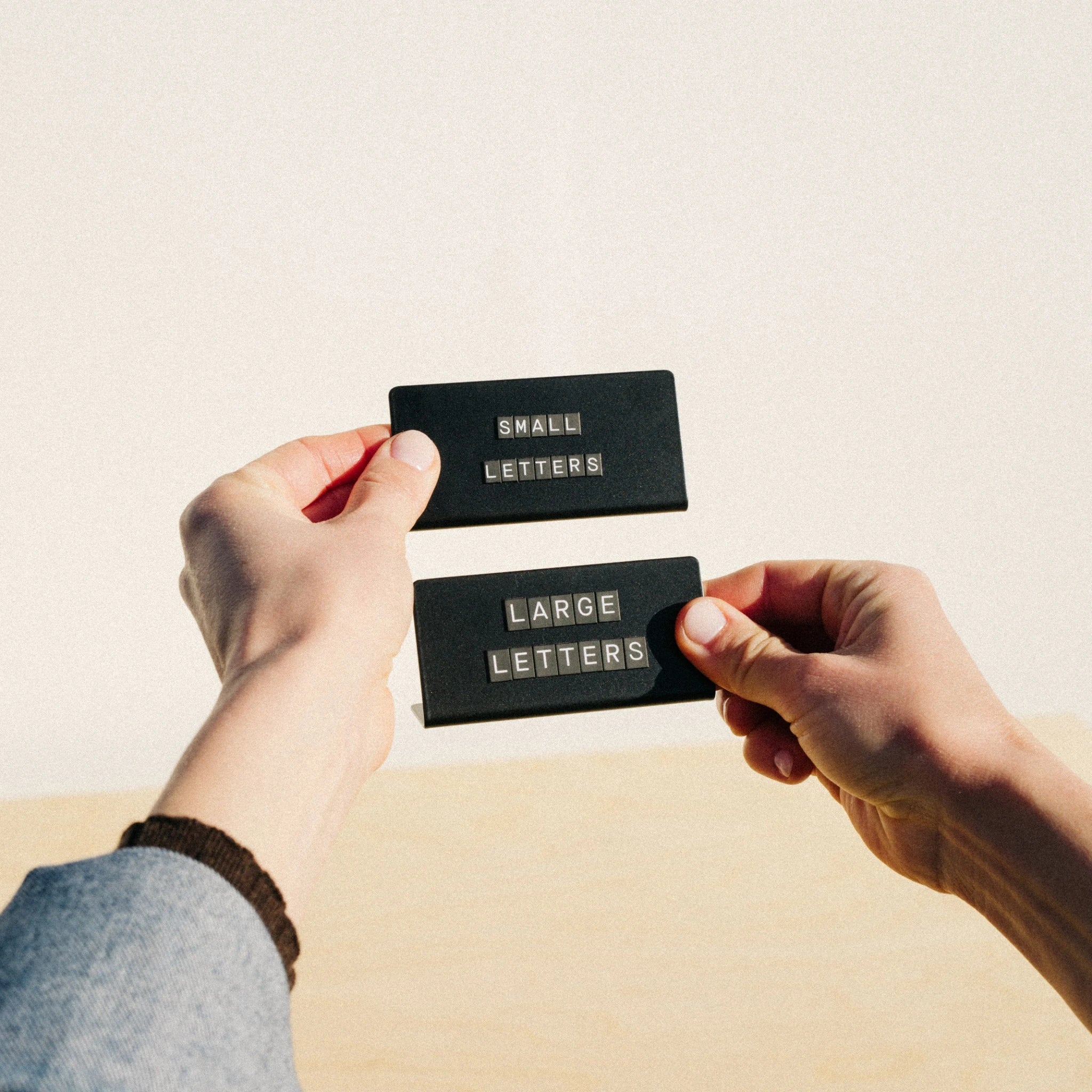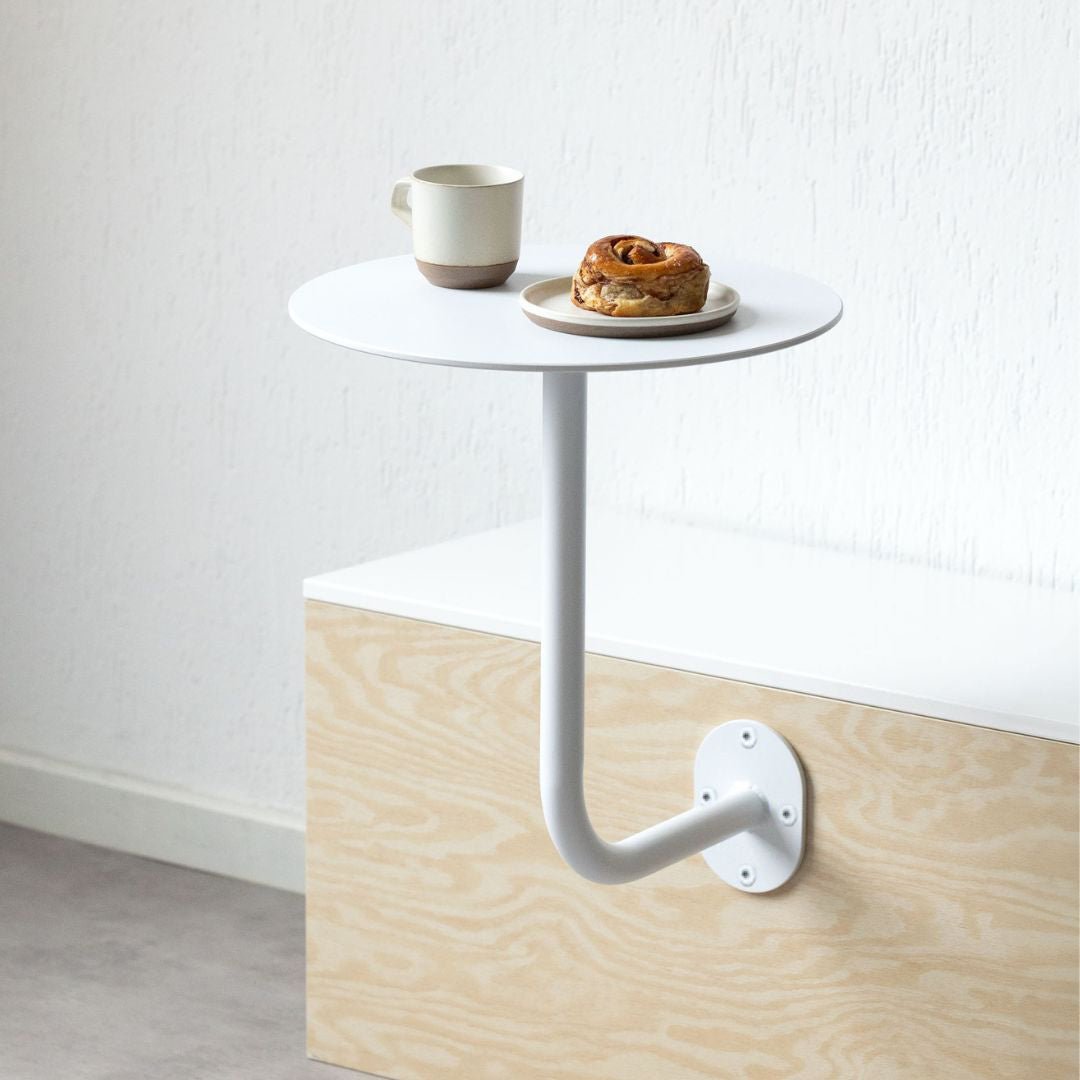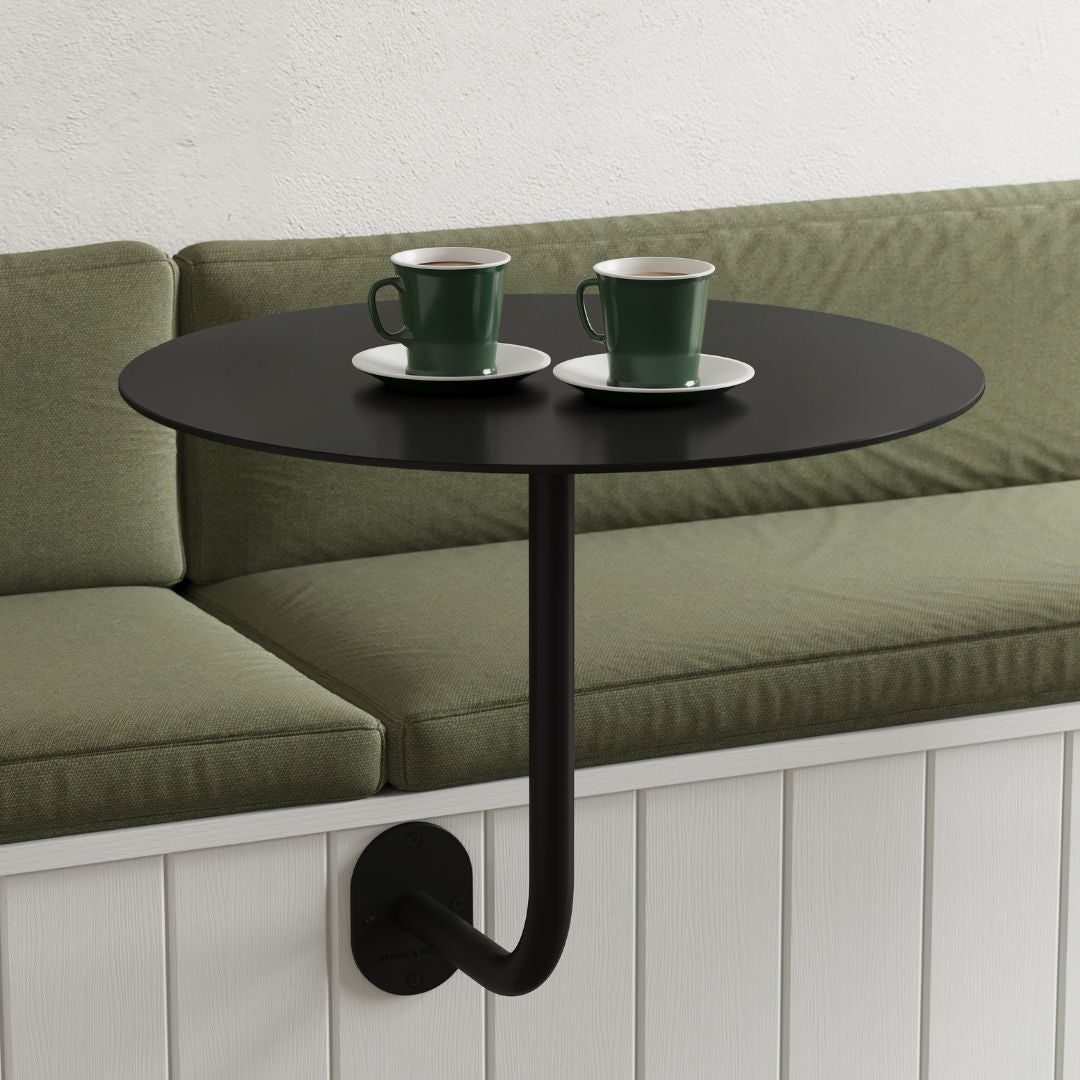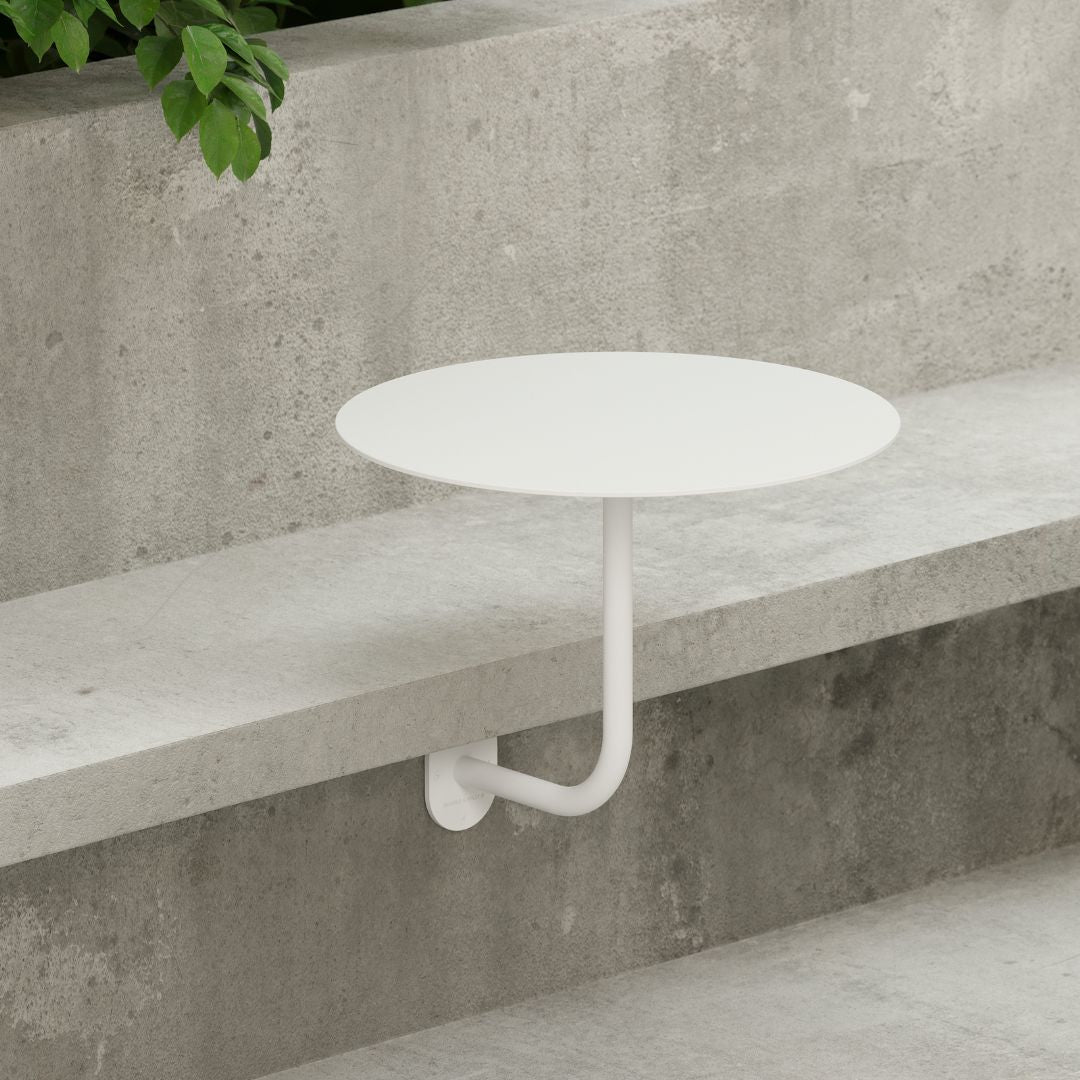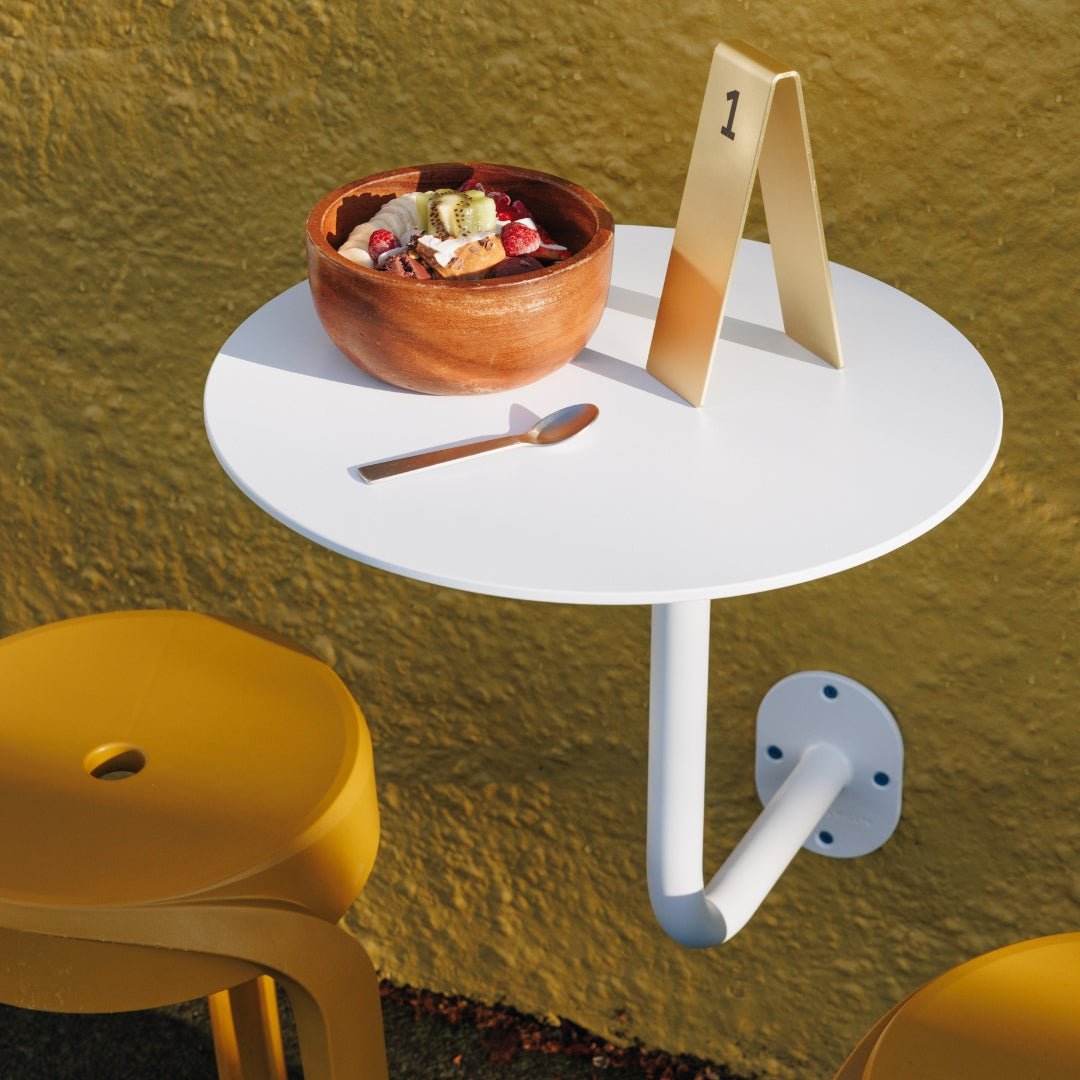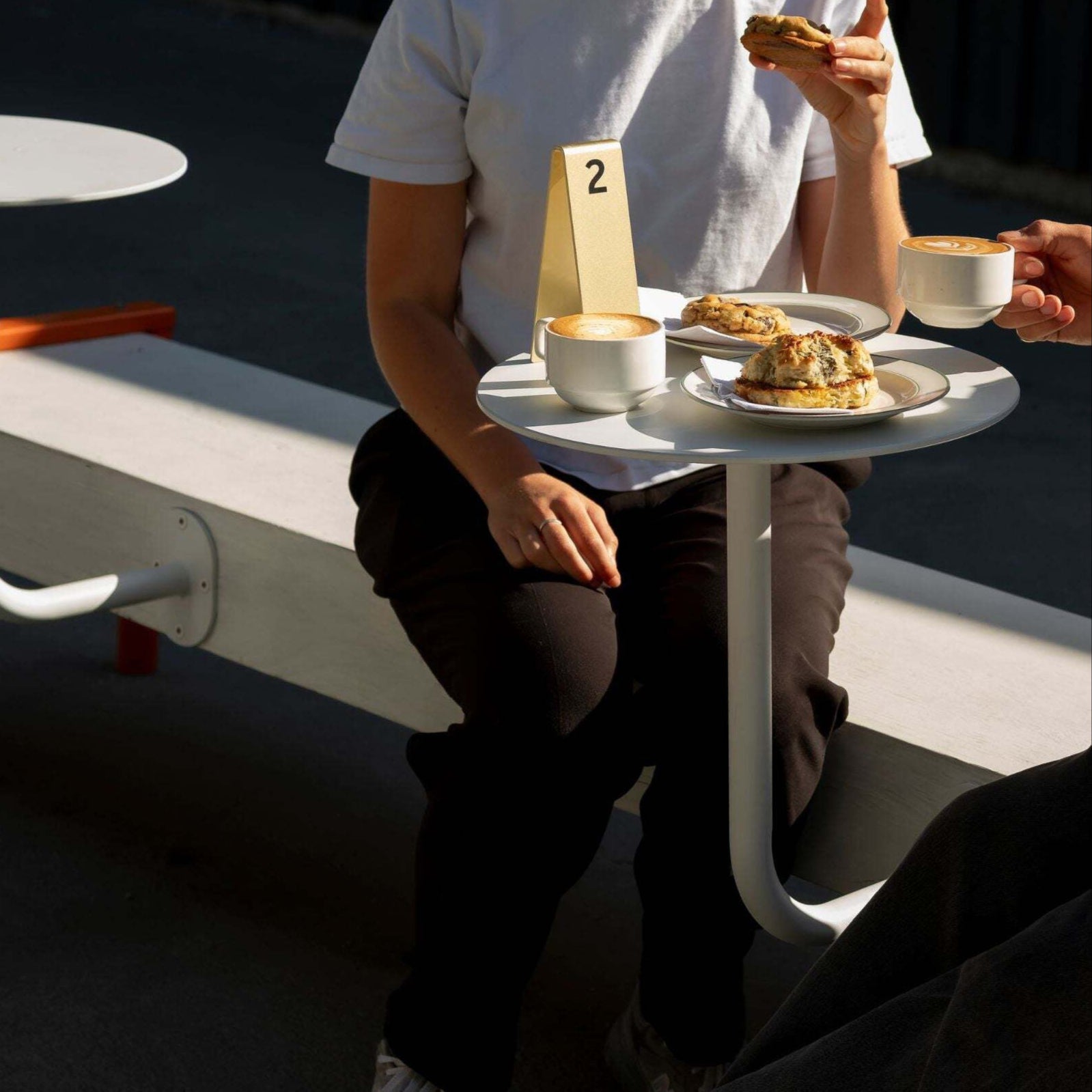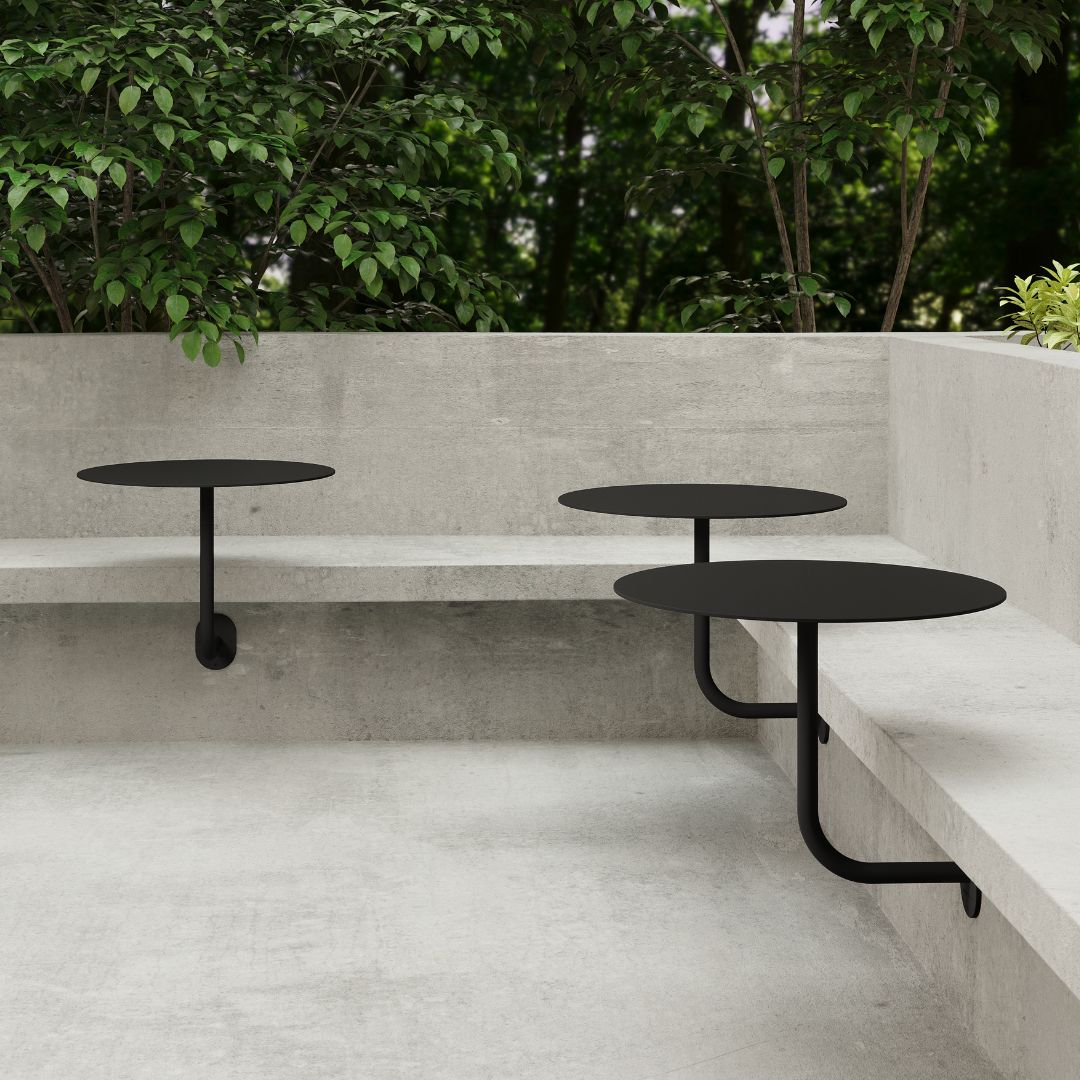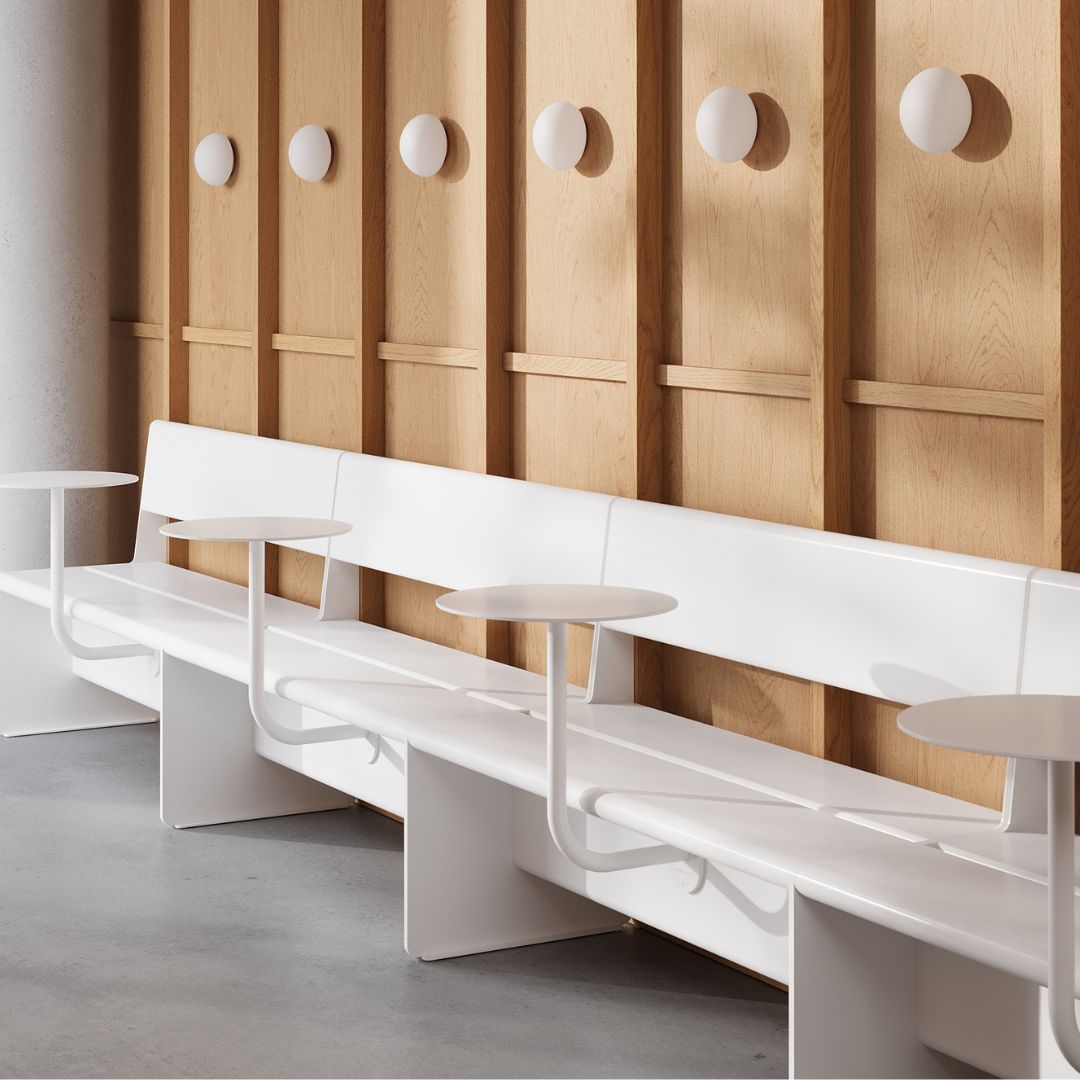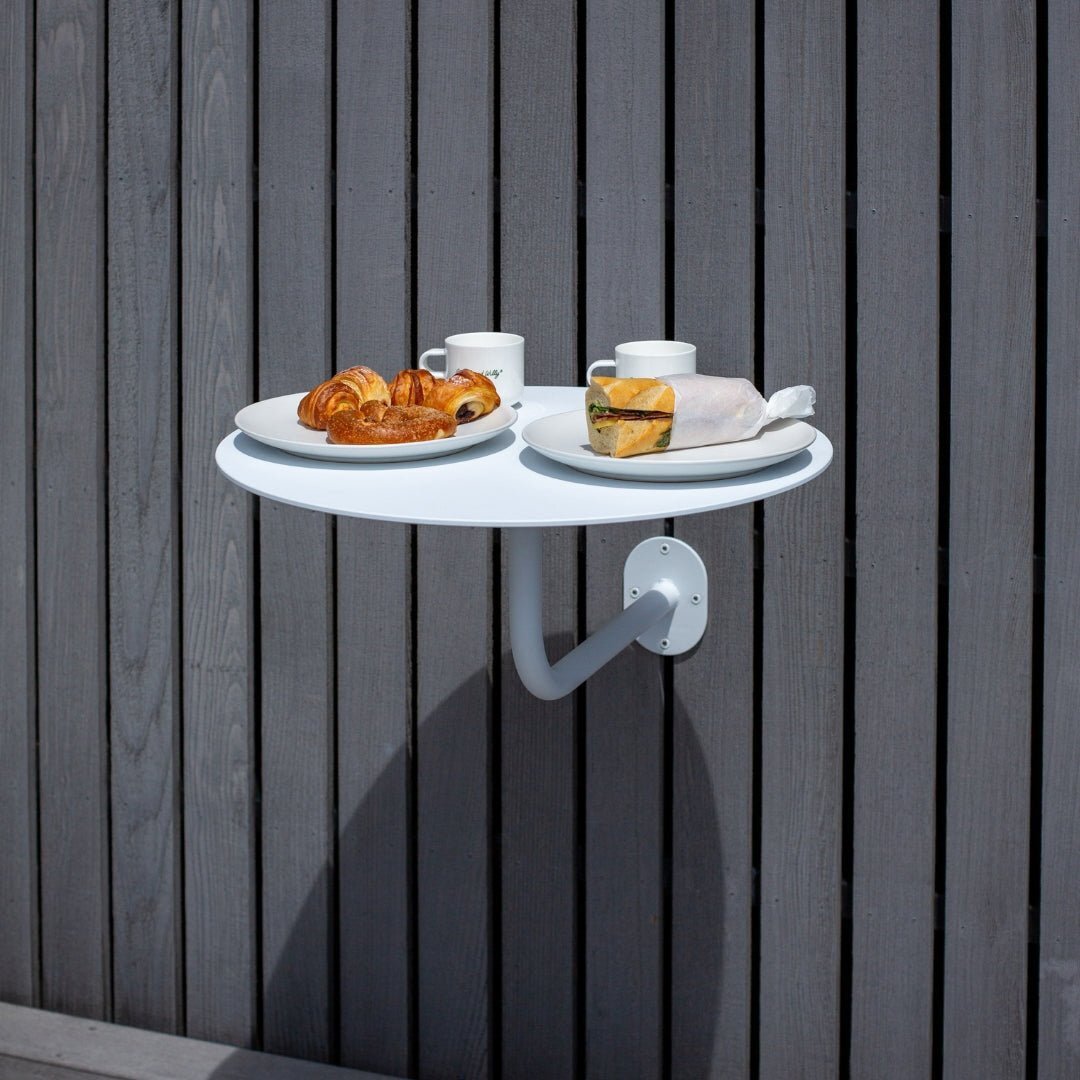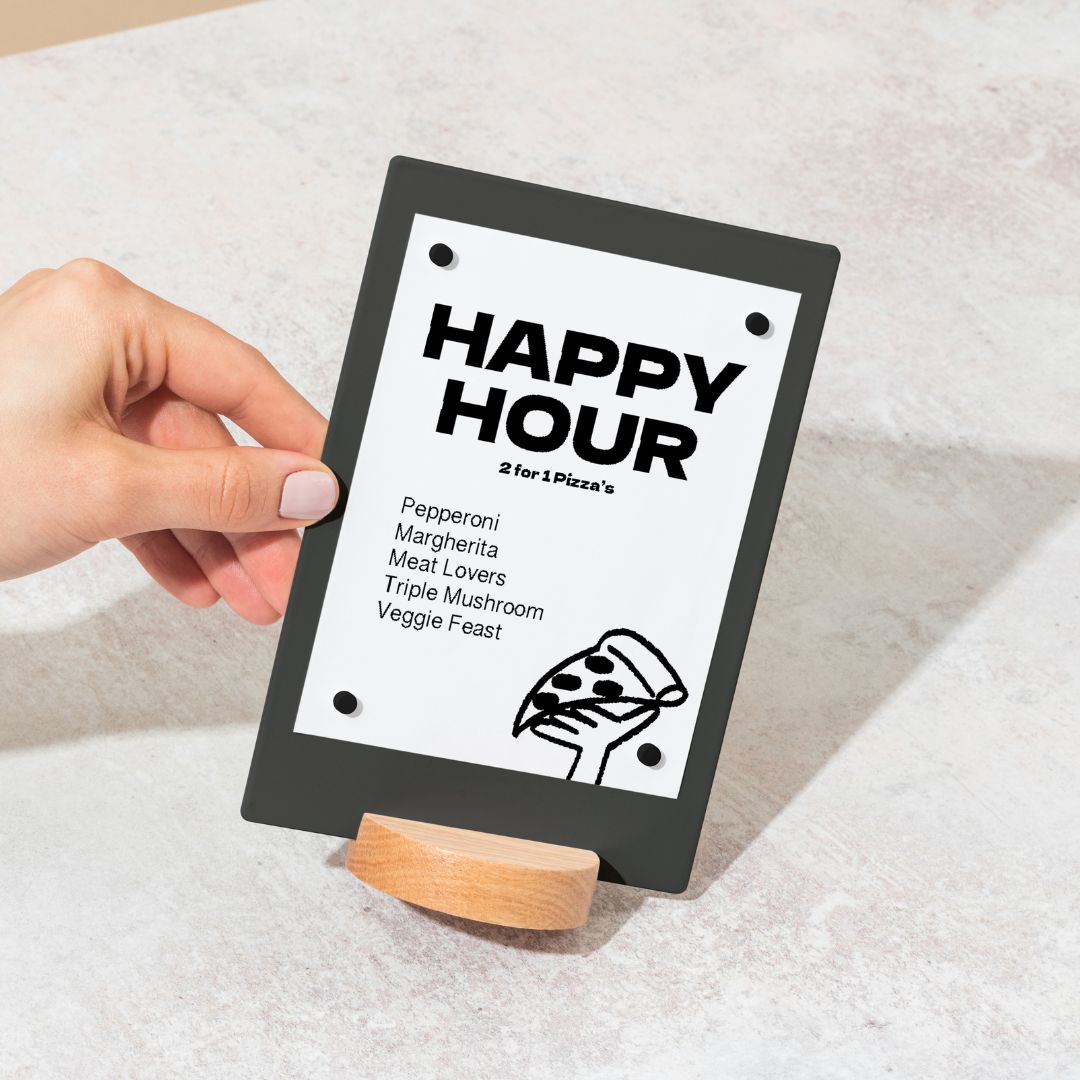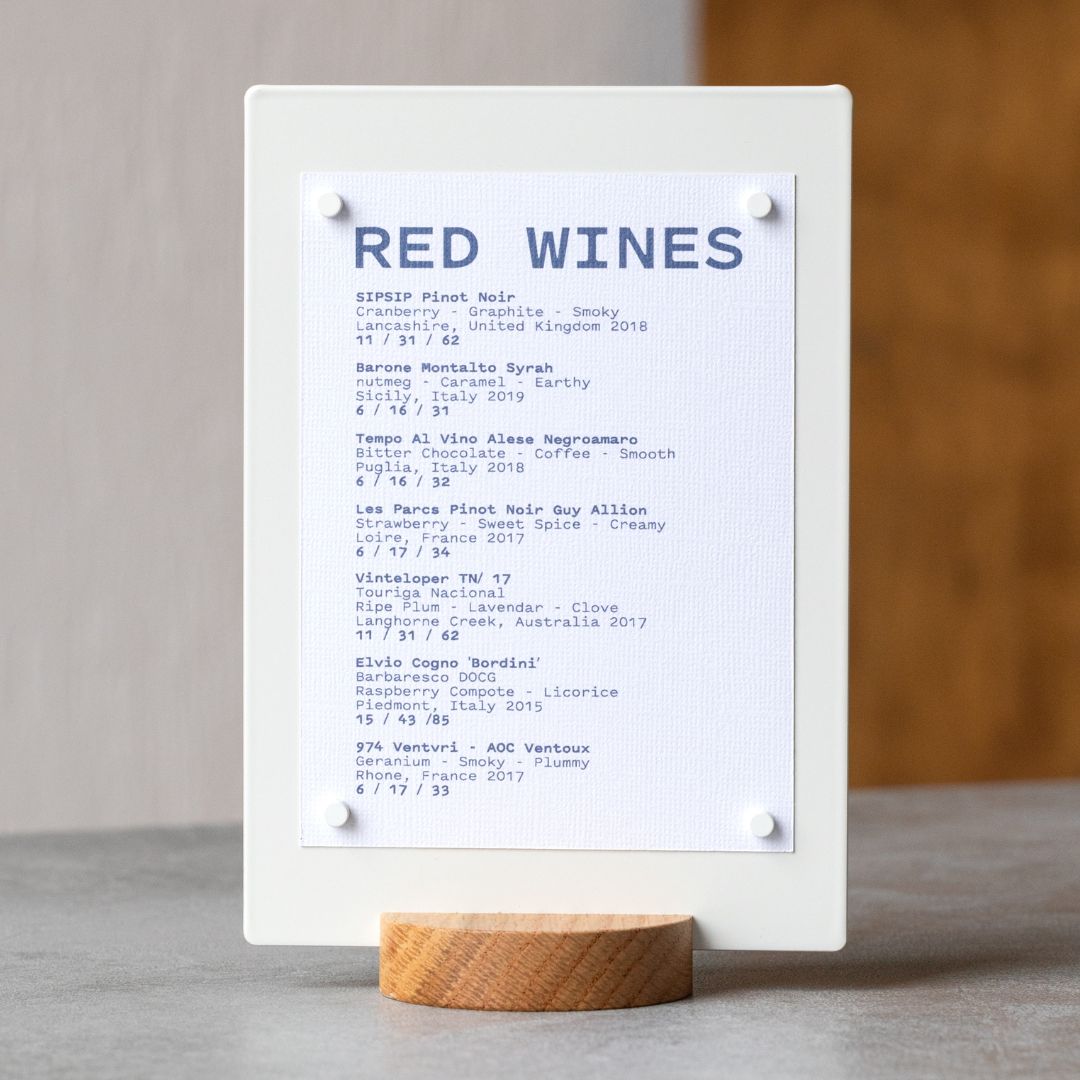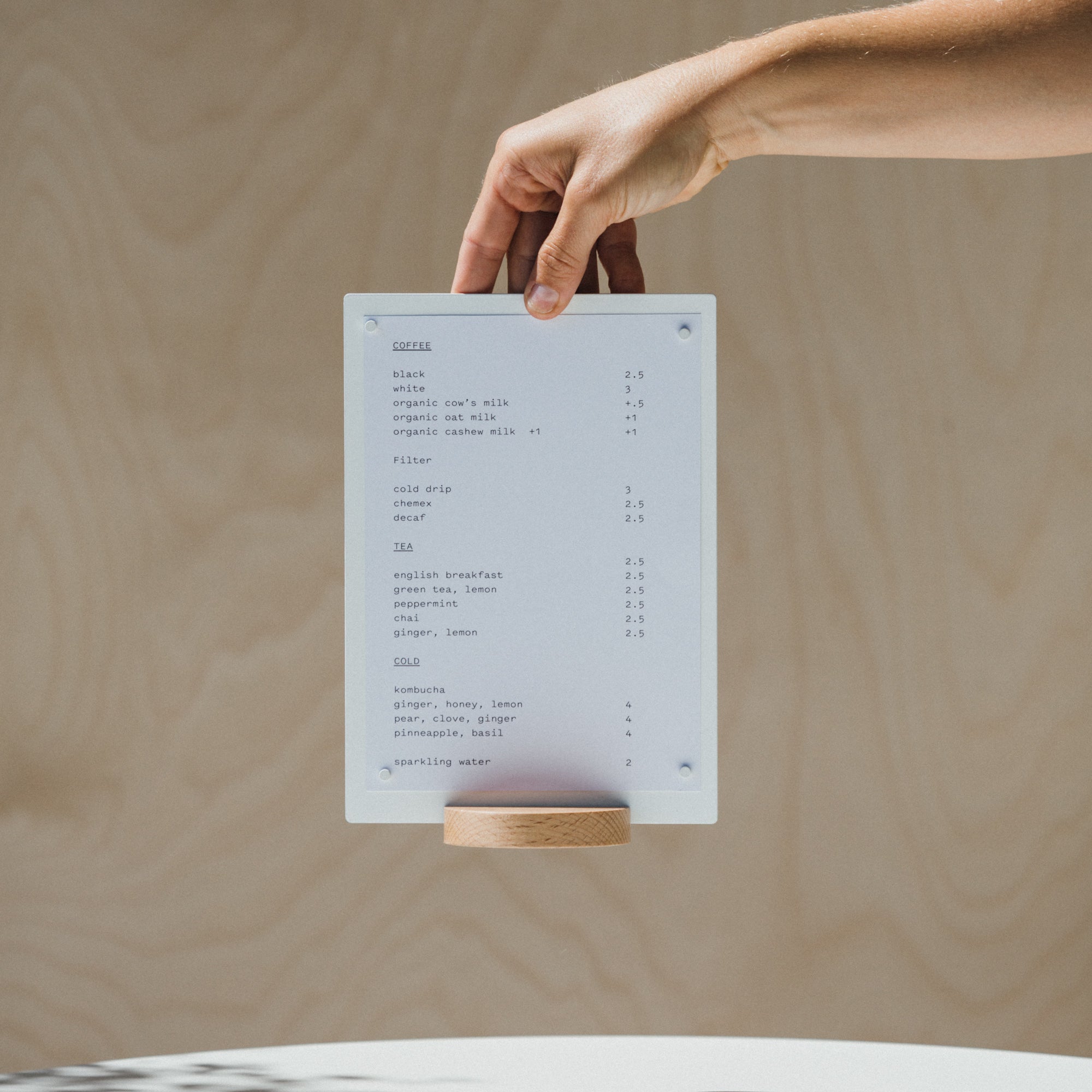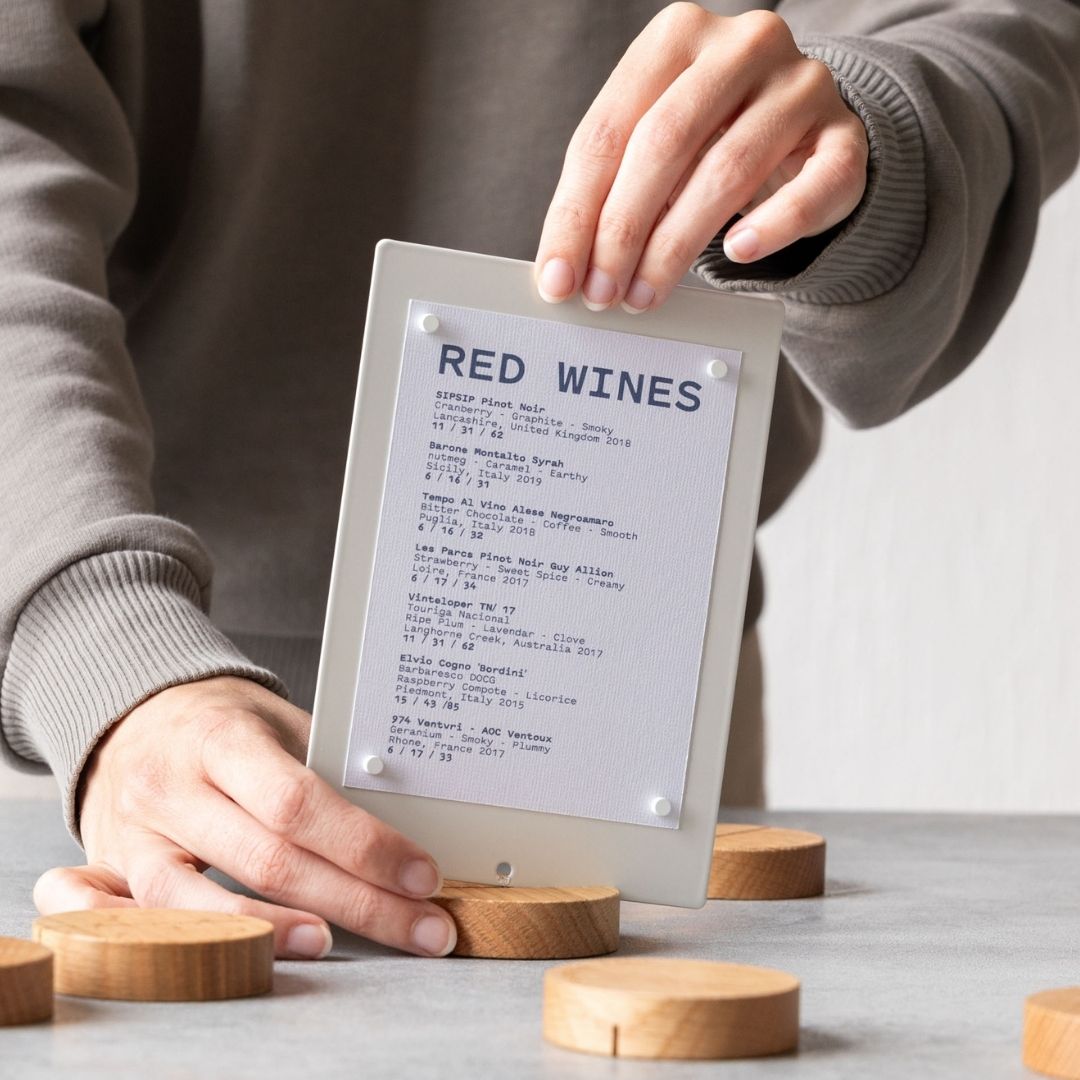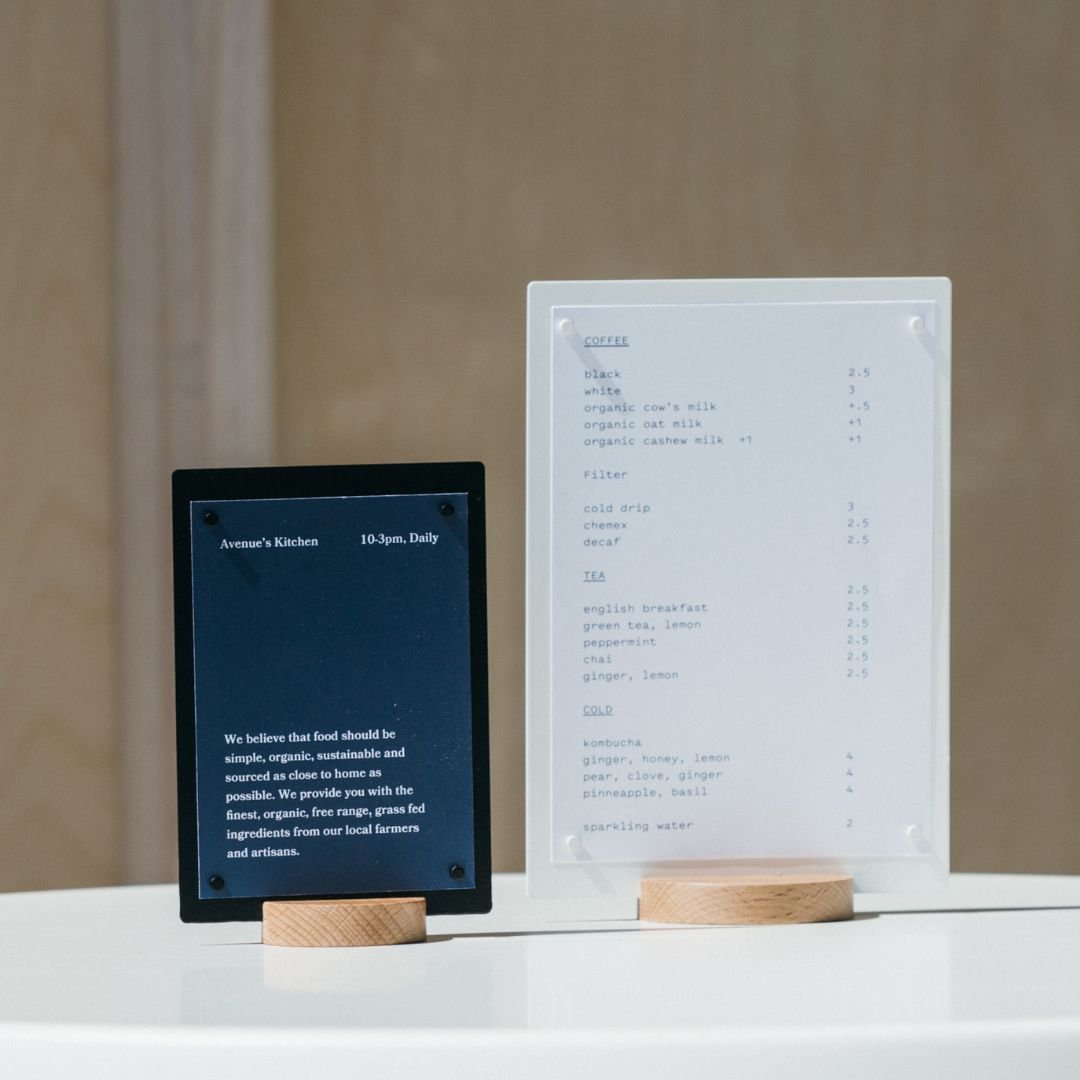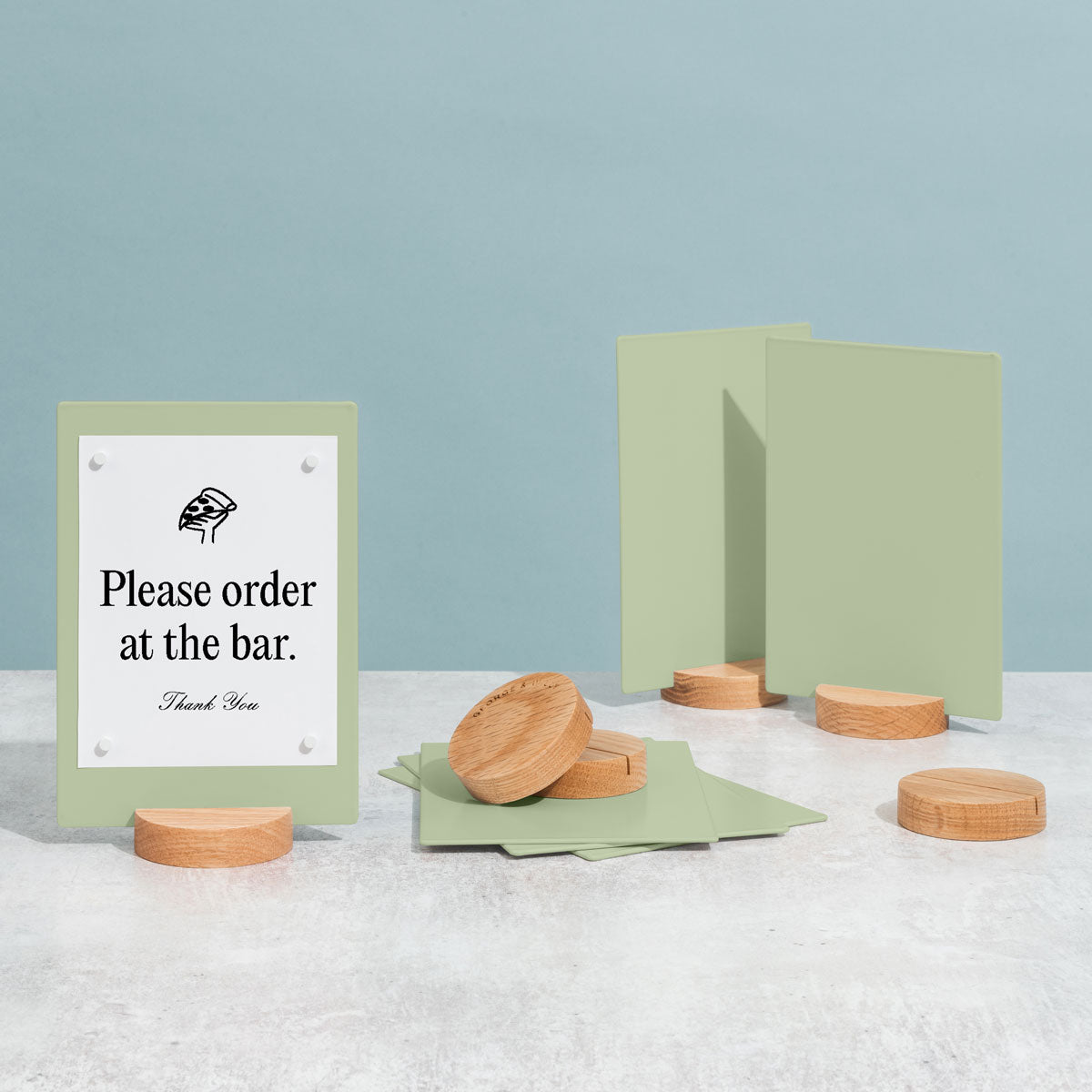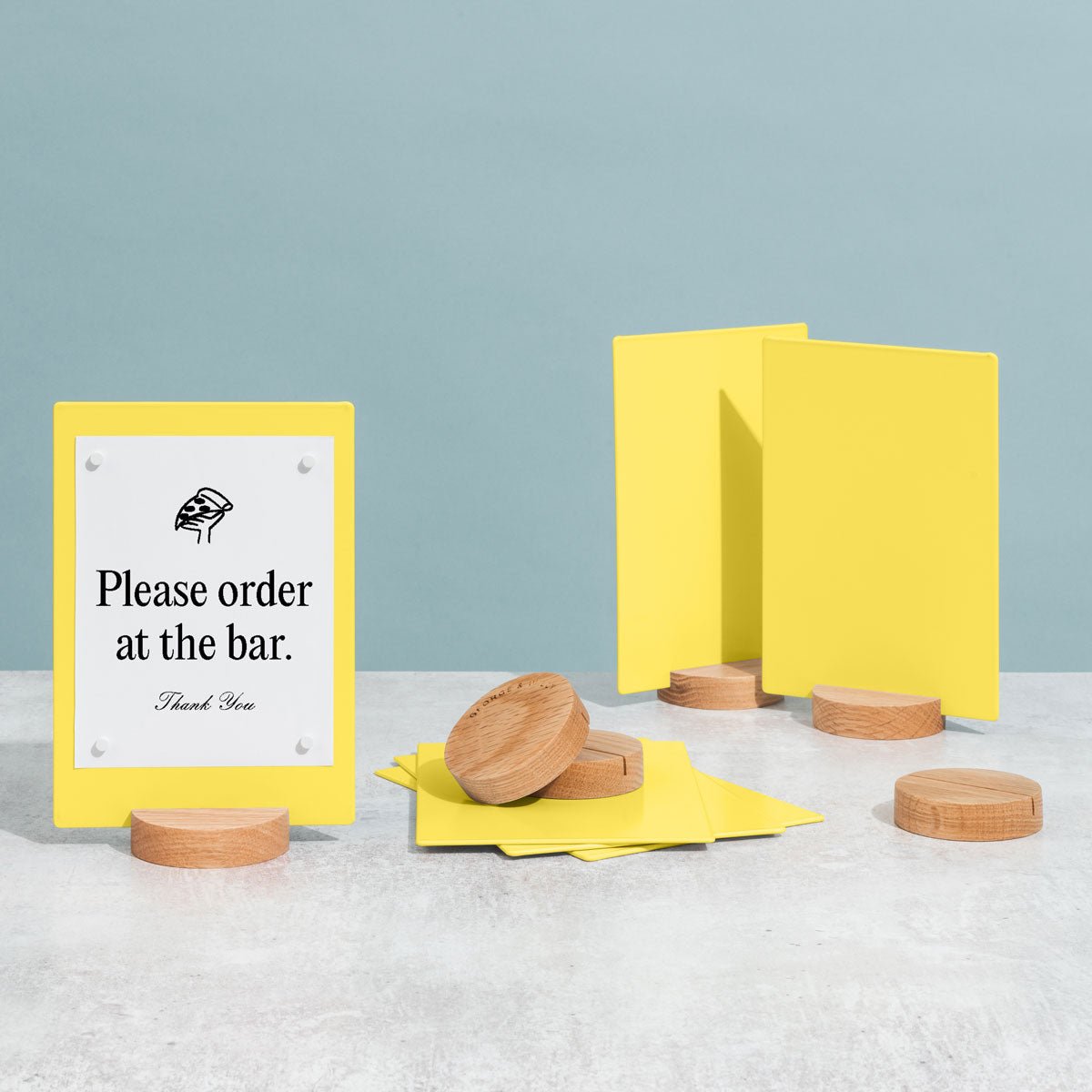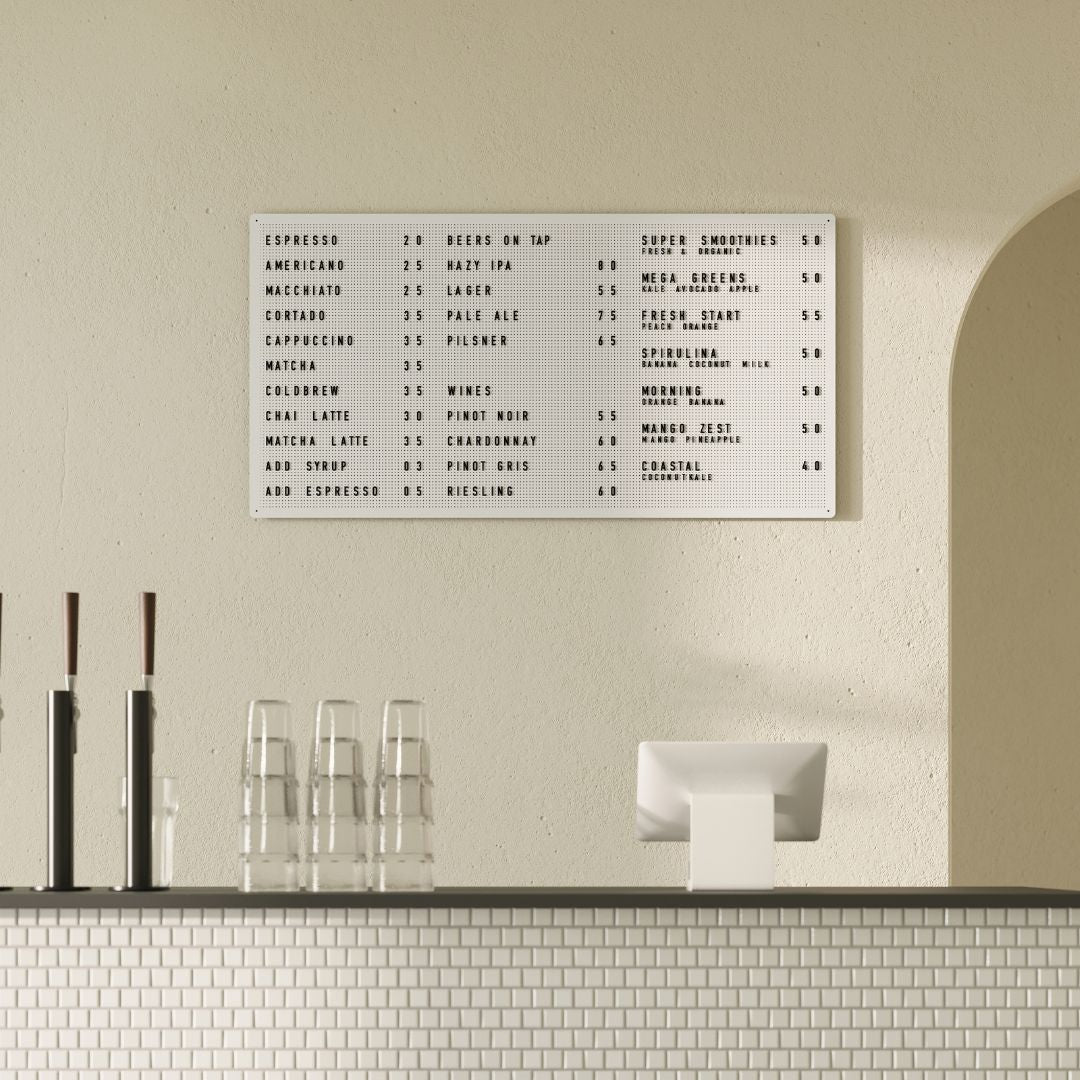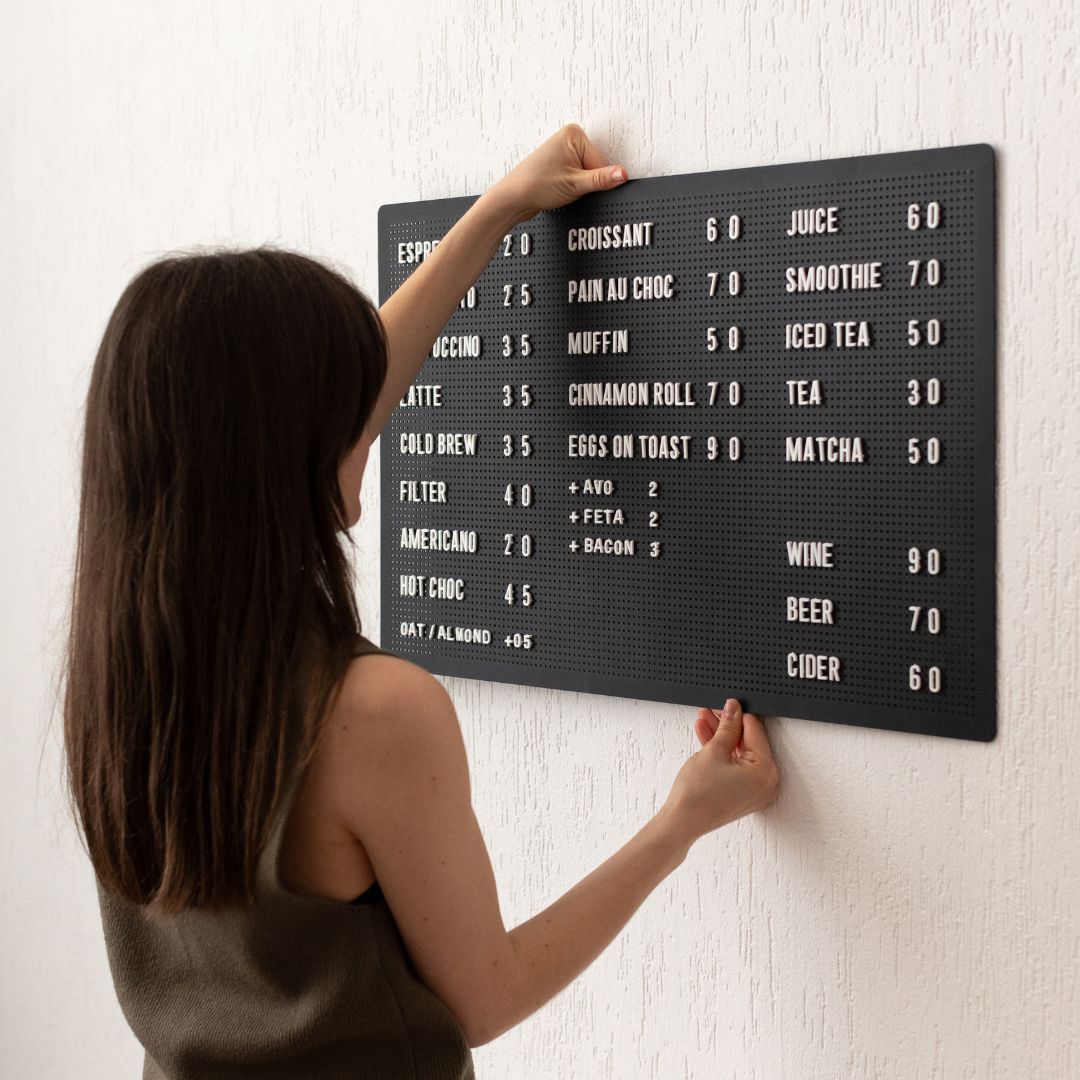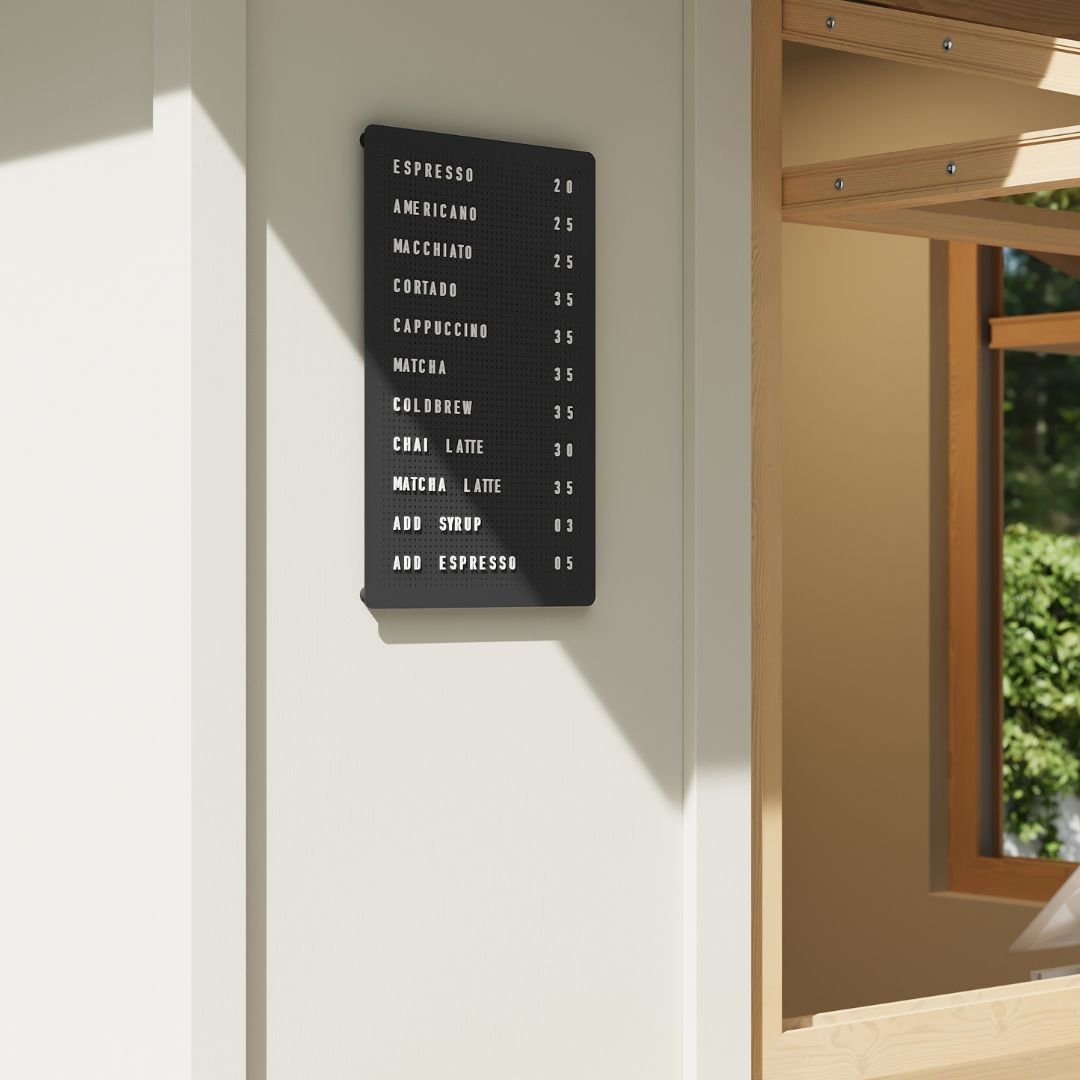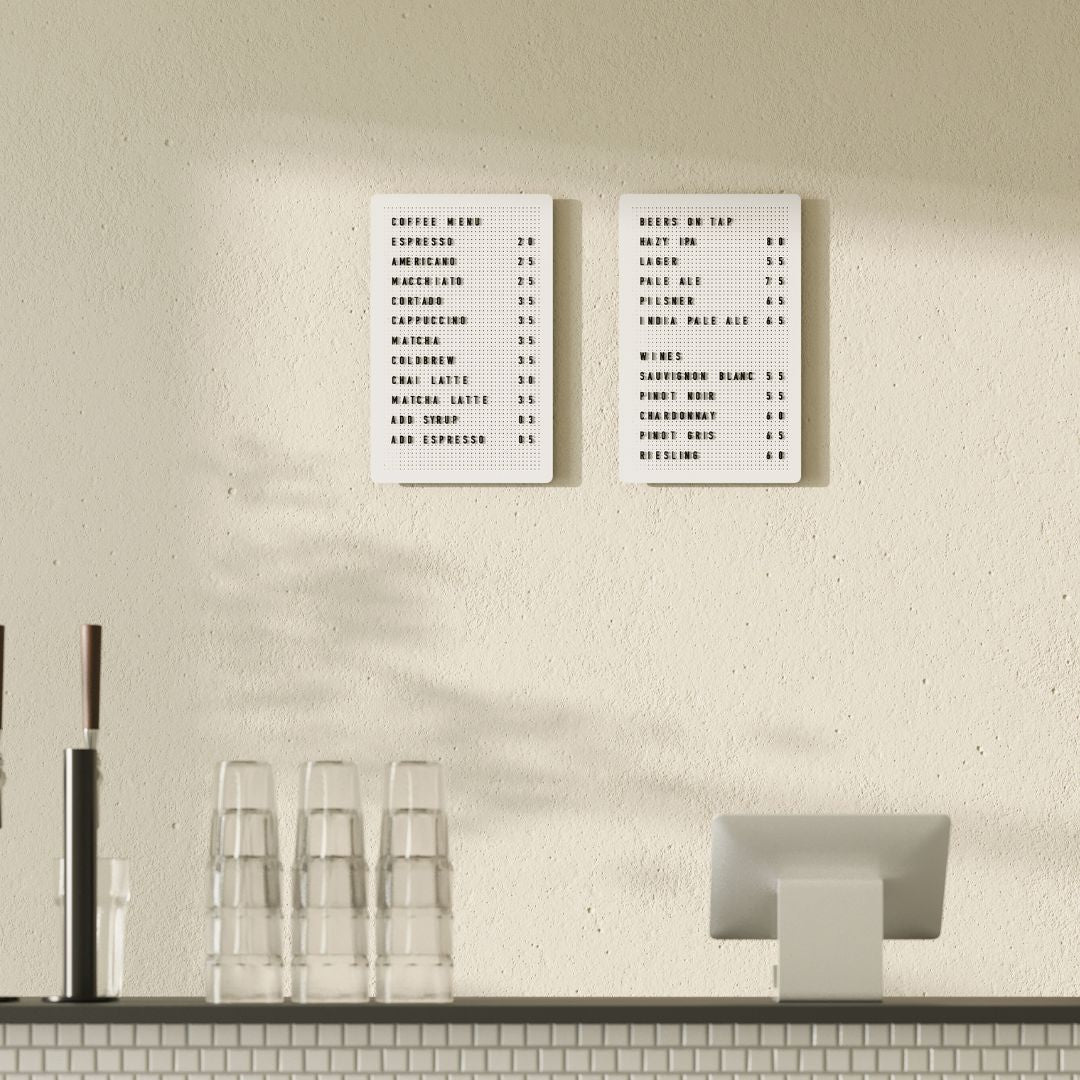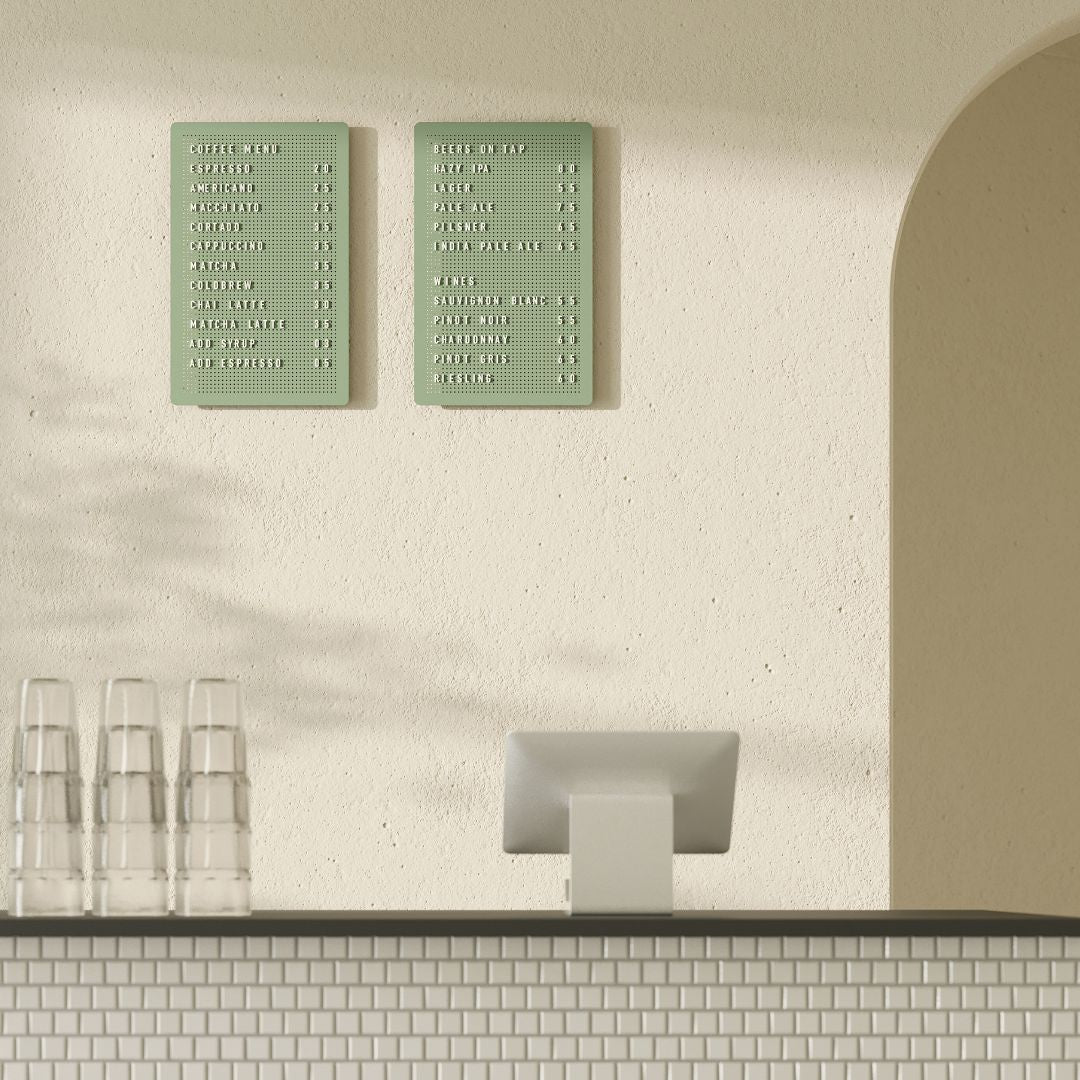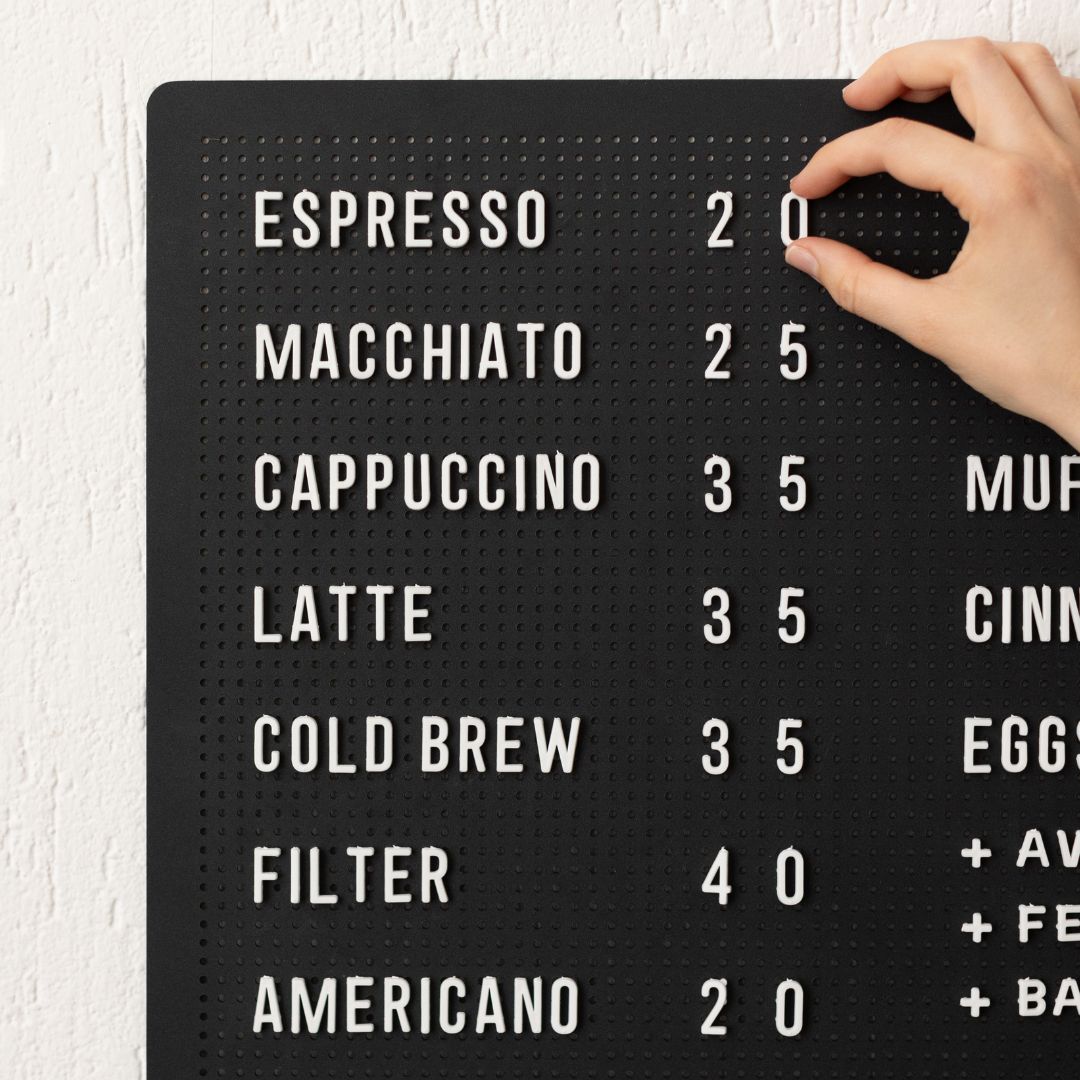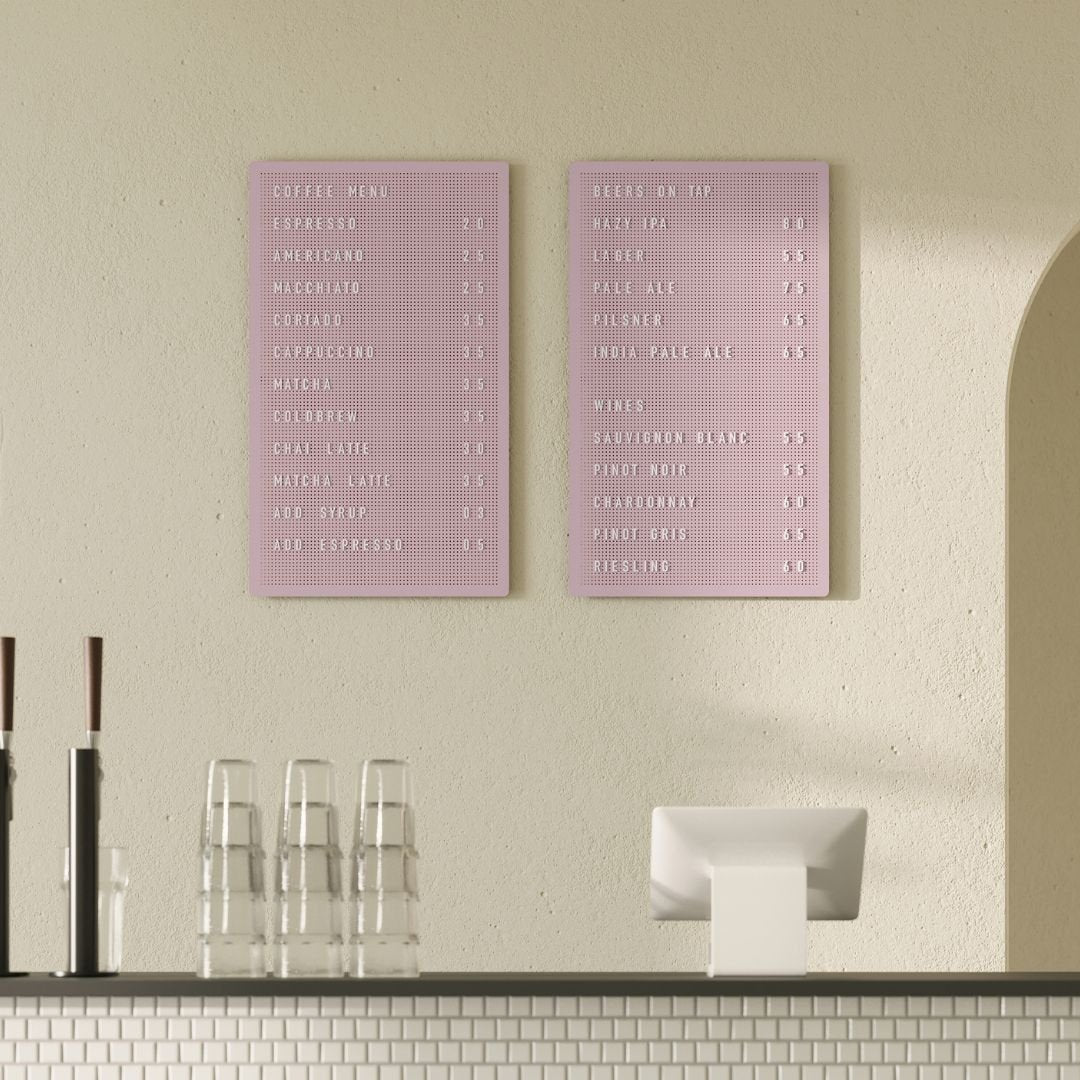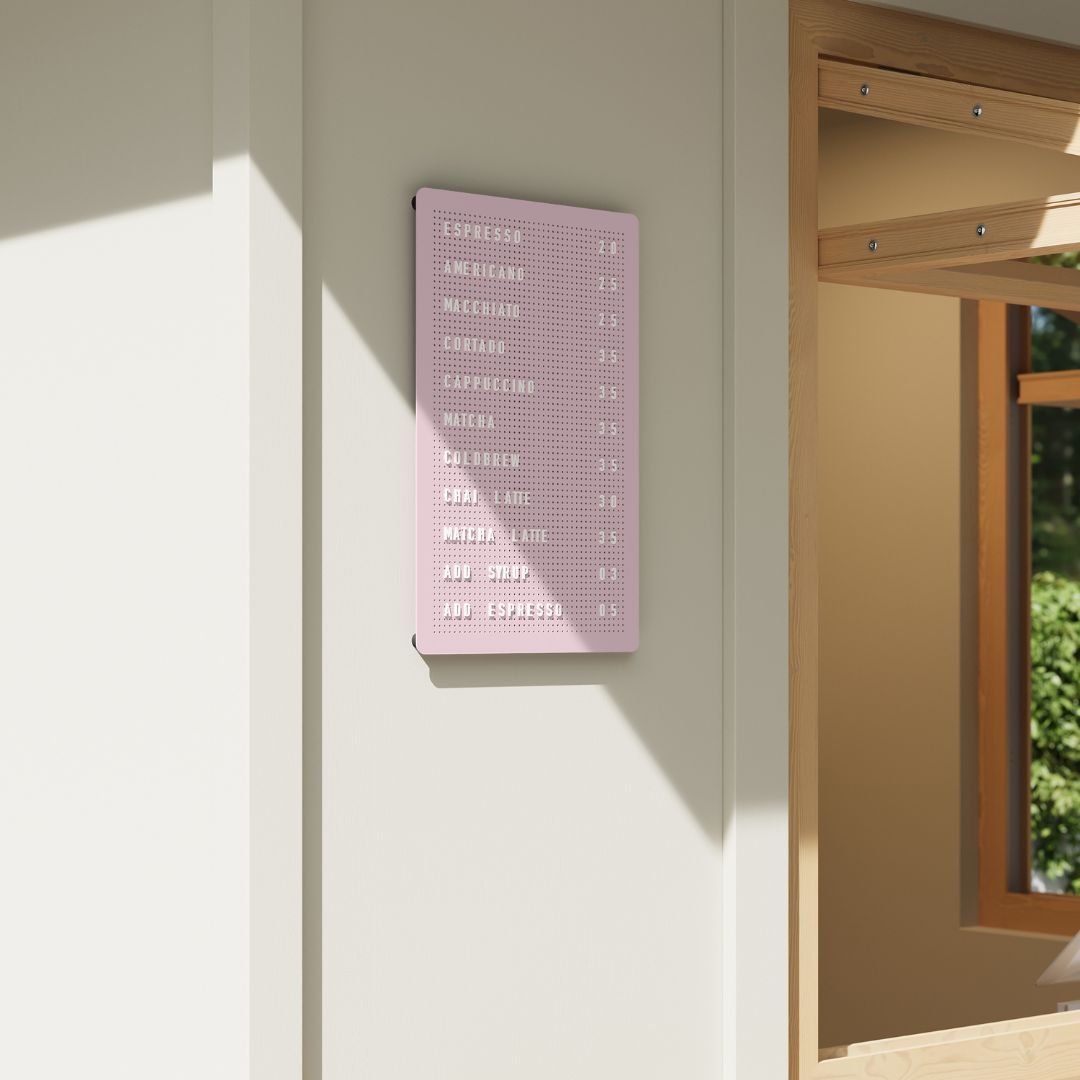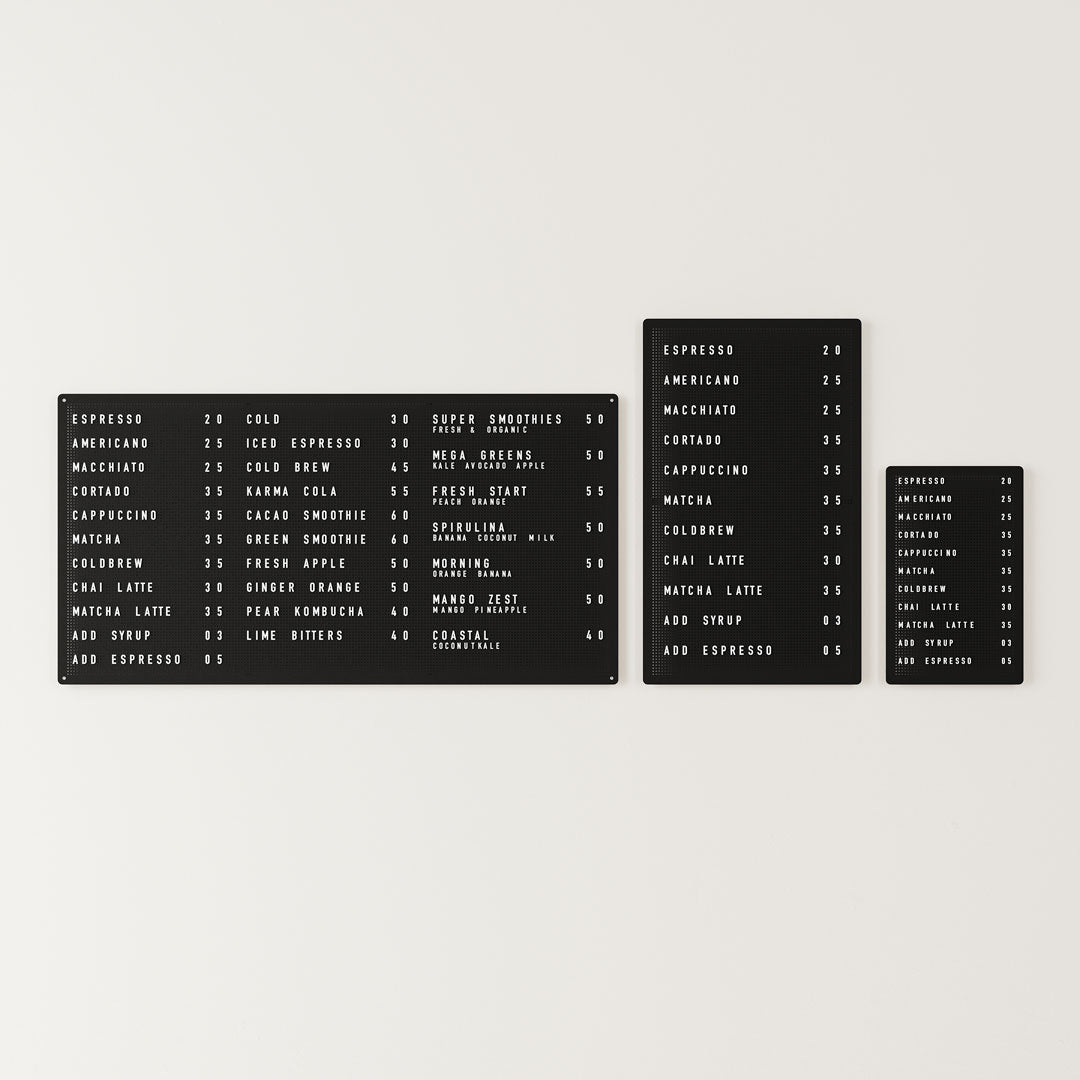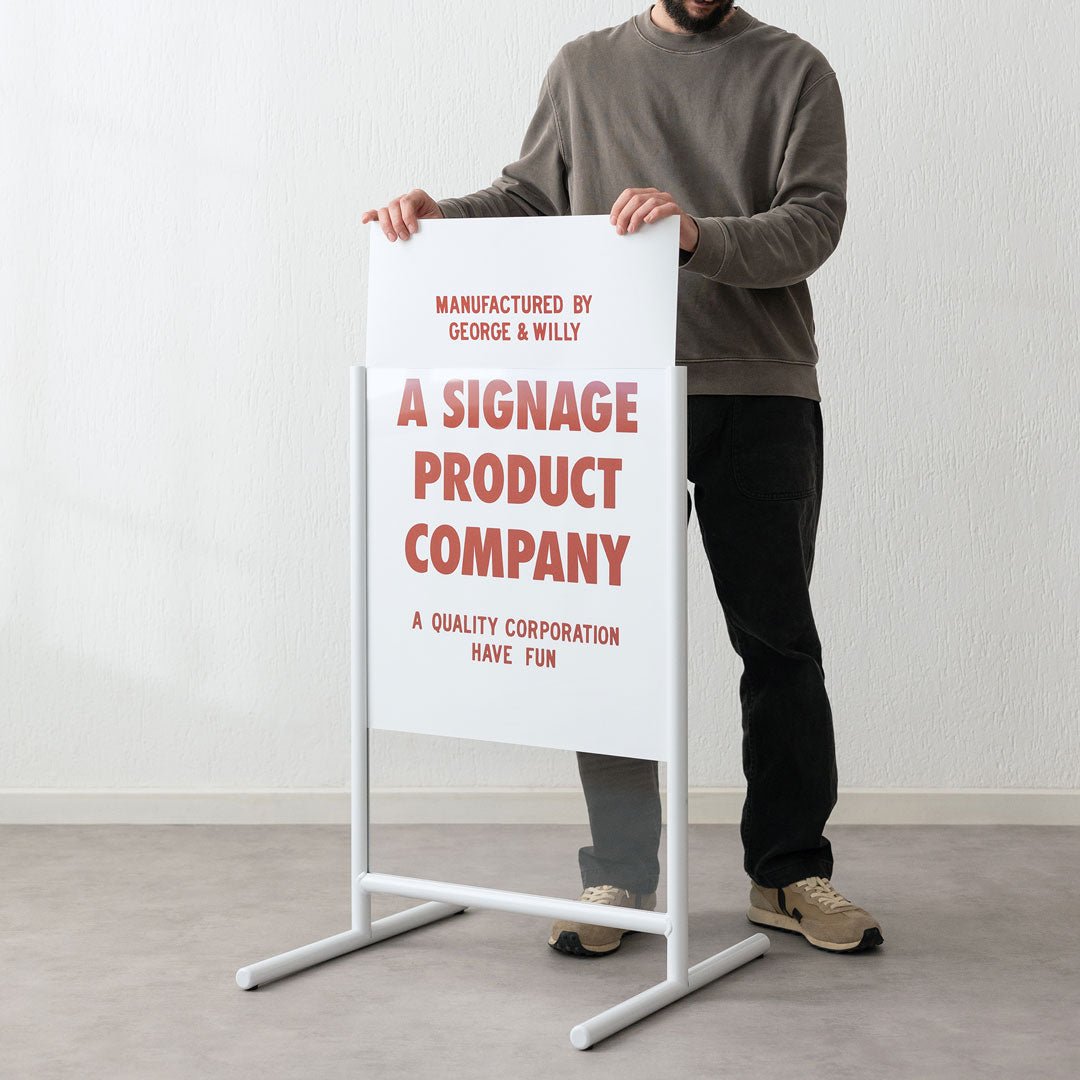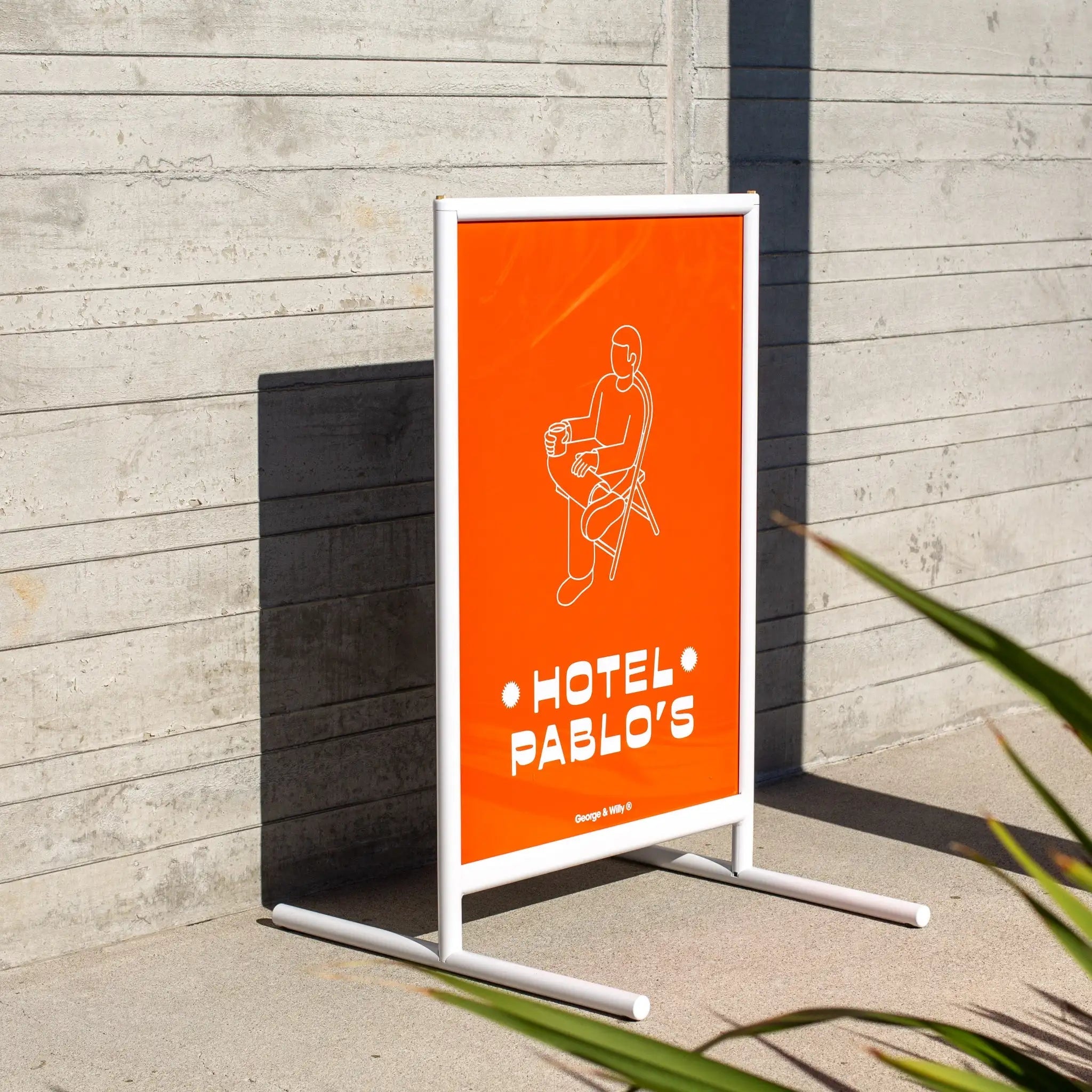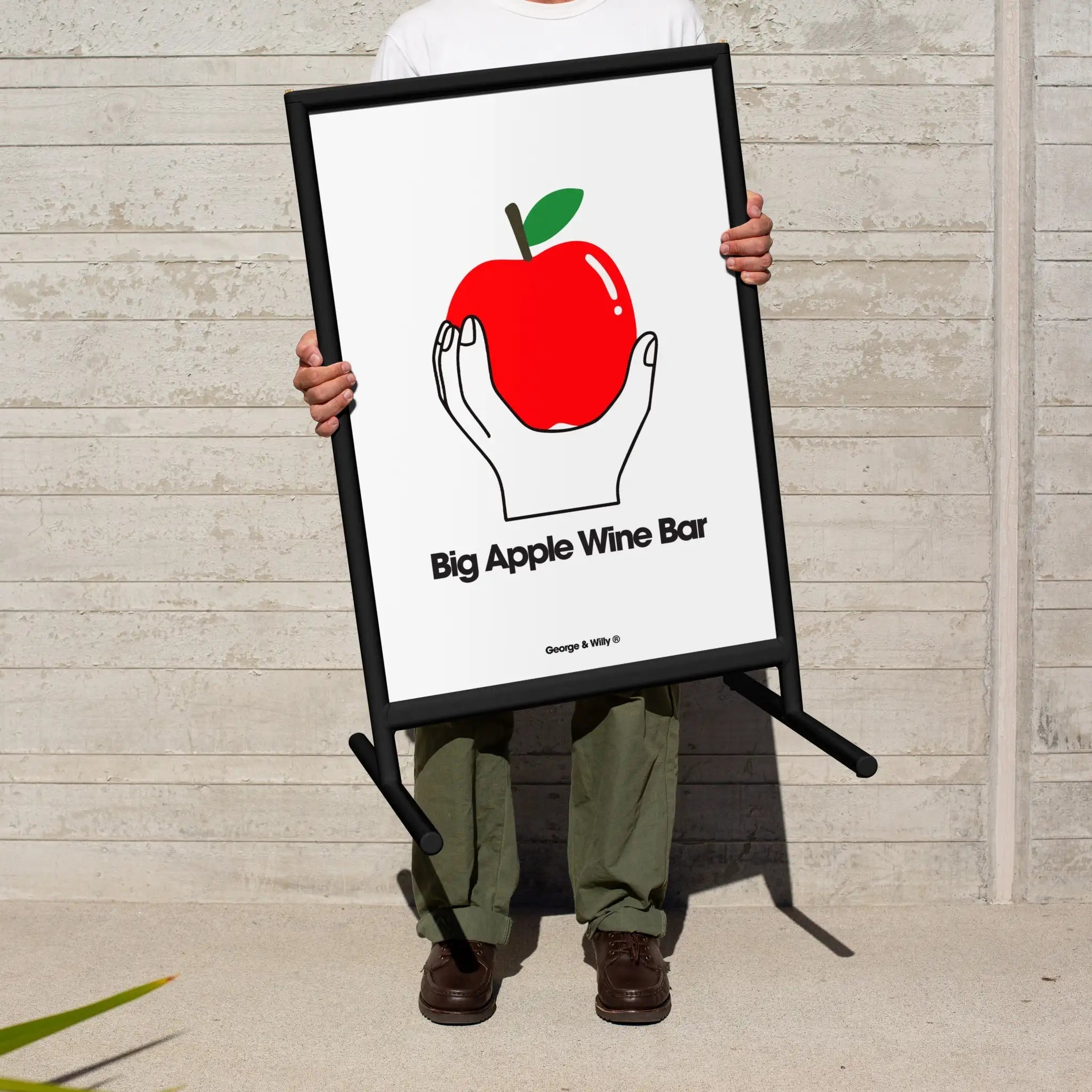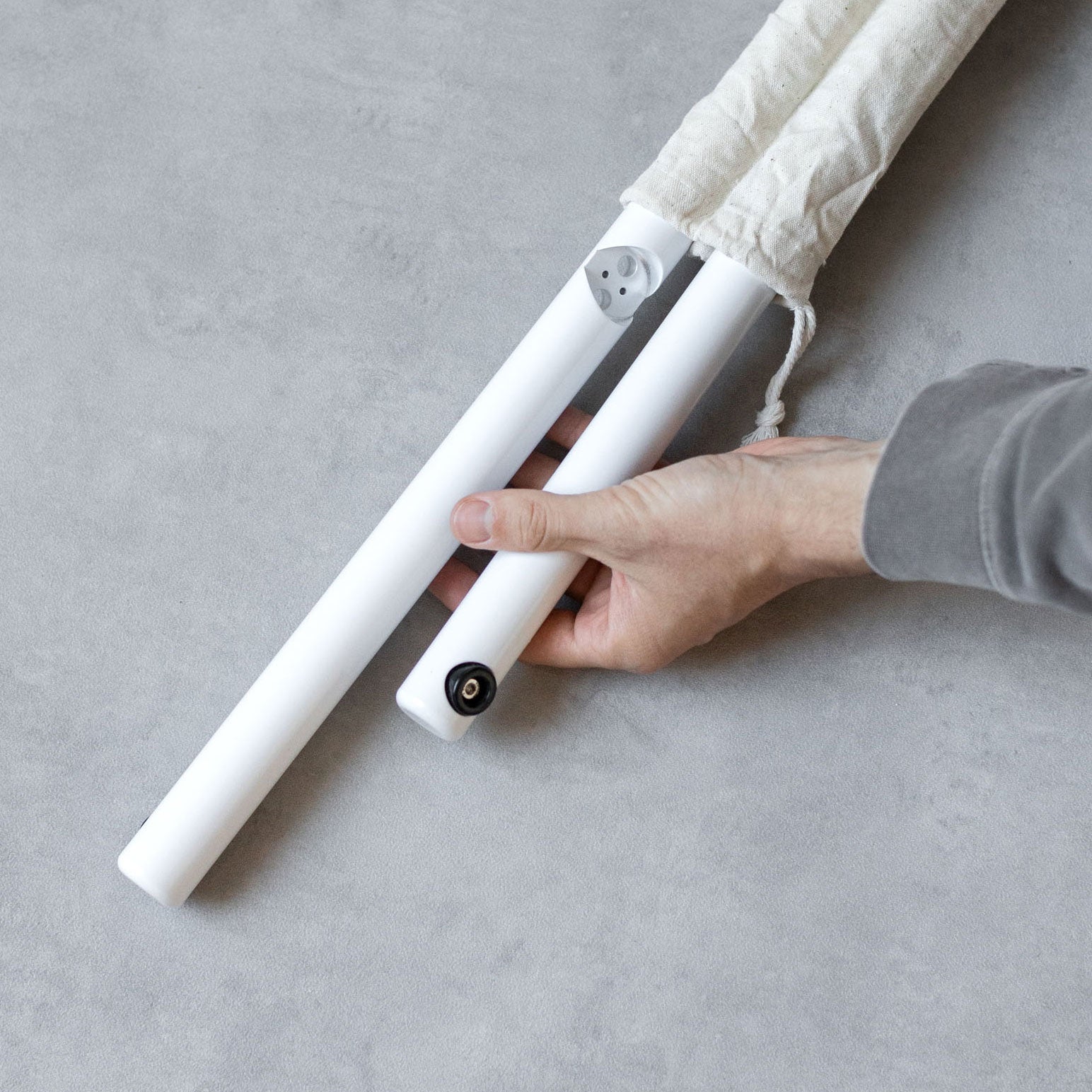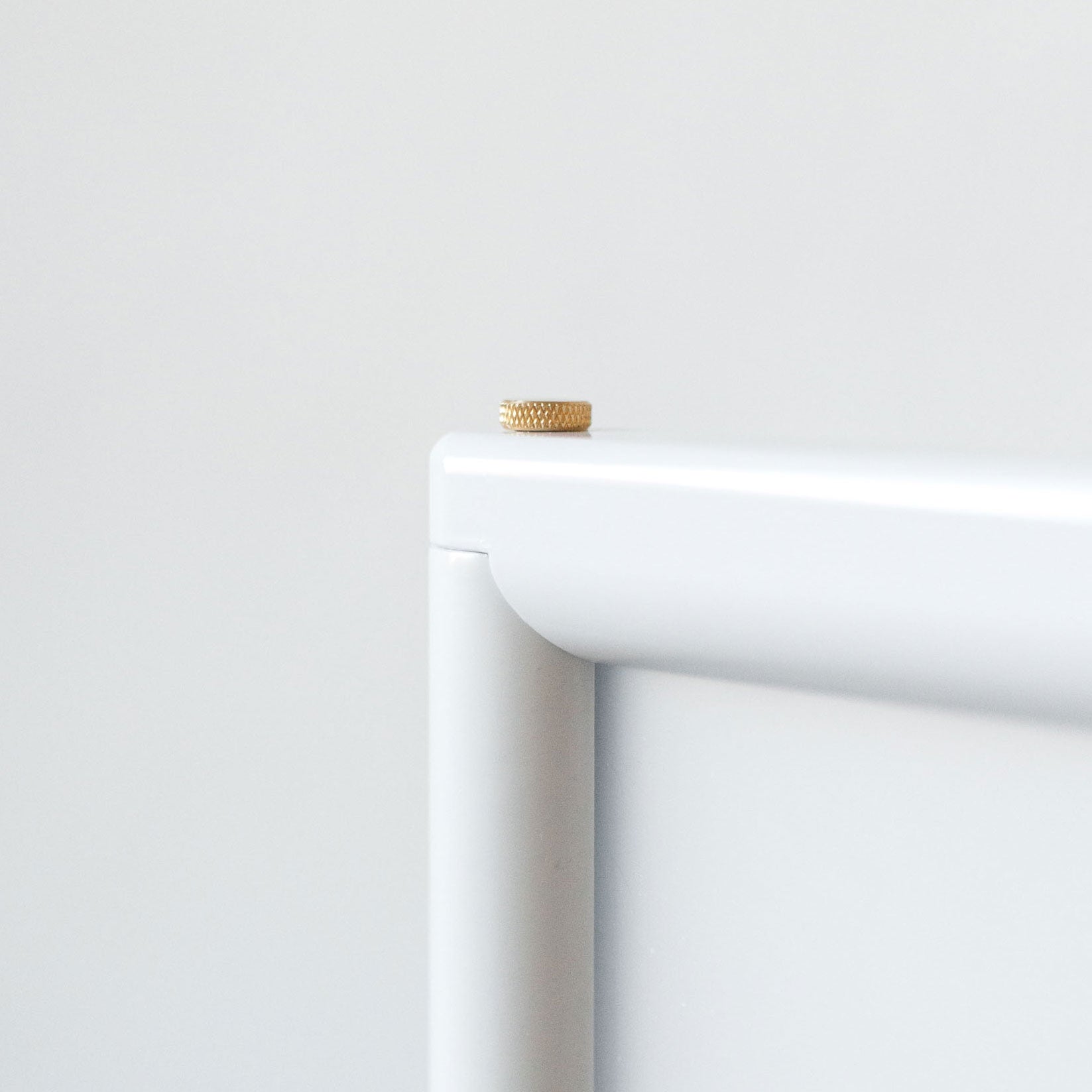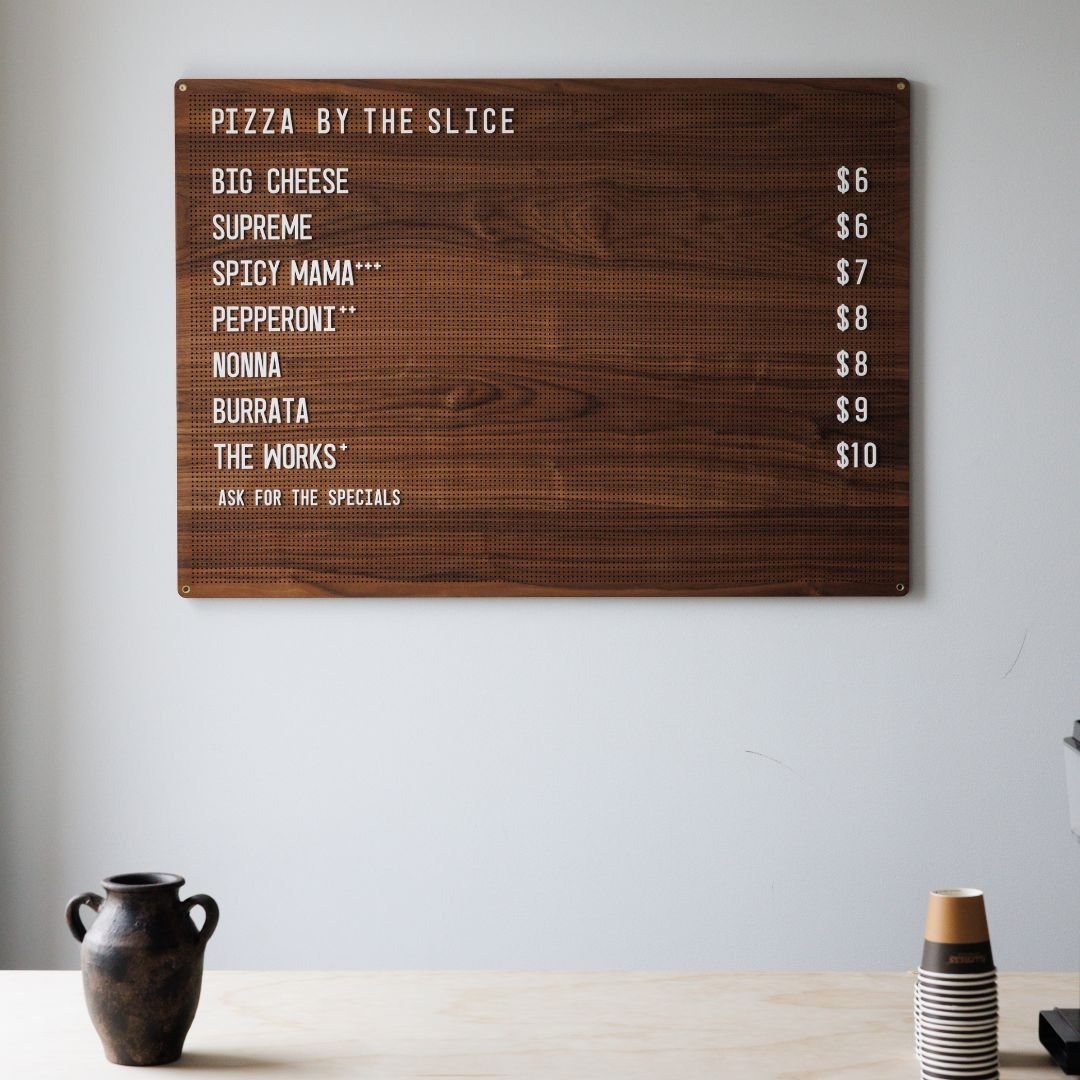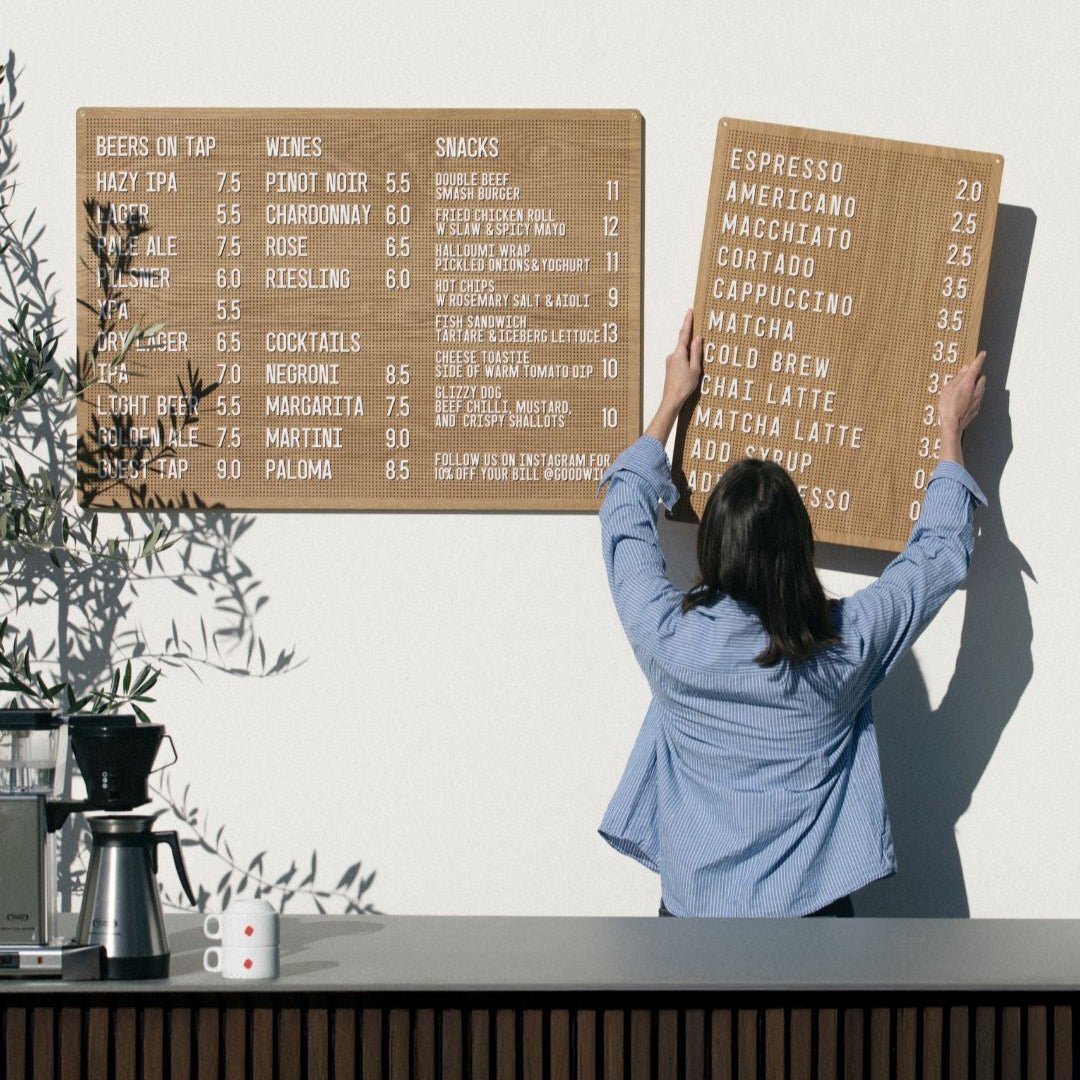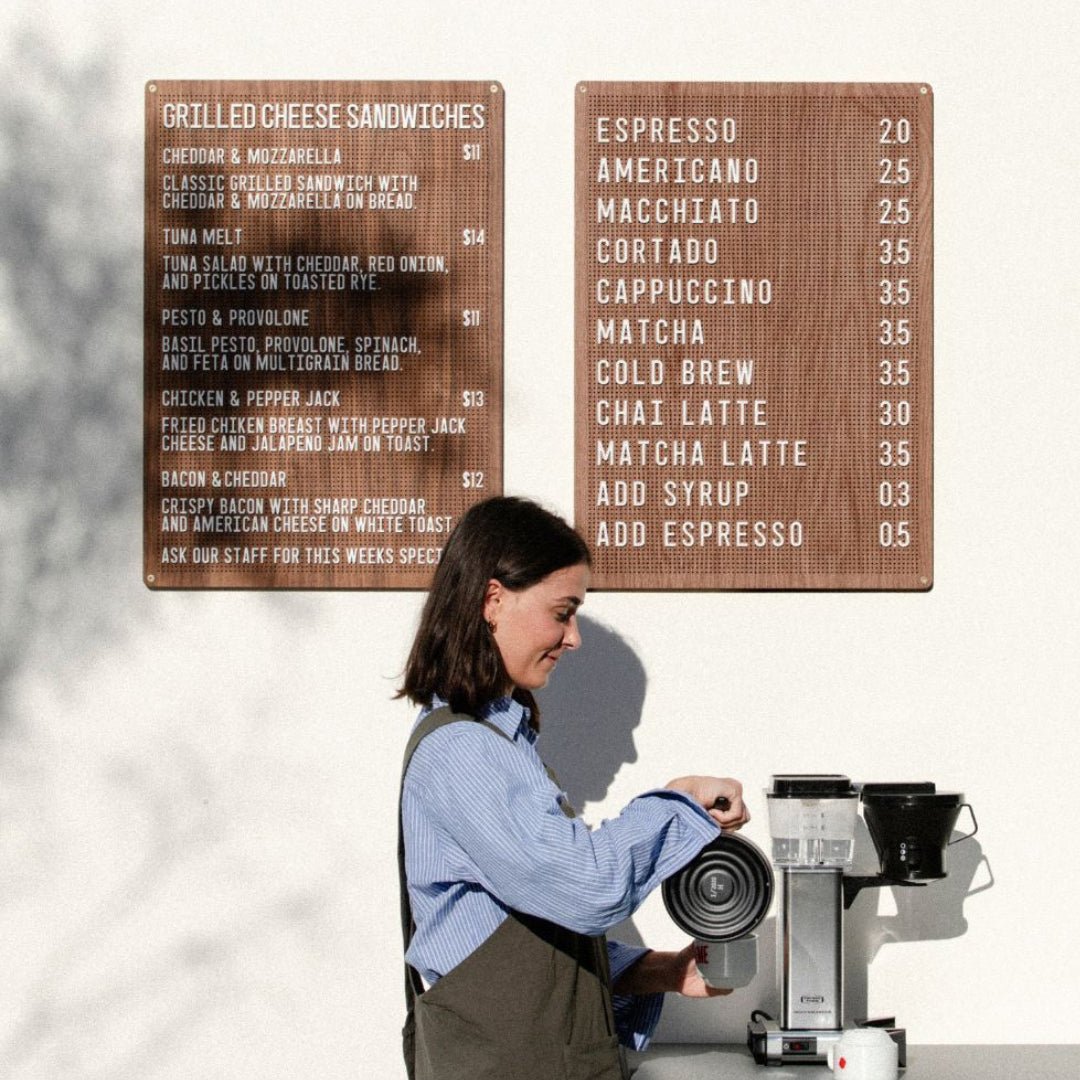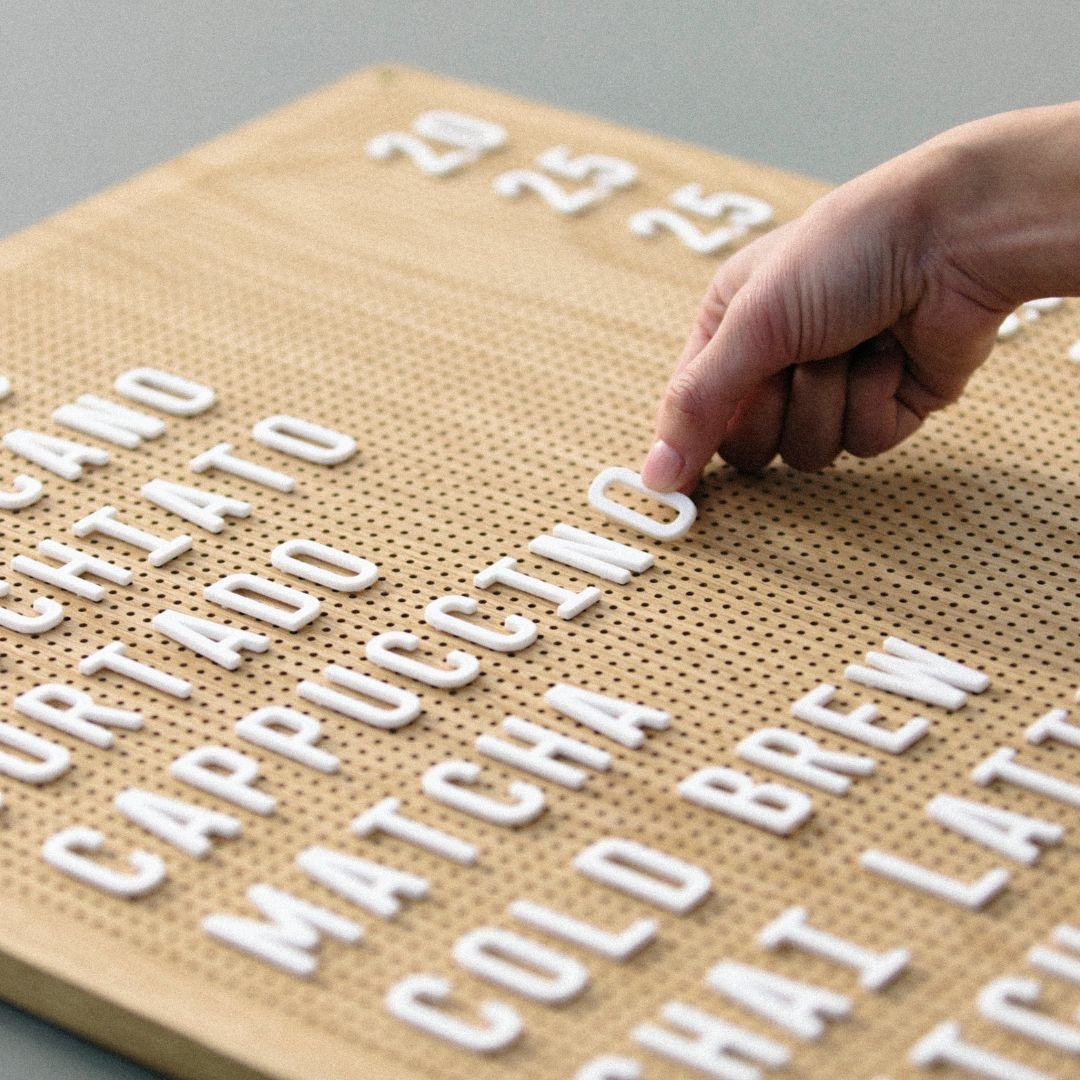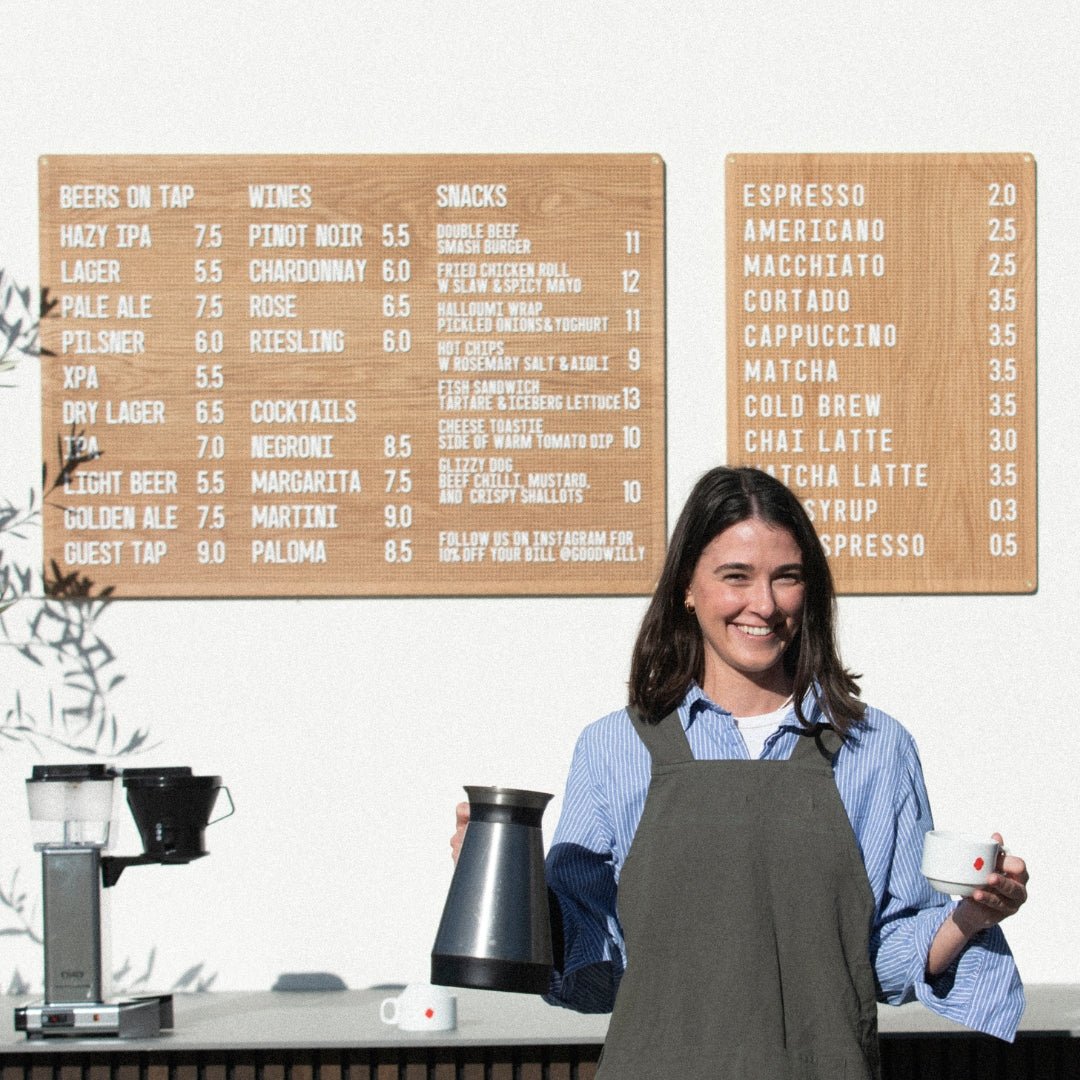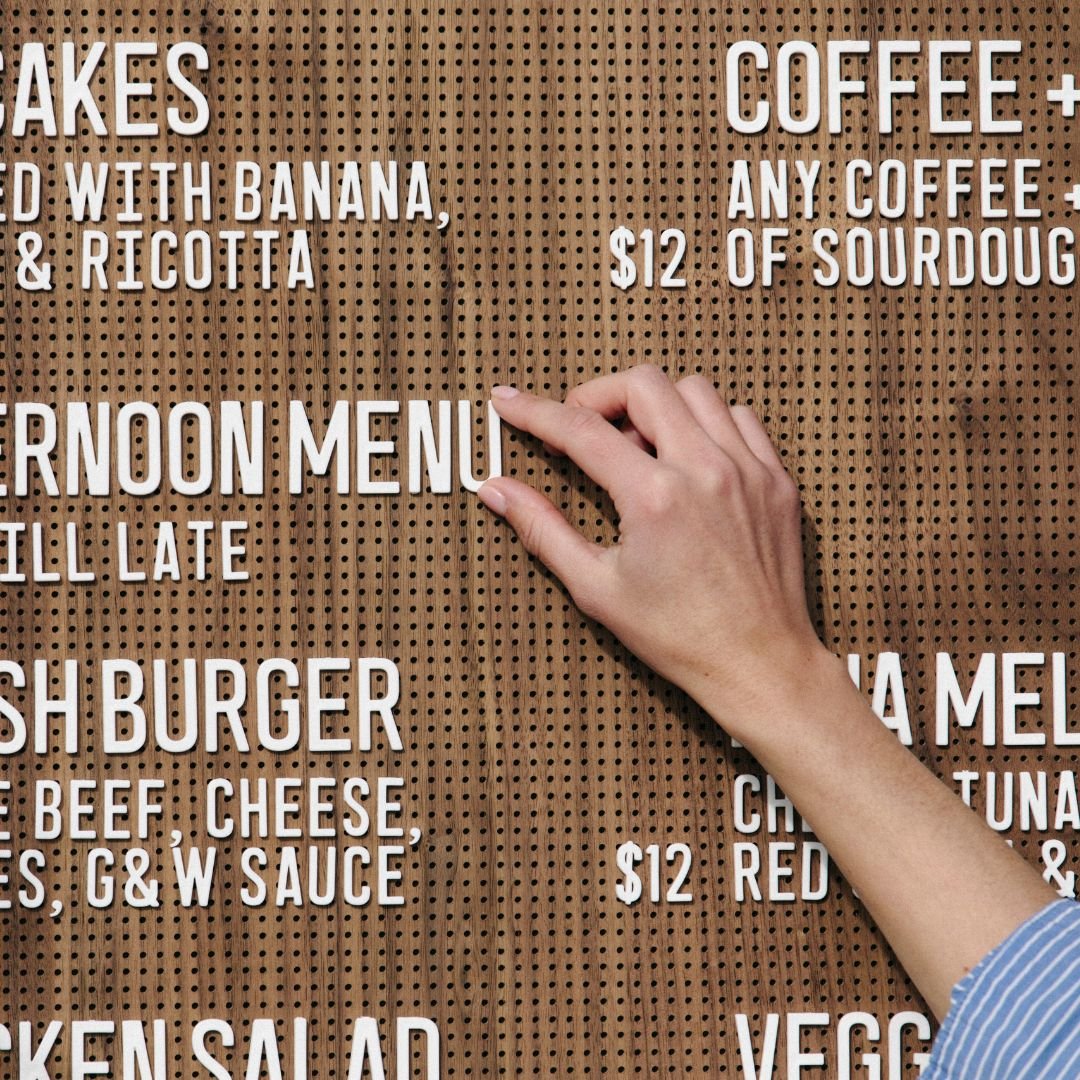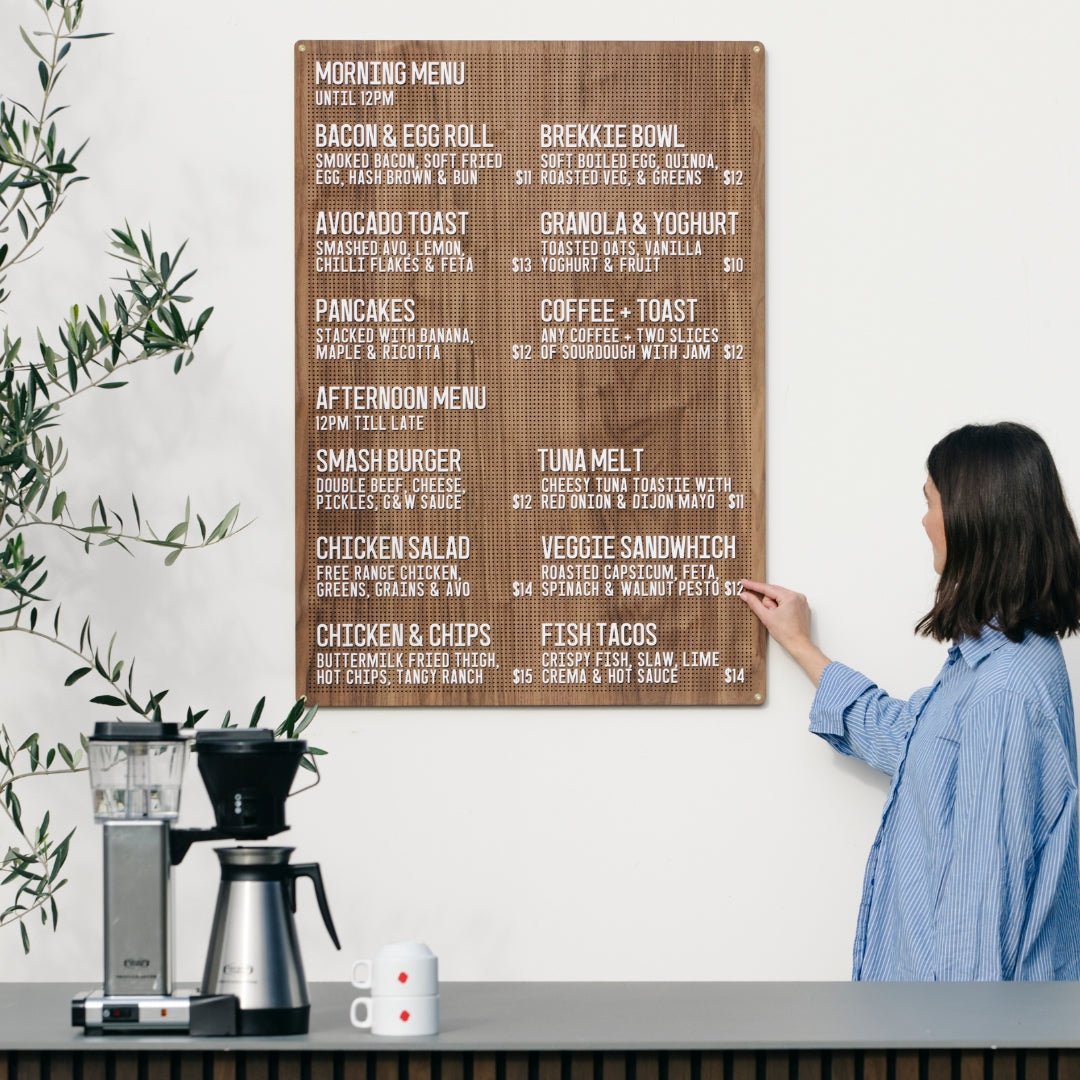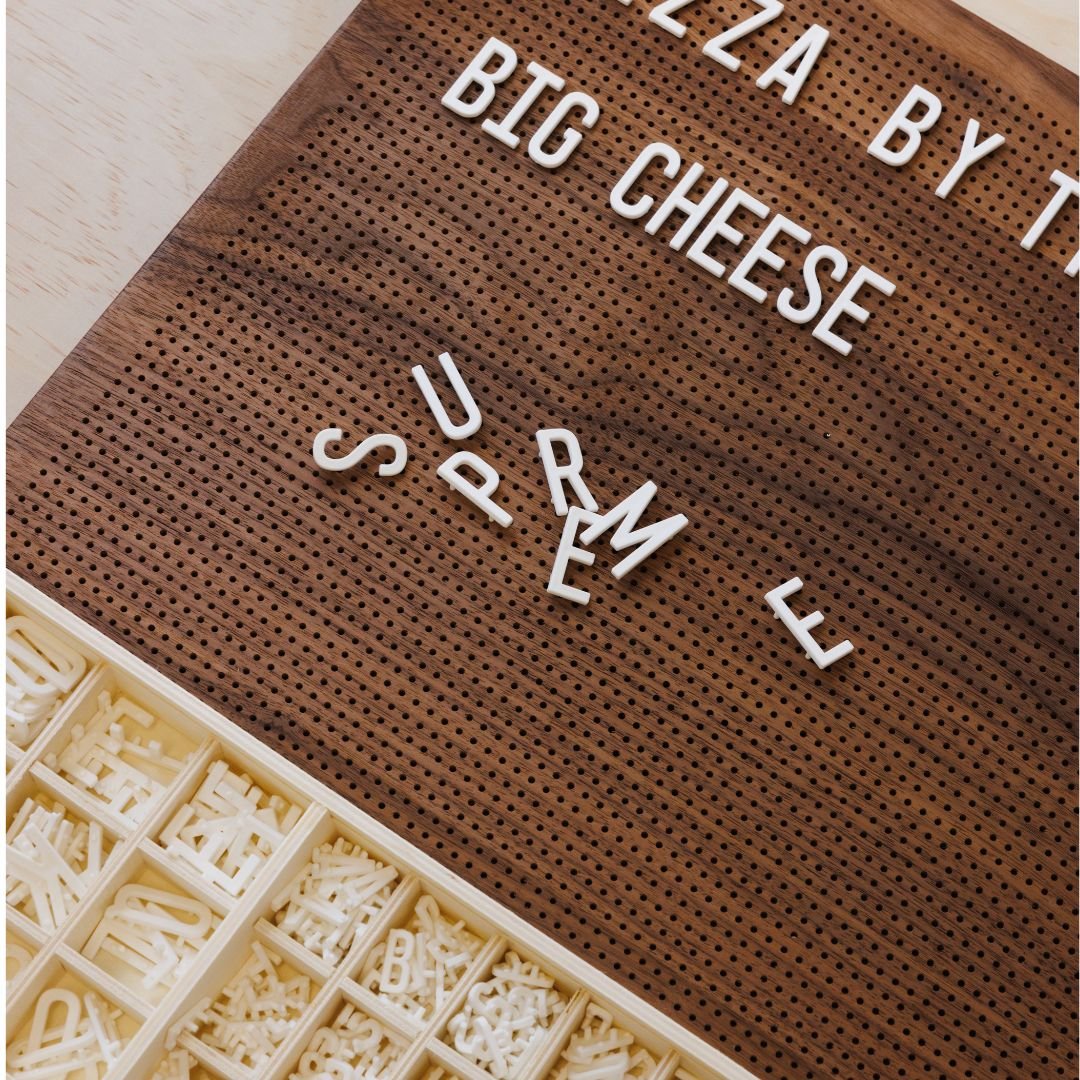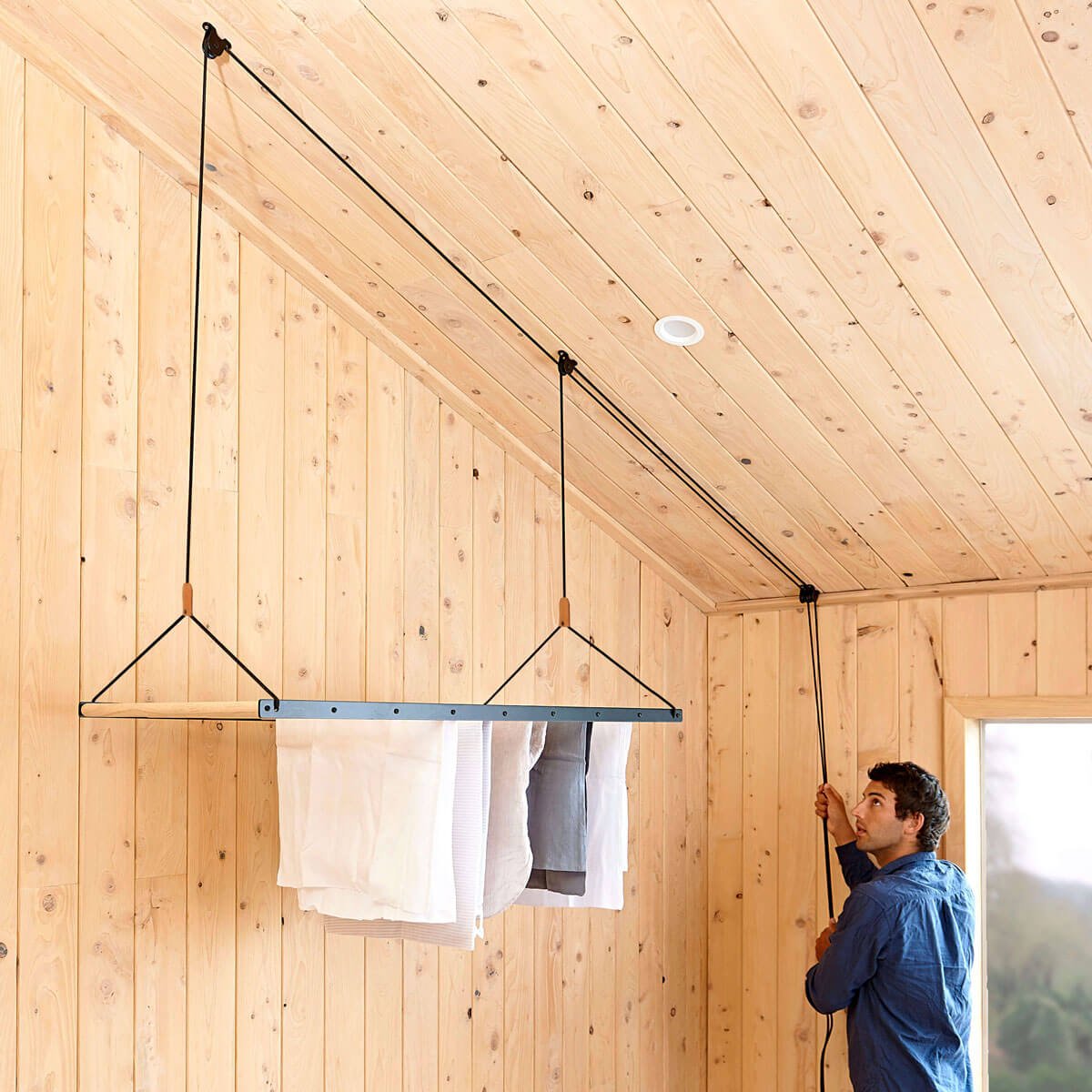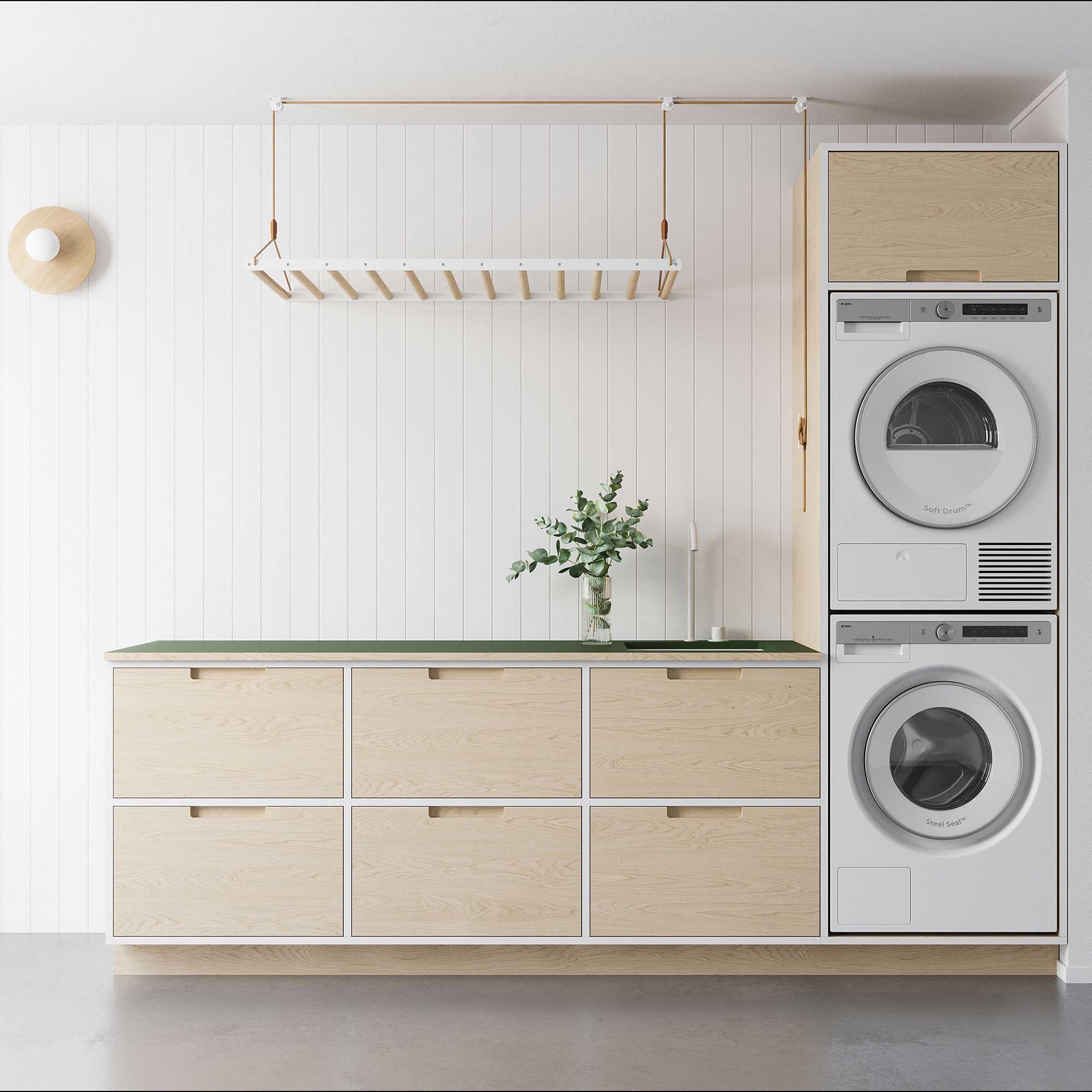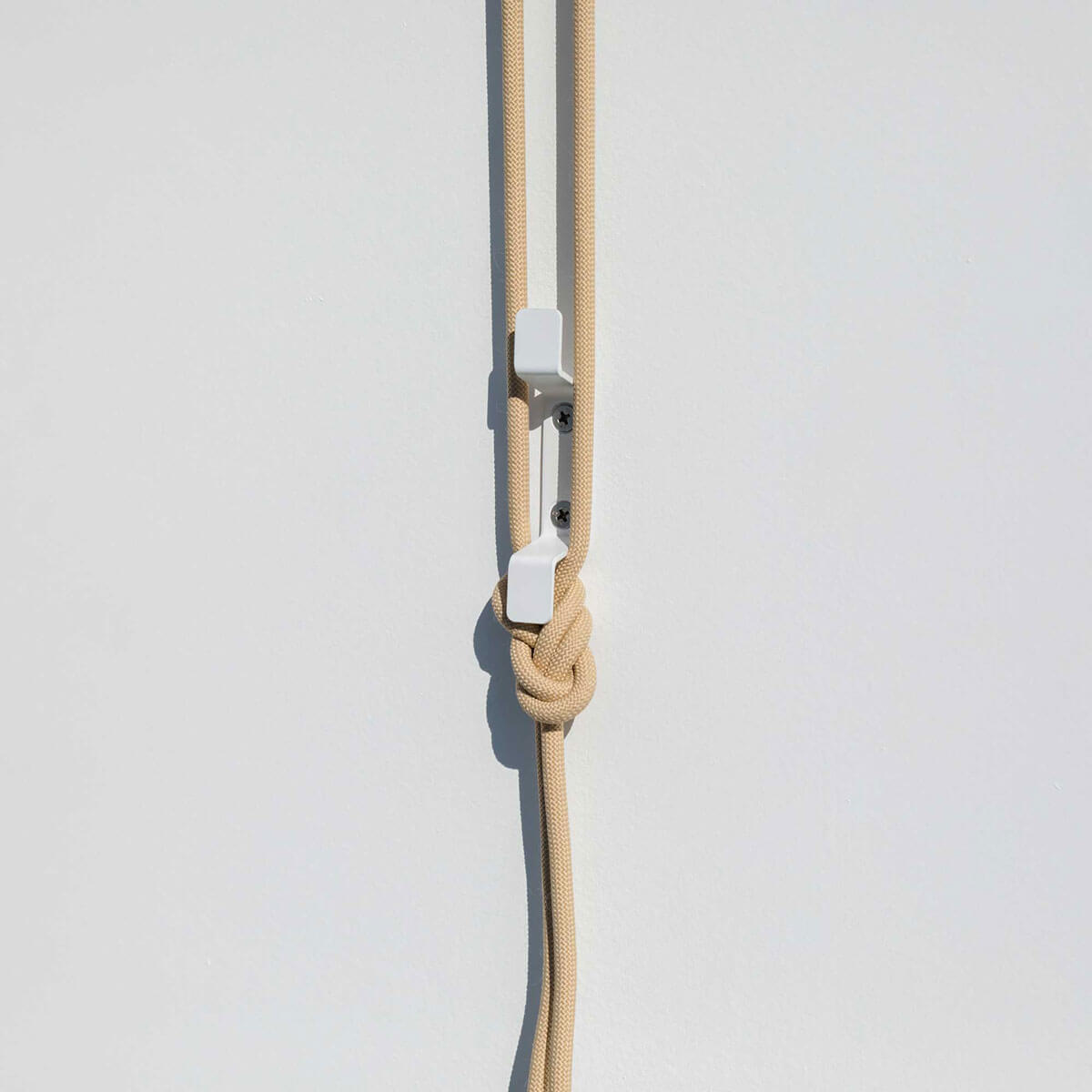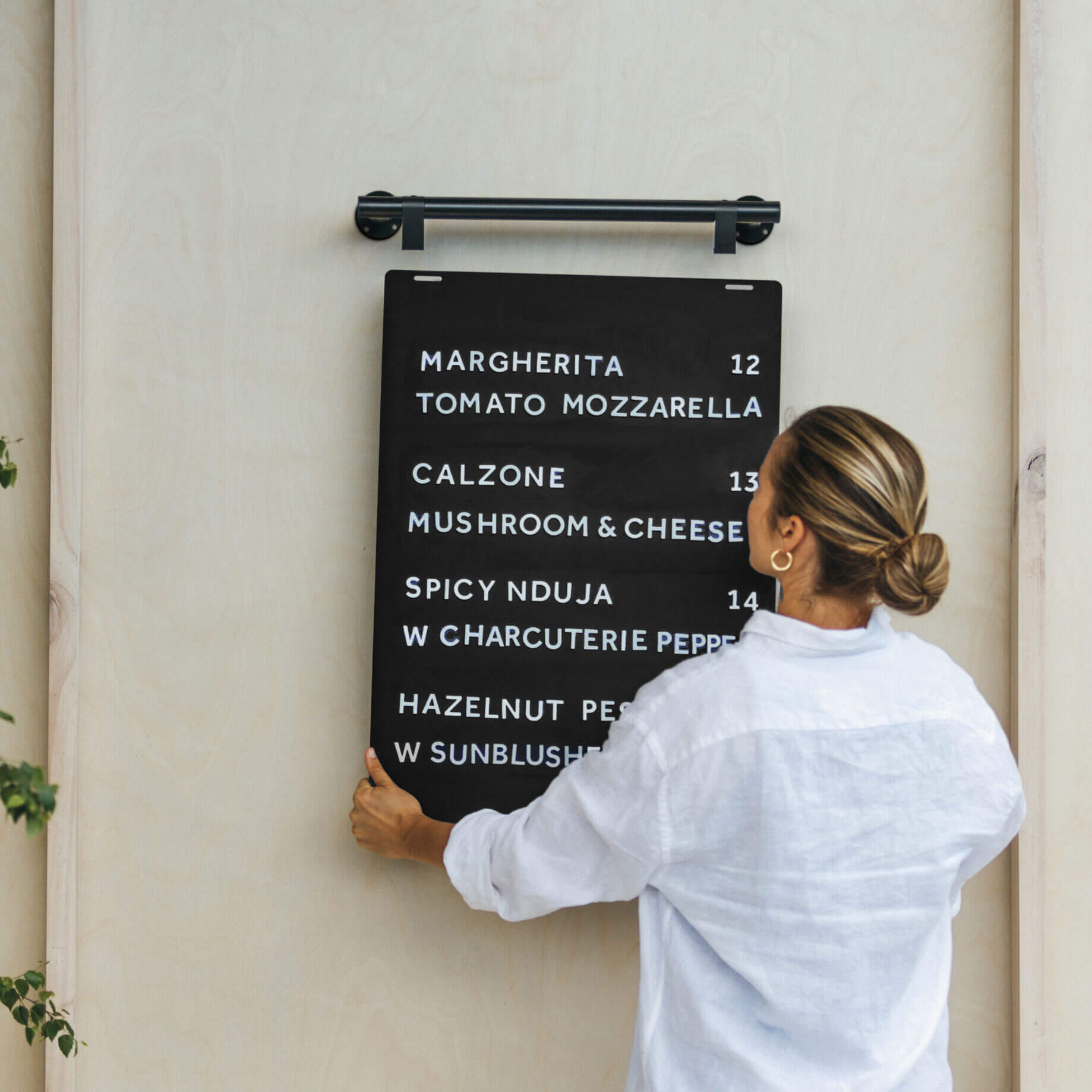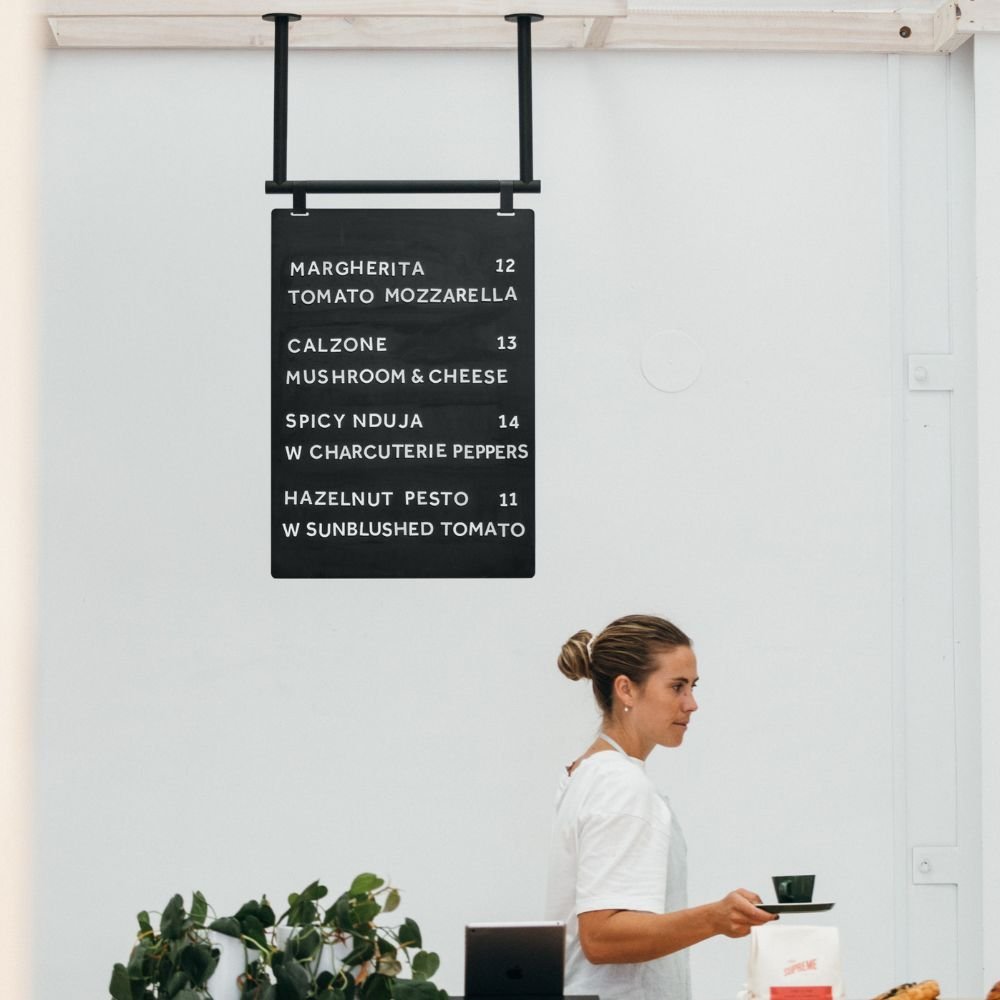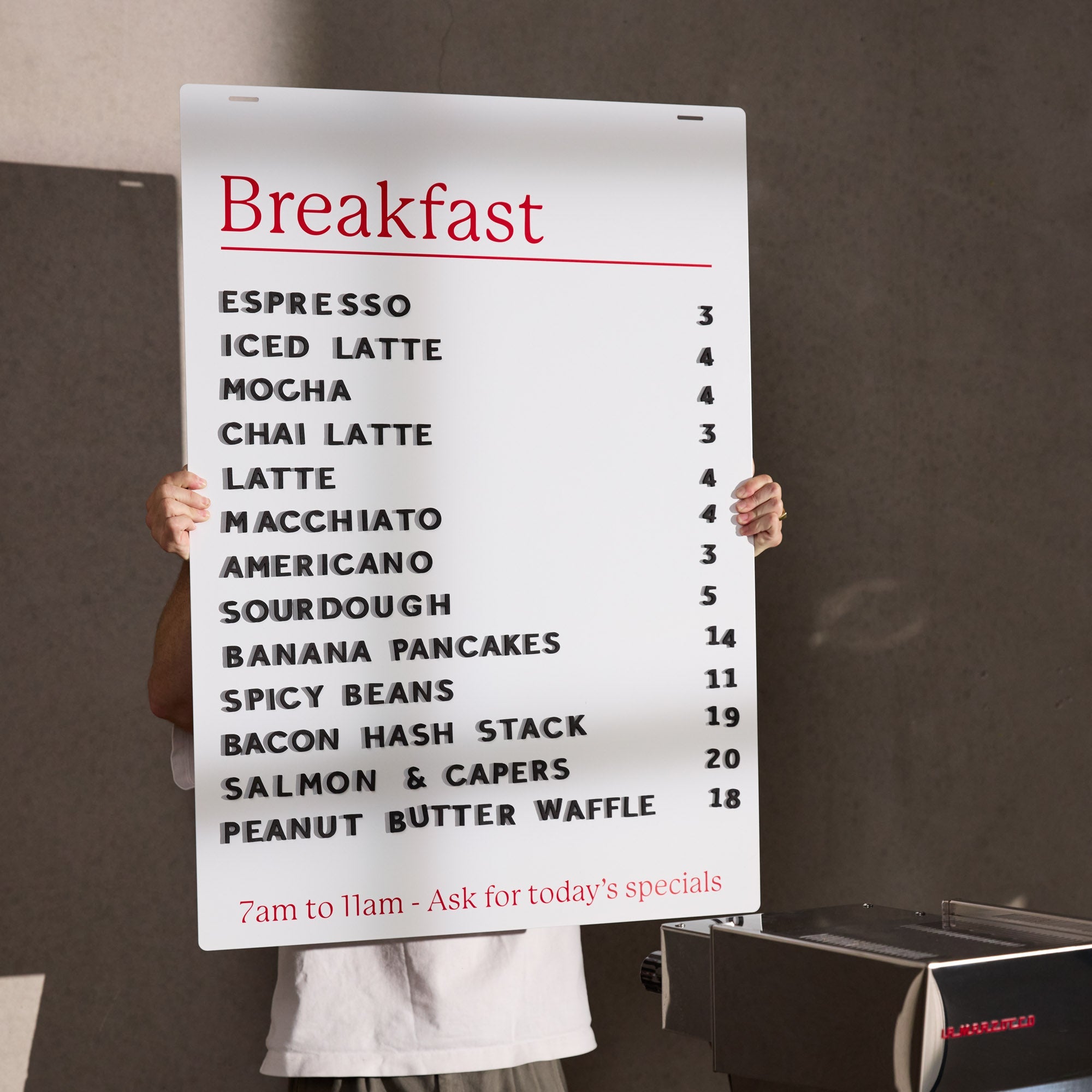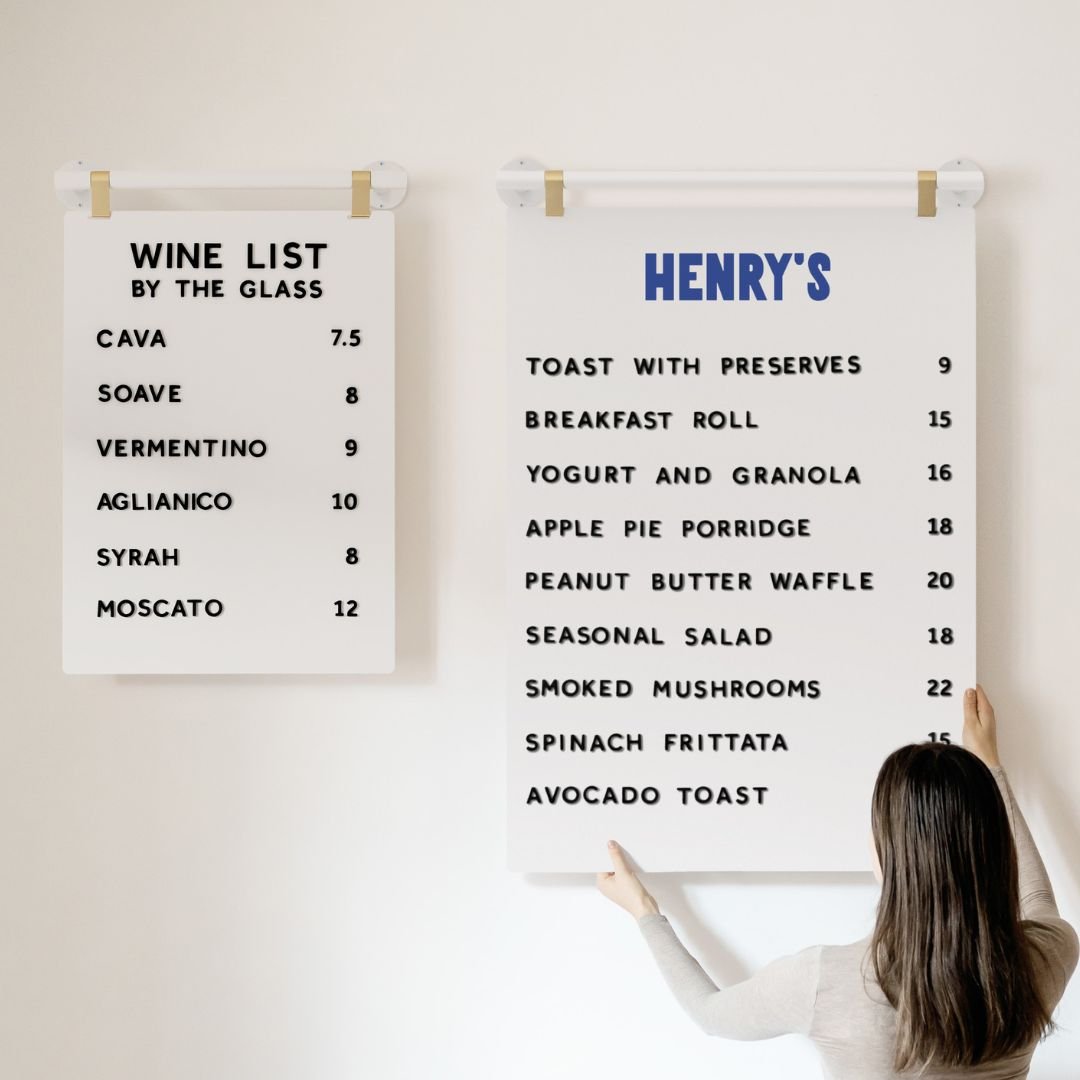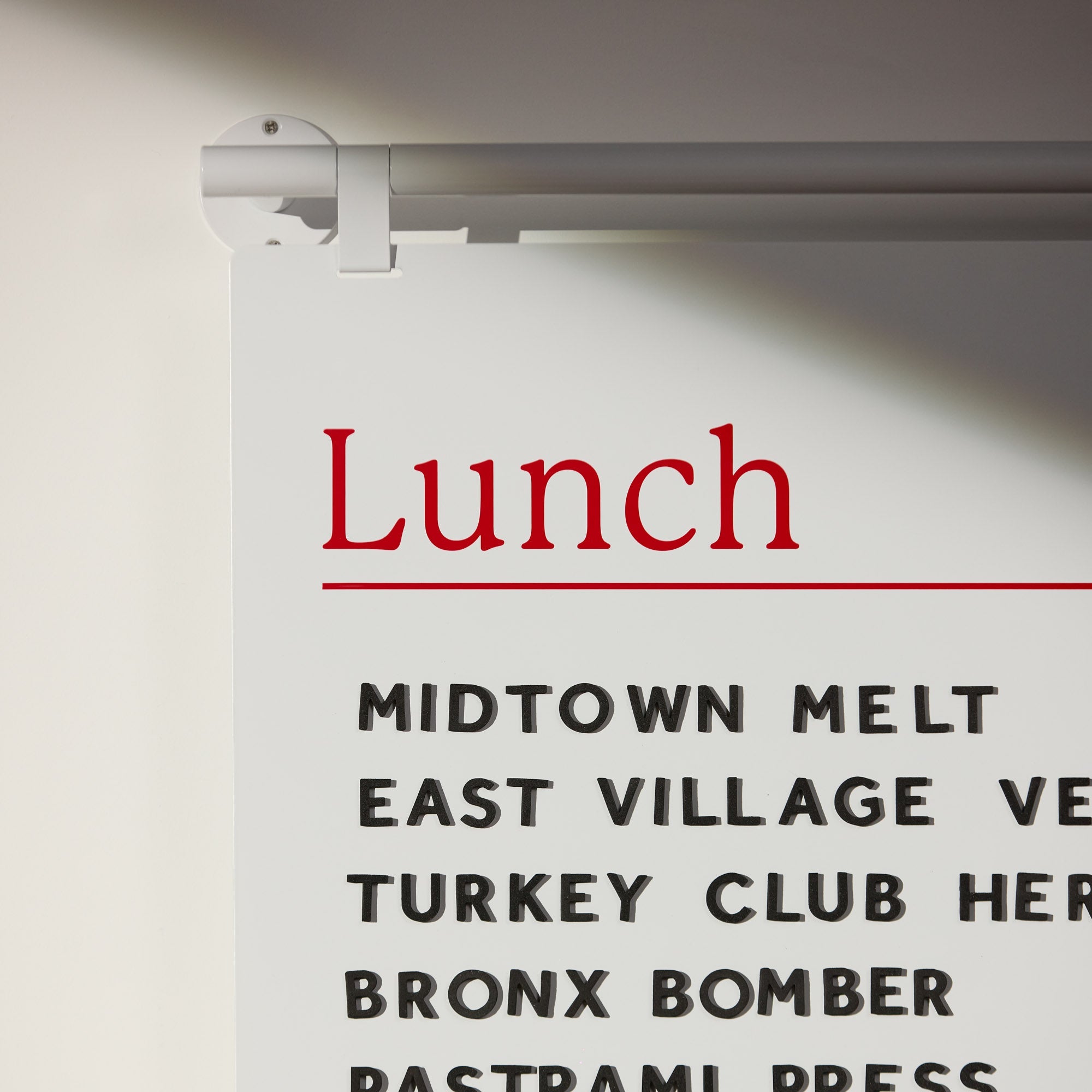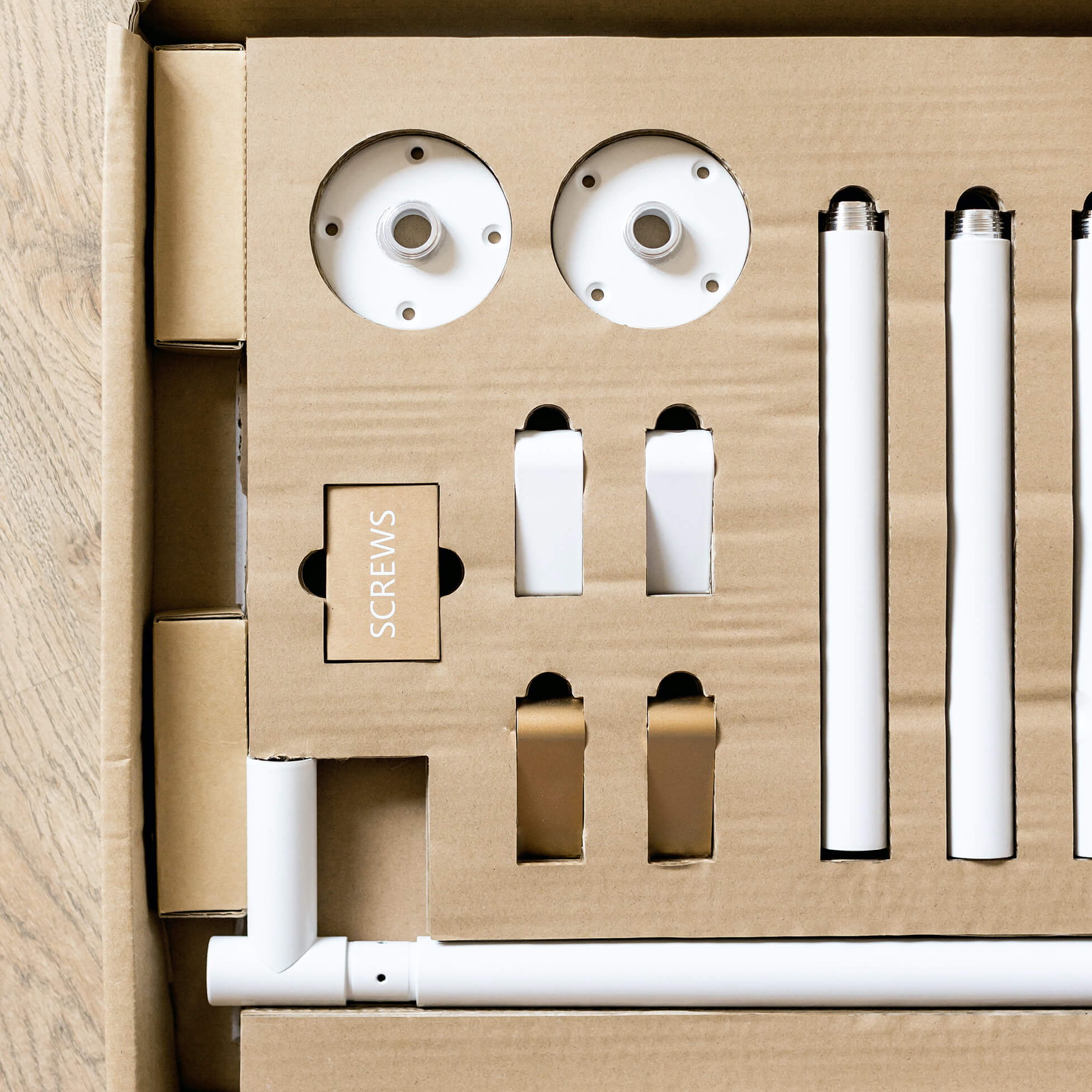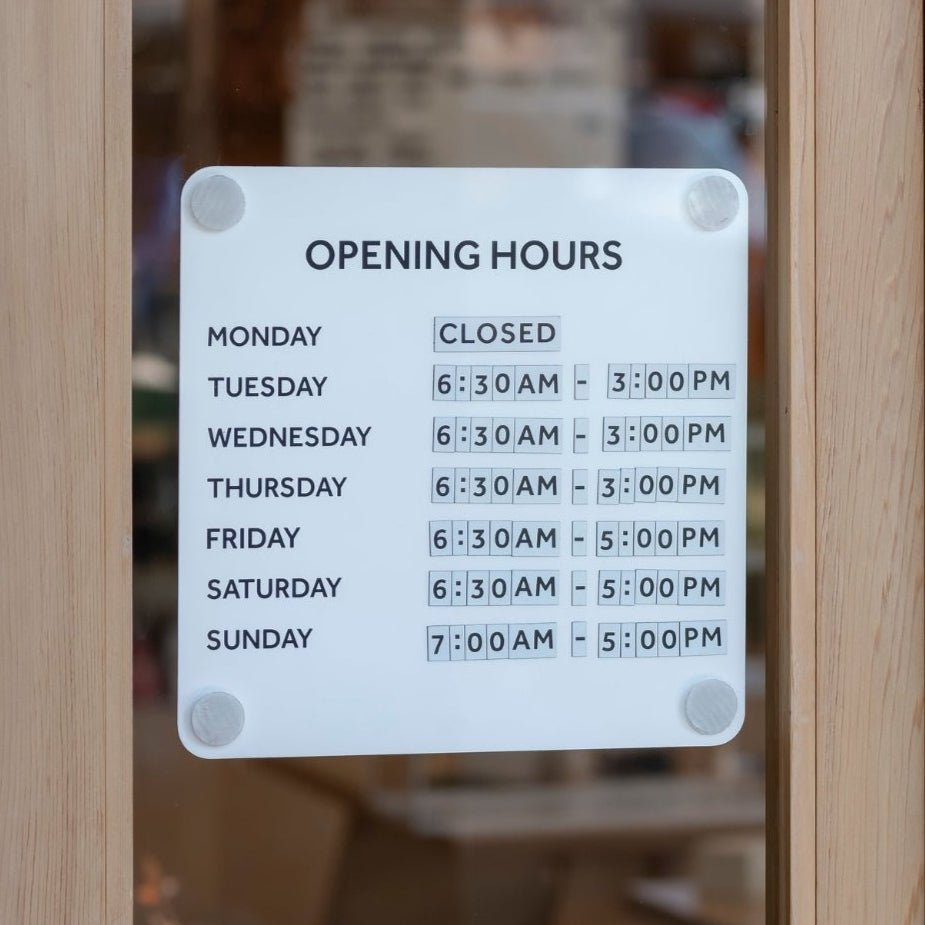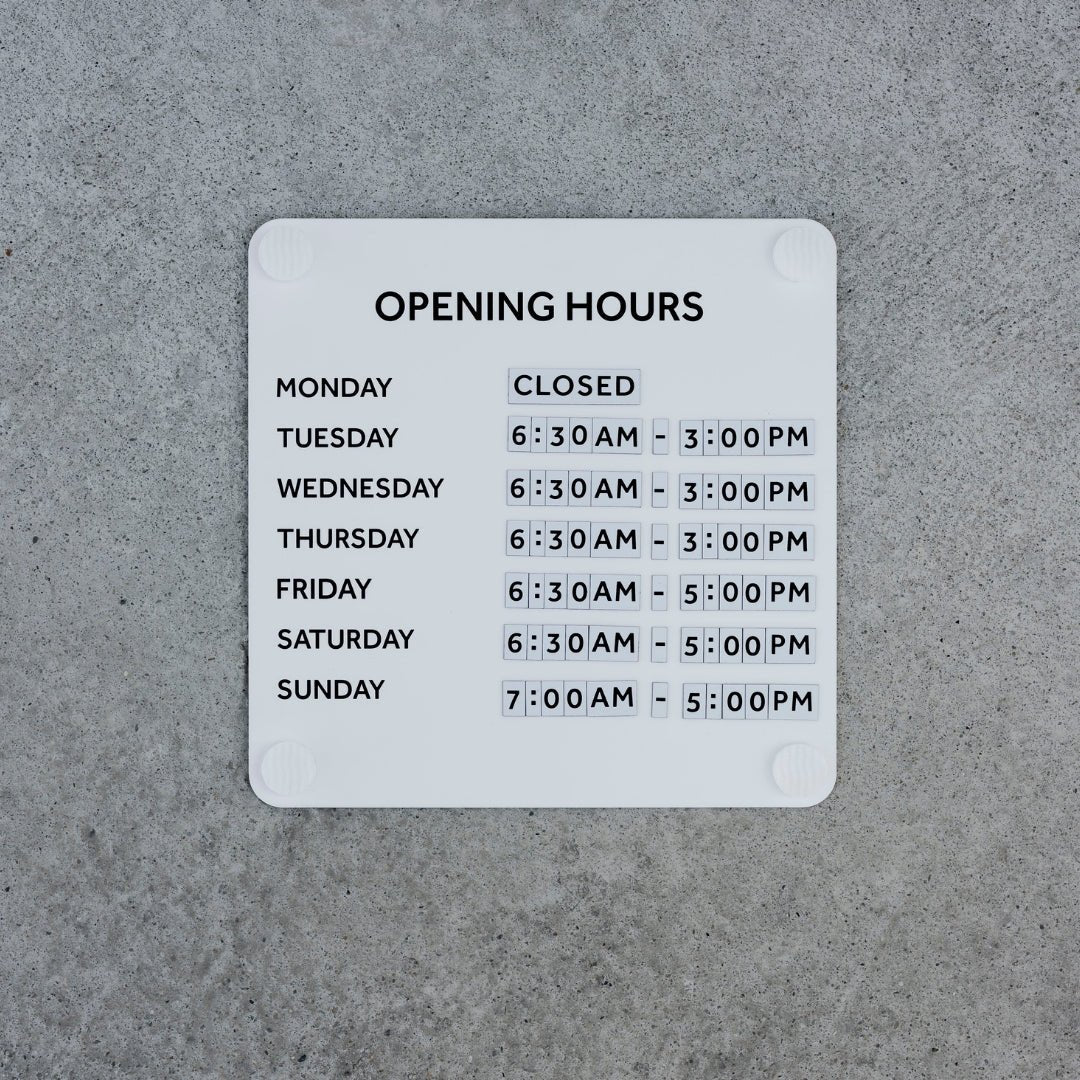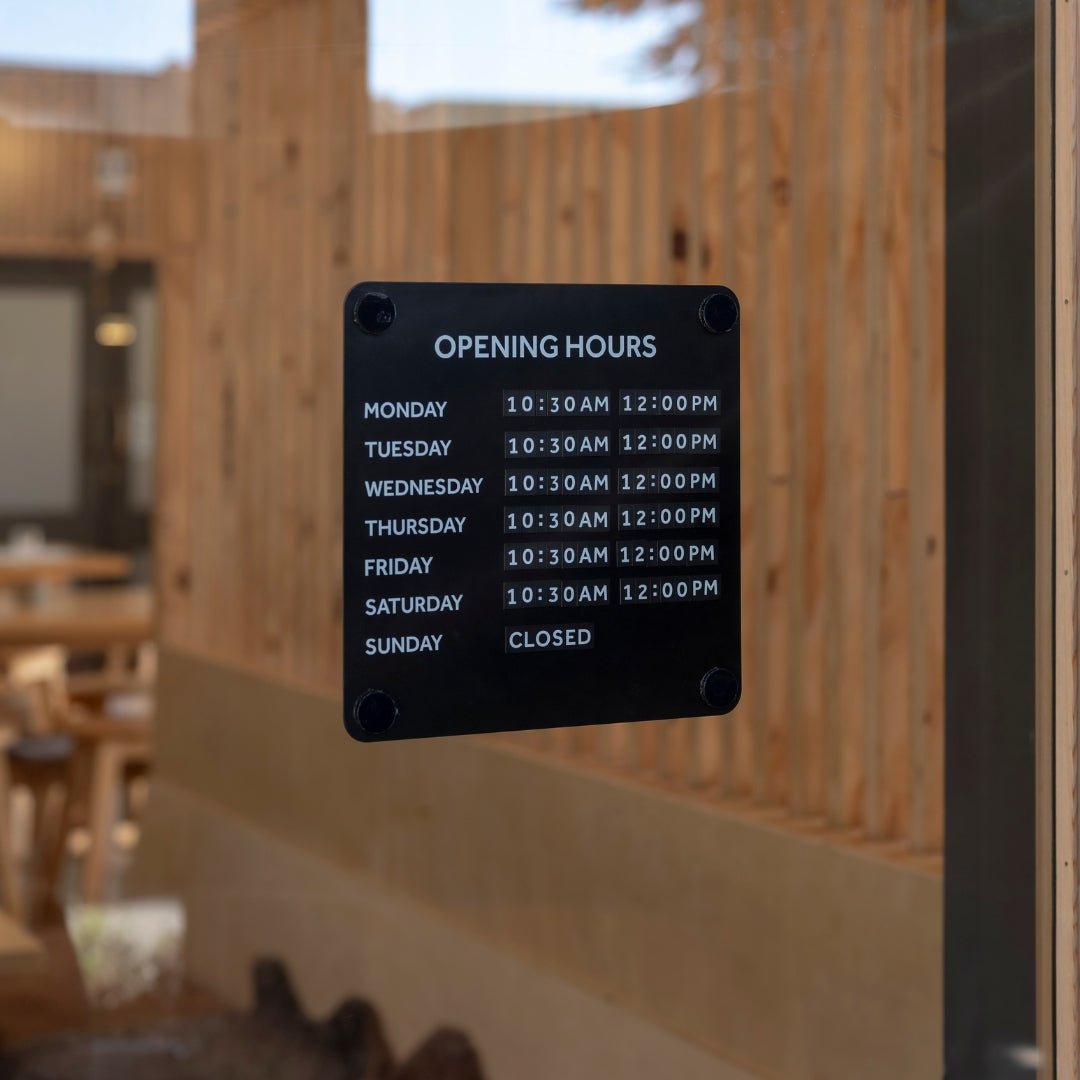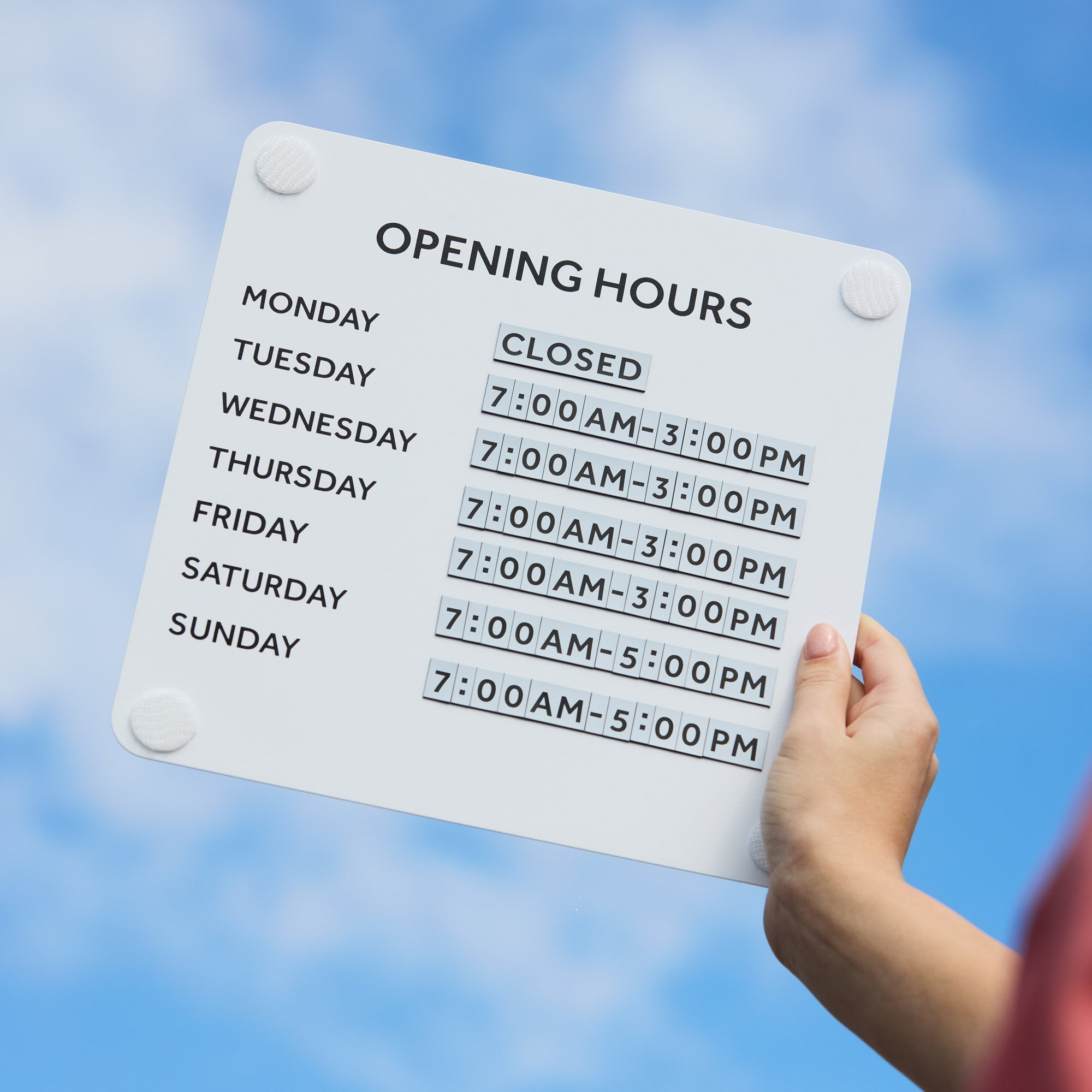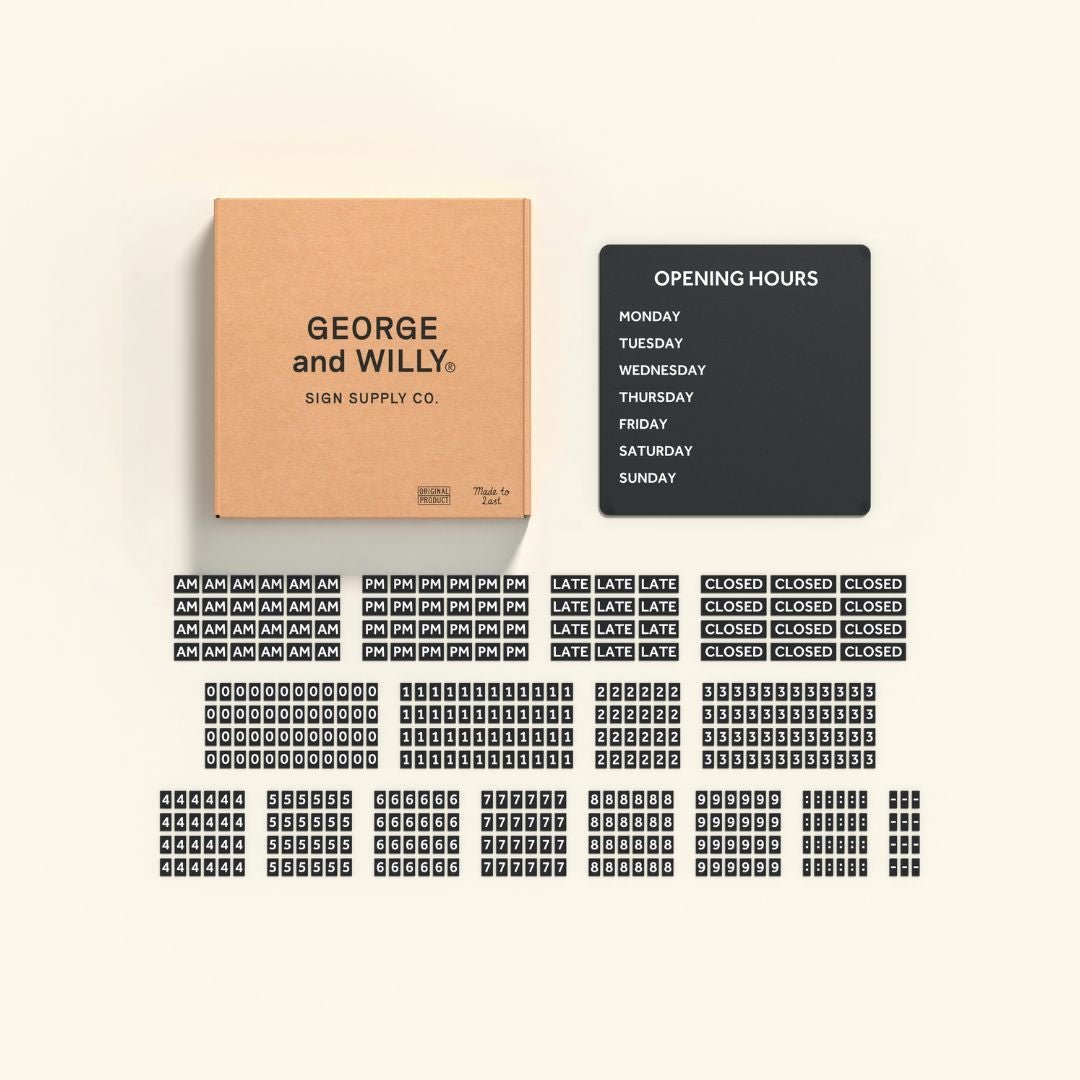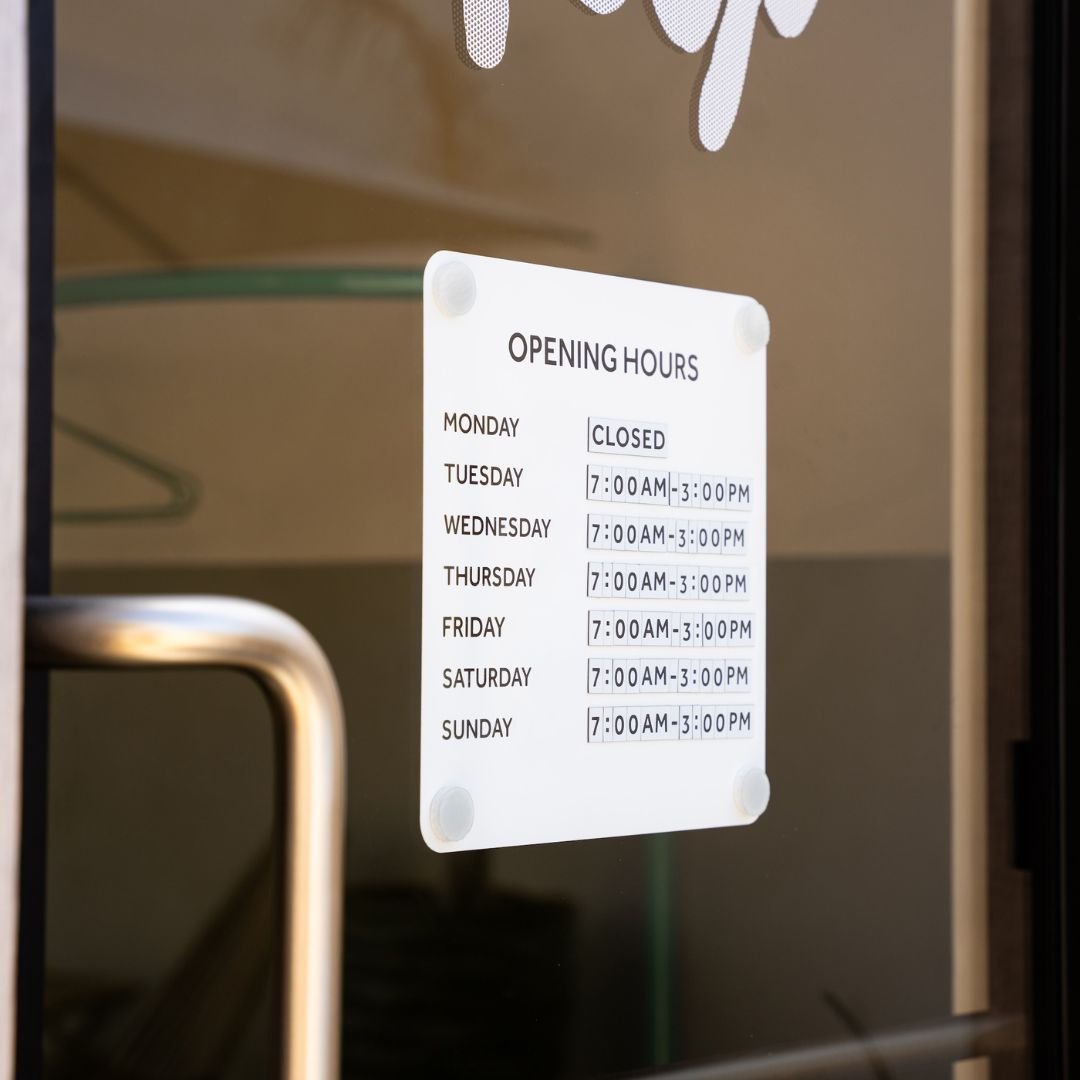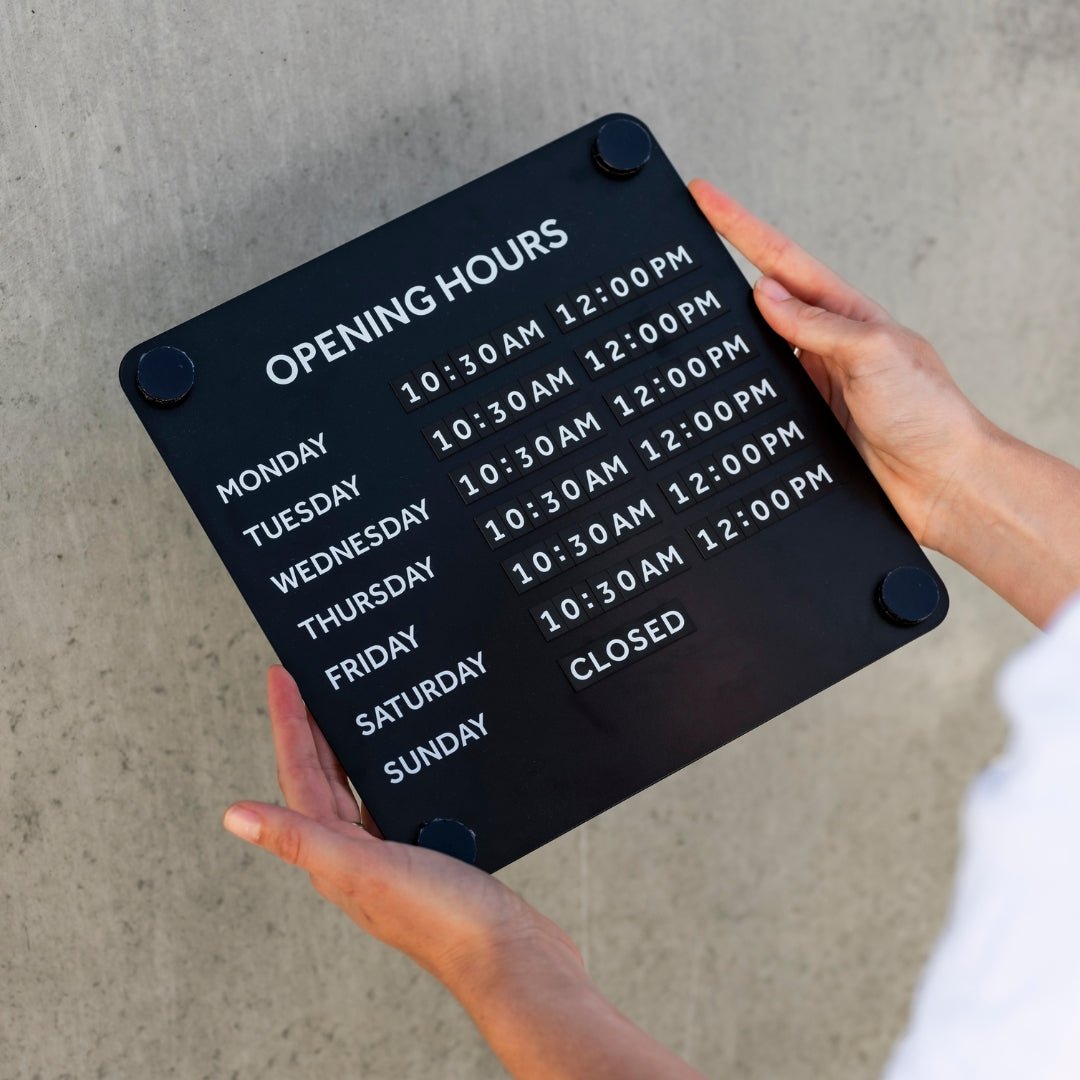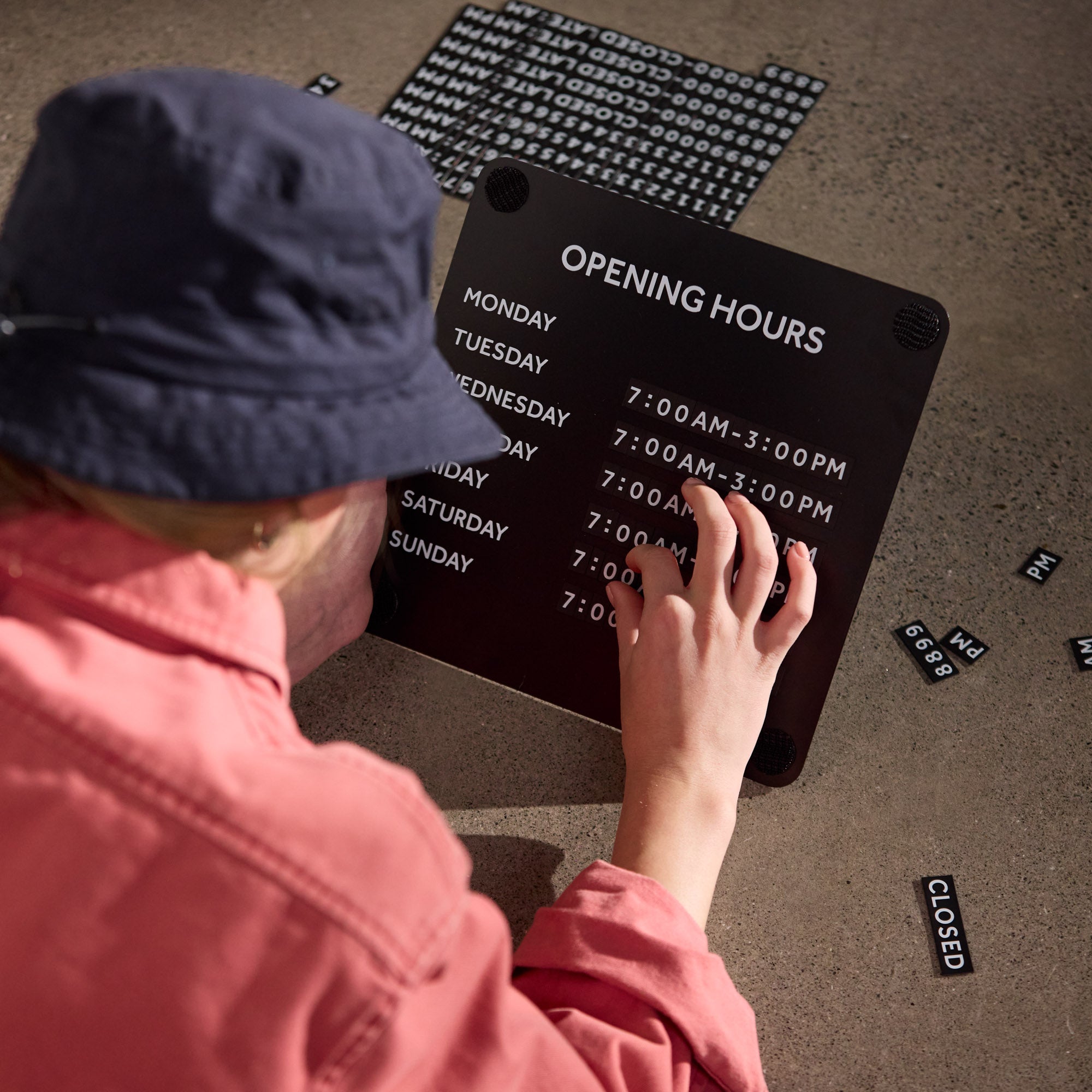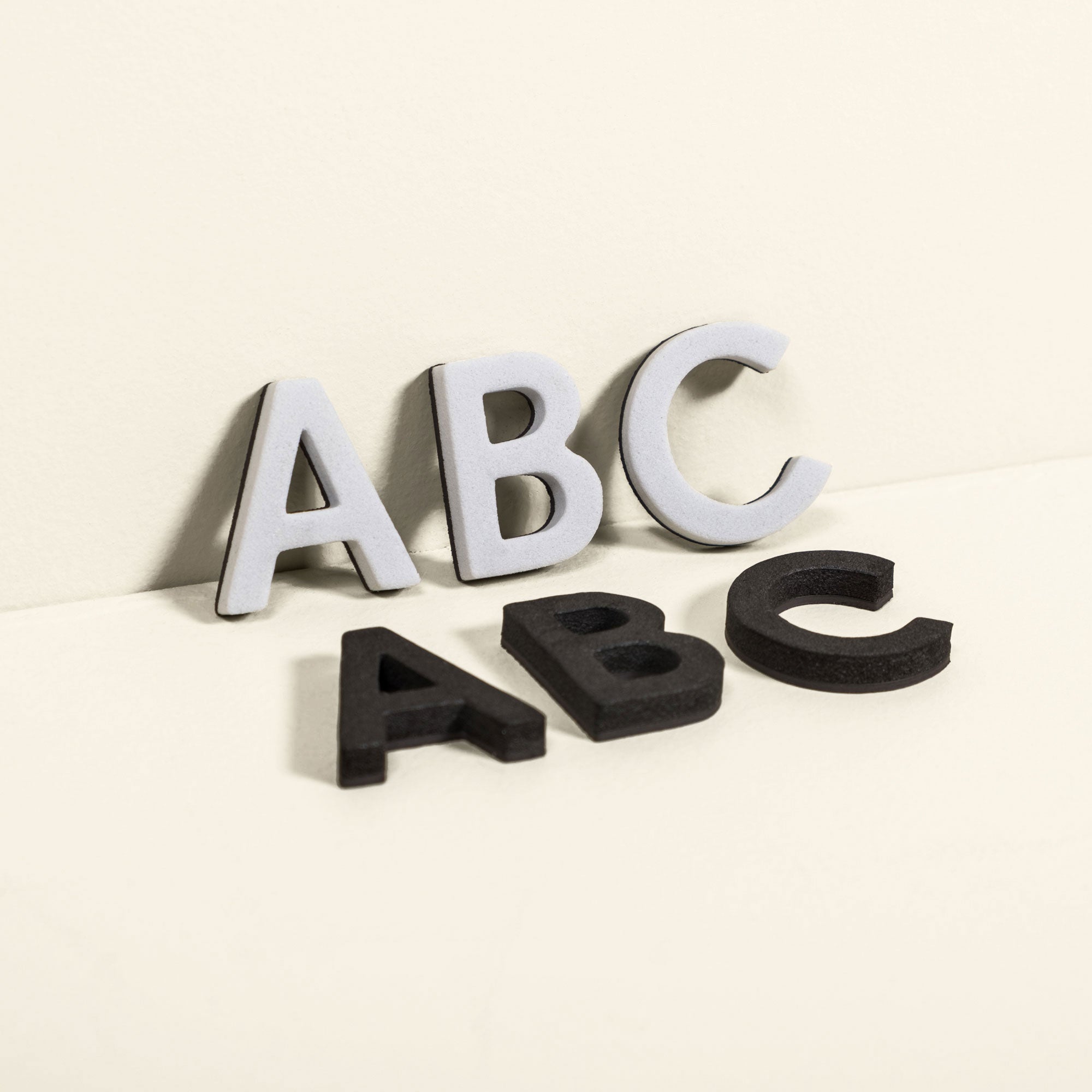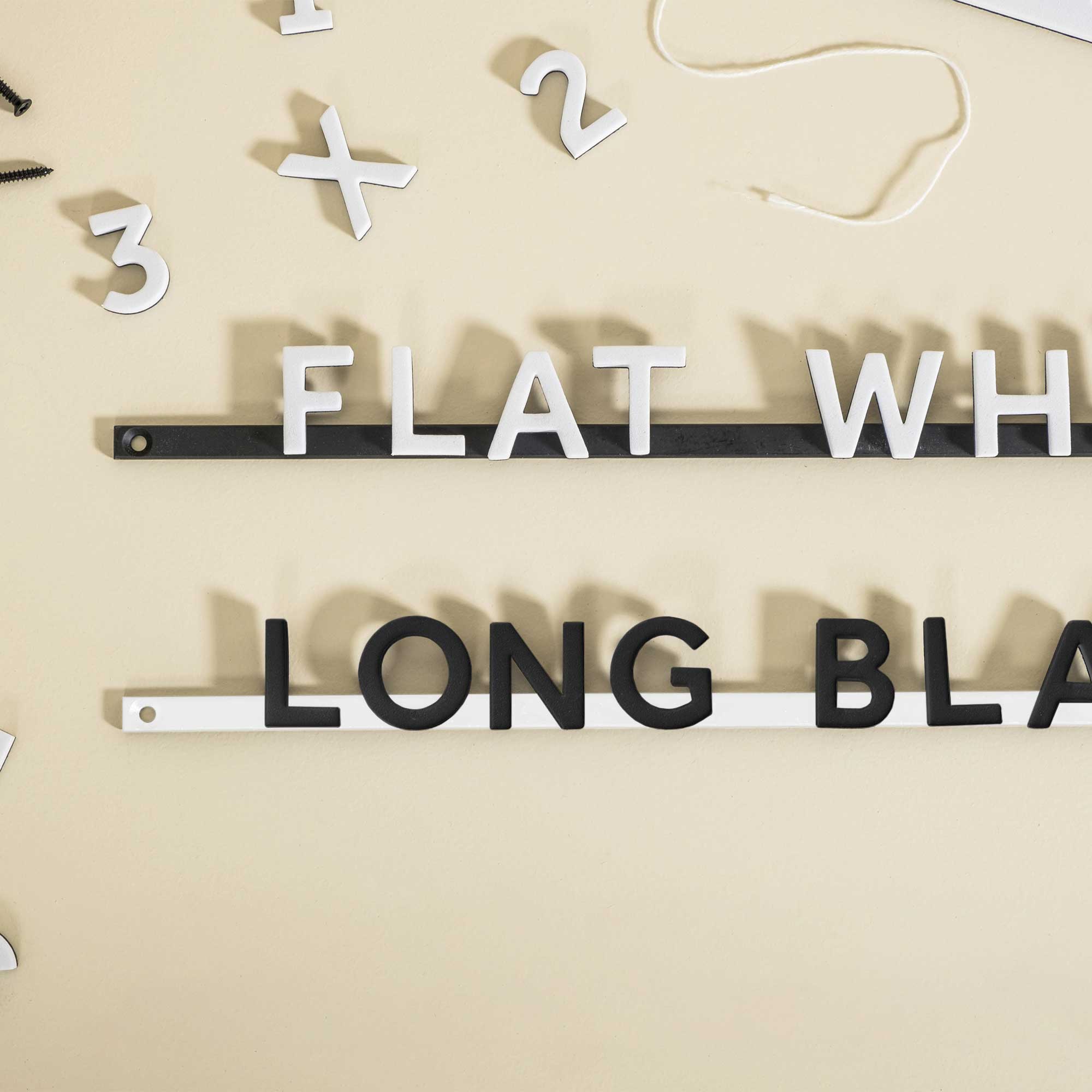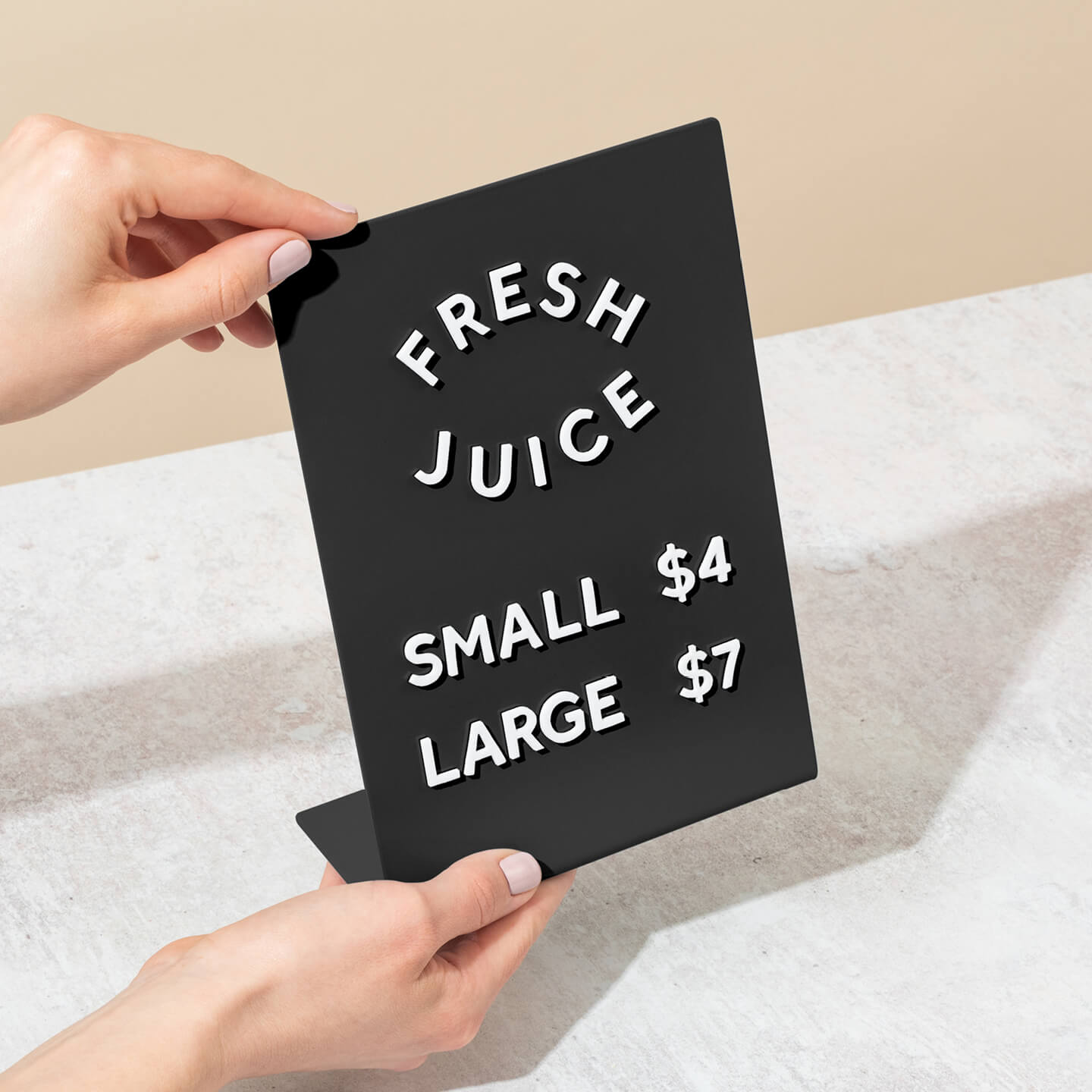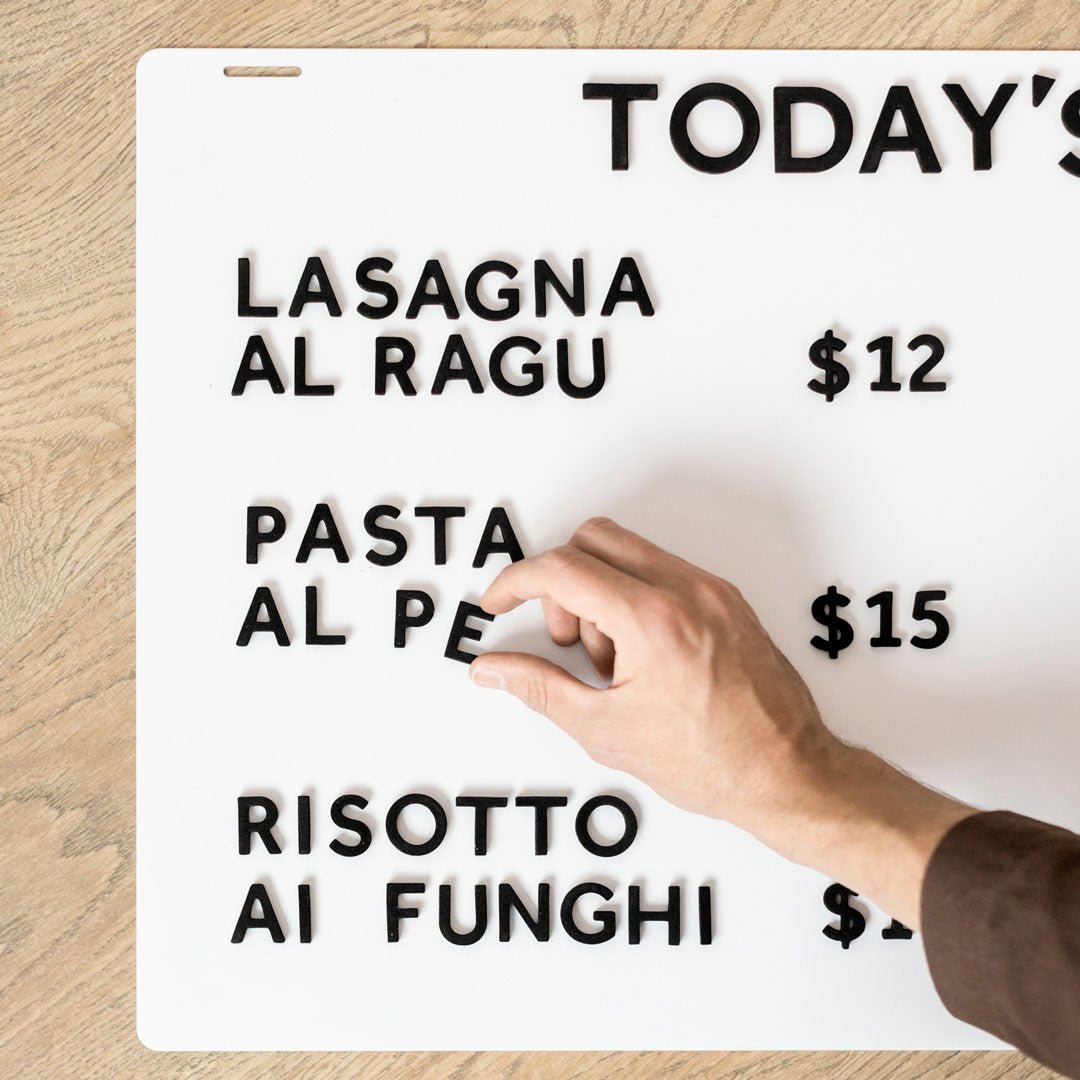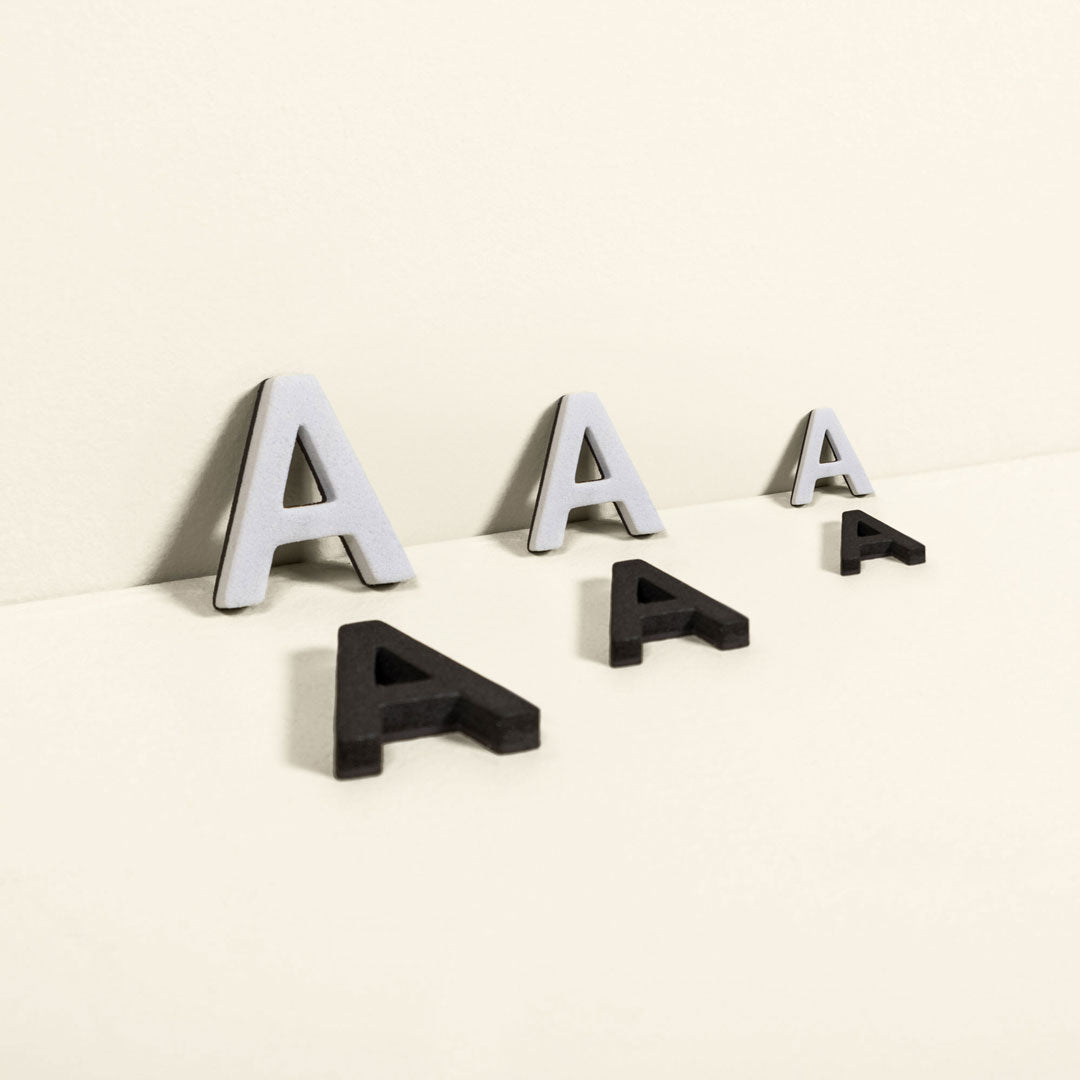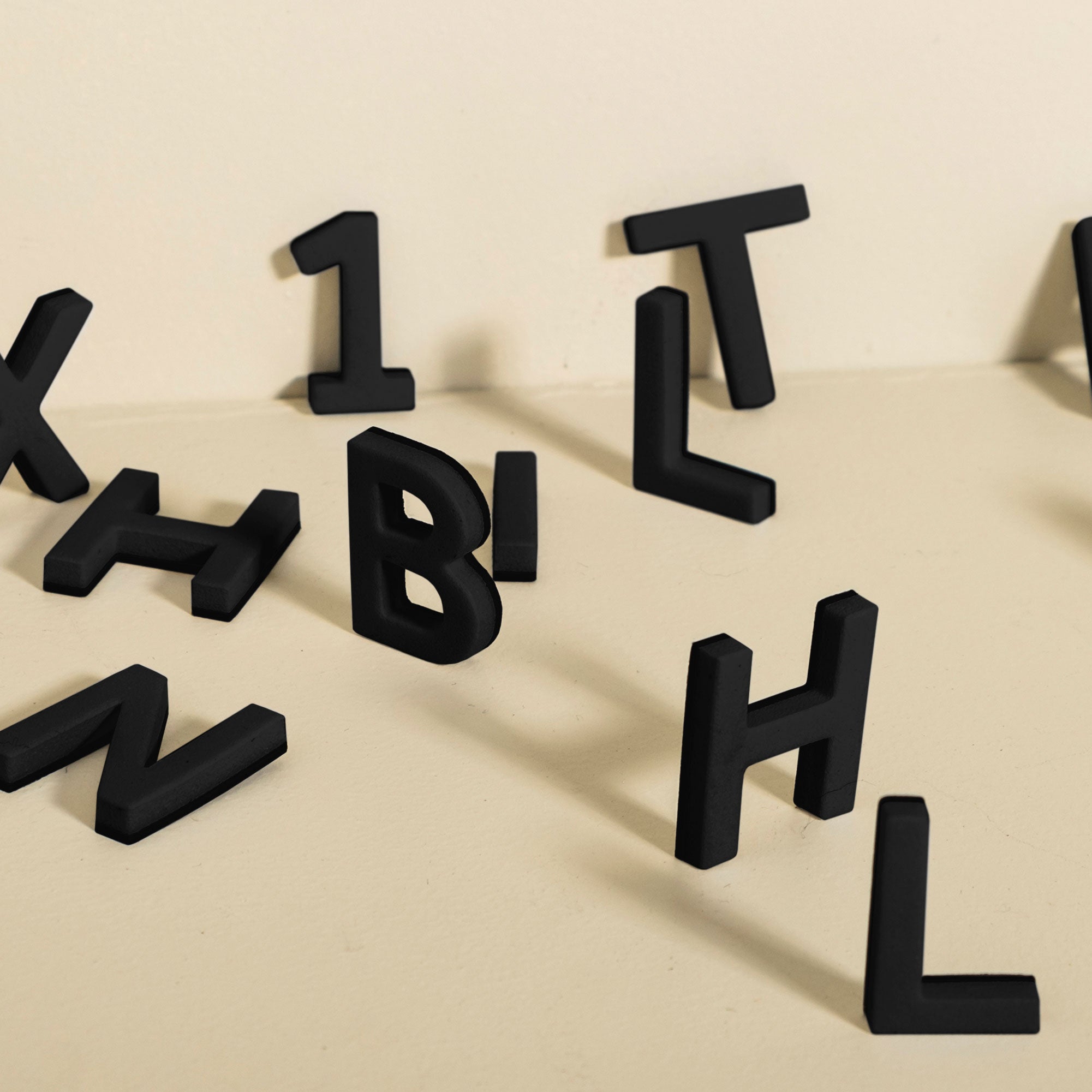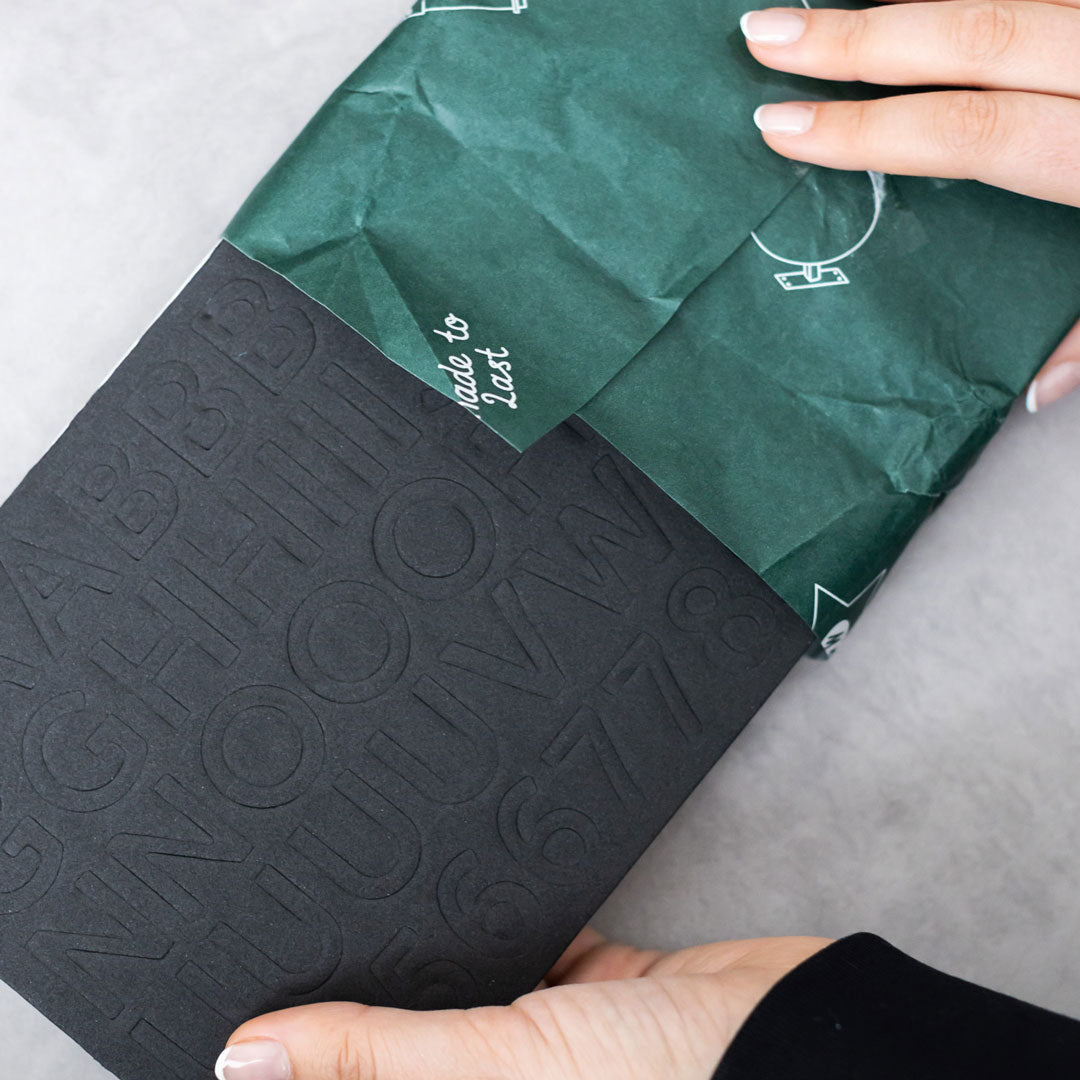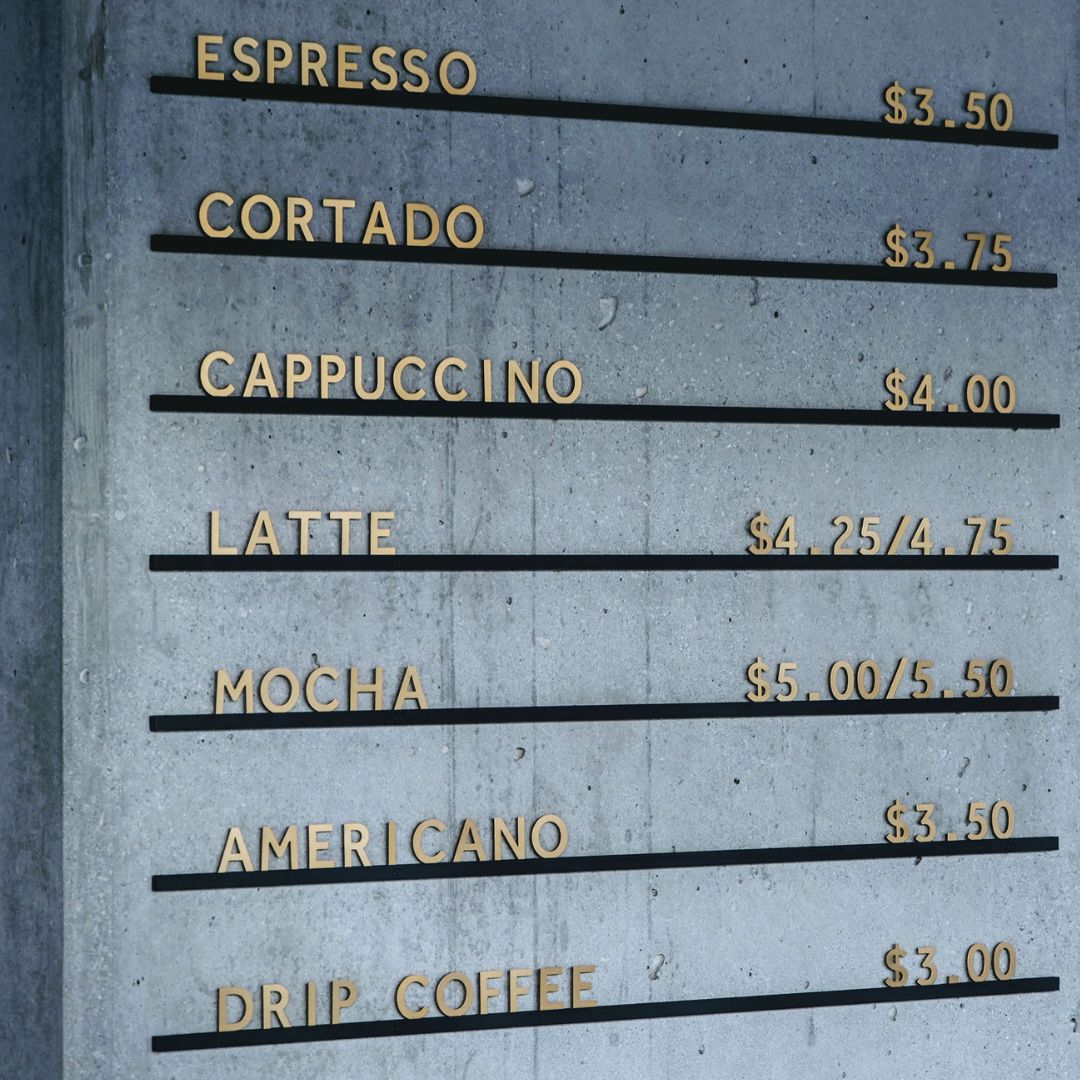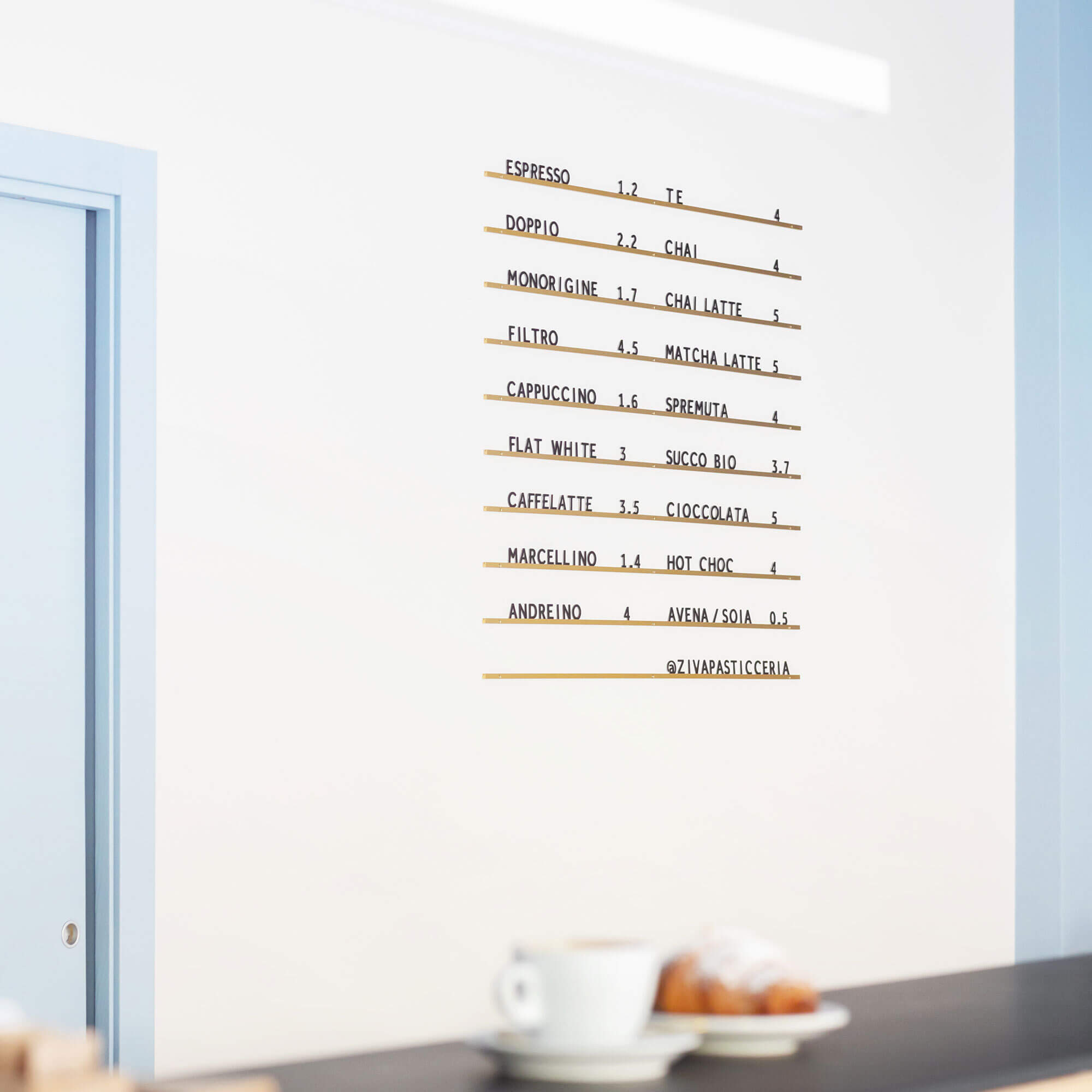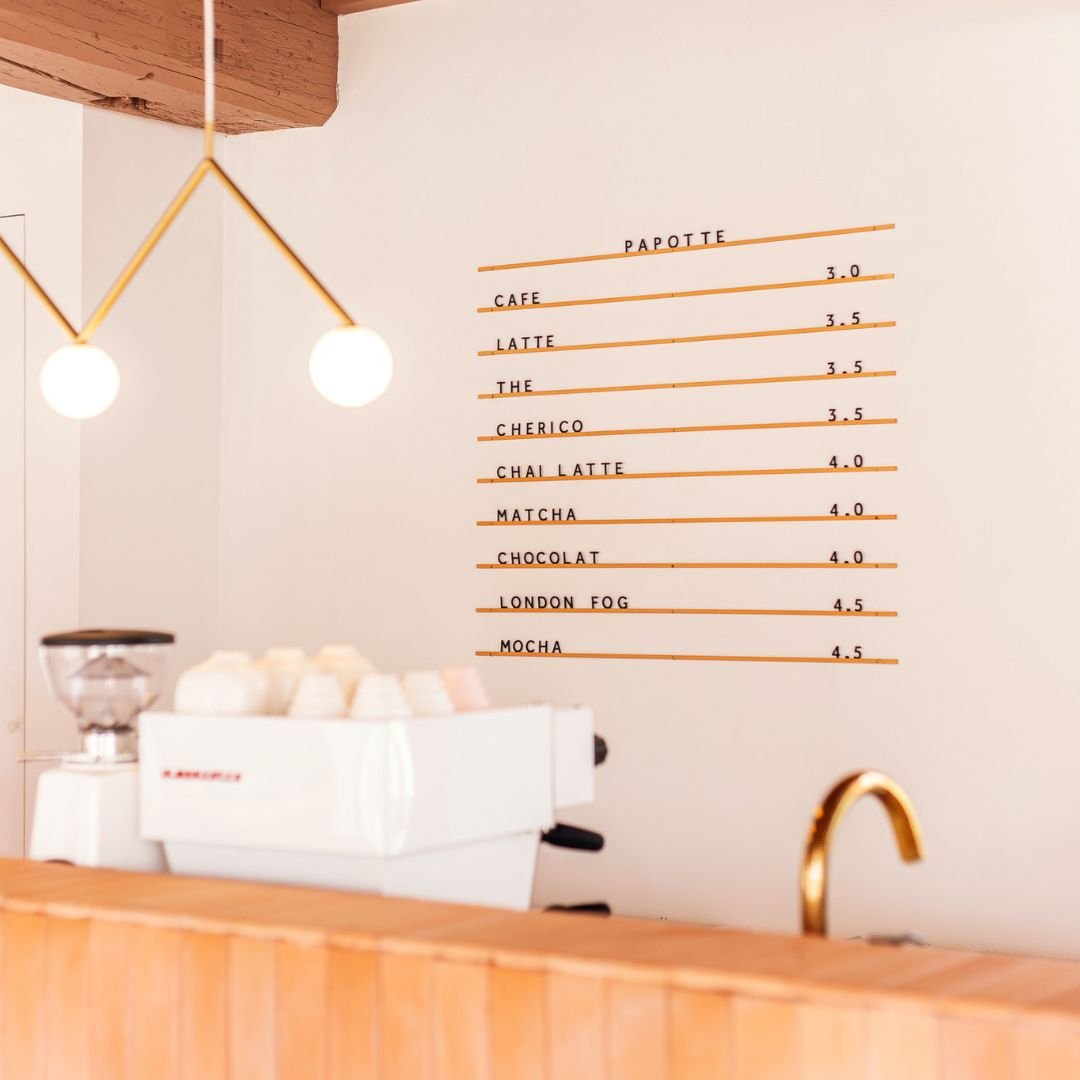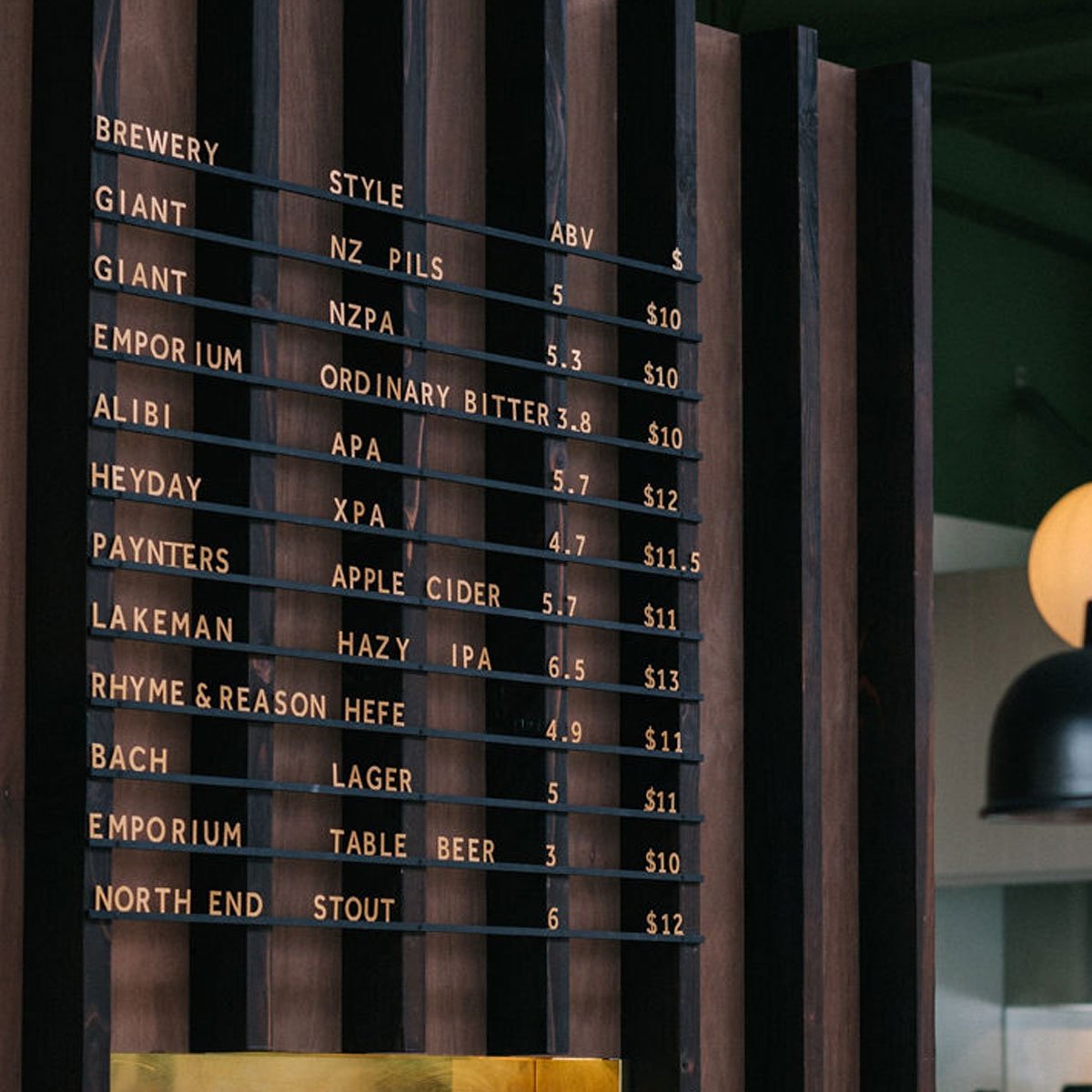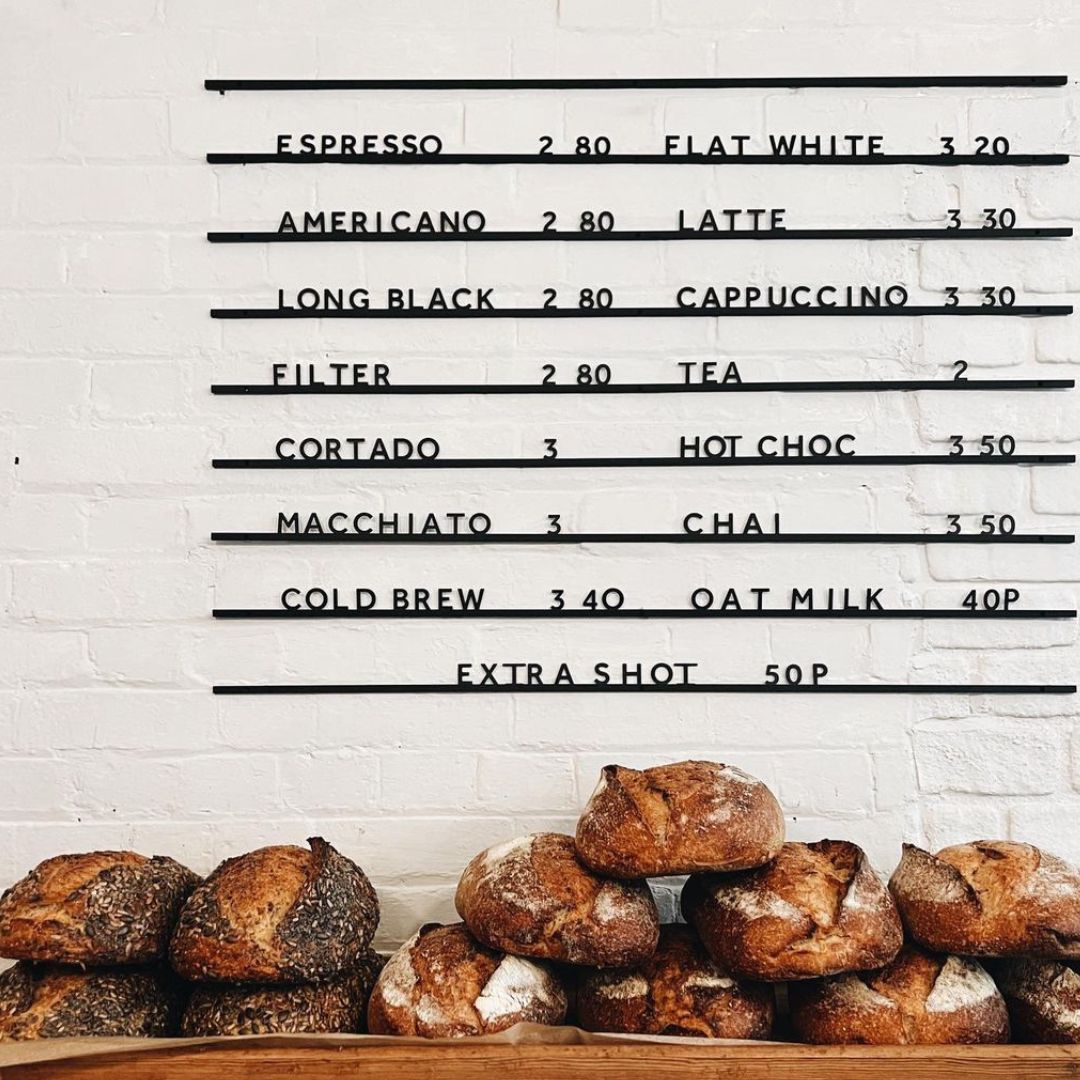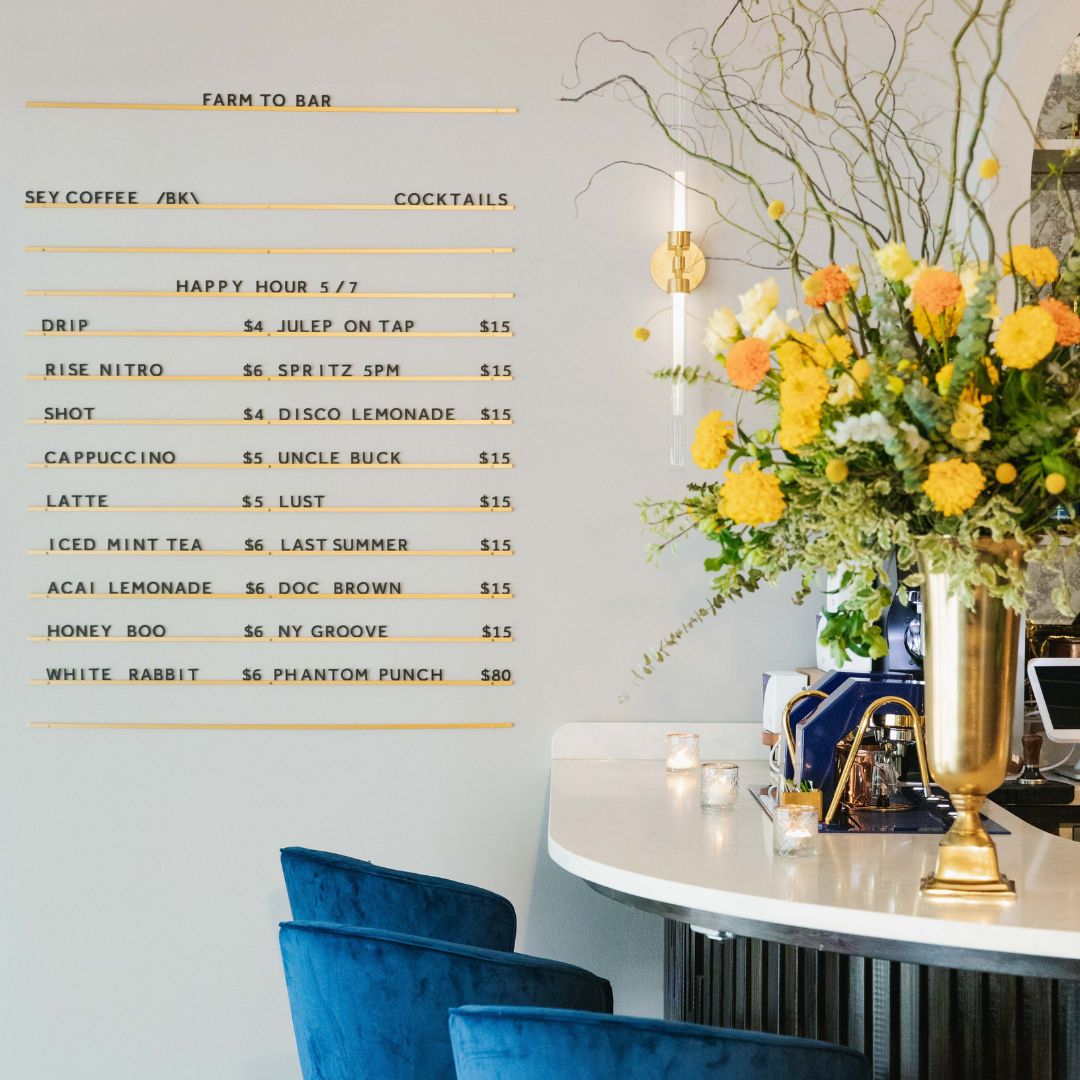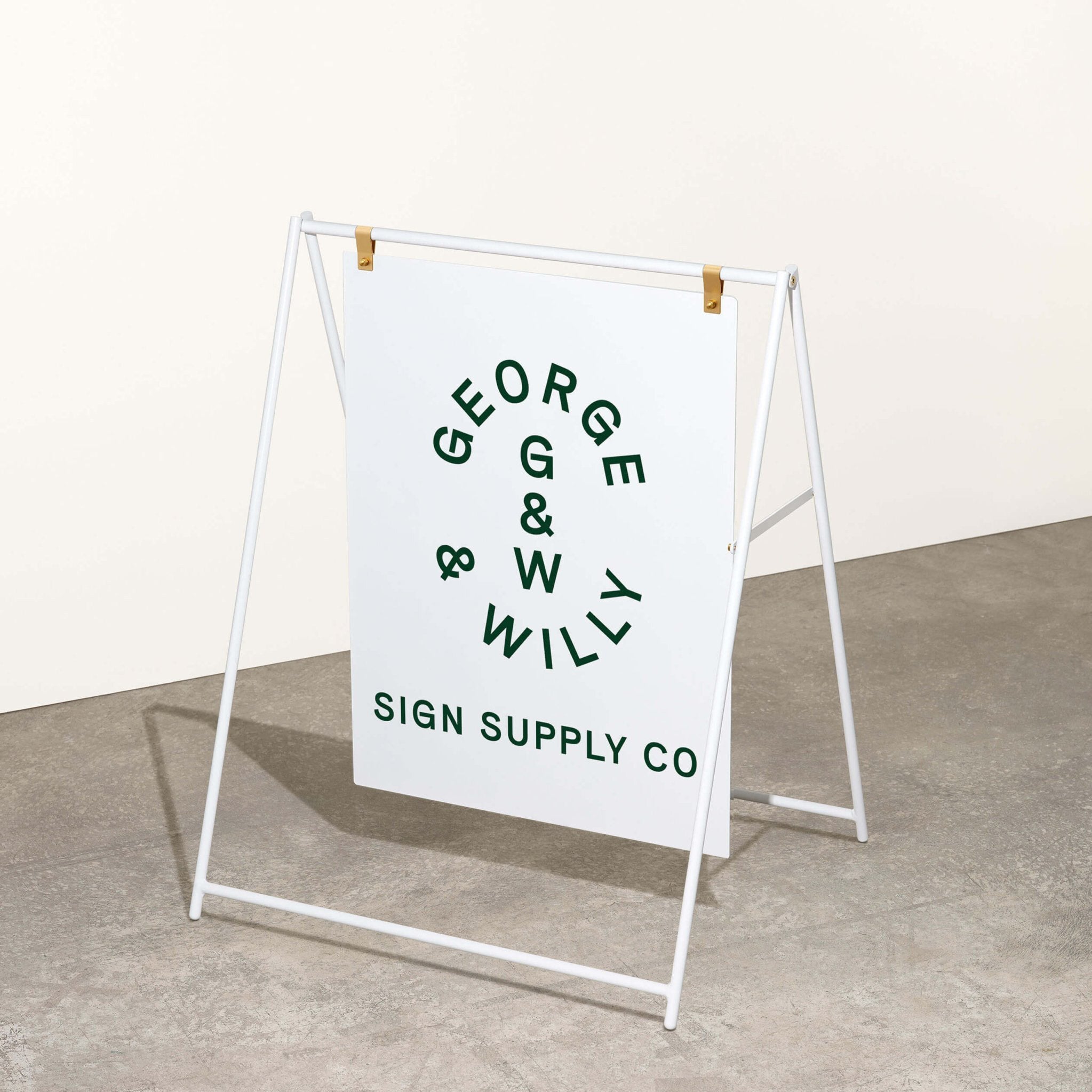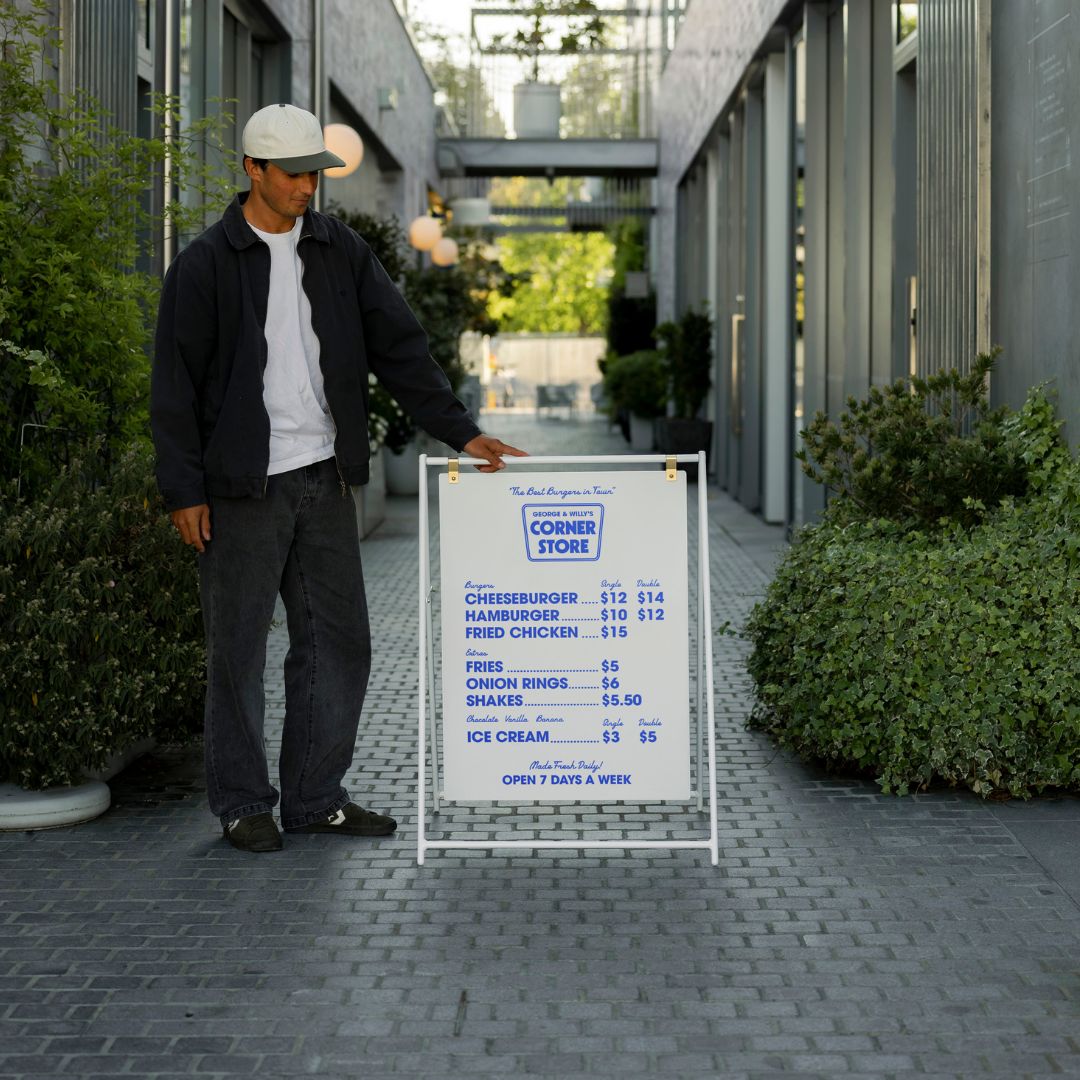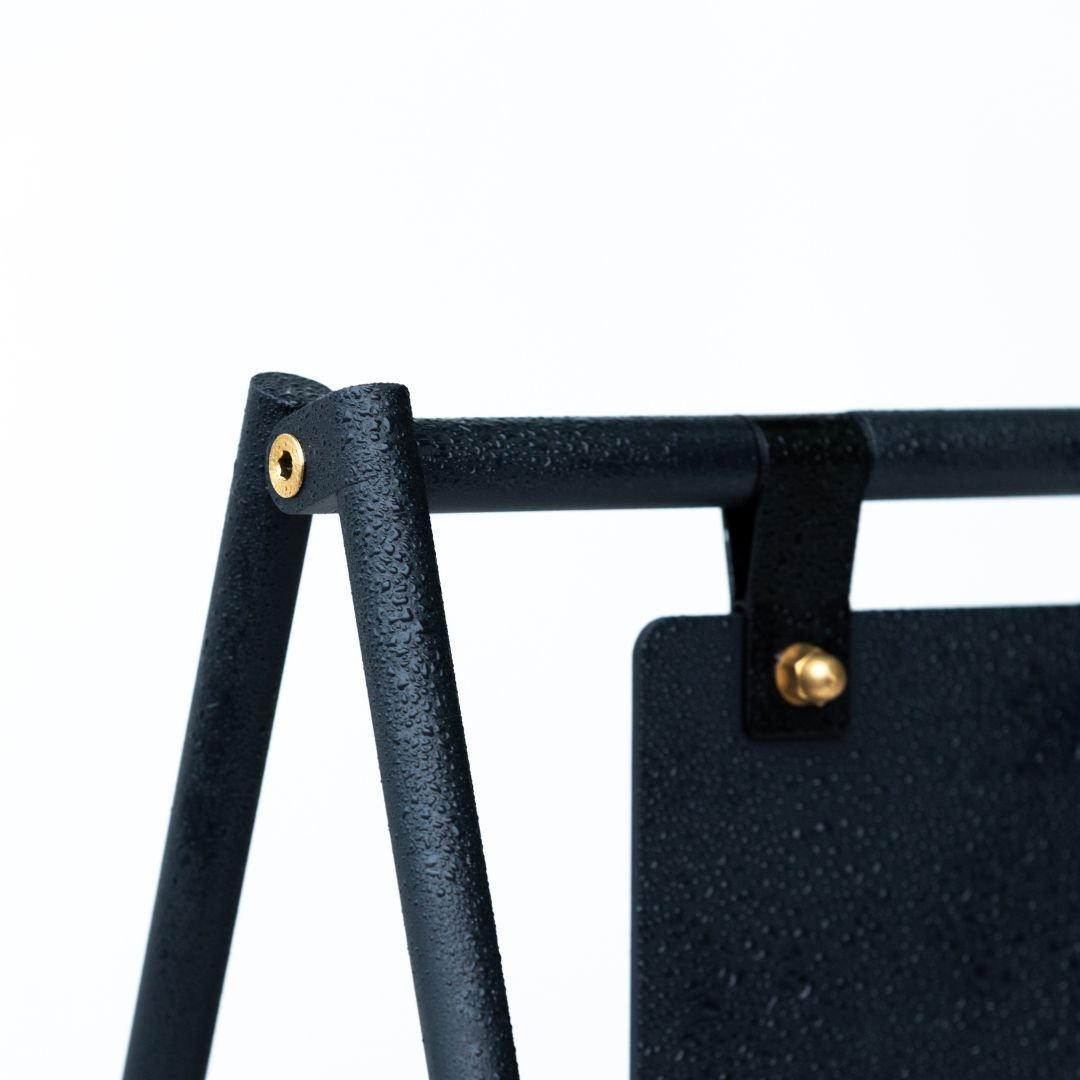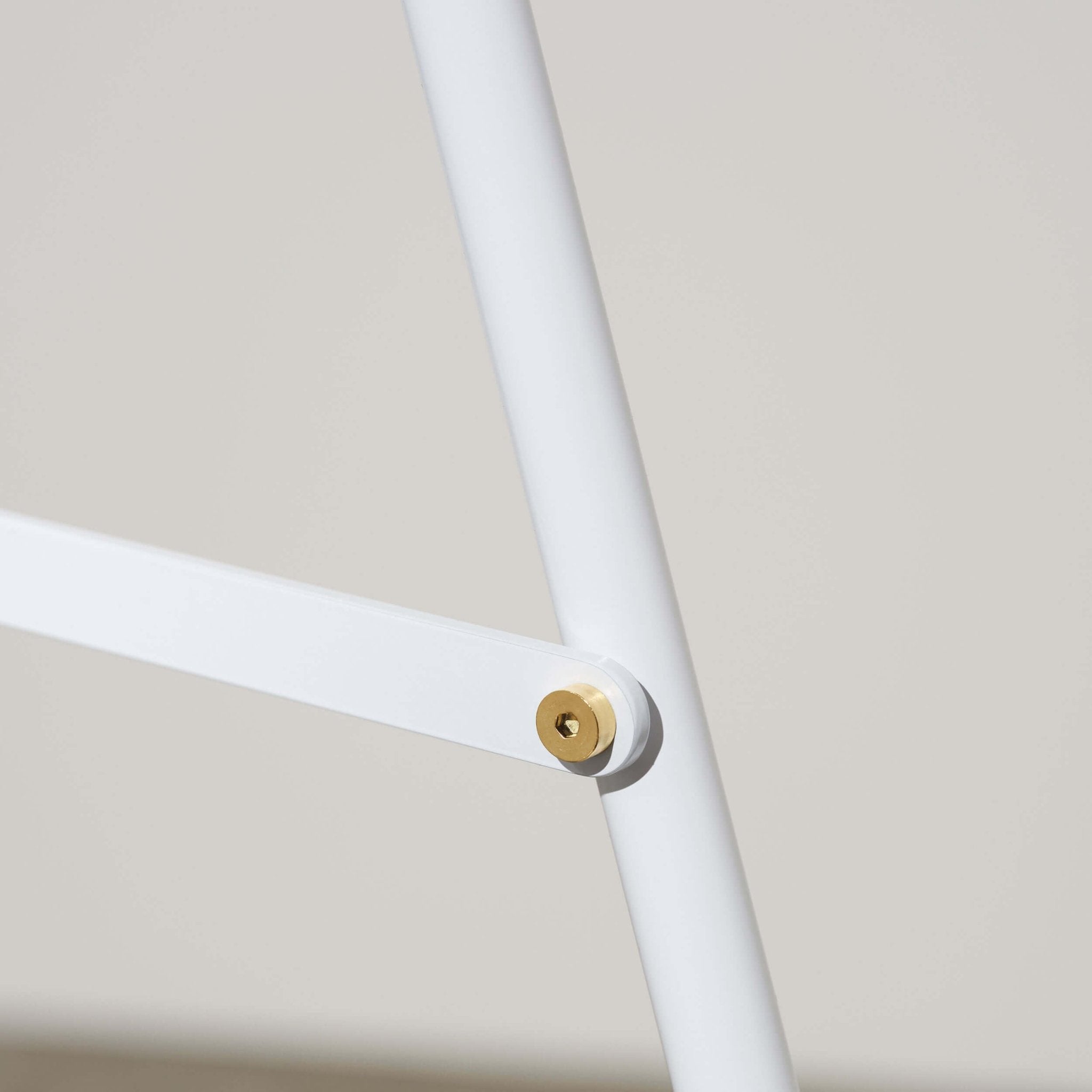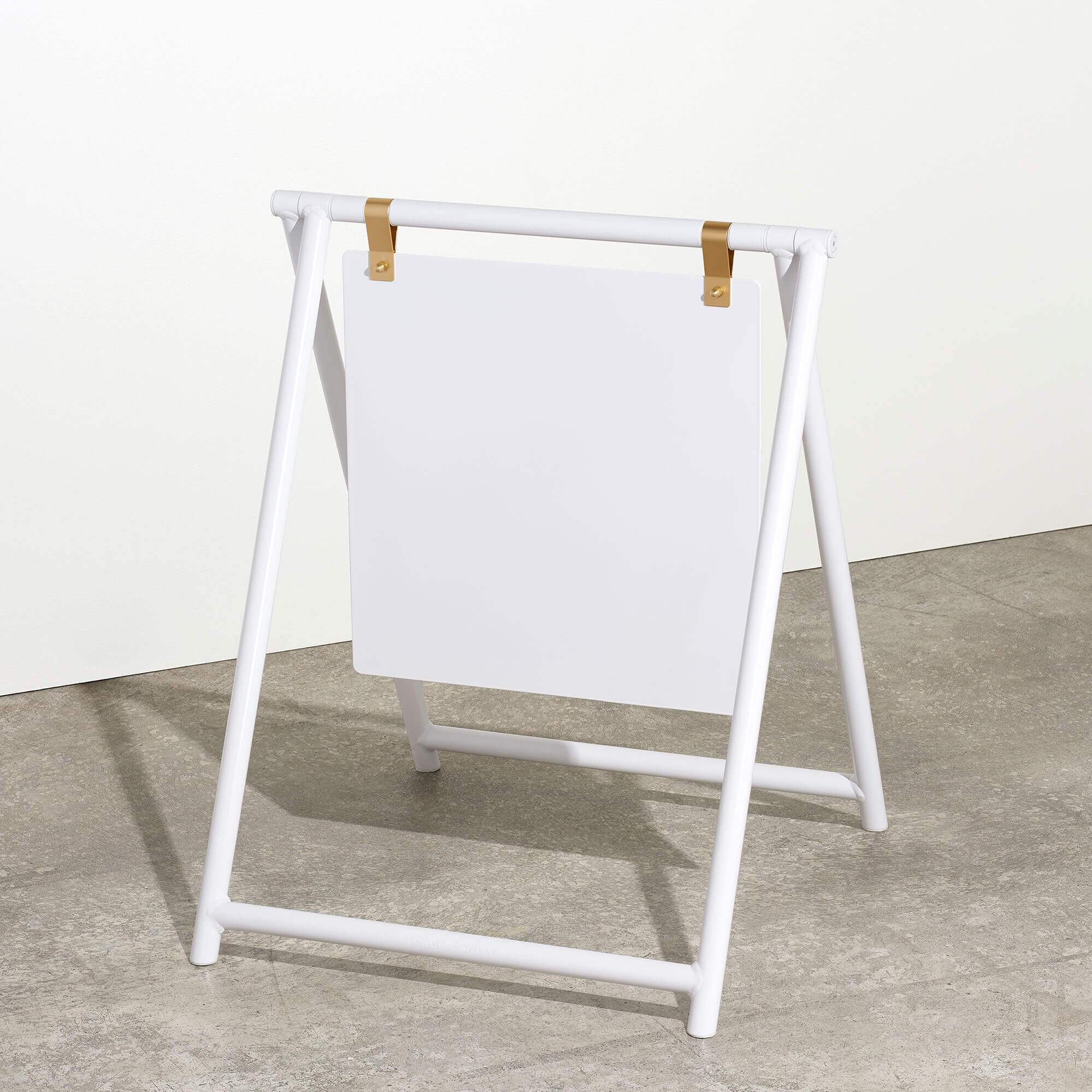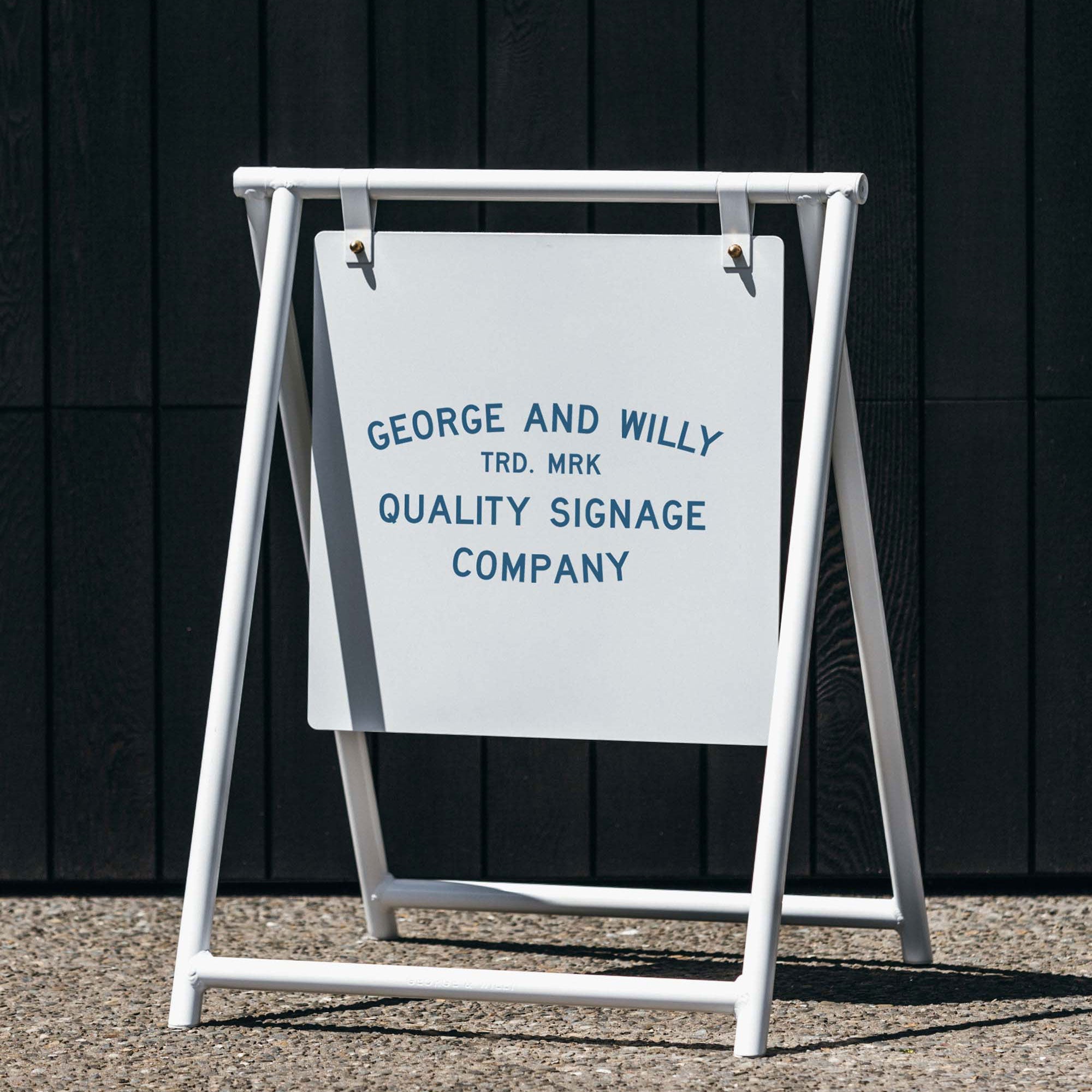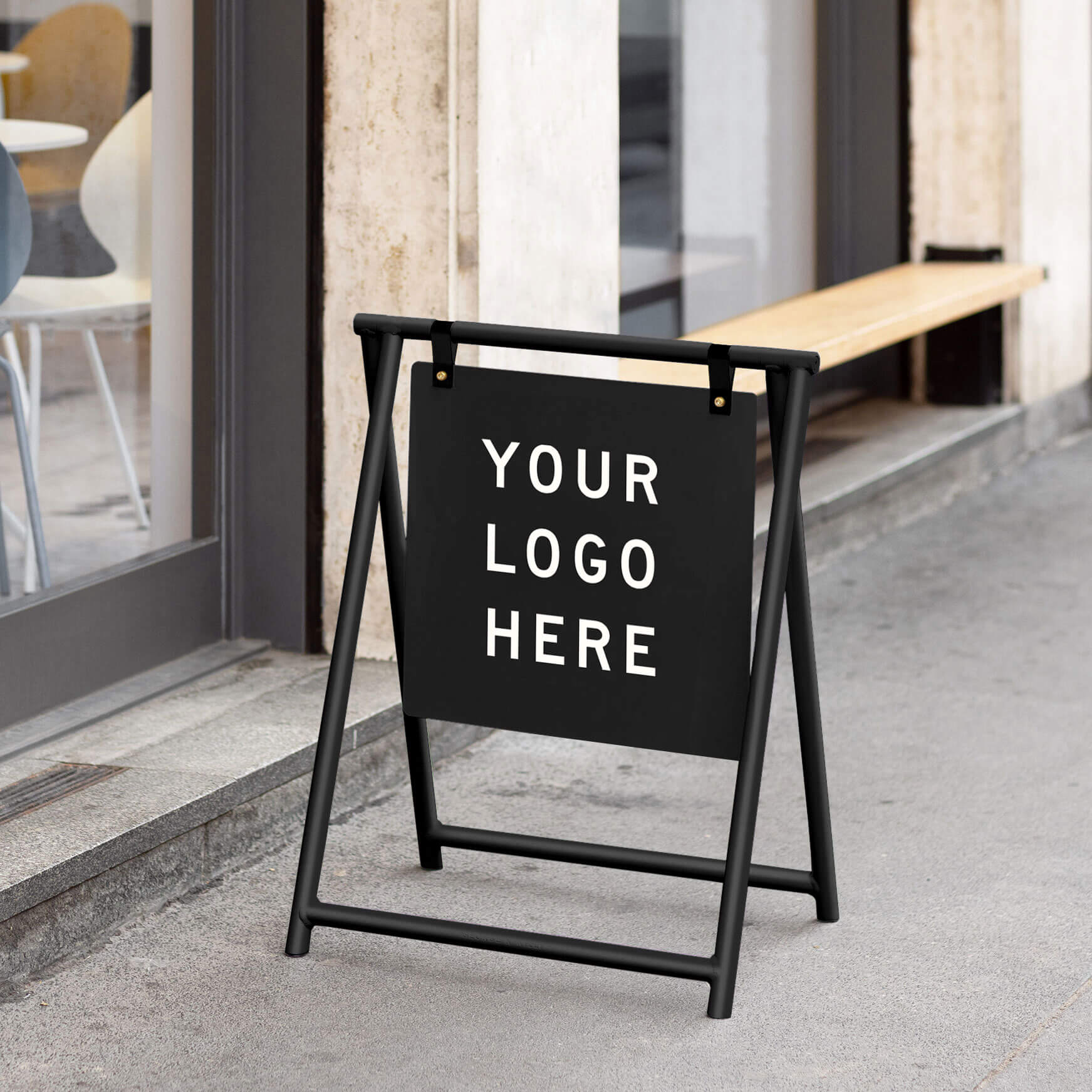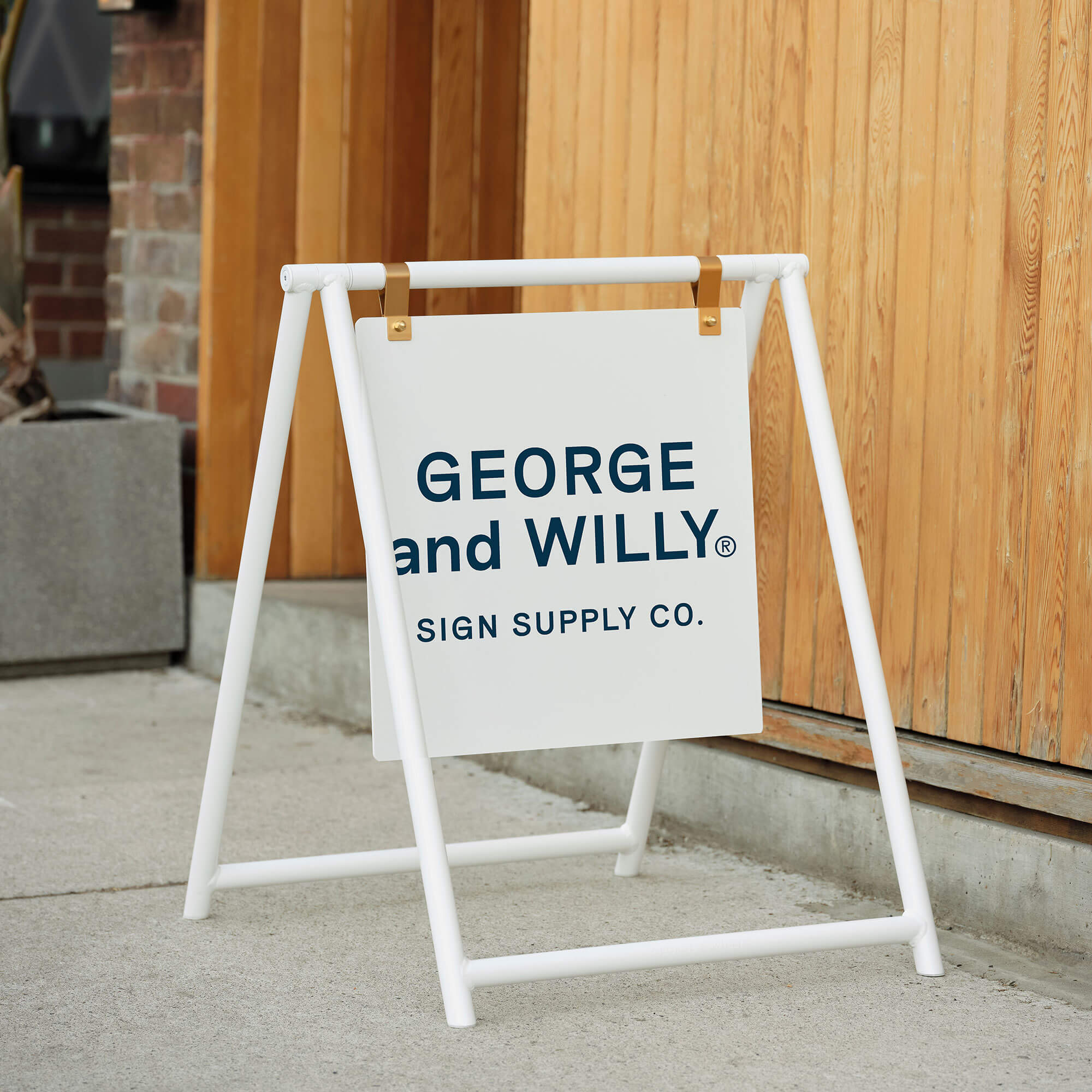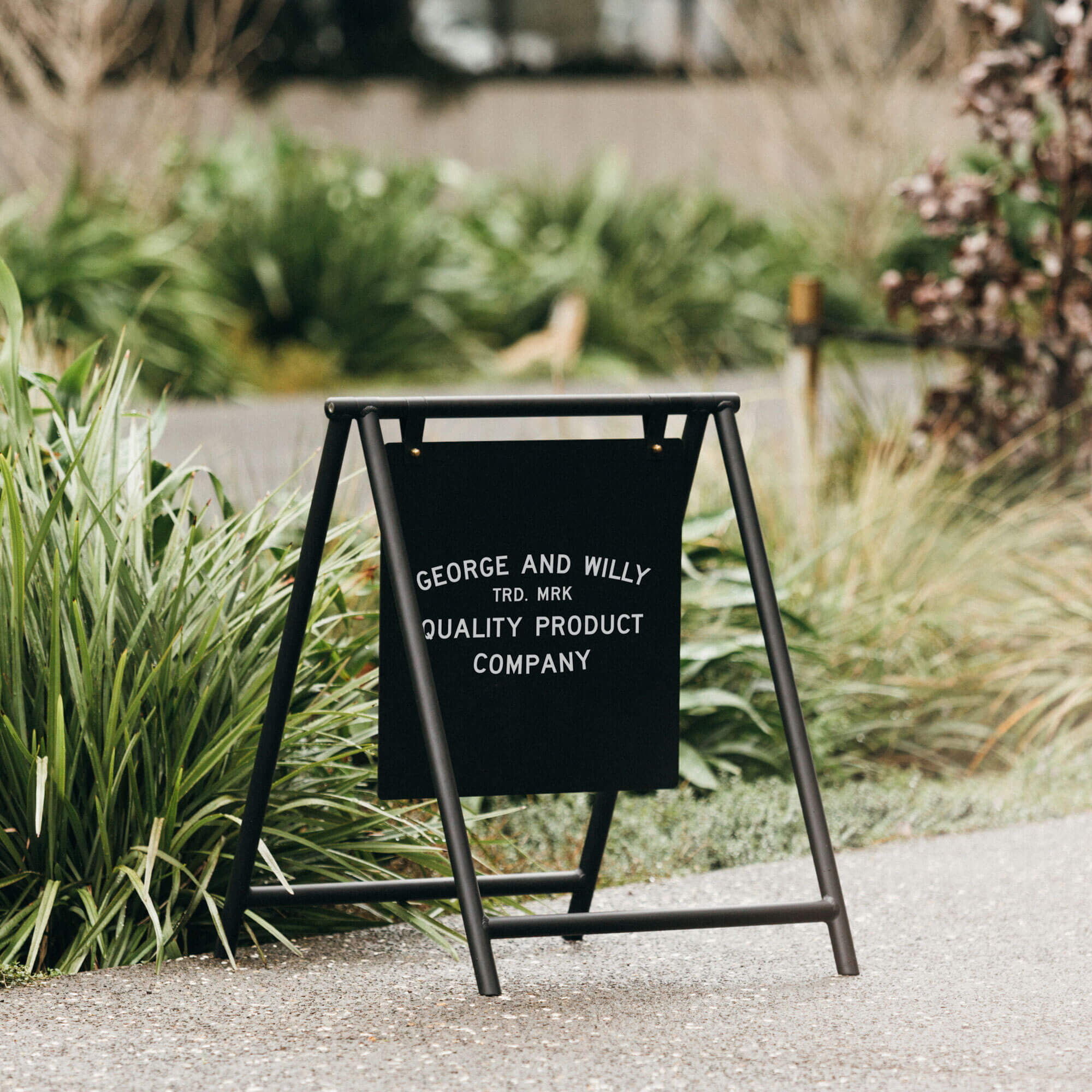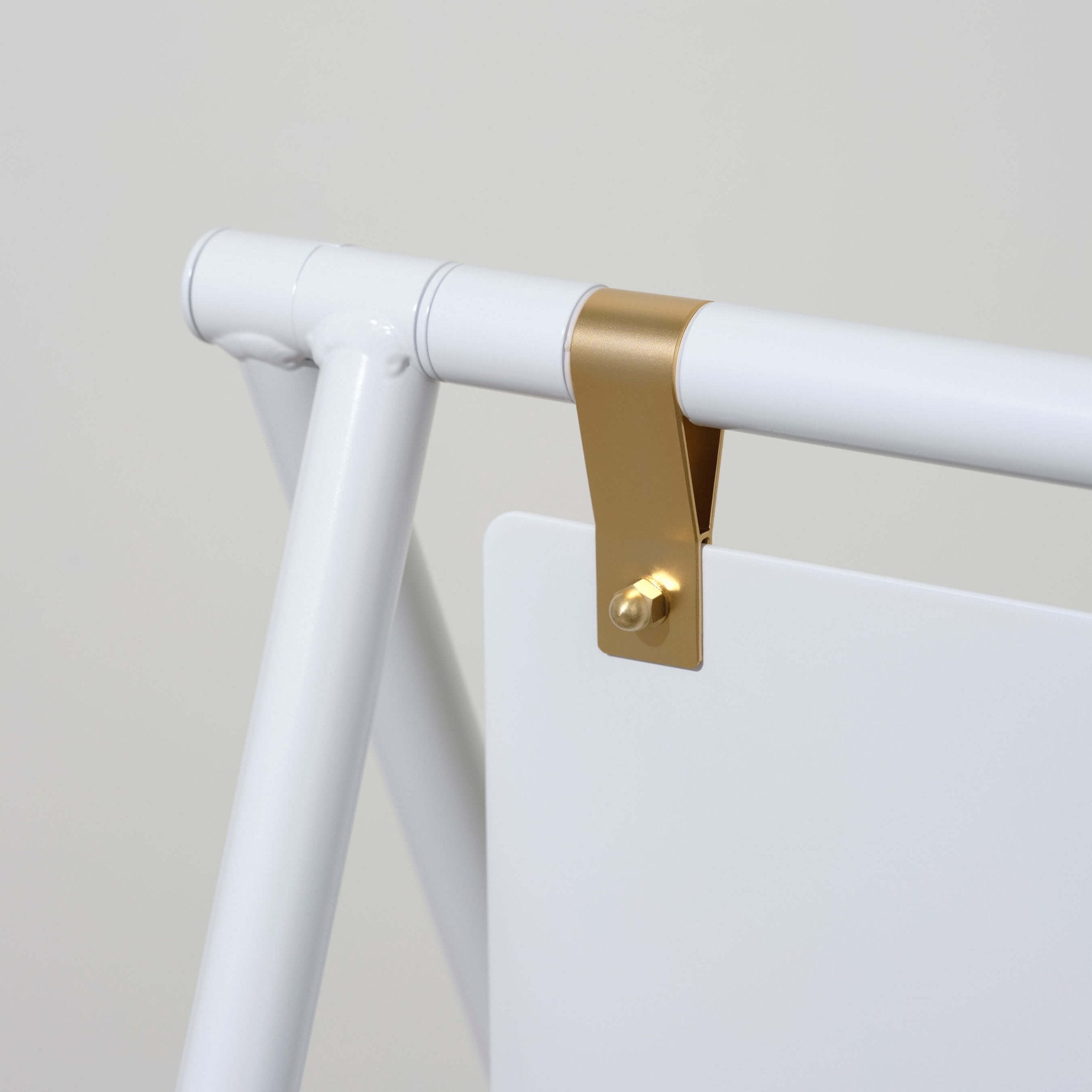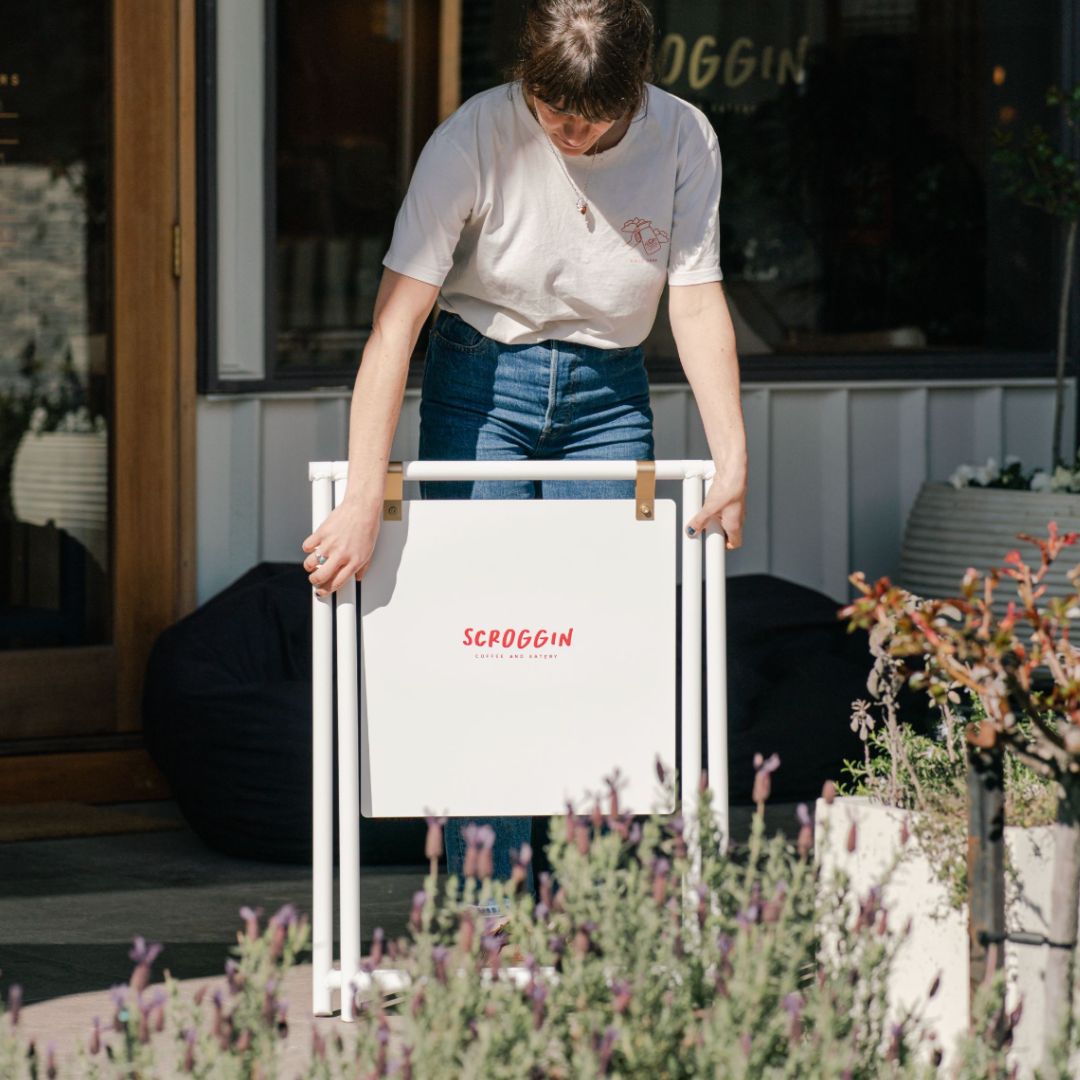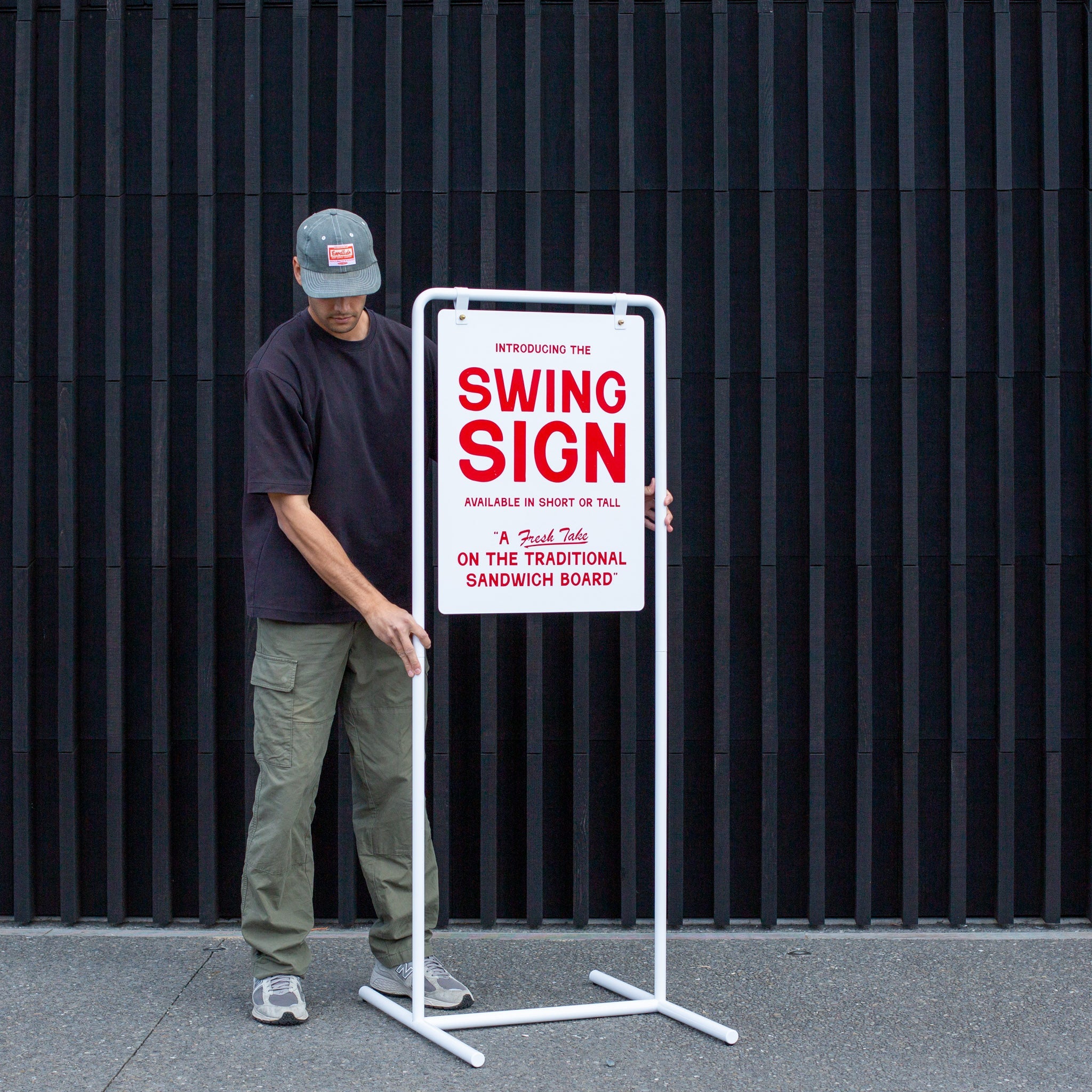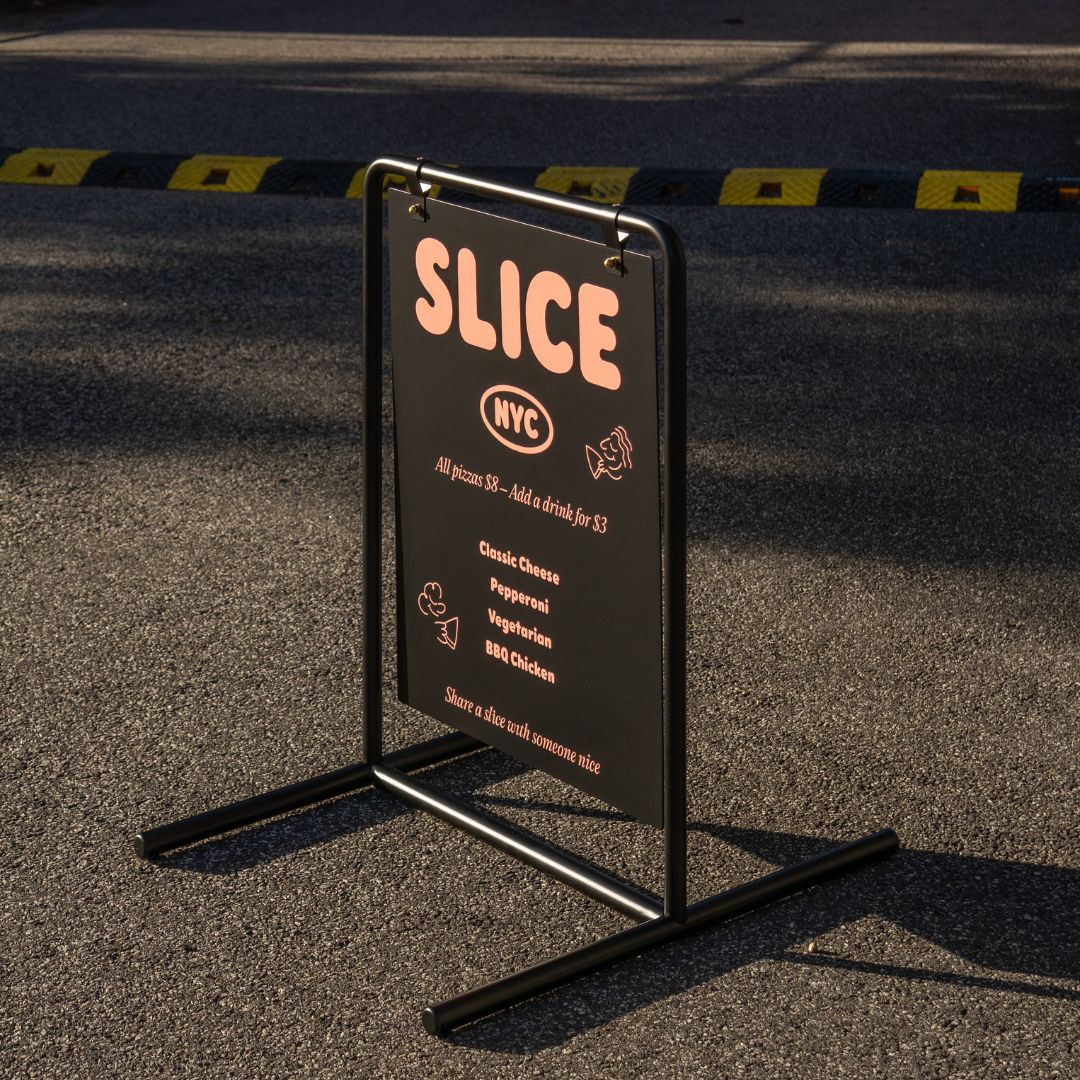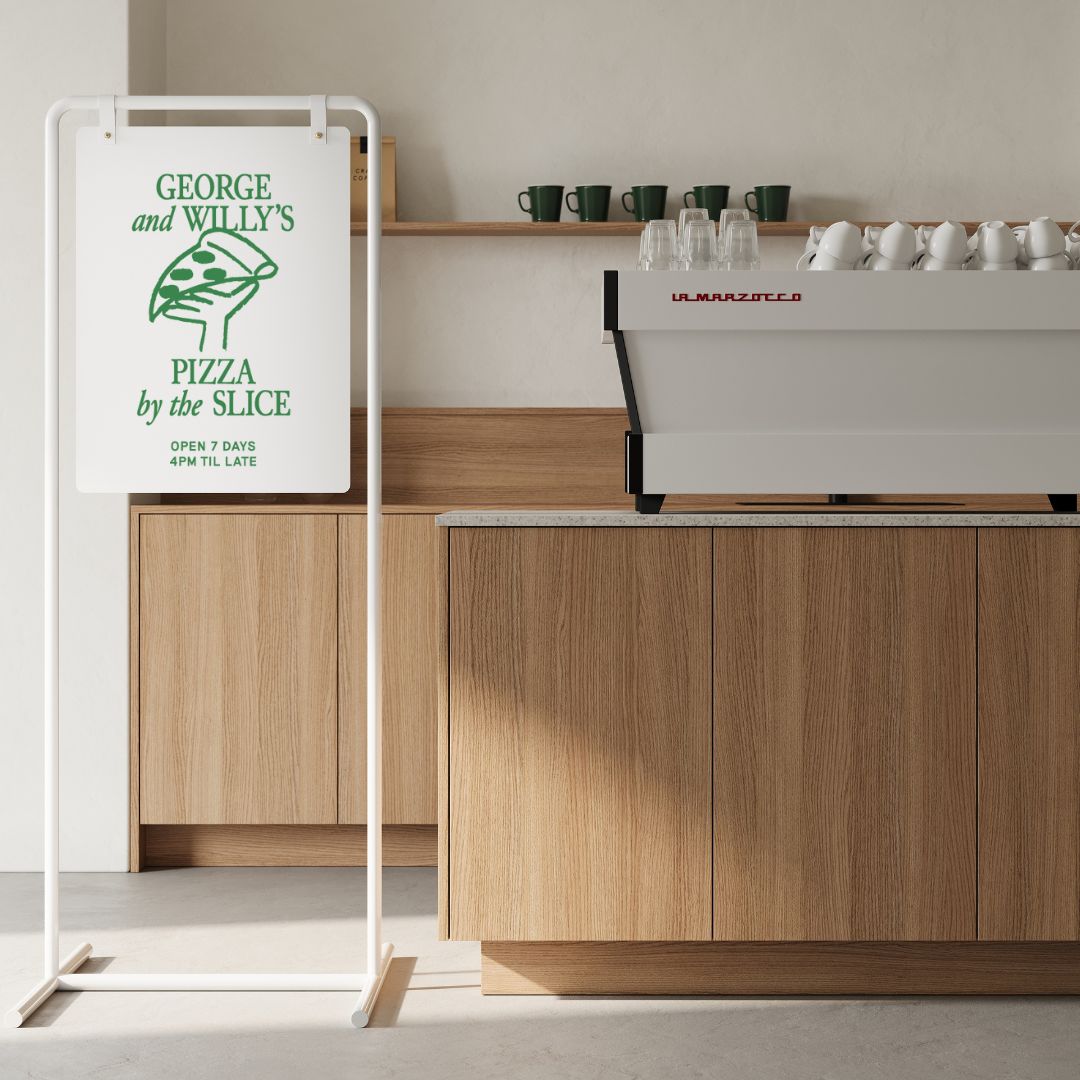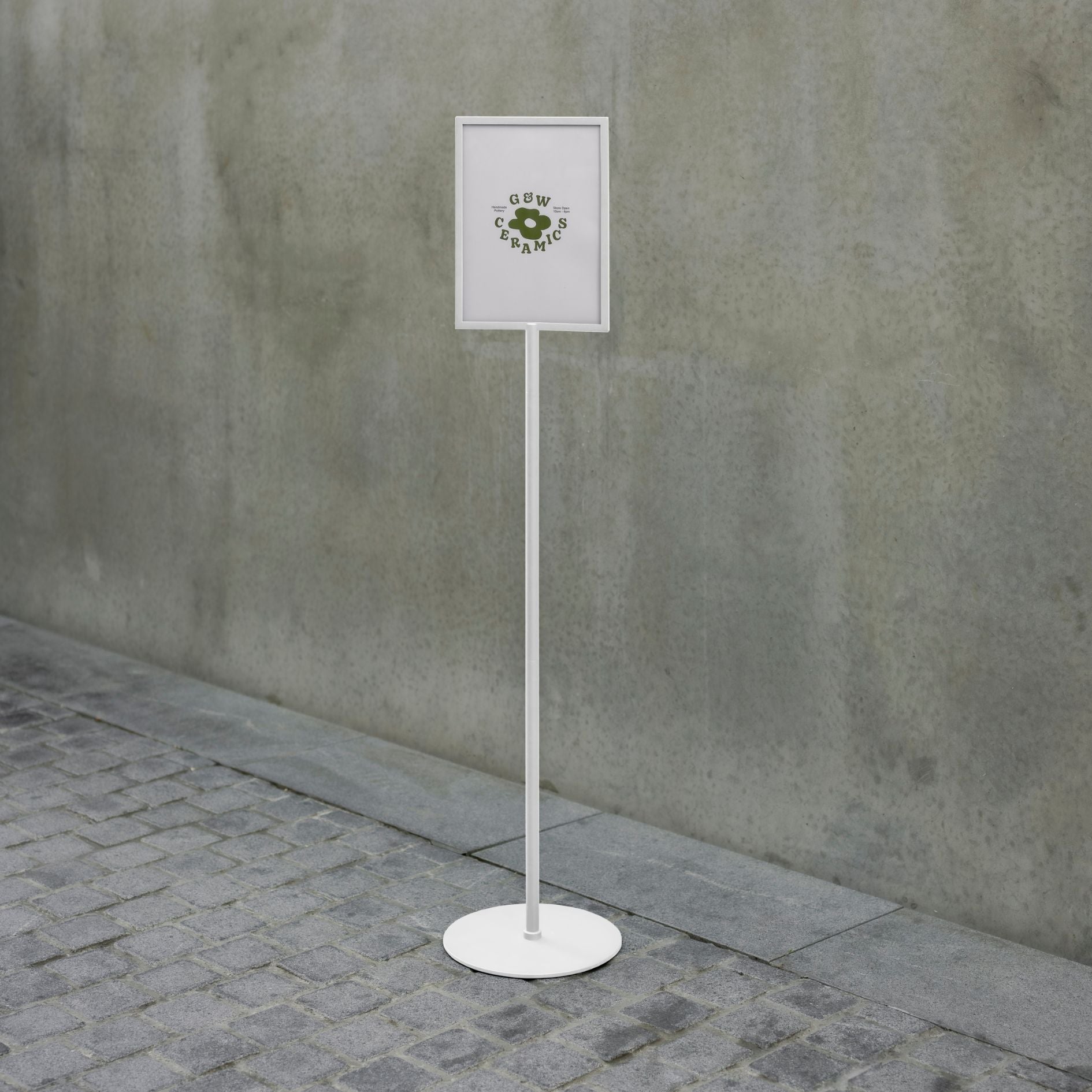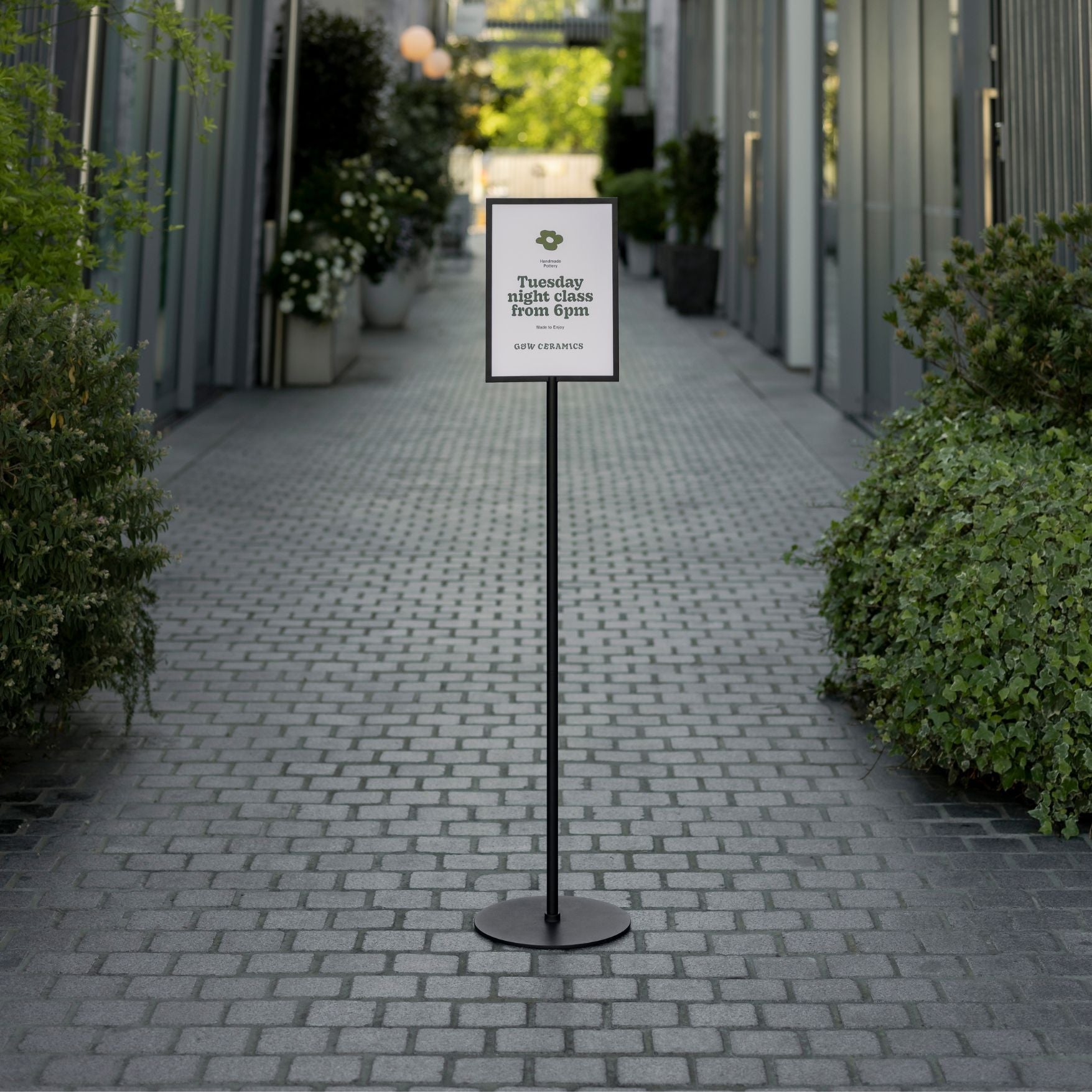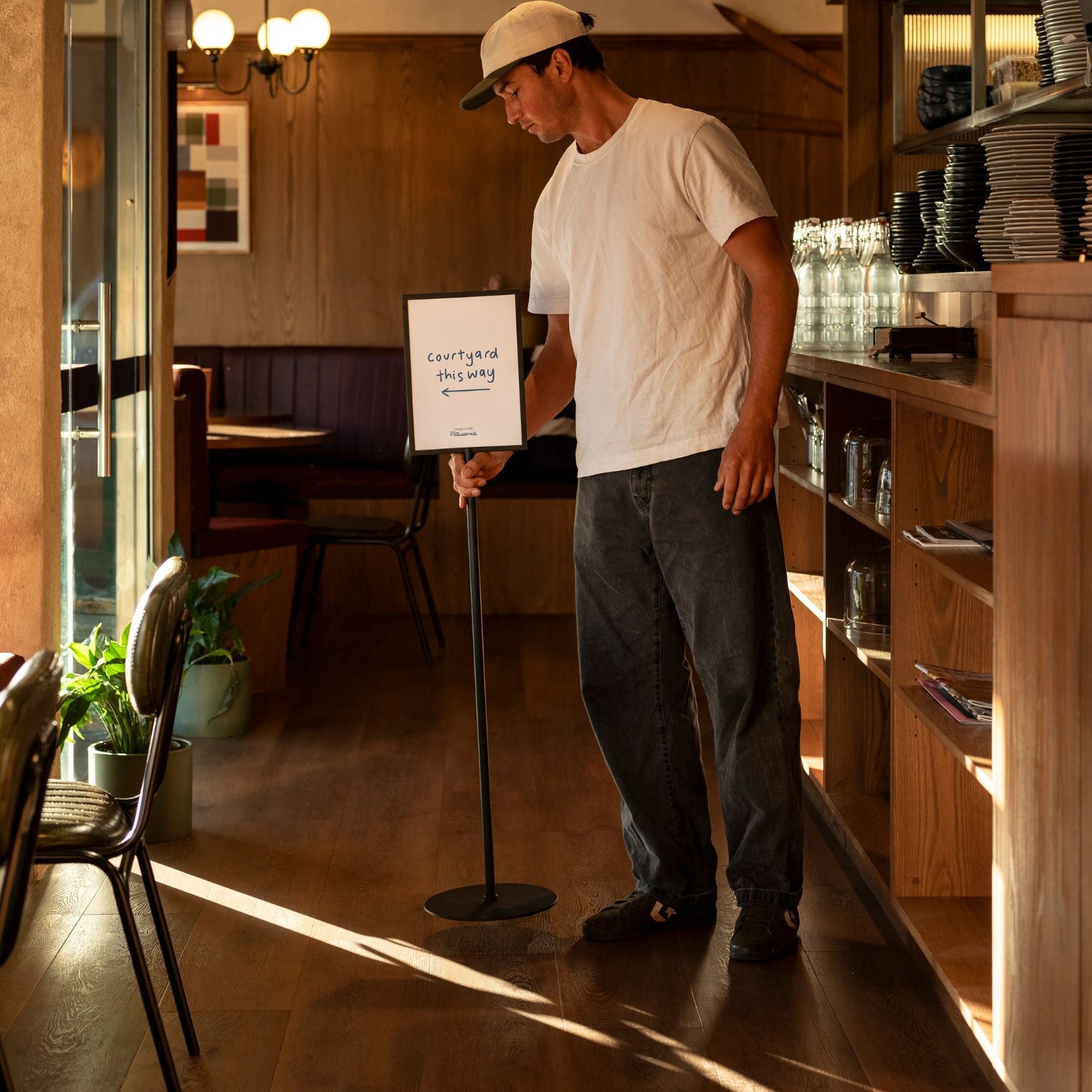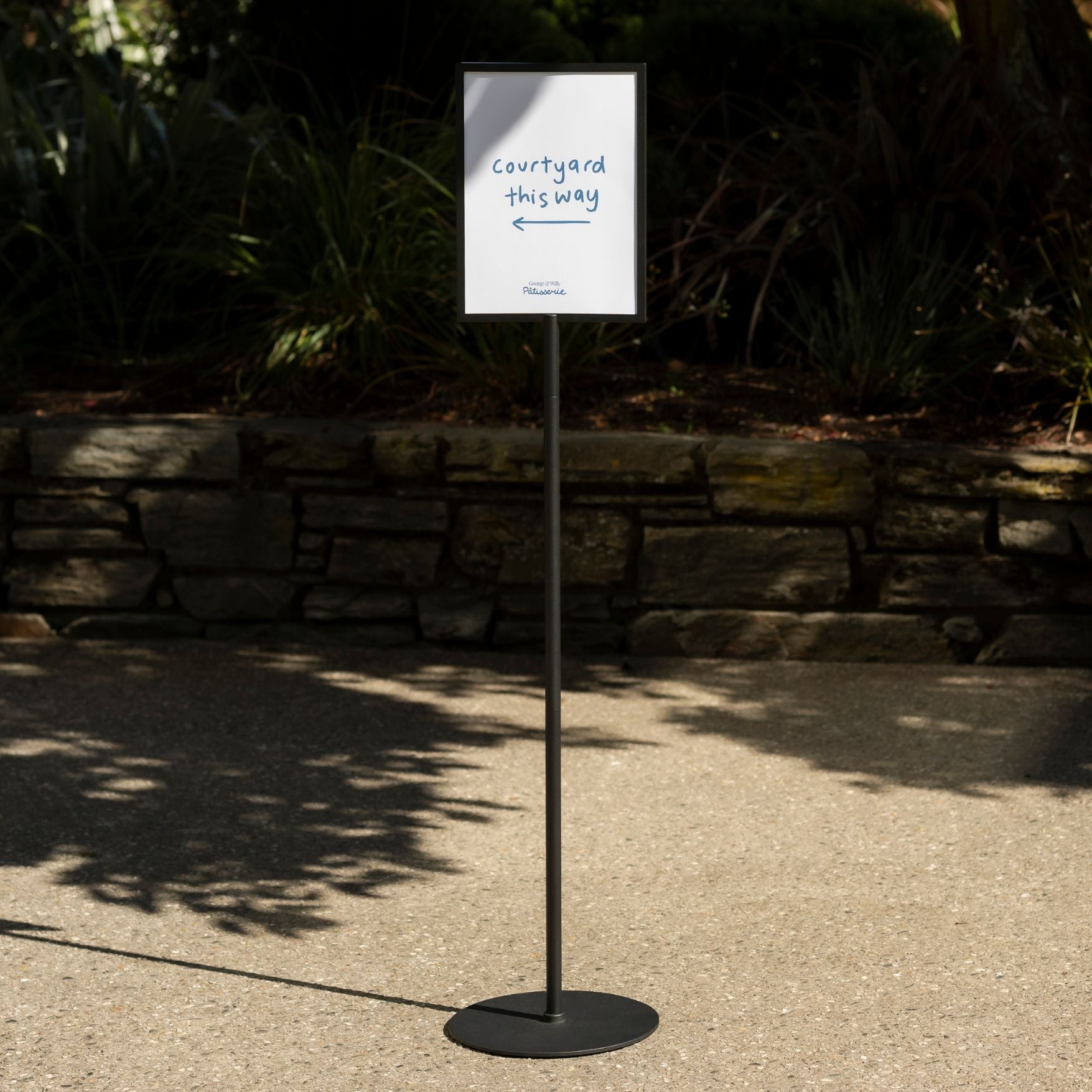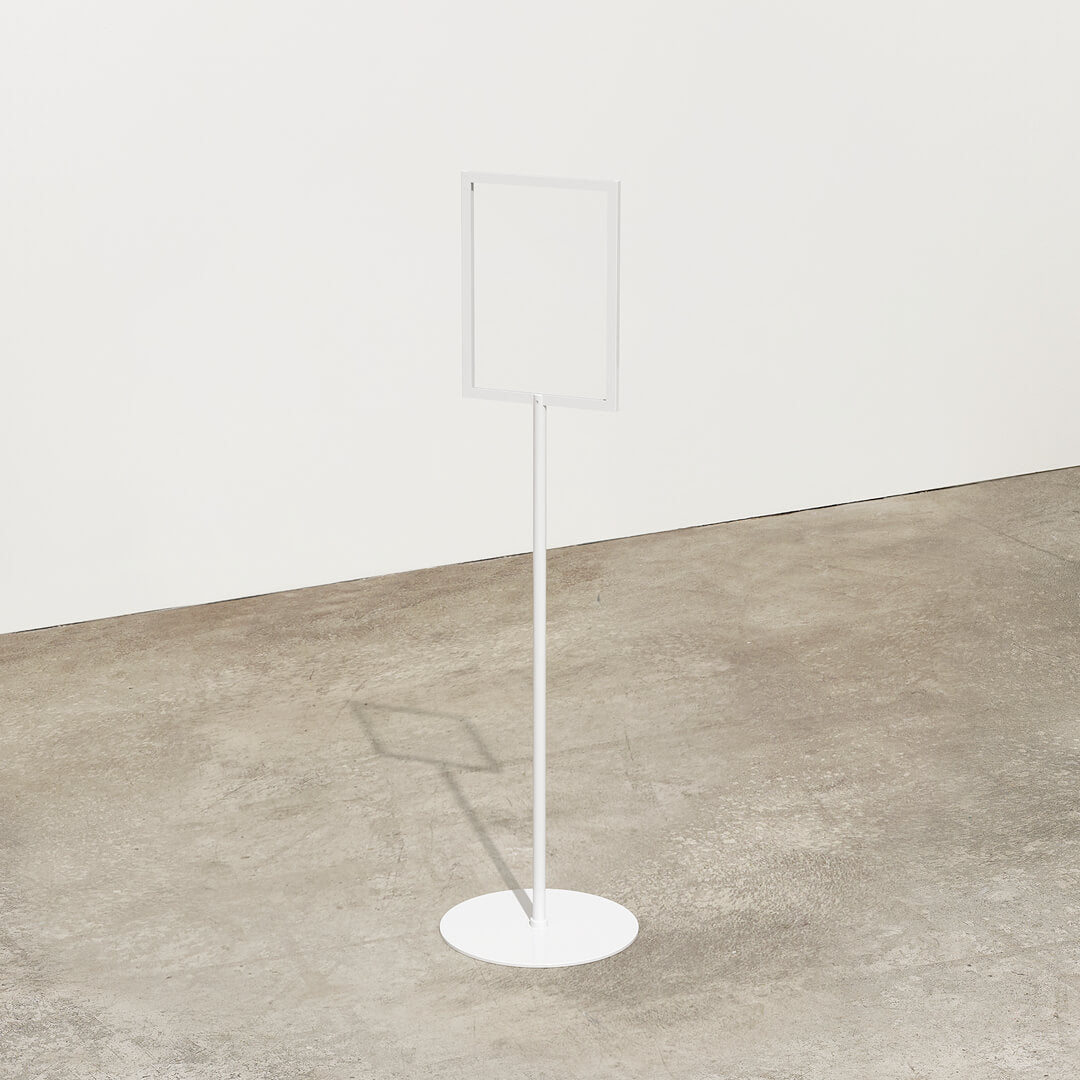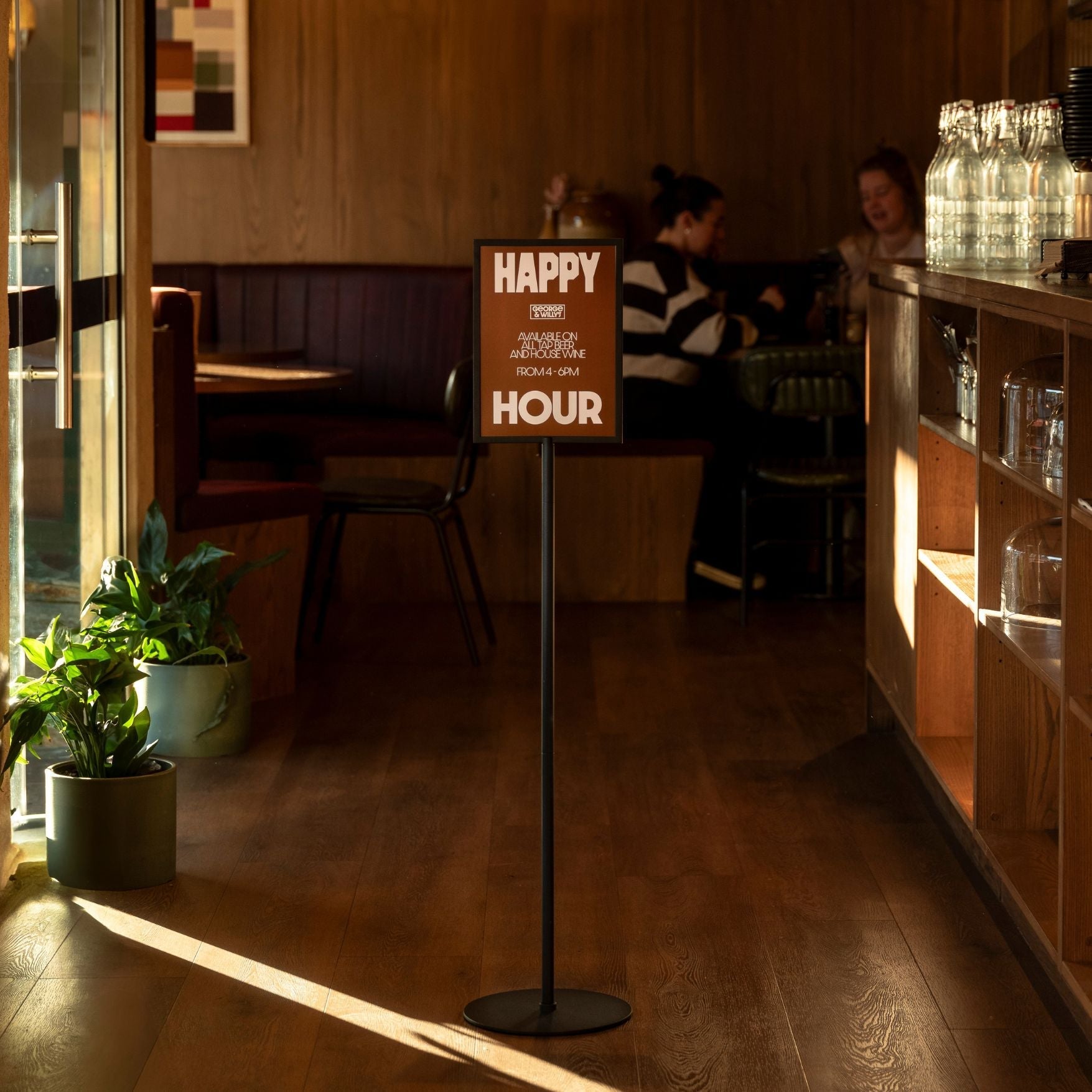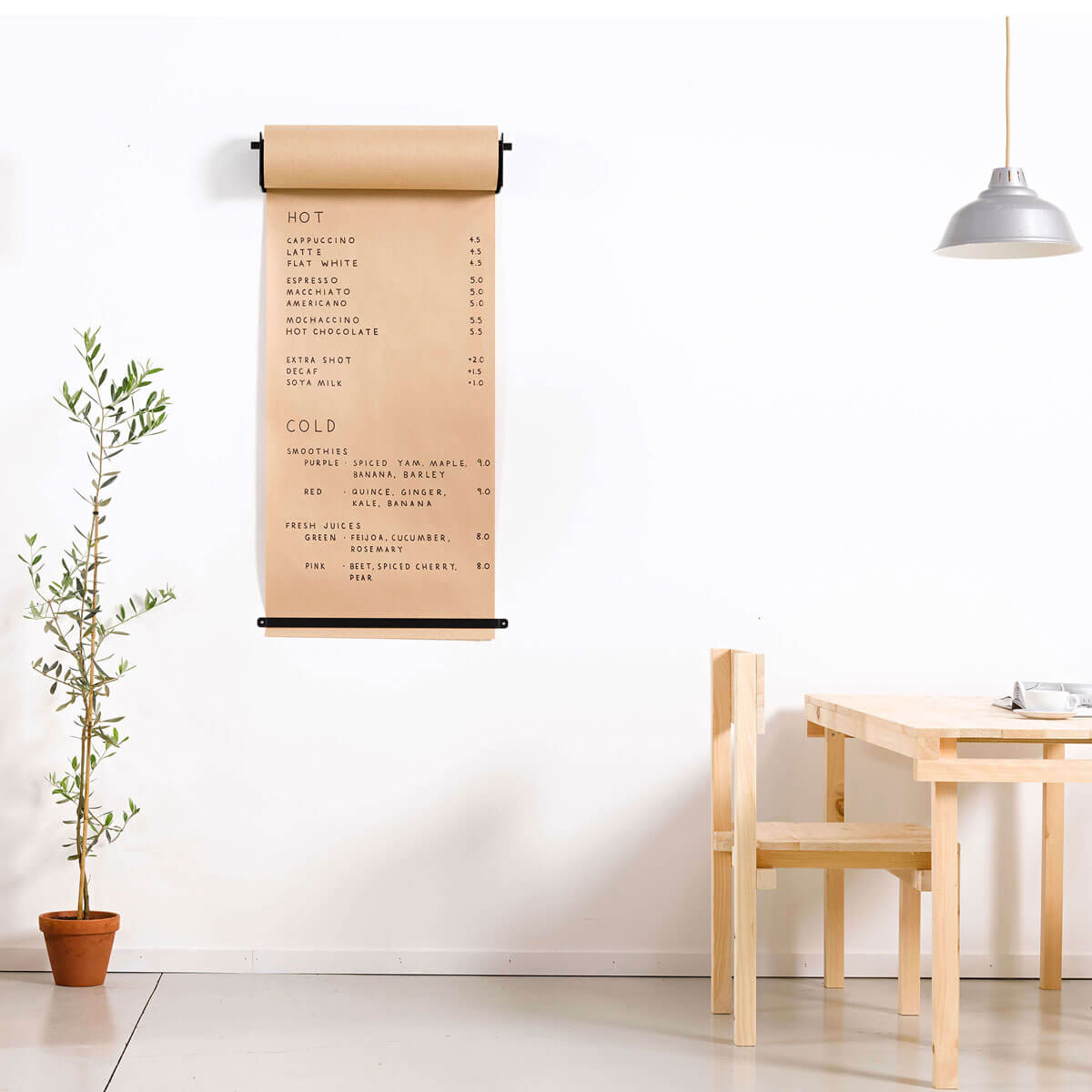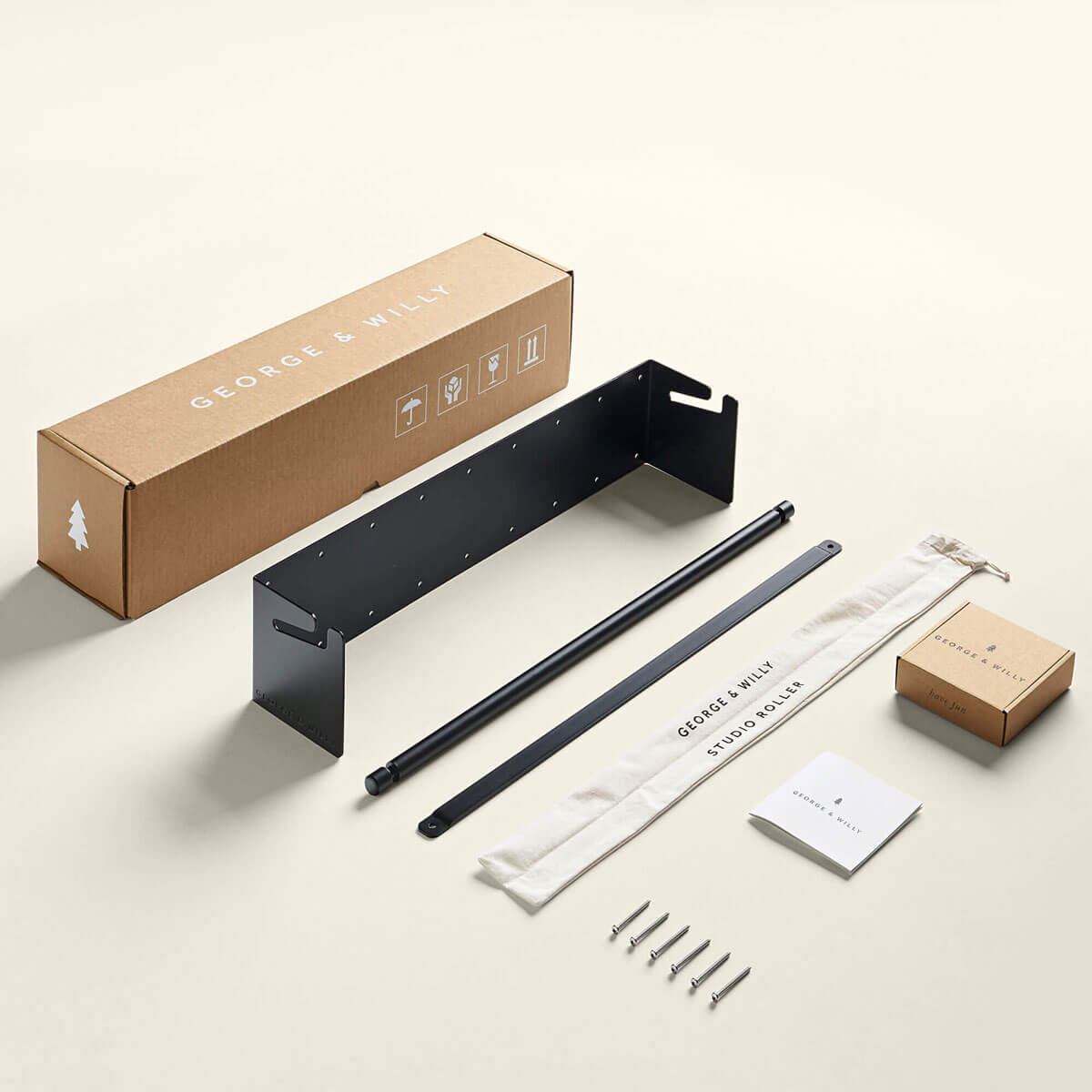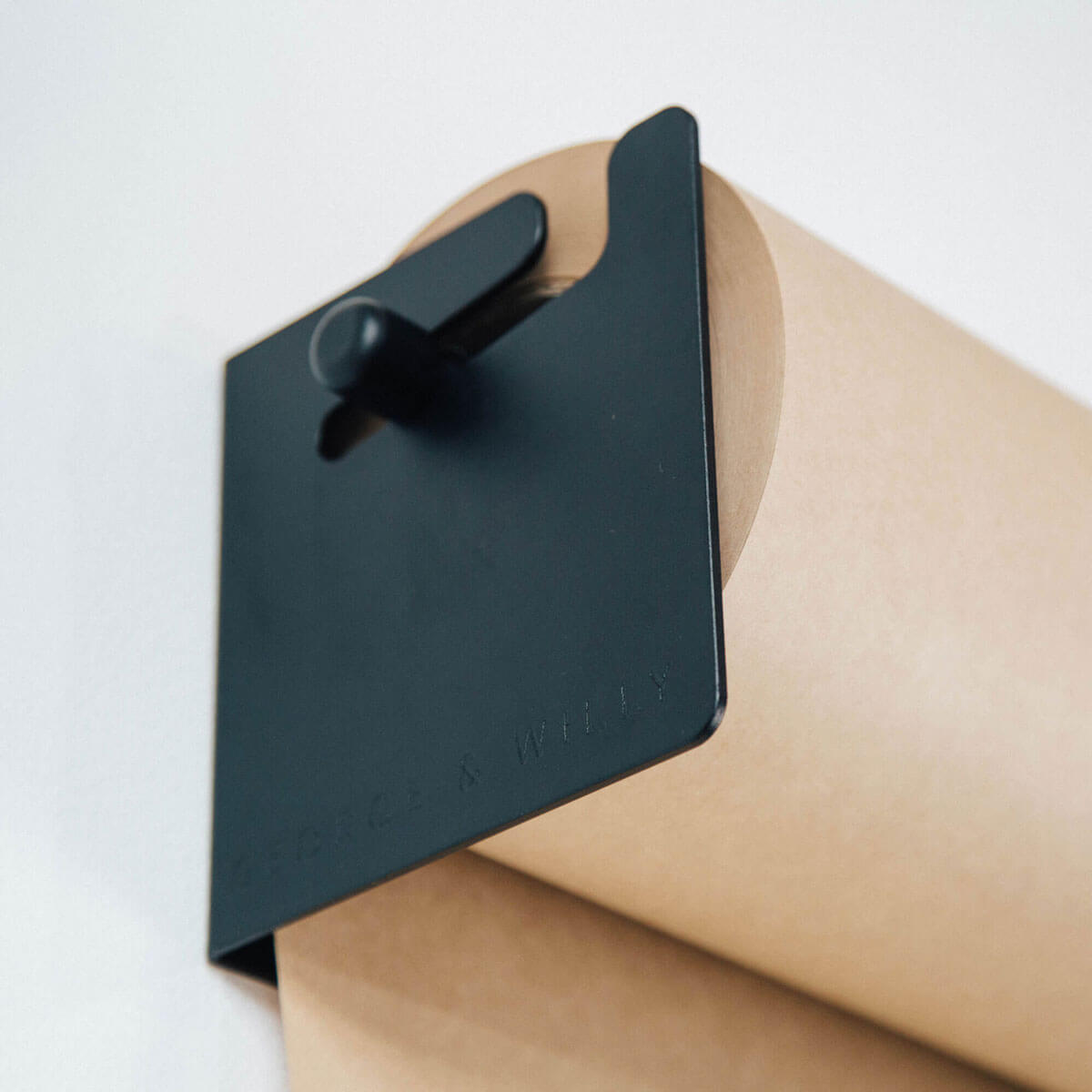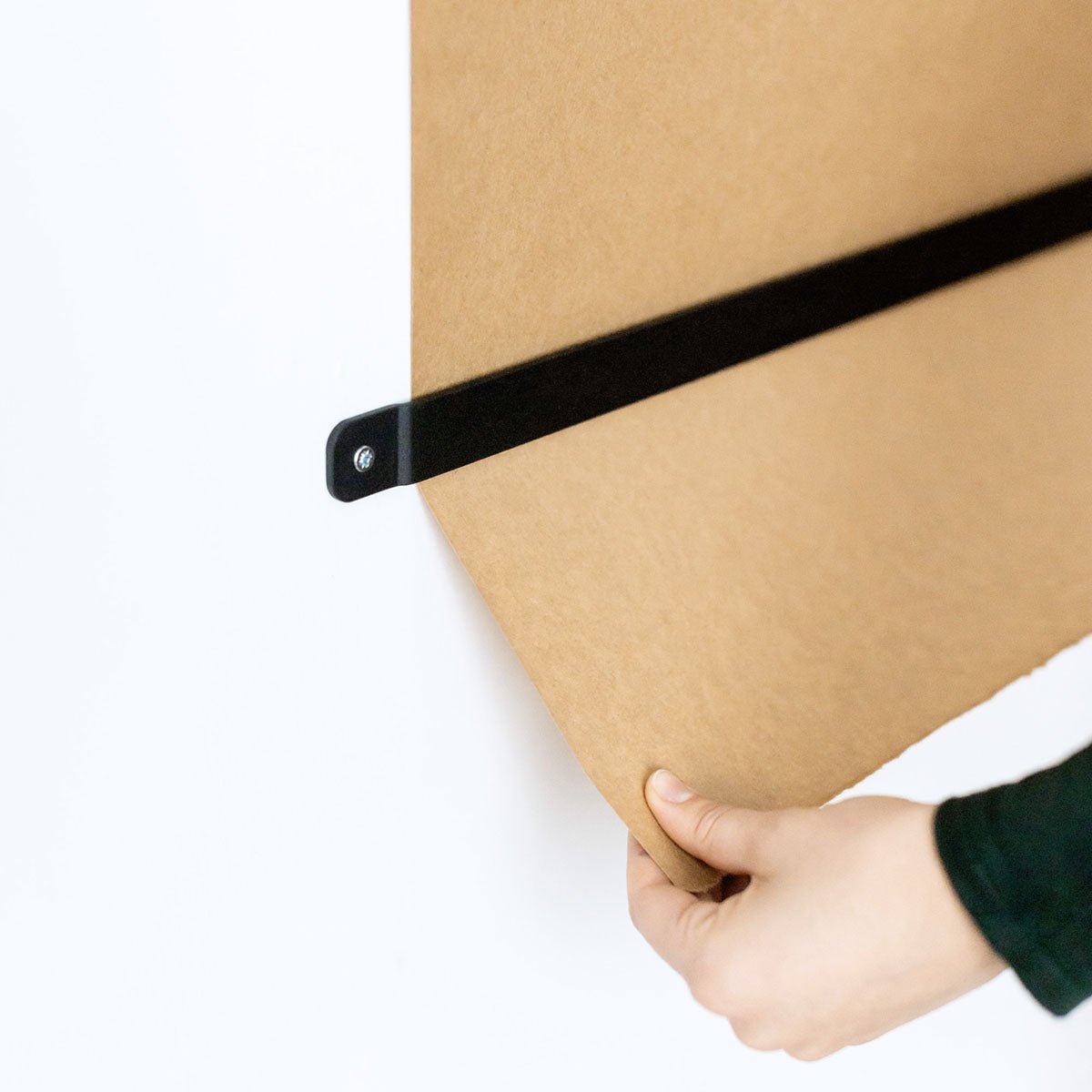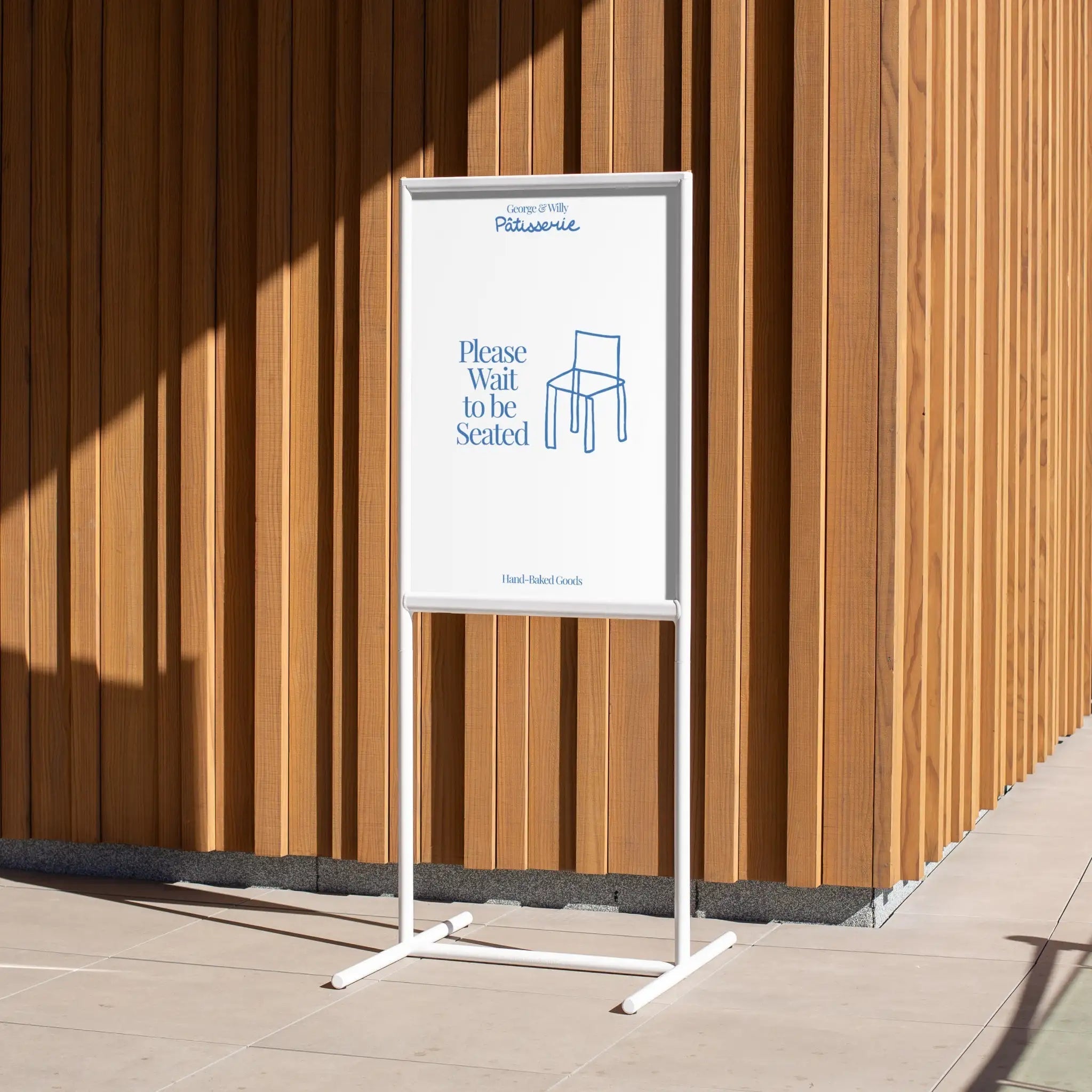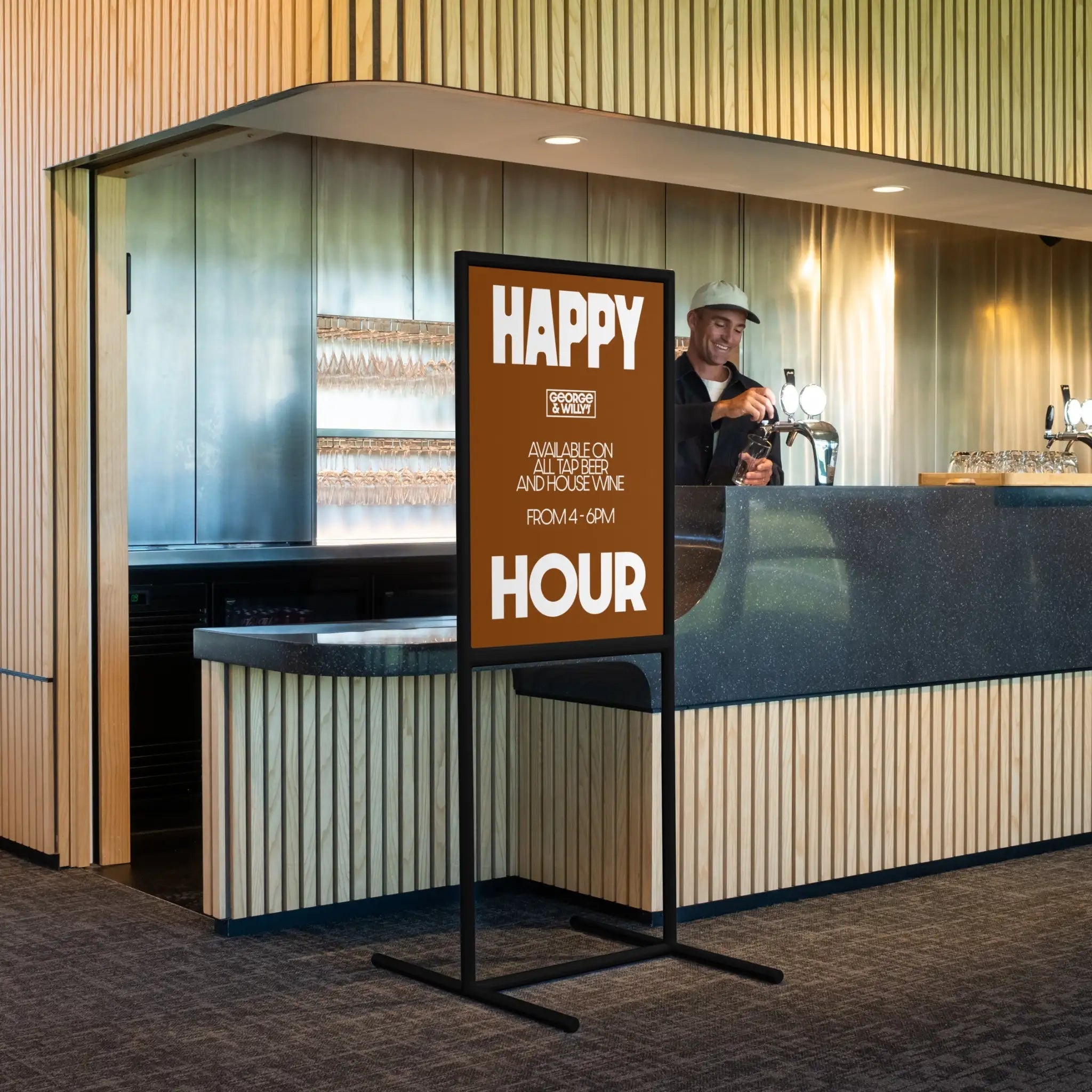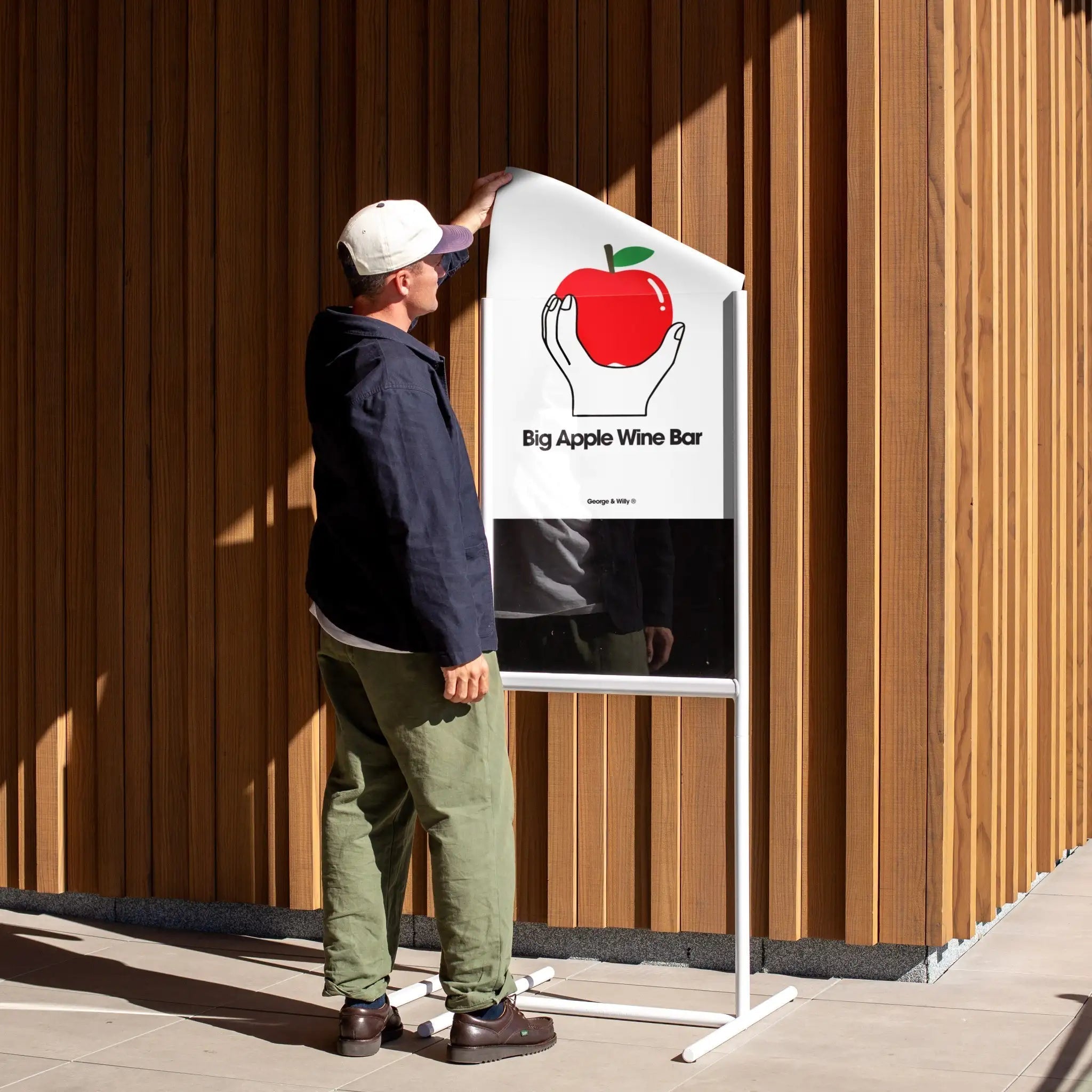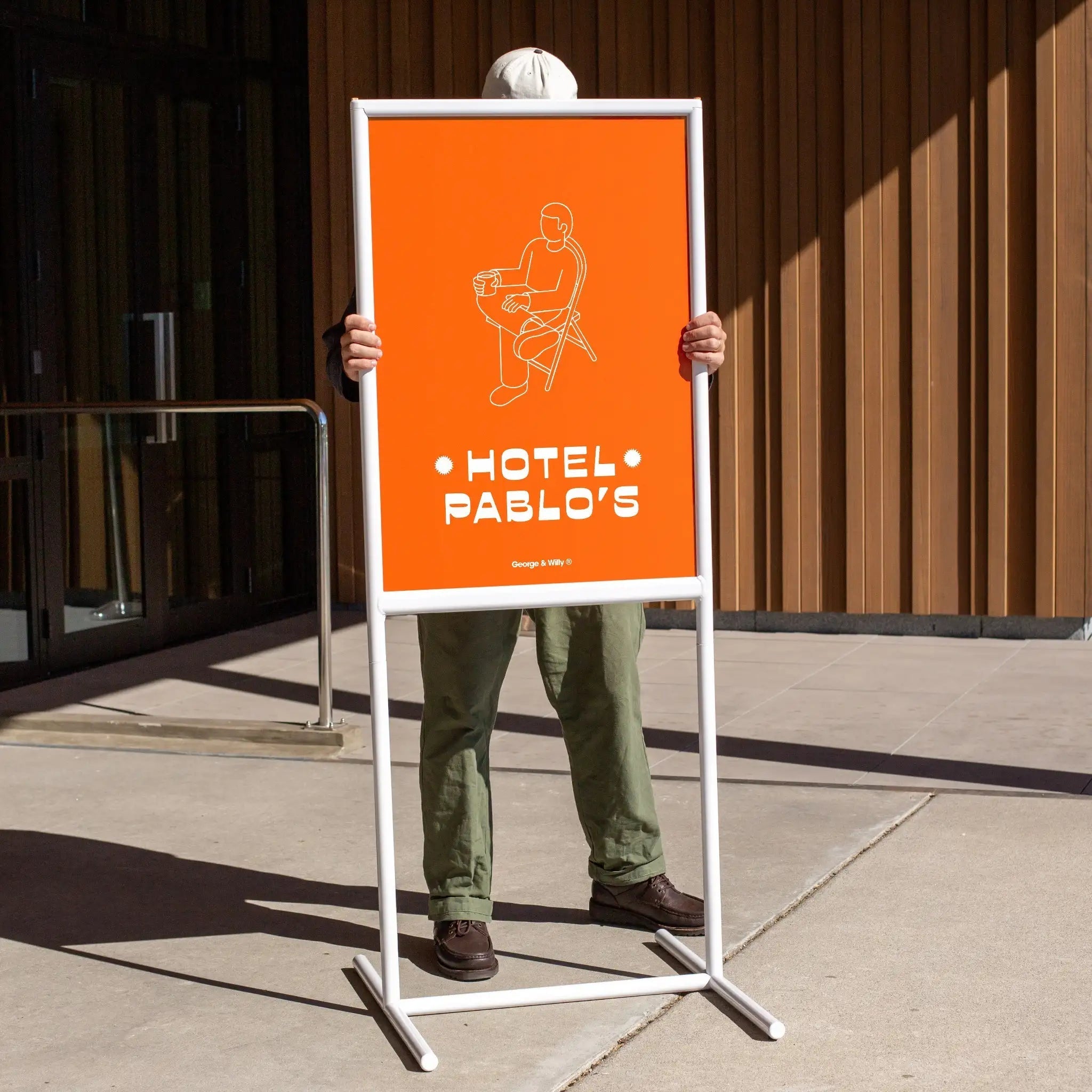In the bustling world of retail, the final moments of a customer’s journey are incredibly valuable. This is where a strategic point of sale display, any promotional material or fixture placed near the checkout area where transactions happen, can turn a good sale into a great one. These powerful marketing tools are designed to influence customer behavior, boost revenue, and encourage impulse purchases right at the moment of the transaction.
Whether you’re a cafe owner designing your counter or a marketer planning a new promotion, understanding the world of the point of sale display is key. The global market for them is booming, projected to grow from around 13 billion dollars to over 30 billion by 2033, as more businesses recognize their power. Let’s dive into what makes them so effective.
What Exactly Is a Point of Sale Display?
The primary goal of a point of sale display is to grab a shopper’s attention at the final stage of their visit, encouraging them to make a last-minute purchase. These promotional fixtures, placed right near the checkout, often showcase new items, special deals, or small add-on products like candy, magazines, or travel-sized toiletries.
With research showing that up to 82% of purchase decisions are made inside the store, capturing attention at the checkout with a well placed point of sale display can have a huge impact. They don’t just sell products, they also introduce customers to items they may not have seen, making their trip more convenient and interesting.
POS Display vs. POP Display: What’s the Difference?
You’ve probably heard the term Point of Purchase (or POP) display, and it’s often used interchangeably with point of sale display. While similar, there is a key difference in location and timing.
A Point of Purchase (POP) display can be located anywhere in the store. Think of an endcap display at the end of an aisle or a large branded stand in the middle of a department. It influences buying decisions as shoppers browse.
A point of sale display is specifically located at or near the checkout counter where the actual sale occurs. It targets shoppers in the final moments as they prepare to pay.
So, a POP display guides customers throughout the store, while a POS display is the final nudge, perfect for capturing that last impulse.
Exploring the Main Types of Point of Sale Display Fixtures
Point of sale displays come in all shapes and sizes, designed to fit different products, spaces, and goals. They can be temporary fixtures for a seasonal promotion or permanent installations for everyday items. Here are some of the most common types you’ll encounter.
Countertop Display and Counter Display Unit (CDU)
A countertop display is a small unit designed to sit right on the checkout counter, placing products directly in the customer’s line of sight. They are perfect for small, grab and go items. A Counter Display Unit, or CDU, is often a pre packed cardboard or plastic unit provided by a manufacturer, ready to be placed on the counter instantly. These capitalize on unused counter space to drive impulse sales. Stylish and minimal options, like the Counter Signs sets from George & Willy, can elevate a counter’s appearance while communicating prices or promotions with ease. For small SKU labels and prices, Card Counter Signs keep checkout messaging tidy and consistent.
Freestanding Display Unit (FSDU)
A Freestanding Display Unit, or FSDU, is a standalone floor display. You’ve seen them as cardboard towers or metal racks in high traffic aisles. Their biggest advantage is flexibility, as retailers can move them to prime locations to catch the shopper’s eye. FSDUs are designed to interrupt the customer’s journey and make a featured product impossible to miss.
Lightbox Display
A lightbox display uses internal LED lighting to make graphics and messages glow. This high visibility makes them incredibly effective, especially in busy environments. Because humans are naturally drawn to light, an illuminated sign can cut through visual clutter and direct a shopper’s focus. They are perfect for highlighting new products or creating a premium ambiance. A modern, circular illuminated sign can make a brand’s logo truly shine behind the counter. Prefer a clean, non‑illuminated look? A compact Circle Sign delivers the same modern shape without lighting.
Dump Bin
A dump bin is an open top container, often made of wire or cardboard, filled with products for shoppers to rummage through. They are fantastic for promoting high volume or discounted items like clearance toys or bargain snacks. Dump bins create a “treasure hunt” feeling that encourages customers to dig in and find a great deal, which is an excellent way to move merchandise quickly.
Shelf Talker
A shelf talker is a small piece of signage that attaches to a store shelf, literally “talking” to customers as they pass by. They can highlight a special price, a product feature (“New Flavor!”), or a customer rating. Even though they are small, these mini billboards can significantly influence decisions by providing a helpful nudge right at the product’s location. Pair shelf talkers with small Pricing Signs to keep add‑on items clearly labeled at the register.
Poster and Sign Holders
Posters are a classic and effective form of in store advertising. Placed in a stand or holder near the checkout (like a slim Menu Stand), a poster can announce a sale, promote a loyalty program, or reinforce brand identity. A FedEx Office survey famously found that nearly 76% of consumers have entered a store simply because a sign caught their eye, proving the power of a well designed poster.
Gravity Feed Display
A gravity feed display uses angled shelves or tracks to automatically slide products forward as one is removed. This ensures the display always looks full and organized, a concept known as “facing”. You often see these in coolers for drinks or for products like batteries and candy. They are a clever, low maintenance way to keep products accessible and appealing.
PDQ (Pretty Darn Quick) Display
The name says it all. A PDQ display is a pre packed, easy to set up unit (often a cardboard tray or small stand) that arrives ready to sell. It’s designed to be deployed “pretty darn quick” with minimal labor from store staff. Brands often use PDQ displays for new product launches or promotions to ensure a consistent presentation across many locations.
Digital Signage
Digital signage refers to any electronic screen displaying dynamic content like videos, animations, or rotating images. A screen at the checkout can capture attention far more effectively than a static sign, with some studies finding digital displays get 400% more views. They can also reduce perceived wait times by giving customers something interesting to watch.
Interactive Display
An interactive display invites customers to participate, not just look. This could be a touchscreen kiosk for browsing products, a tablet for customizing an item, or a display that reacts to motion. Engagement is key here. One study found that adding interactive displays doubled customer engagement rates, which often leads to higher sales.
Robotic POS Display
An emerging trend, a robotic point of sale display uses motion to bring products to life. Imagine a can of soup that dances or a product that lifts off the shelf when you approach. Companies that use these in store marketing robots have reported staggering results, with some campaigns boosting sales of featured products by an average of 200%.
The Strategic Power of a Great Point of Sale Display
A well executed point of sale display is more than just a product holder, it’s a strategic asset. By understanding the psychology behind its placement and design, retailers can unlock significant benefits.
Why Placement at Checkout is Everything
The checkout area is often called the “impulse zone” for a good reason. Shoppers waiting in line are a captive audience, and their resistance to an unplanned purchase is often lower. Impulse buys can make up a staggering 40% of all consumer spending, and the checkout is where many of these decisions happen. Placing low cost, high appeal items at the register gives customers one last chance to add something to their cart.
The Core Benefits for Your Business
Investing in a quality point of sale display offers several powerful advantages:
Boosts Impulse Sales: This is the most direct benefit. A tempting display can significantly lift the sales of small, add on items.
Increases Brand Awareness: A branded display reinforces your identity. Consistent exposure at the checkout builds familiarity and trust with customers.
Enhances the Shopping Experience: A helpful display, like one reminding customers to buy batteries for an electronic toy, can be a welcome convenience.
Offers Cost Effective Marketing: You are leveraging your own retail space to reach customers who are already in a buying mindset, often yielding a high return on investment.
Tapping into the Impulse Purchase
An impulse purchase strategy is all about encouraging unplanned buys. This involves a few key tactics that a good point of sale display can execute perfectly:
Product Selection: Focus on low cost, high appeal items that don’t require much thought.
Placement: The checkout counter and endcaps are prime real estate.
Visual Cues: Use bold colors and urgent messaging like “Limited Time” to trigger action.
Emotional Appeal: Connect with shoppers’ immediate needs, like offering a comforting snack or a convenient gadget.
Building Brand Awareness at the Final Touchpoint
A point of sale display is a mini billboard for your brand. By featuring your logo, colors, and messaging where every customer will see it, you build brand recognition. This repetition is crucial. Even if a customer doesn’t buy the product that day, the exposure makes them more likely to recognize and trust your brand in the future. In fact, 75% of consumers have told someone about a store based on its signage alone.
Making the Most of Your Space (Space Optimization)
Space optimization is about using every inch of your retail real estate effectively. Checkout counters have limited space, so a compact, well designed point of sale display is essential. Tiered shelves, slim stands, and multi‑purpose units (such as a space‑saving Ceiling Menu Board) can showcase more products without creating clutter. The goal is to turn previously unused space into a productive selling zone.
Best Practices for an Effective Point of Sale Display
Ready to create a point of sale display that truly performs? Follow these tried and true best practices to guide your design and strategy.
Start with a Clear Goal
Before you do anything else, define what you want your display to achieve. Is the goal to clear out old inventory, launch a new product, or promote a seasonal deal? A clear goal will inform every other decision, from the design to the messaging.
Know Your Product and Your Customer
A great display highlights what makes a product special and speaks directly to the target customer. Understand the unique selling points and communicate them clearly. Think about what your customer needs or desires at that moment and tailor your message to them.
Make it Accessible and Shopper Friendly
If customers can’t easily see or reach the products, the display will fail. Place items at a comfortable eye level (roughly 48 to 62 inches from the floor for adults). Ensure the display doesn’t block walkways or the transaction area, and keep it well stocked and tidy.
Focus on Clear, Appealing Design
At the checkout, you only have a few seconds to make an impression. Keep your design clean, simple, and uncluttered. Use a strong headline, high quality images, and a clear call to action. Visual clutter can lead to lost sales, so prioritize clarity above all. To see how minimalism and clarity can work together, browse this collection of retail signage and displays for inspiration. For a clean, quick‑change system behind the counter, the Magnetic Menu Board keeps pricing legible without visual clutter.
Use Bold Colors and Legible Typography
Bold colors help your display stand out in a visually busy environment. Use vibrant, high contrast combinations to grab attention. Typography should be large, clear, and easy to read from a distance. A study found that color can increase brand recognition by up to 80%, making it a powerful tool in your design arsenal.
Engage the Senses
Go beyond sight to create a truly memorable experience. A pleasant scent, a subtle sound, or the ability to touch and feel a product can dramatically increase engagement. Scent marketing is particularly powerful, with studies showing 70% of shoppers have made an impulse purchase because of a store’s aroma.
Tell a Story
Humans are wired for stories. Use a theme or a brief narrative to give your product context and create an emotional connection. Then handwrite a headline or daily special on a wall‑mounted Studio Roller to make it feel fresh and personal.
Encourage Customer Involvement
Turn passive viewing into active participation. An interactive element, like a QR code to scan for a contest, a “scratch and sniff” sticker, or a button to press for a product demo, can significantly boost engagement and make your brand more memorable.
Point of Sale Display FAQ
What is the main goal of a point of sale display?
The primary goal is to drive impulse purchases by attracting customer attention to specific products at the checkout. It also serves to increase brand awareness and promote special offers.
Are POS displays expensive?
They don’t have to be. A simple, well designed cardboard countertop display can be very cost effective and generate a high return on investment. Costs can range from very low for temporary displays to higher for permanent, digital, or interactive fixtures.
What’s the difference between a POS and POP display?
The key difference is location. A POP (Point of Purchase) display can be anywhere in the store to influence decisions as people shop. A POS (point of sale display) is specifically at the checkout counter to capture last minute sales.
What kind of products work best for a point of sale display?
Typically, small, low cost, and high appeal items work best. Think candy, gum, magazines, batteries, gift cards, and travel sized products. These are items customers can add to their purchase without much thought.
How can I make my POS display more effective?
Focus on a clear goal, use a clean and bold design, make products easily accessible, and keep the display well stocked. Telling a simple story or engaging multiple senses can also make it more memorable and effective.
Do digital POS displays work better than static ones?
Digital displays can be more effective at capturing attention, as studies show they get significantly more views than static signs. They offer flexibility for changing promotions but come at a higher initial cost. The best choice depends on your budget and goals.

